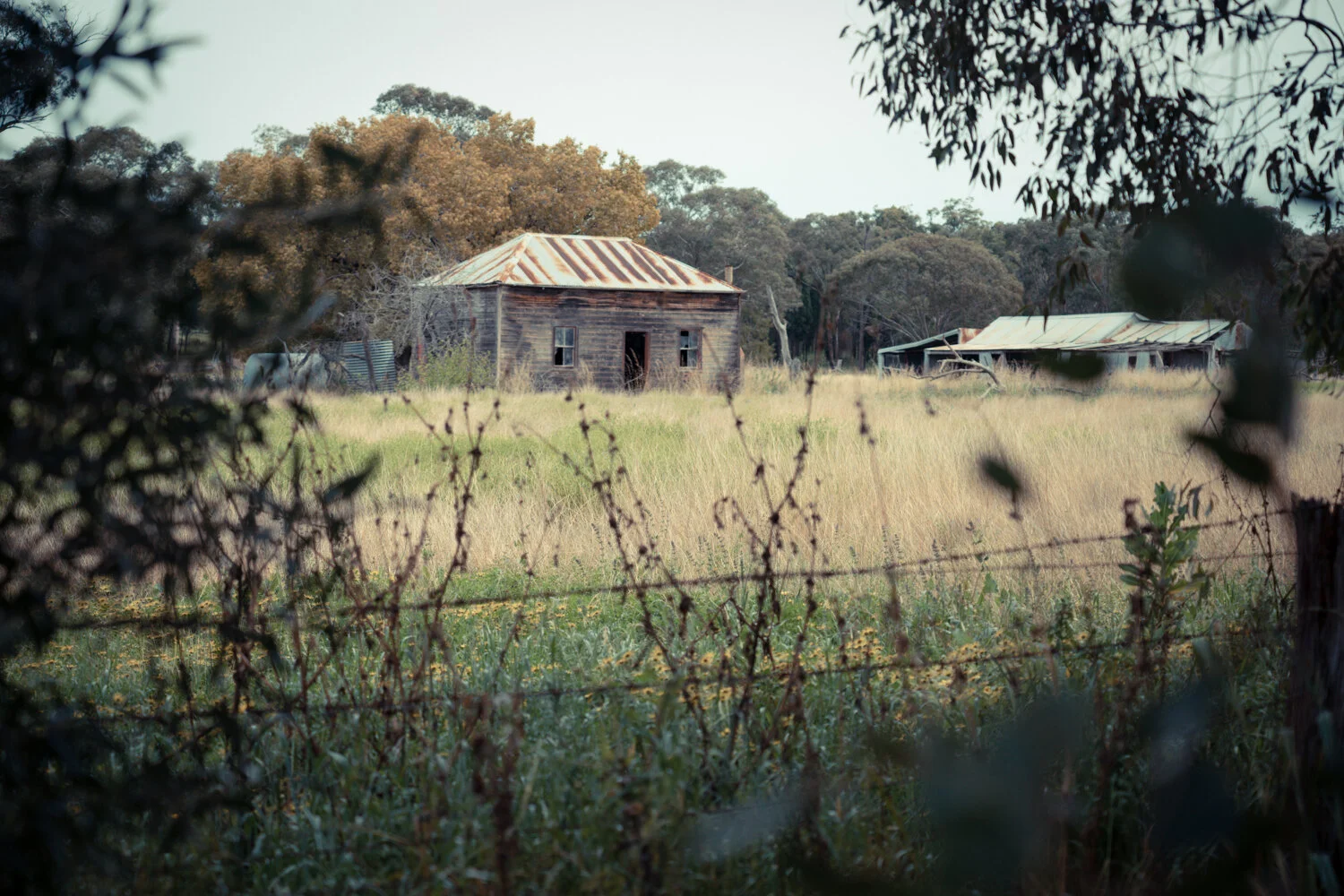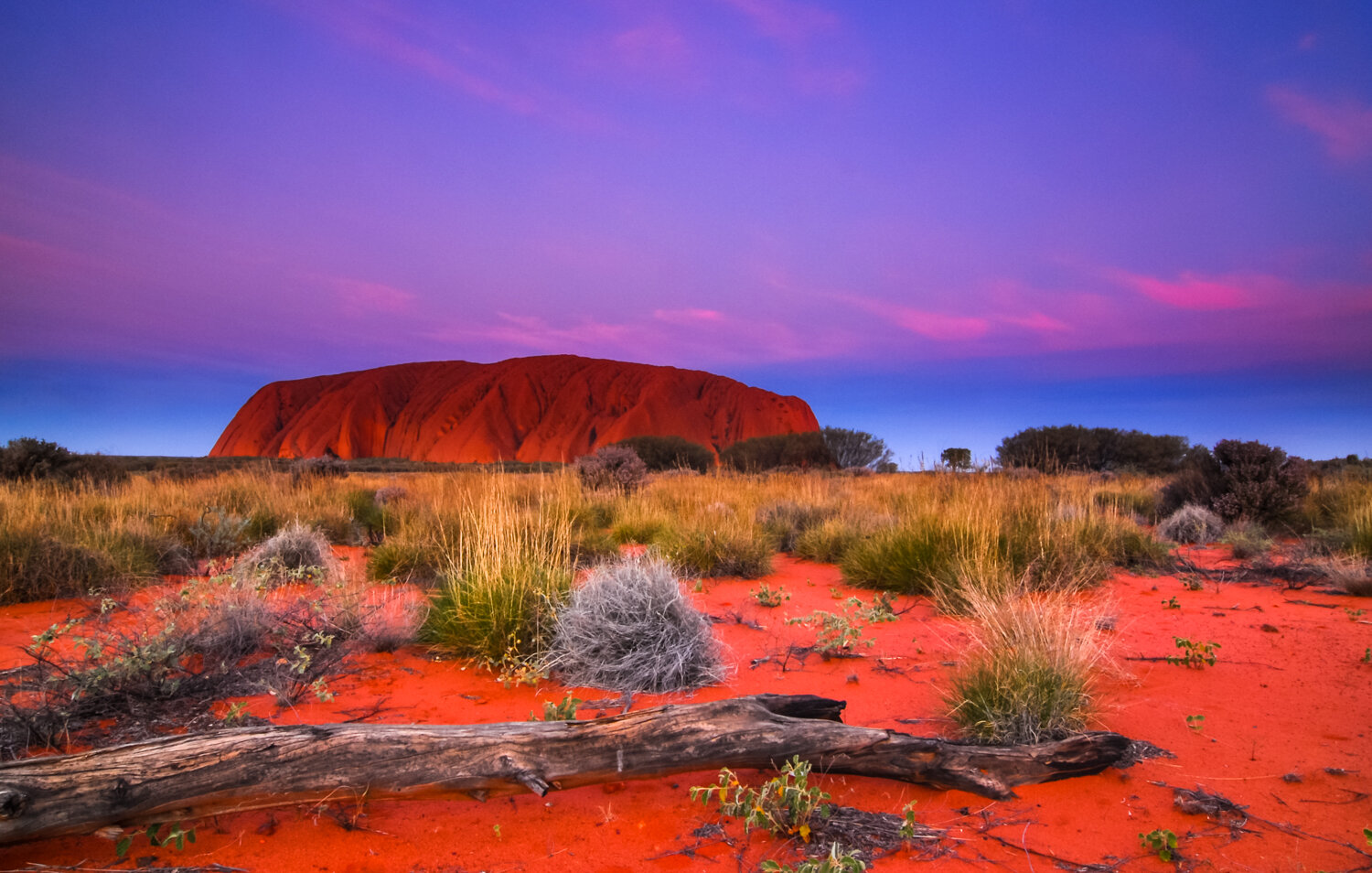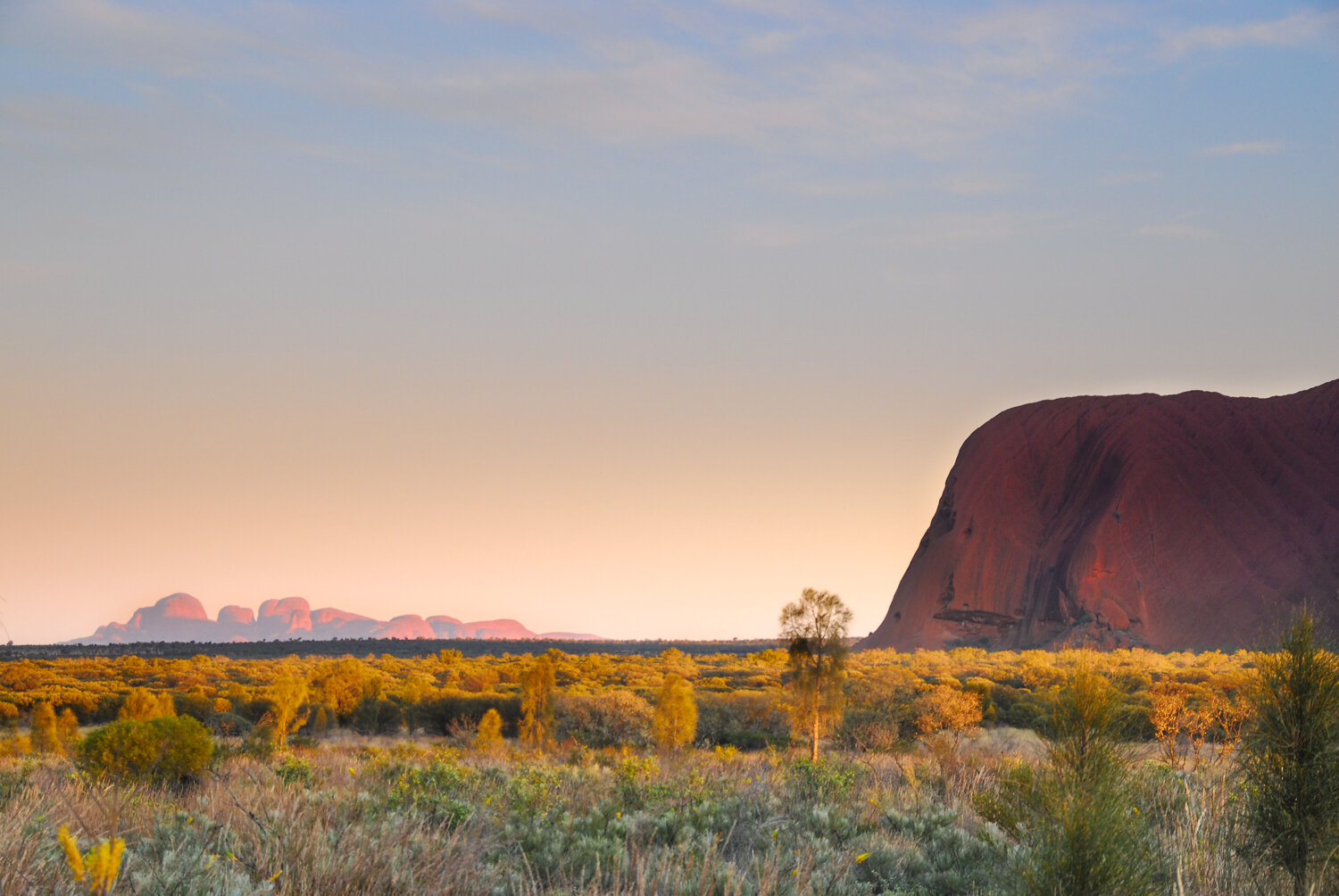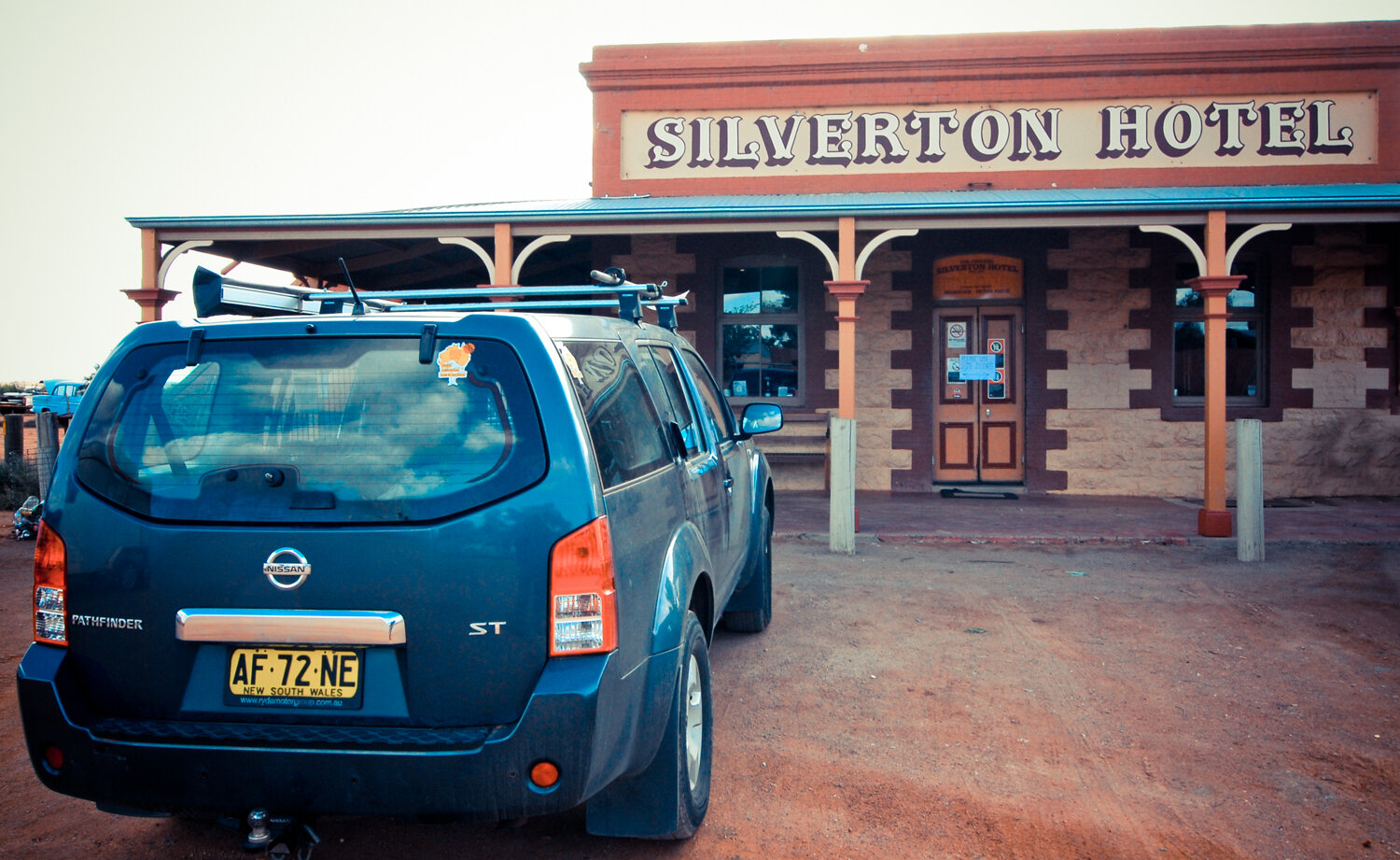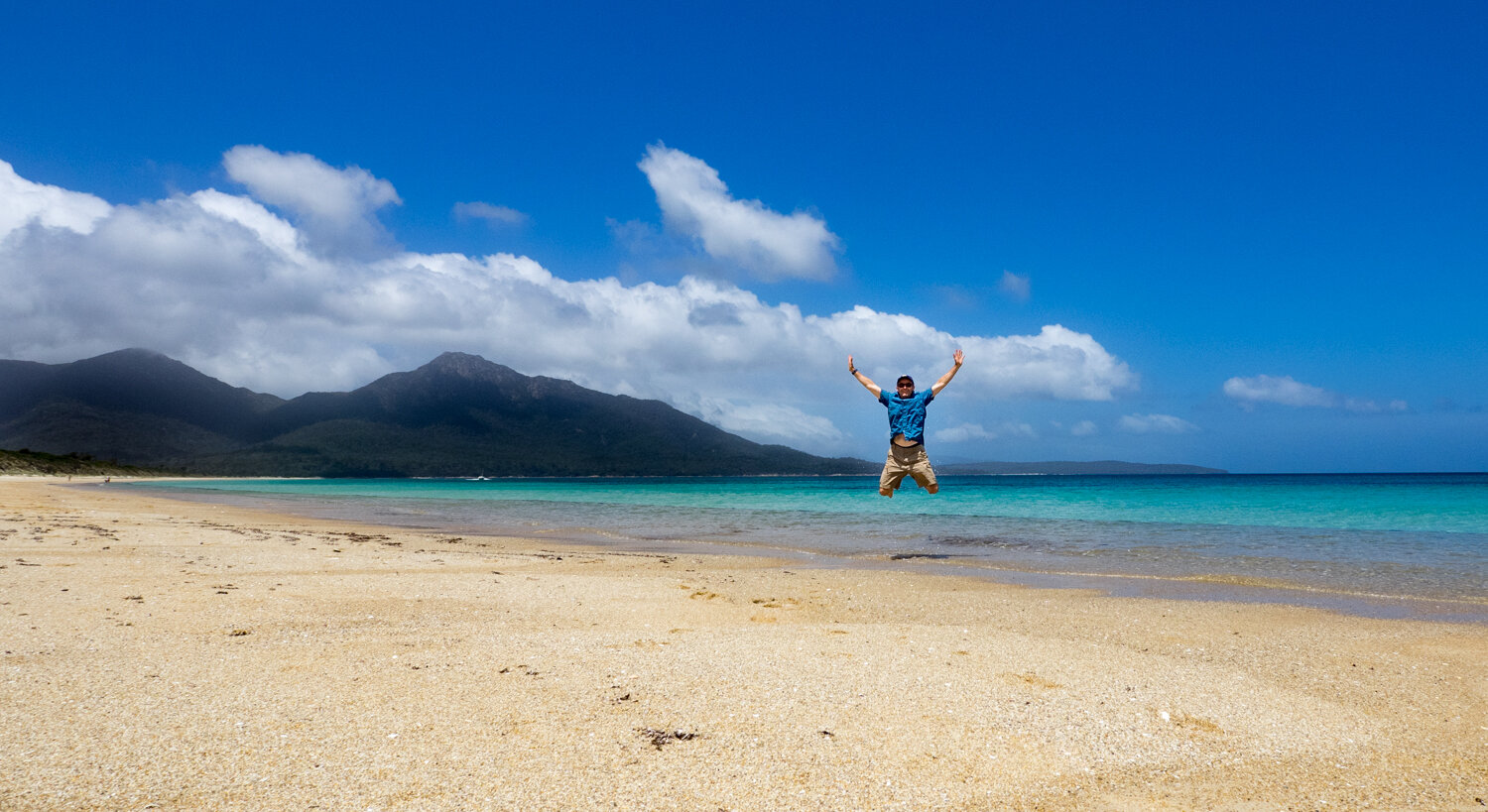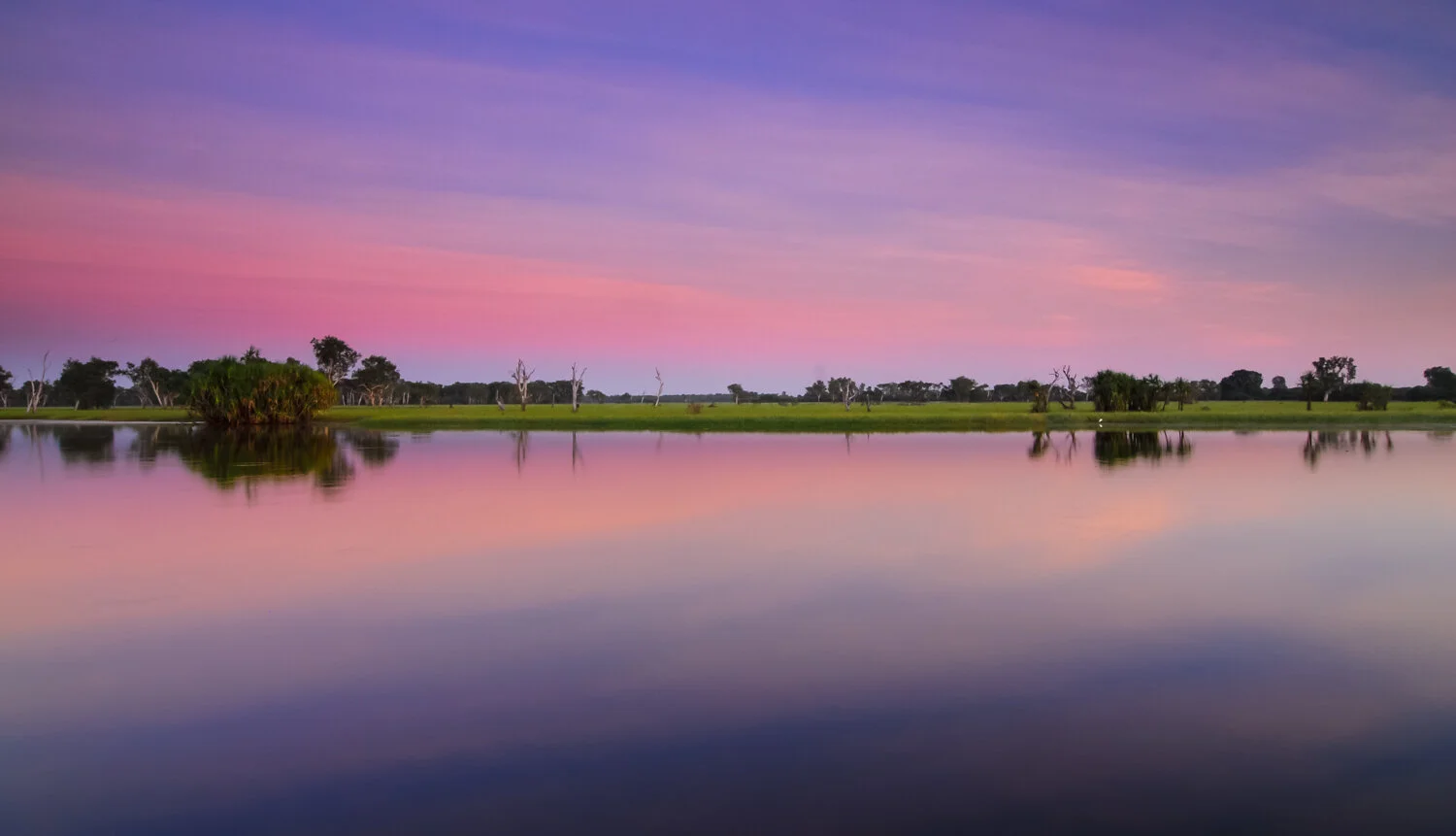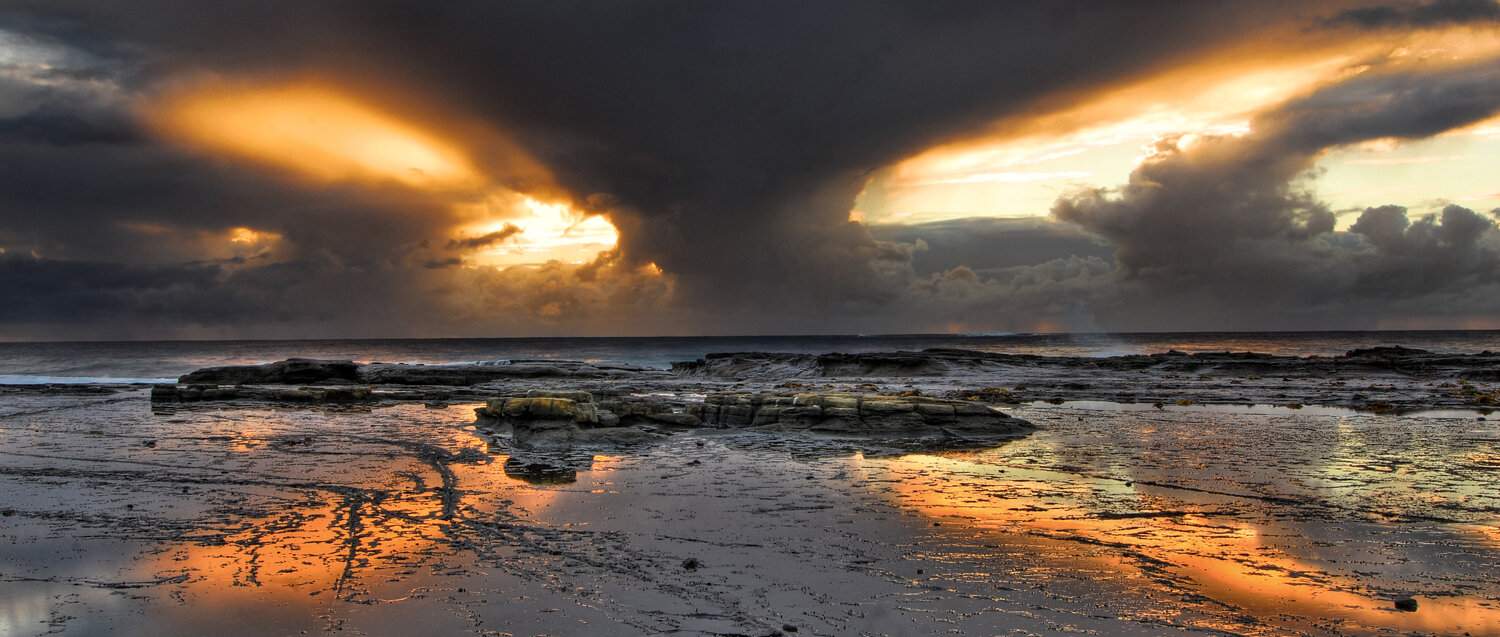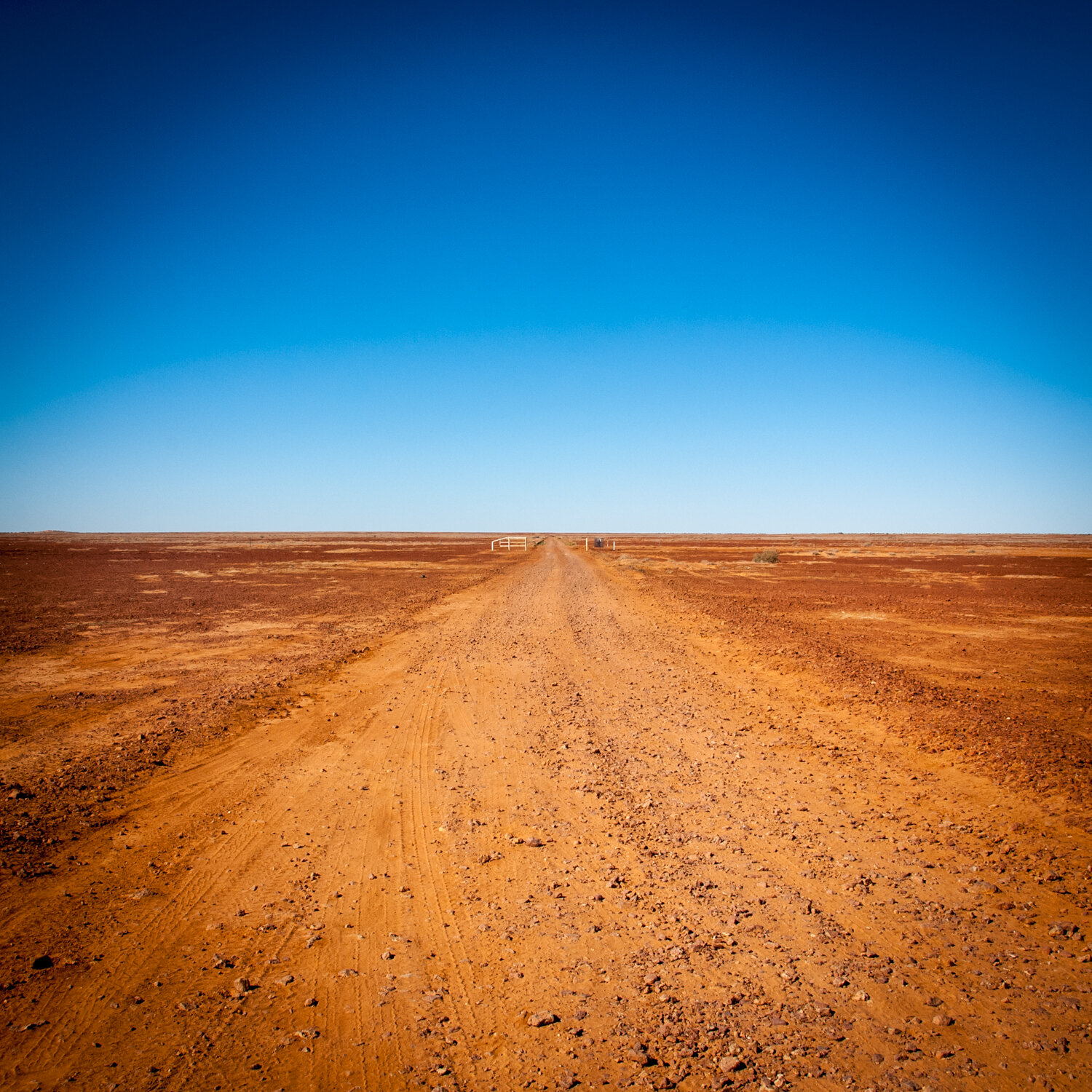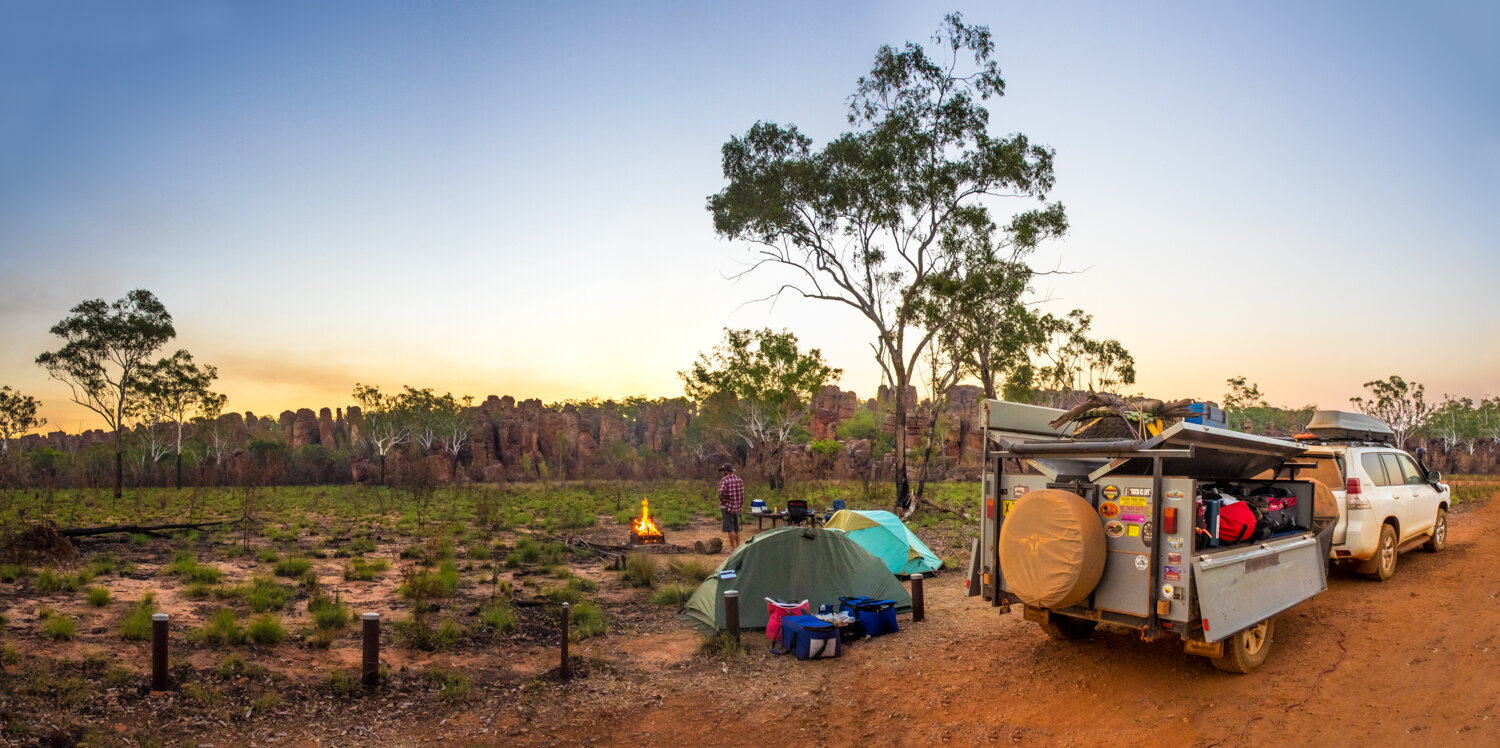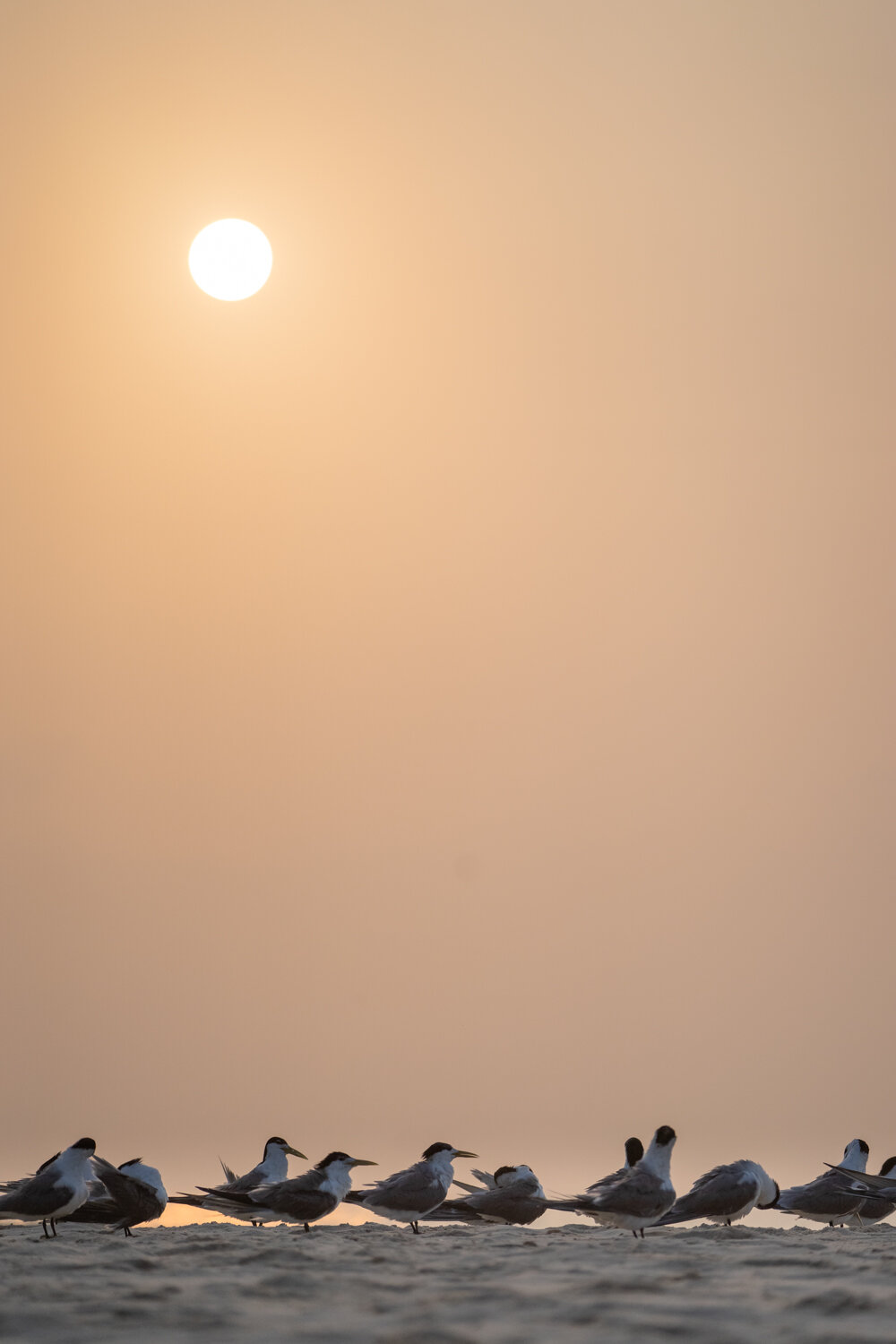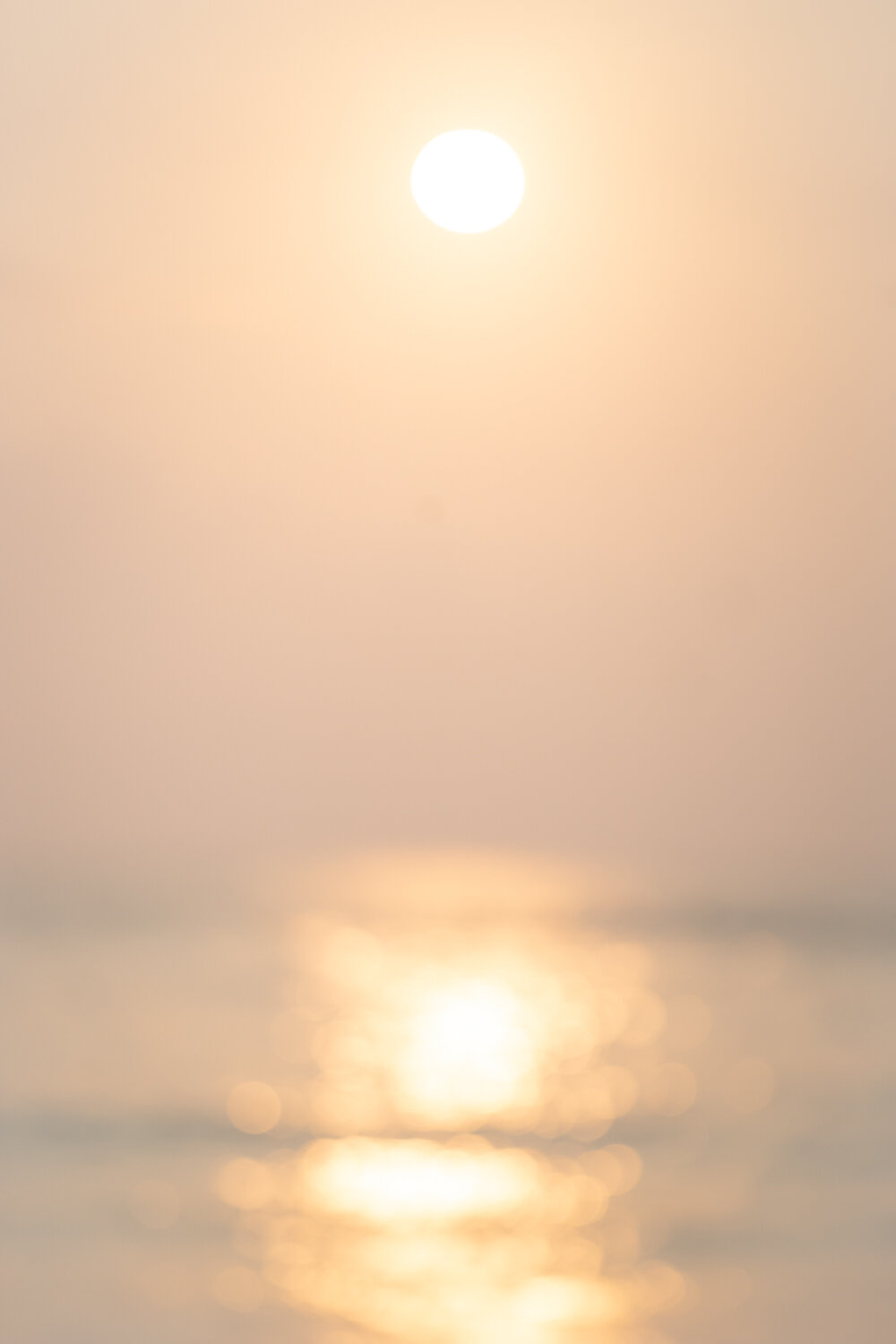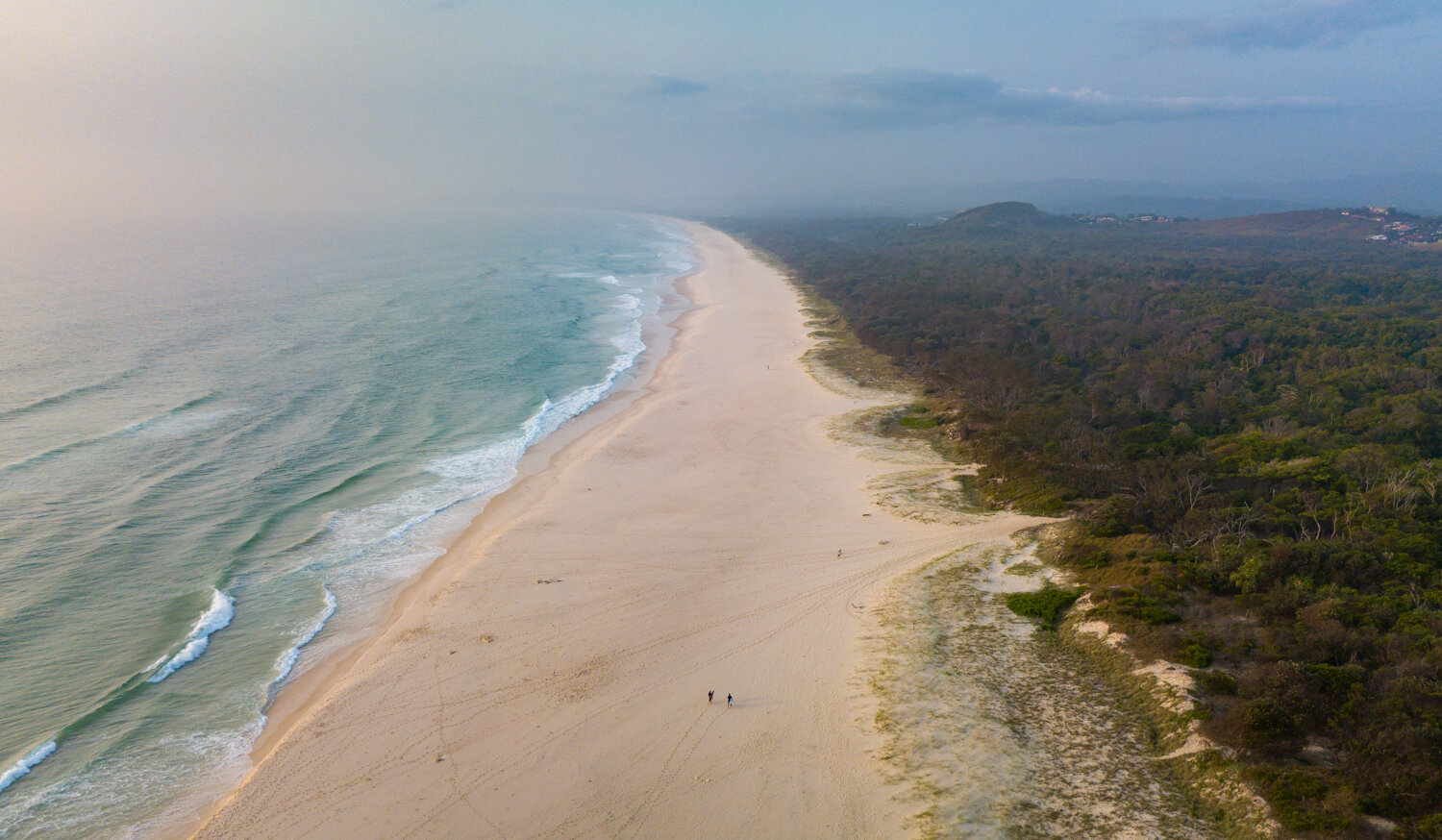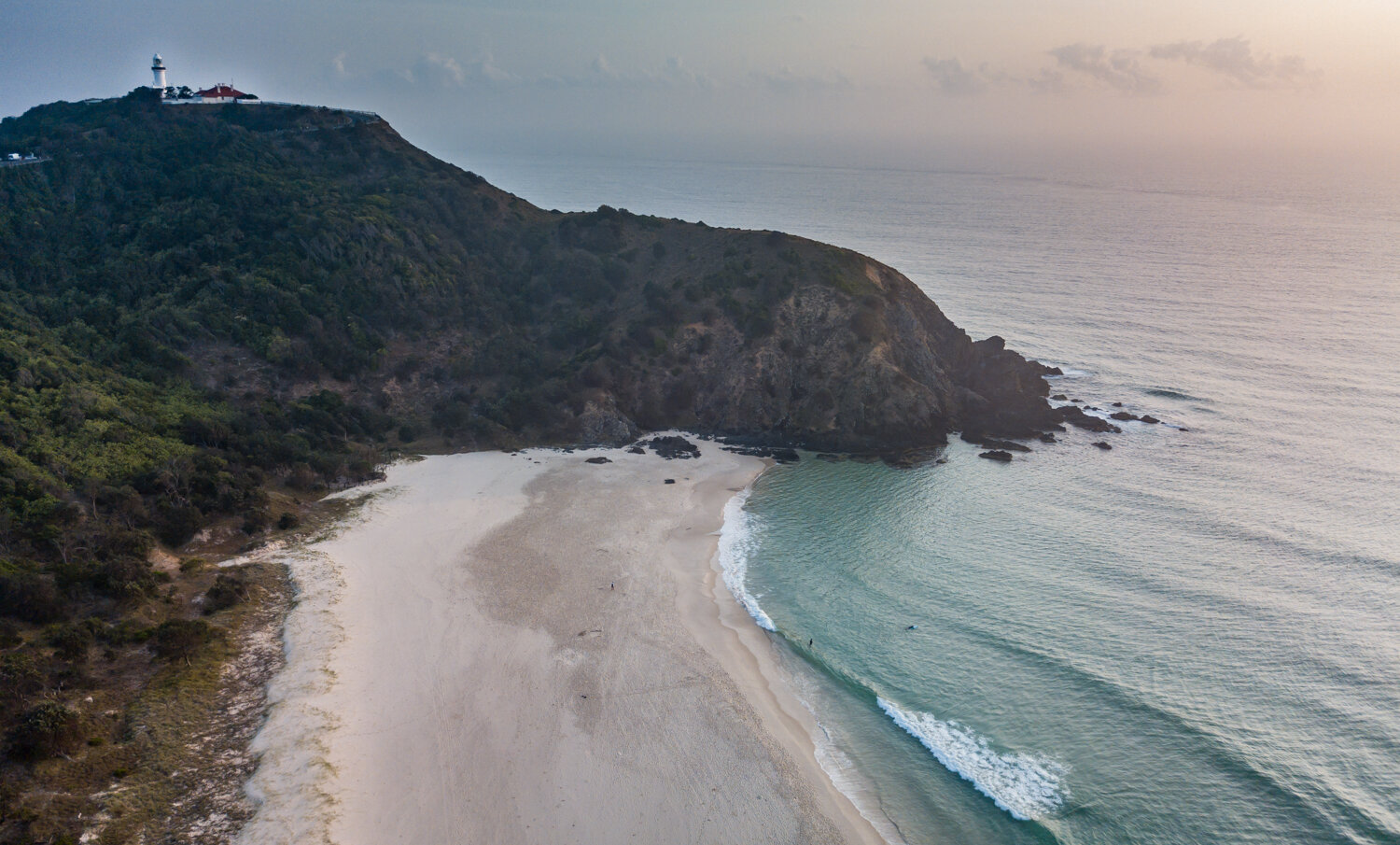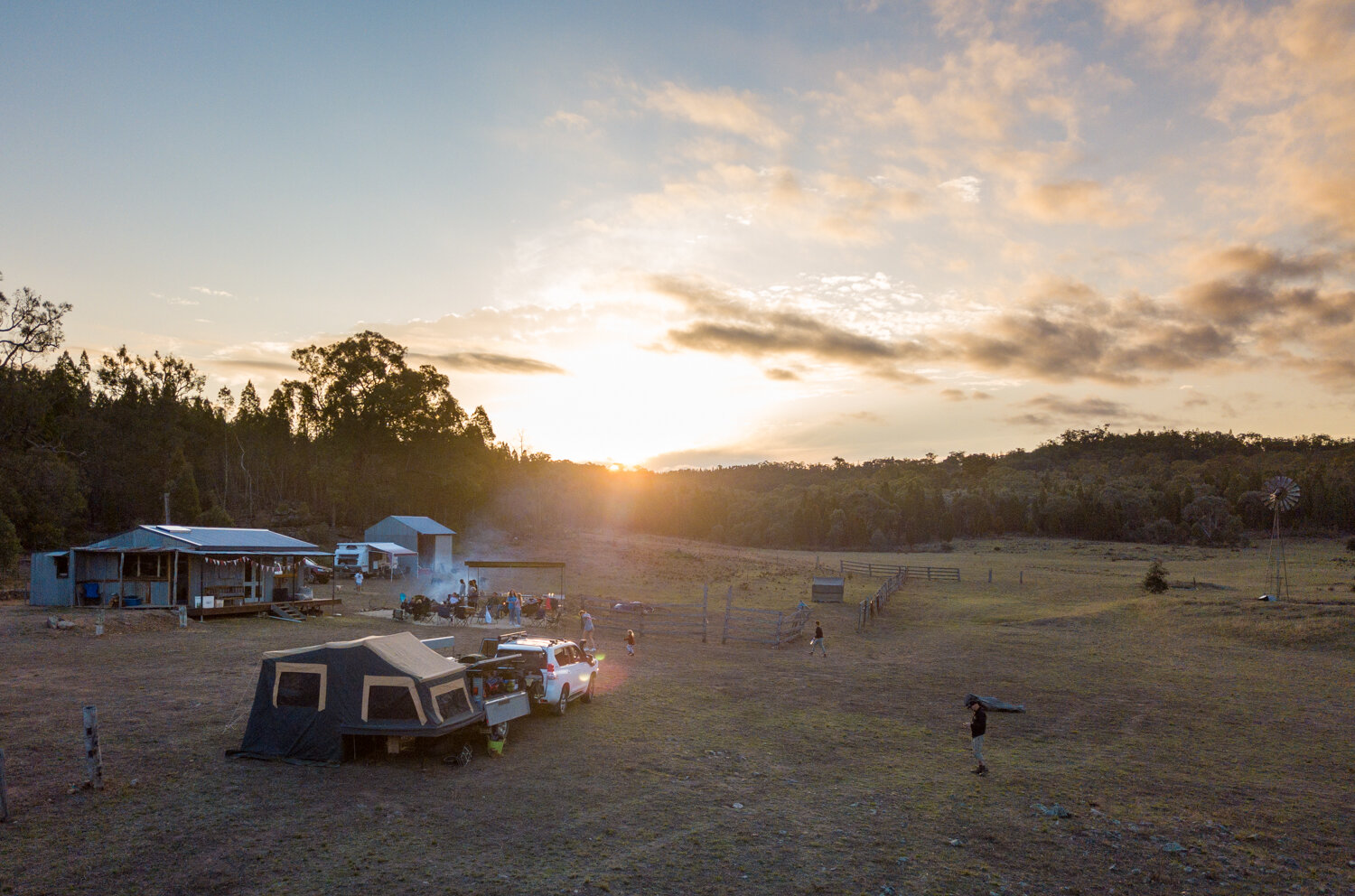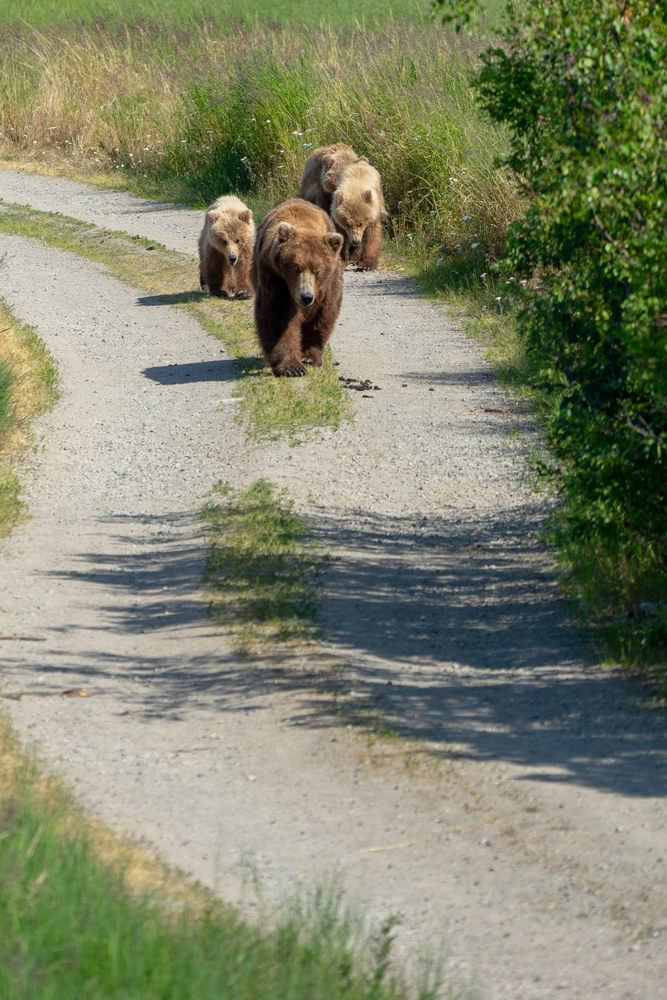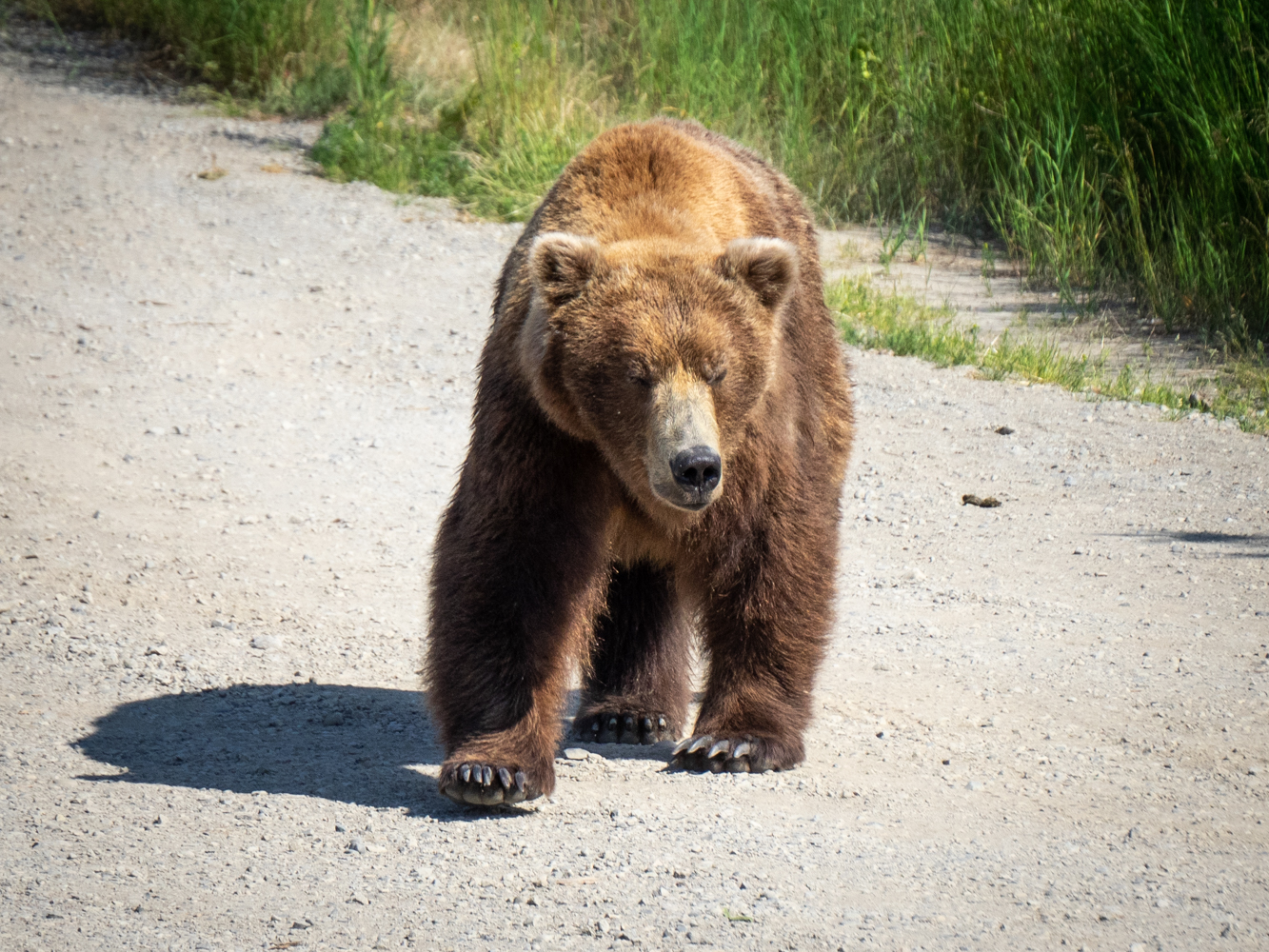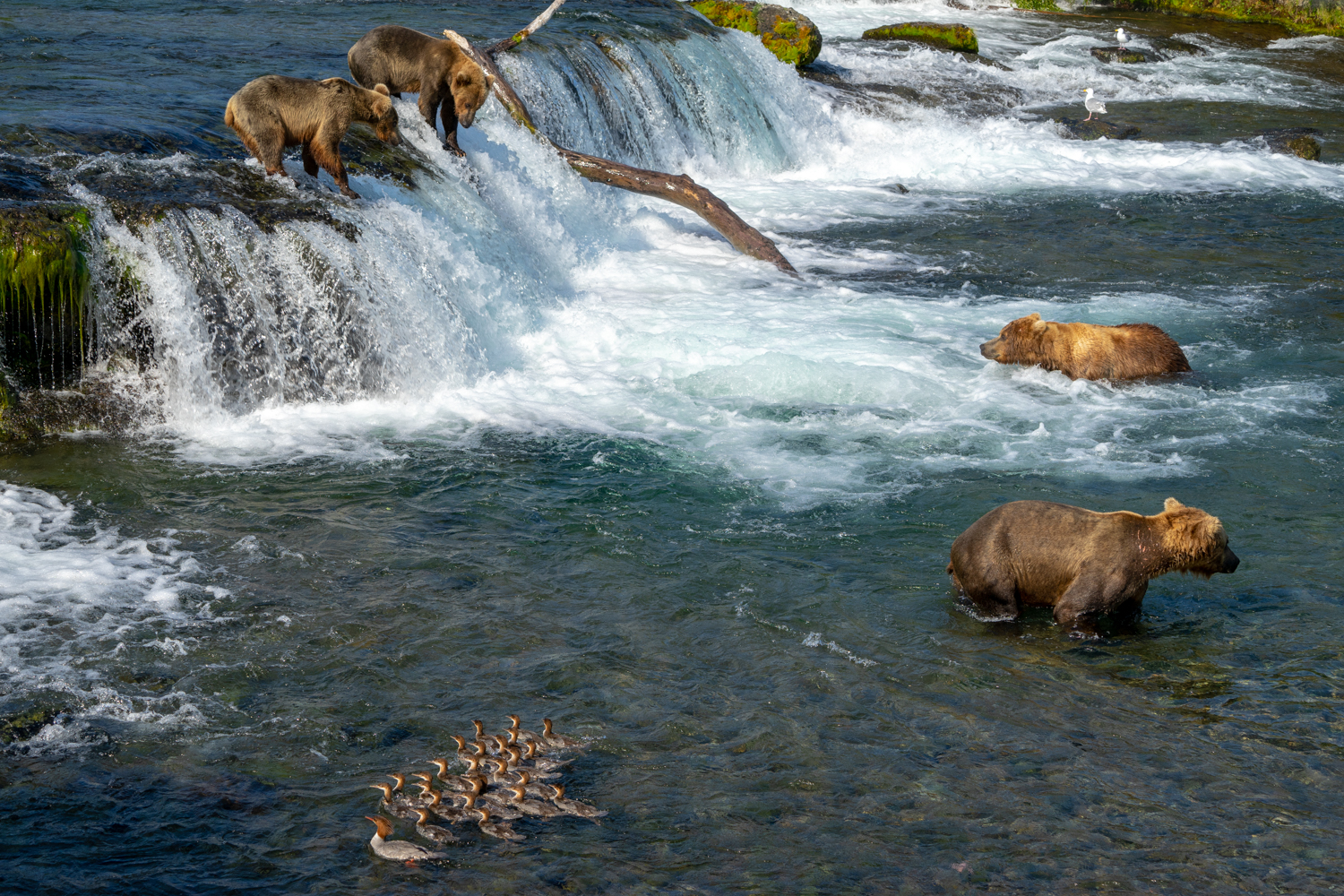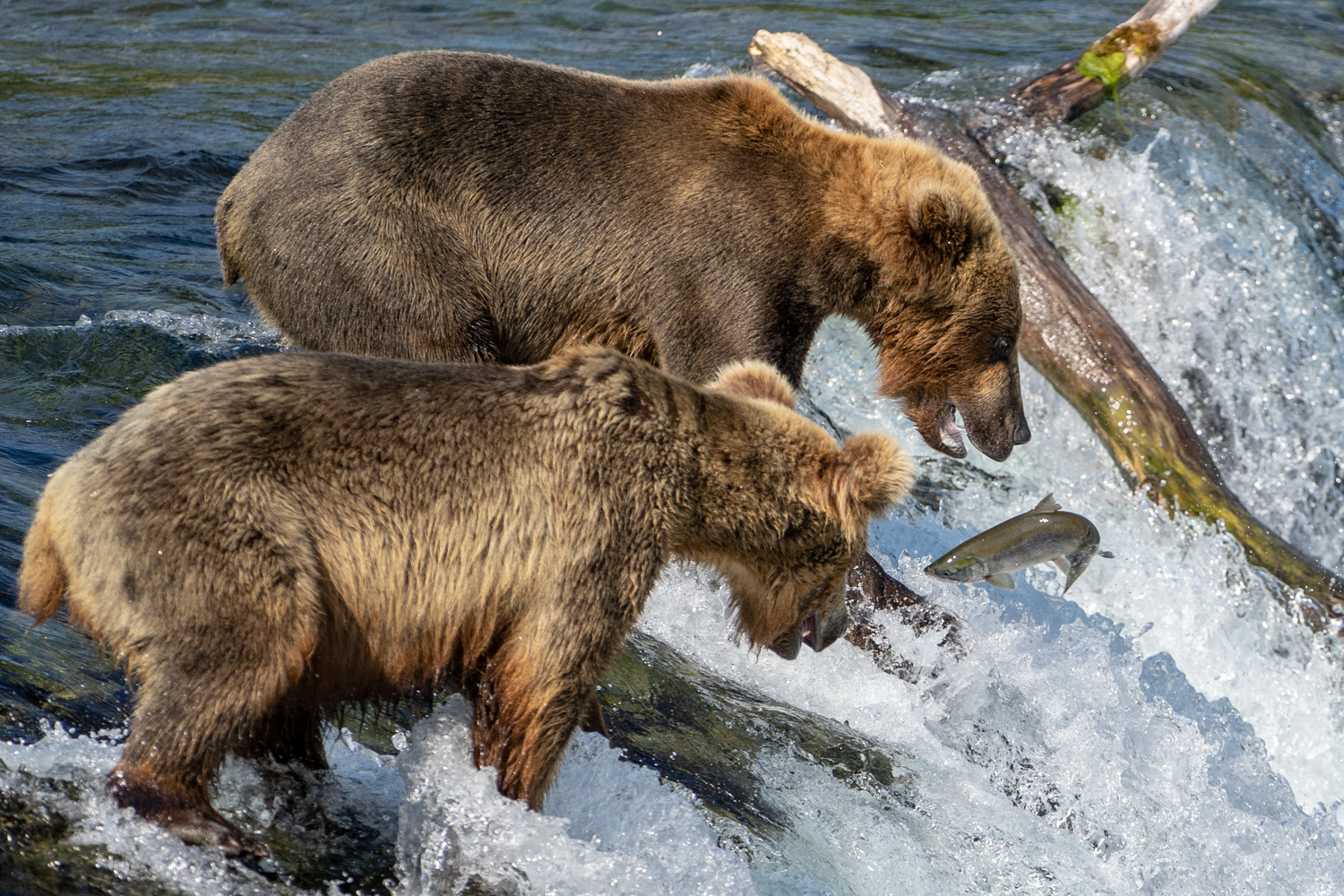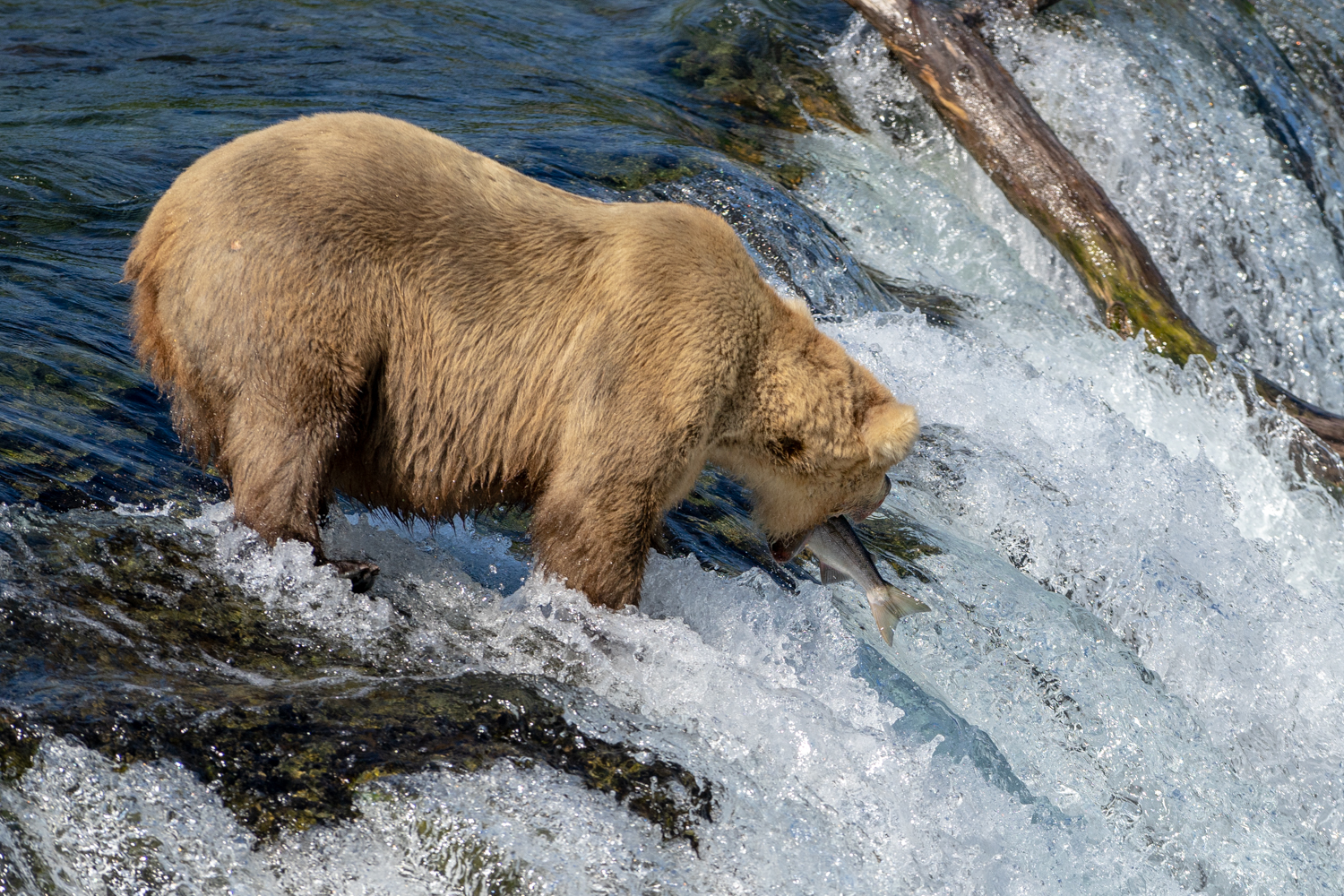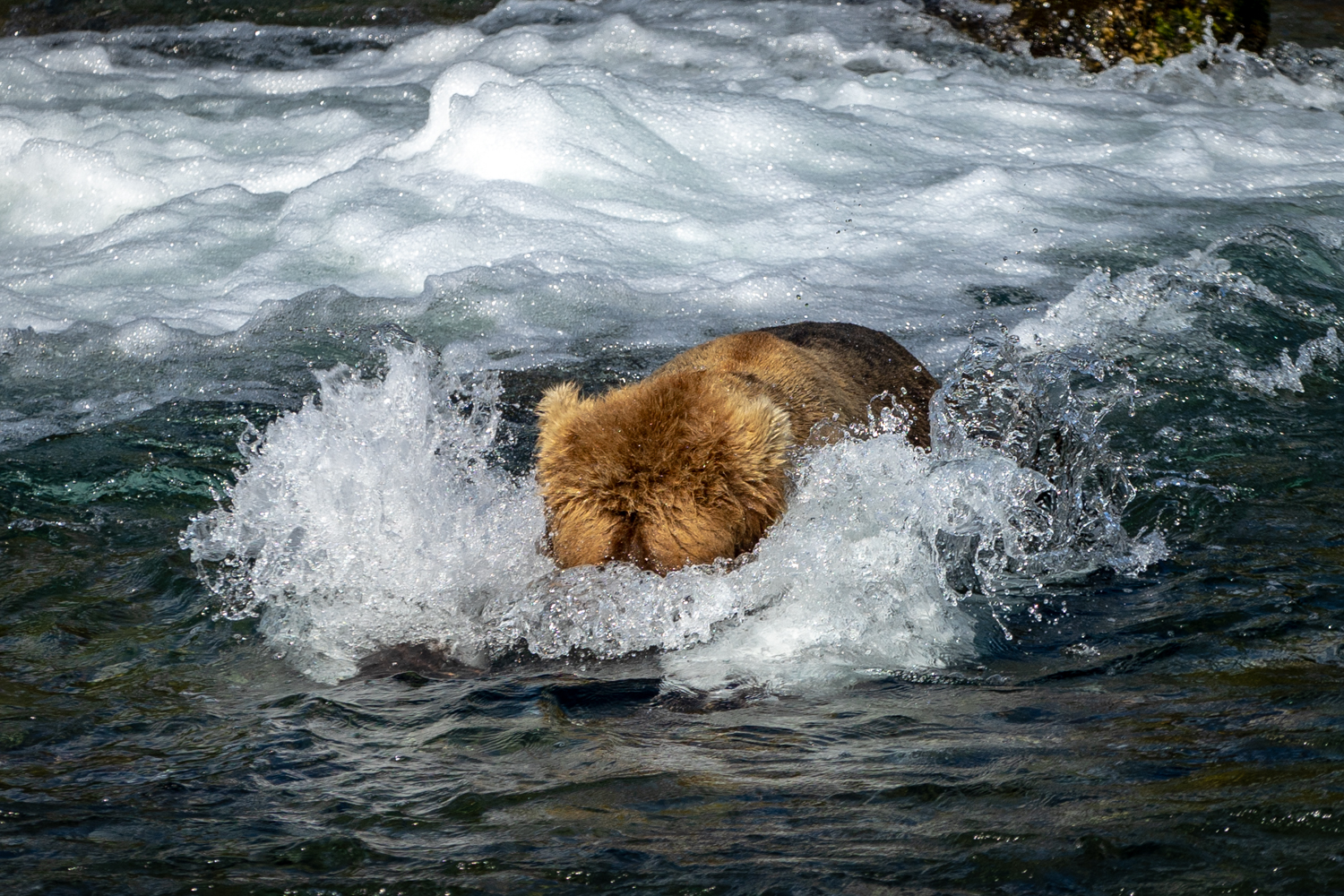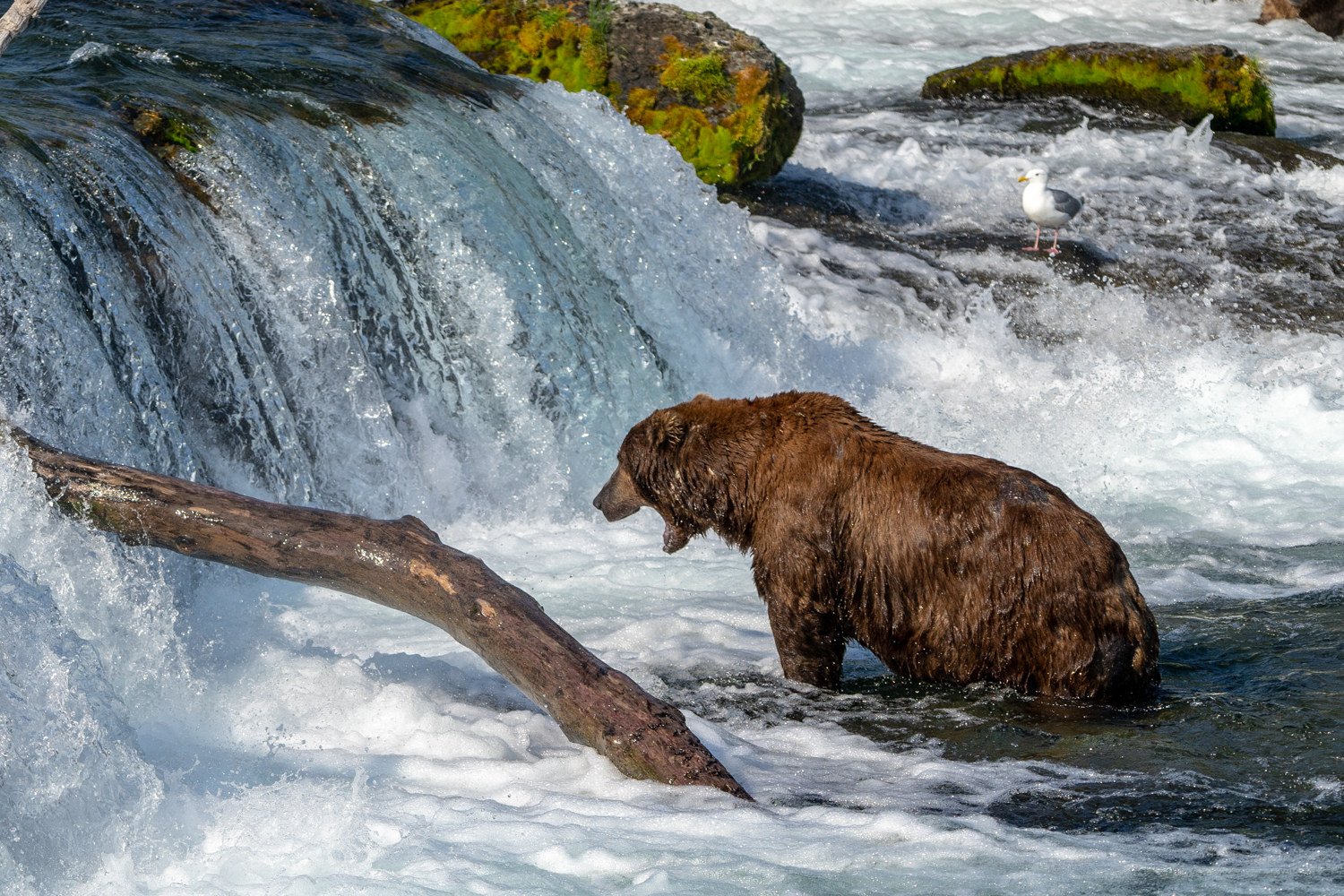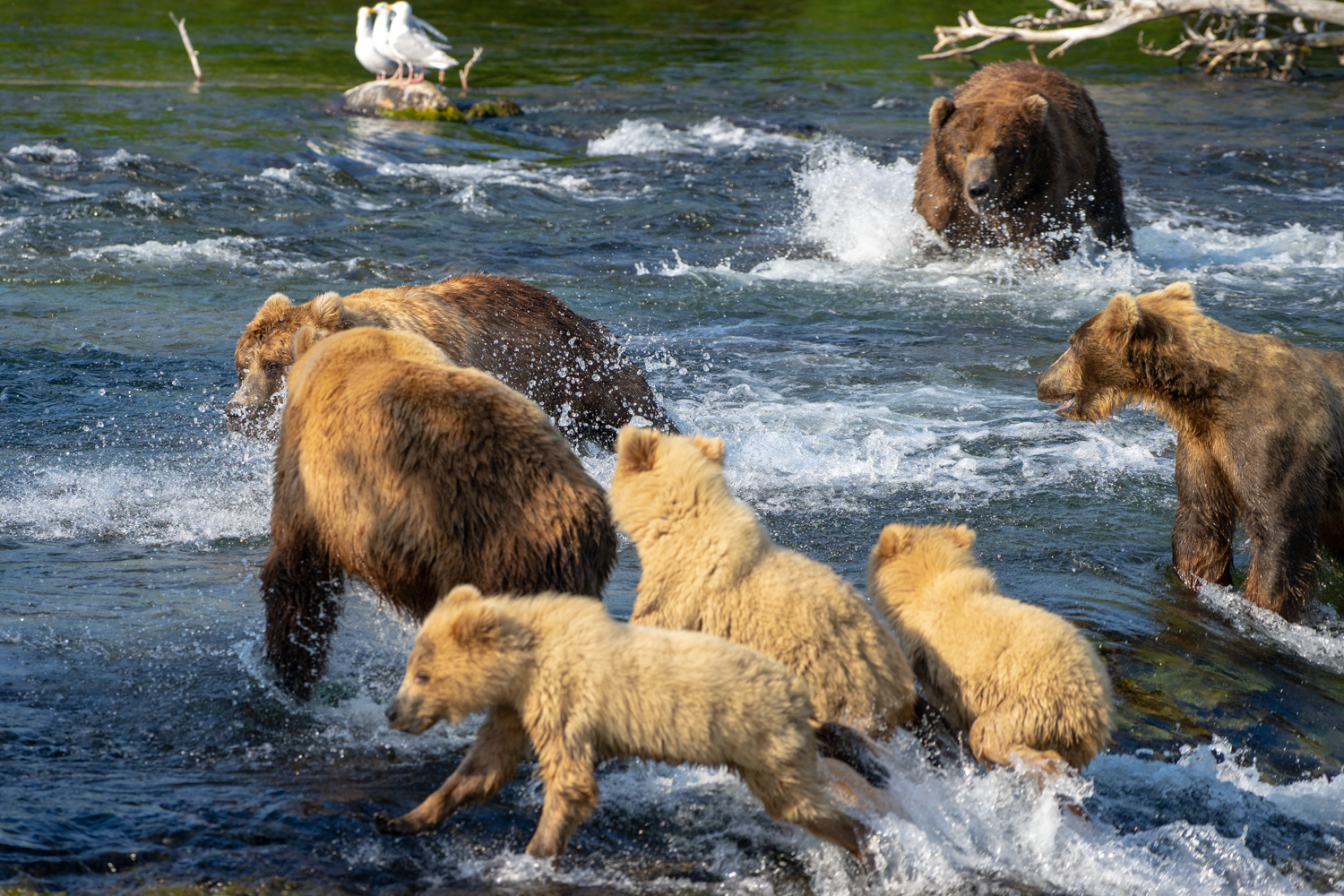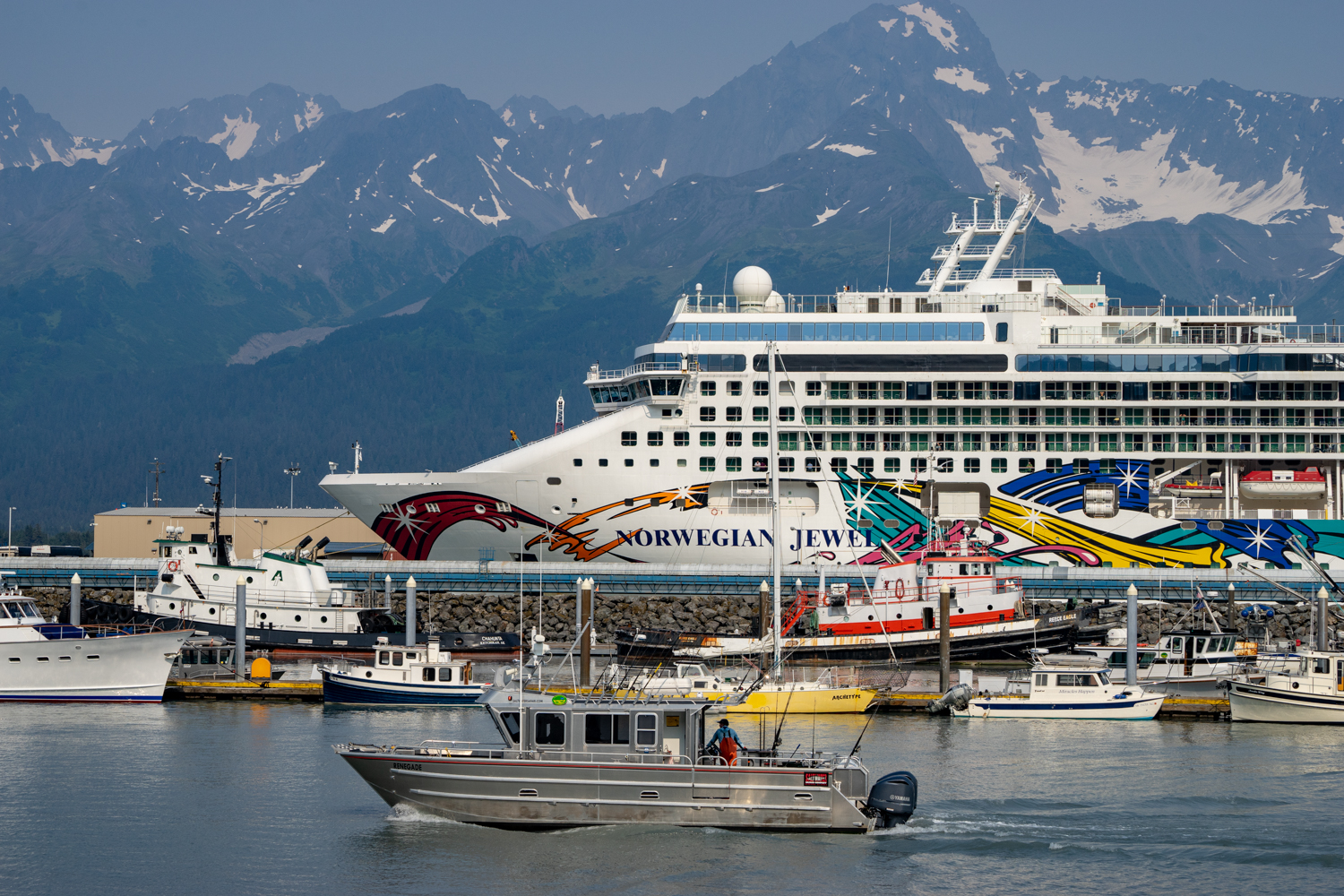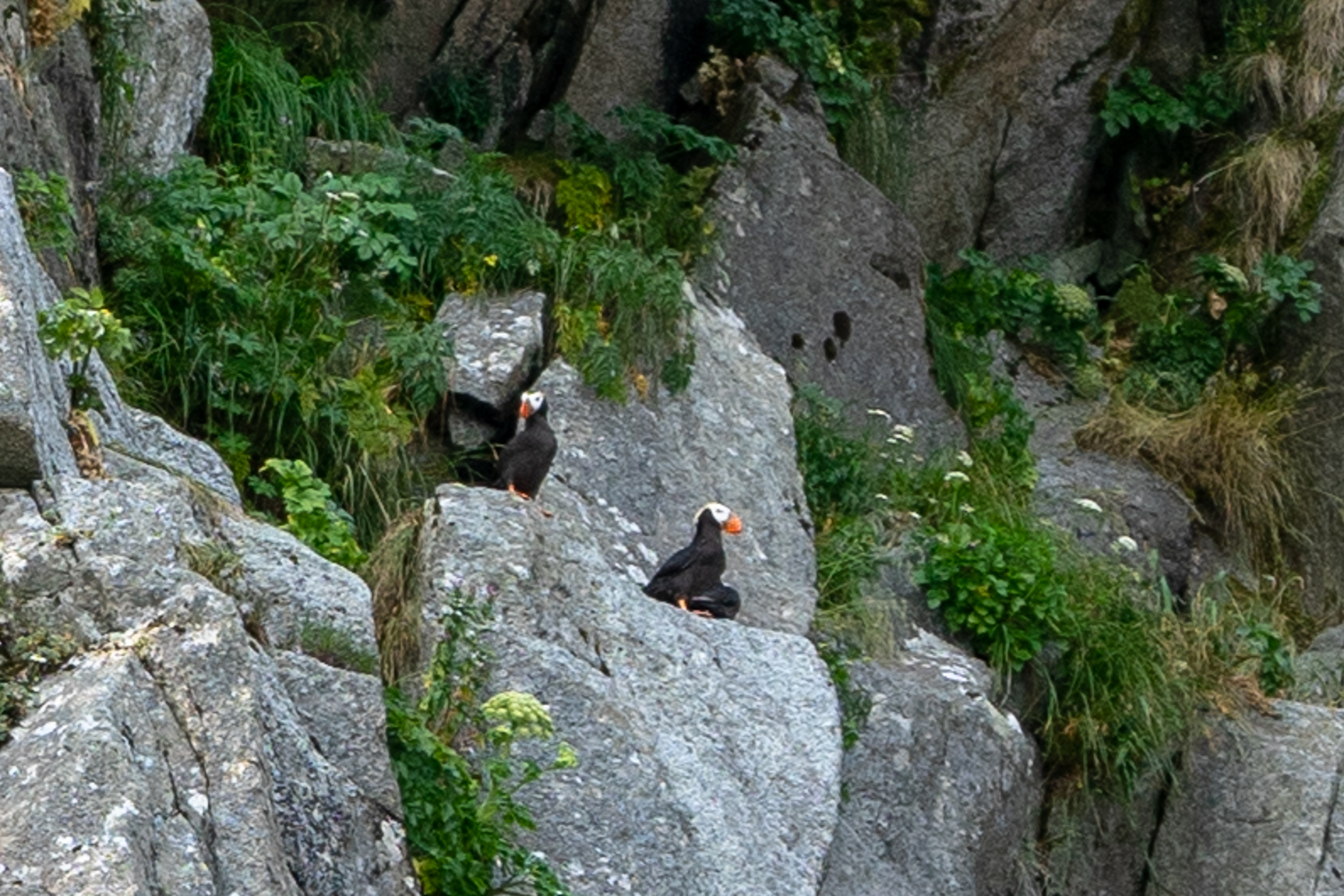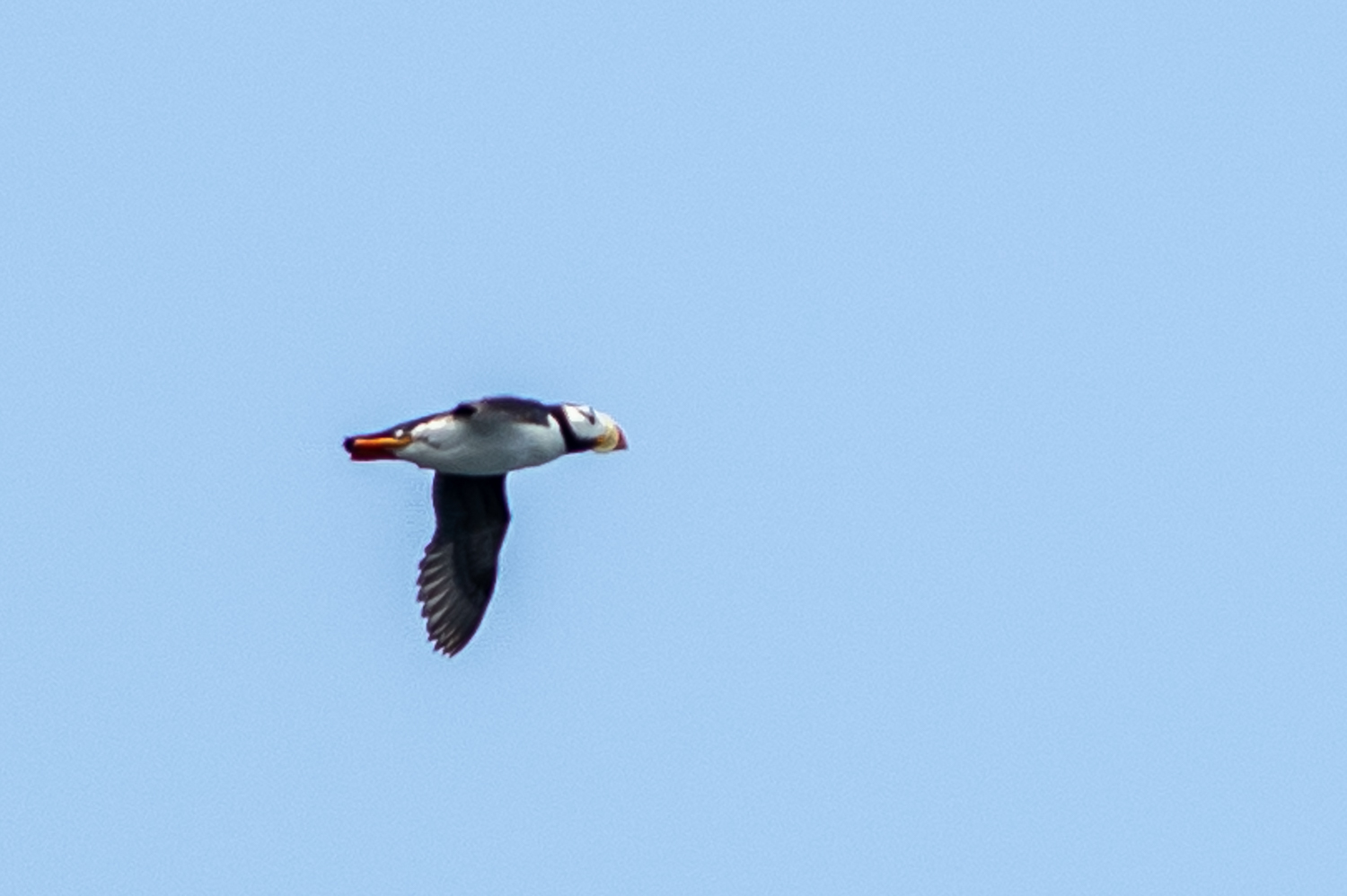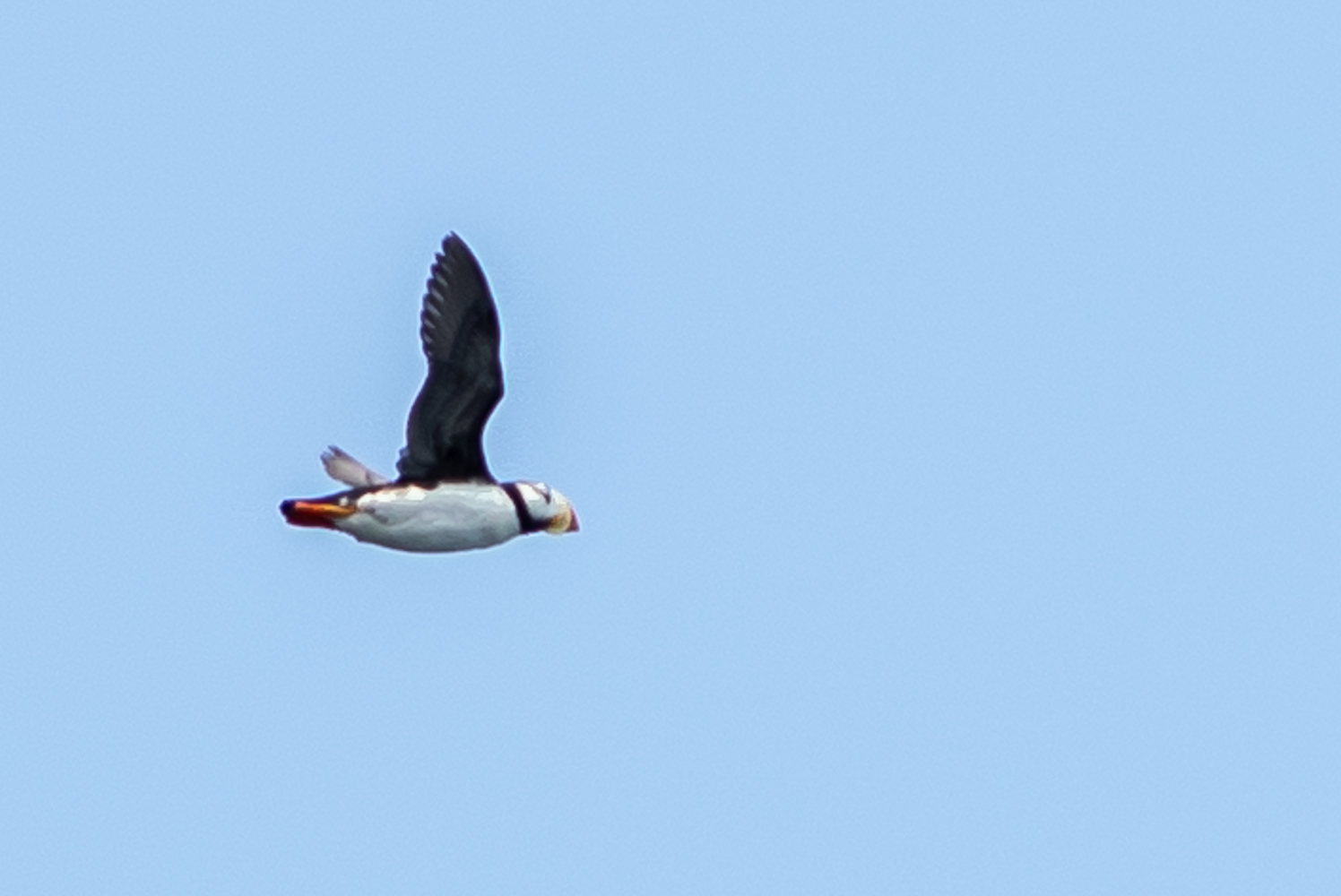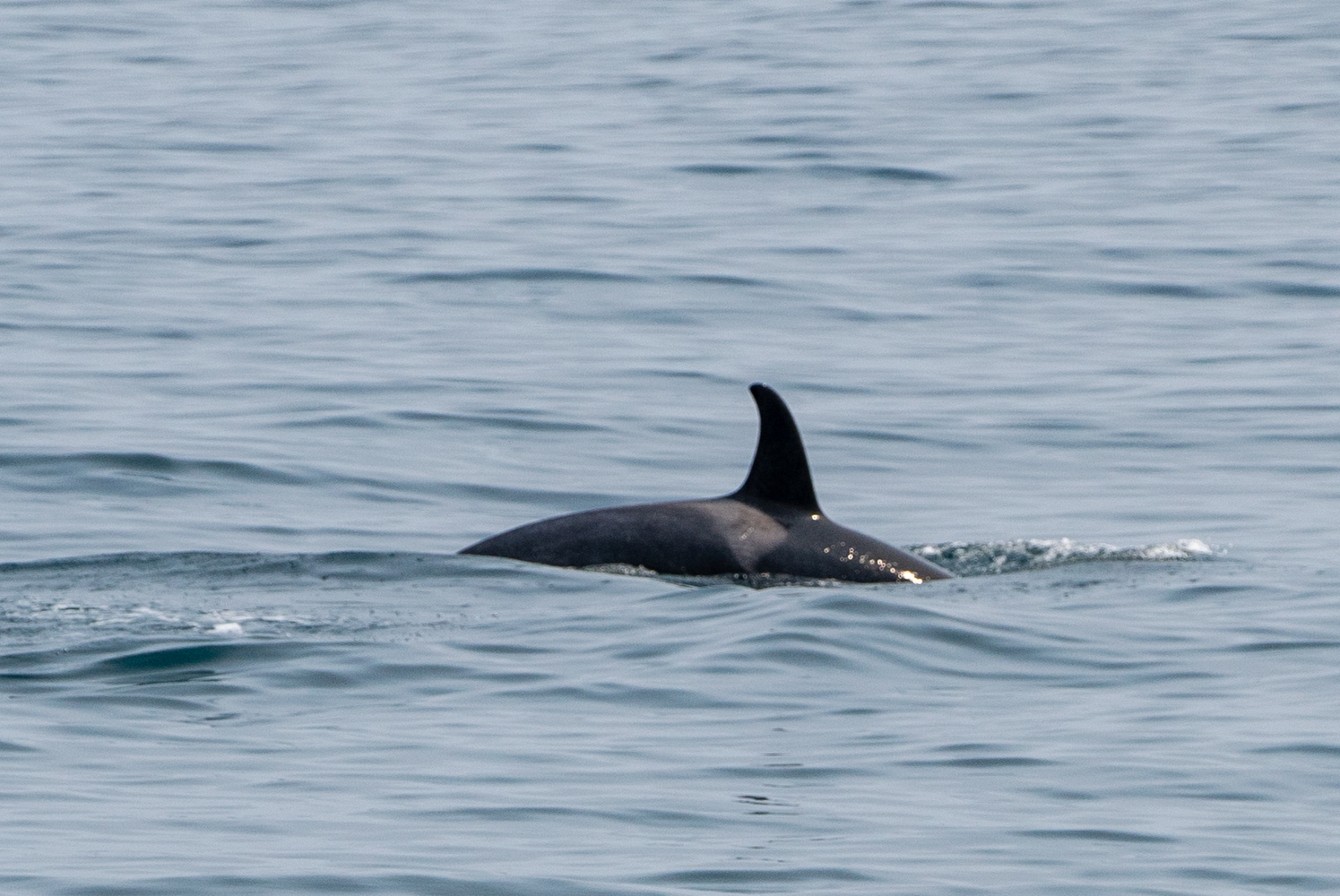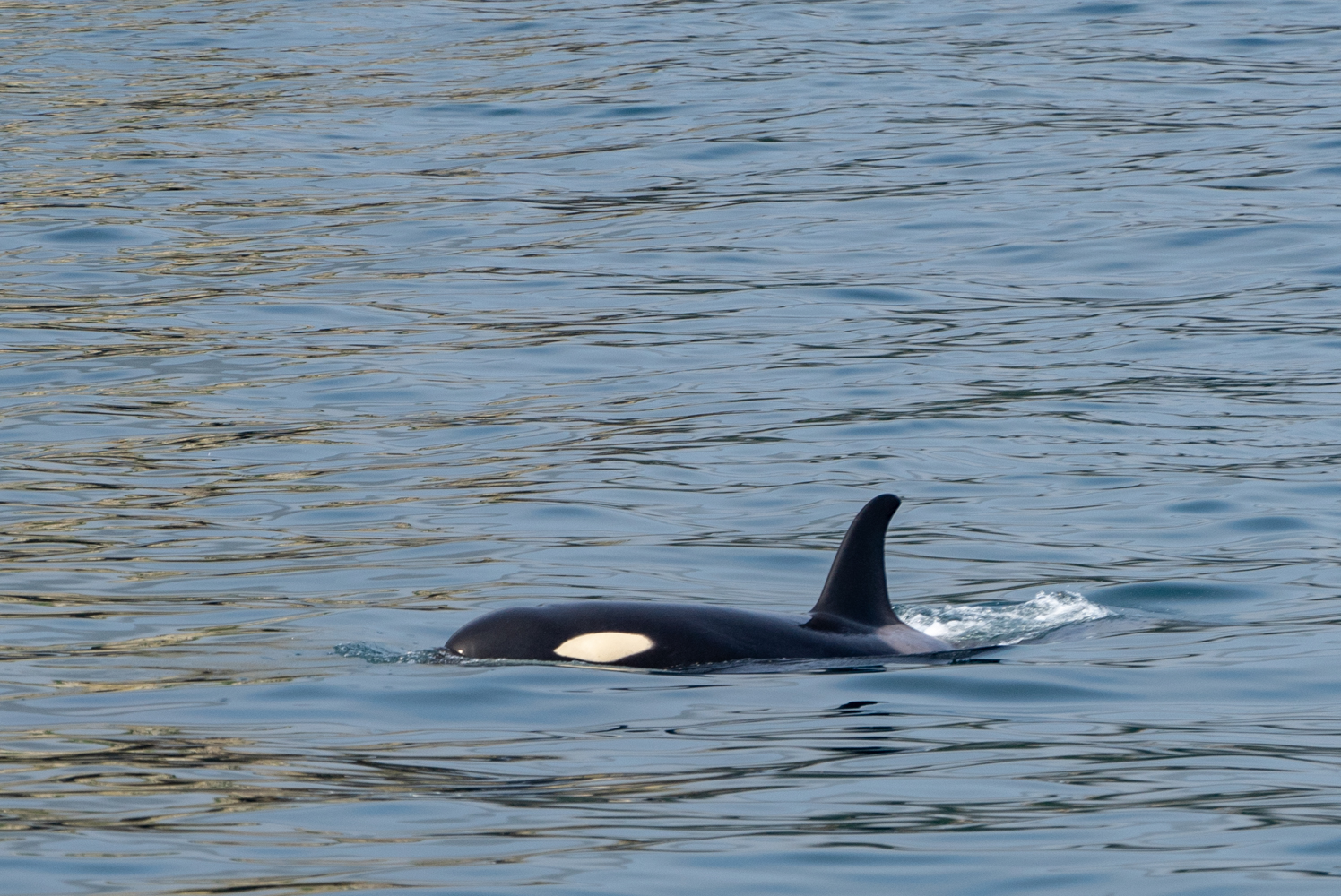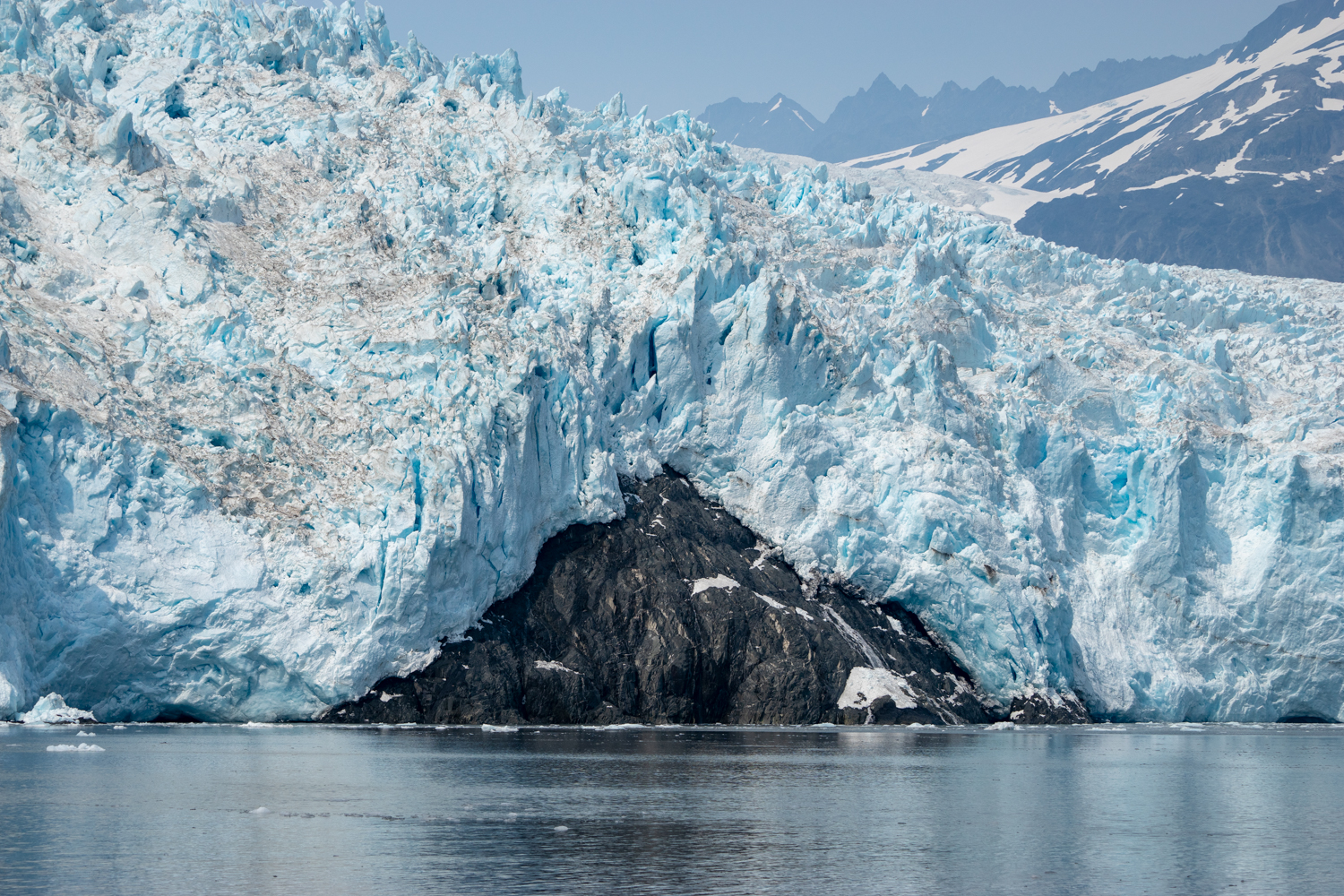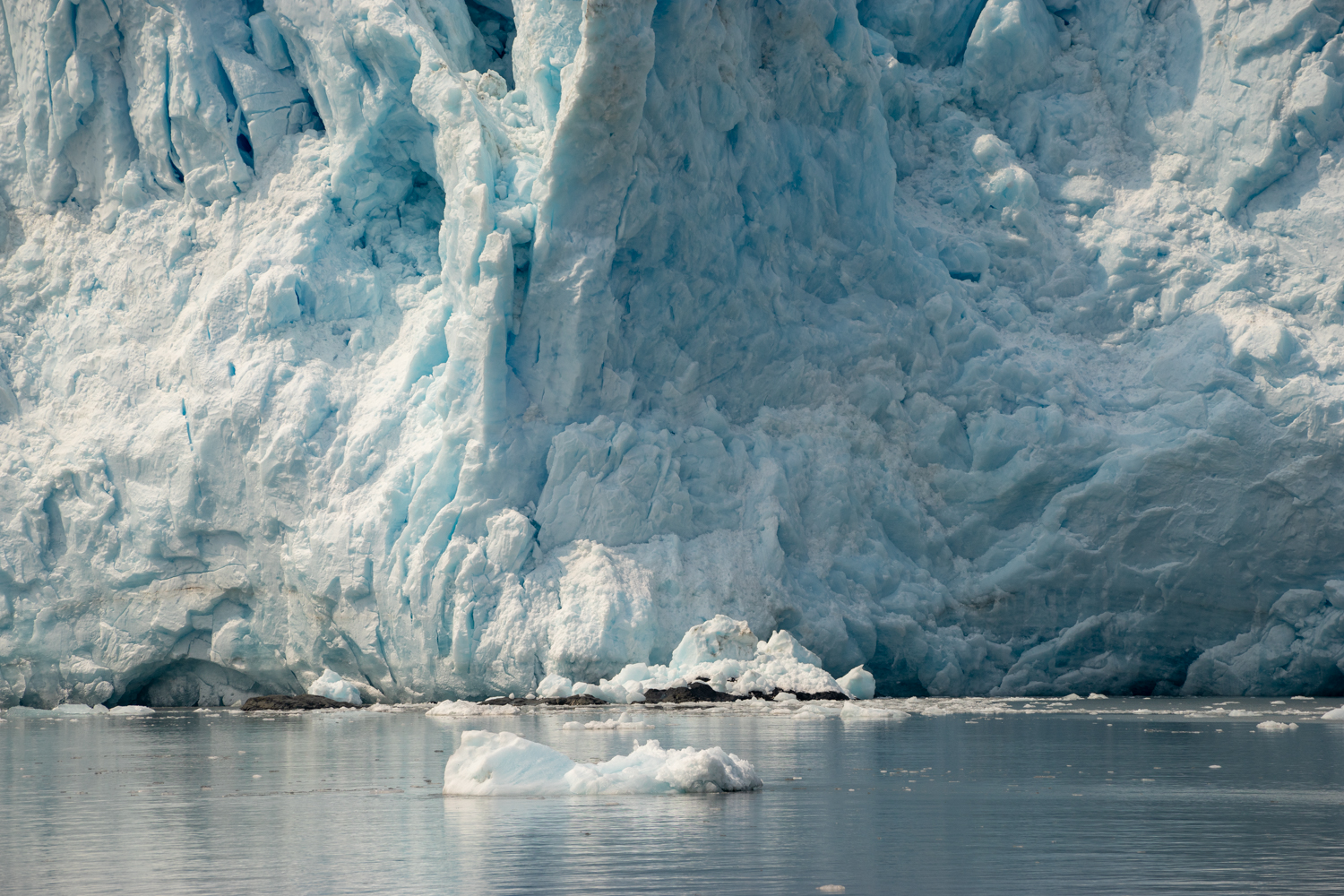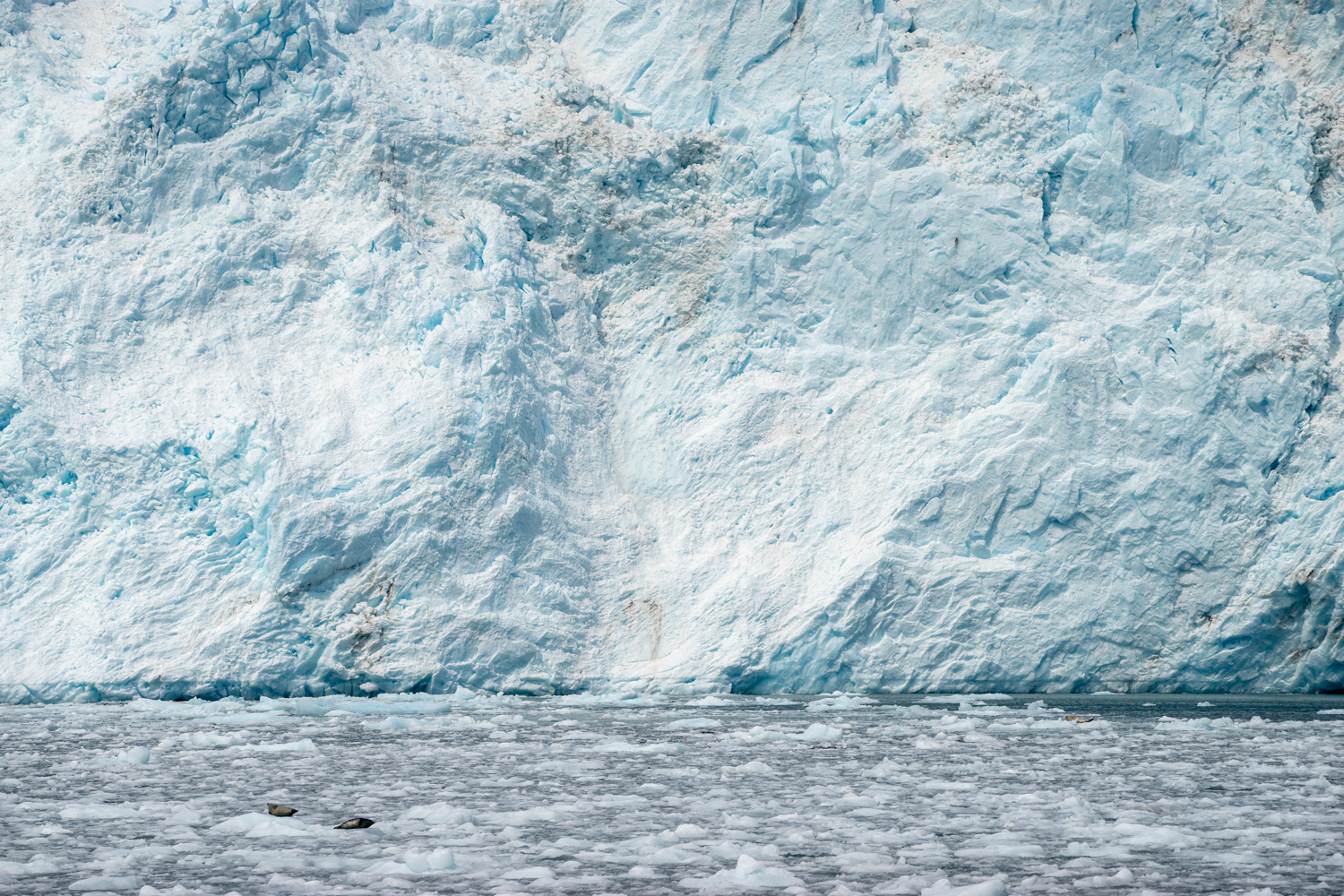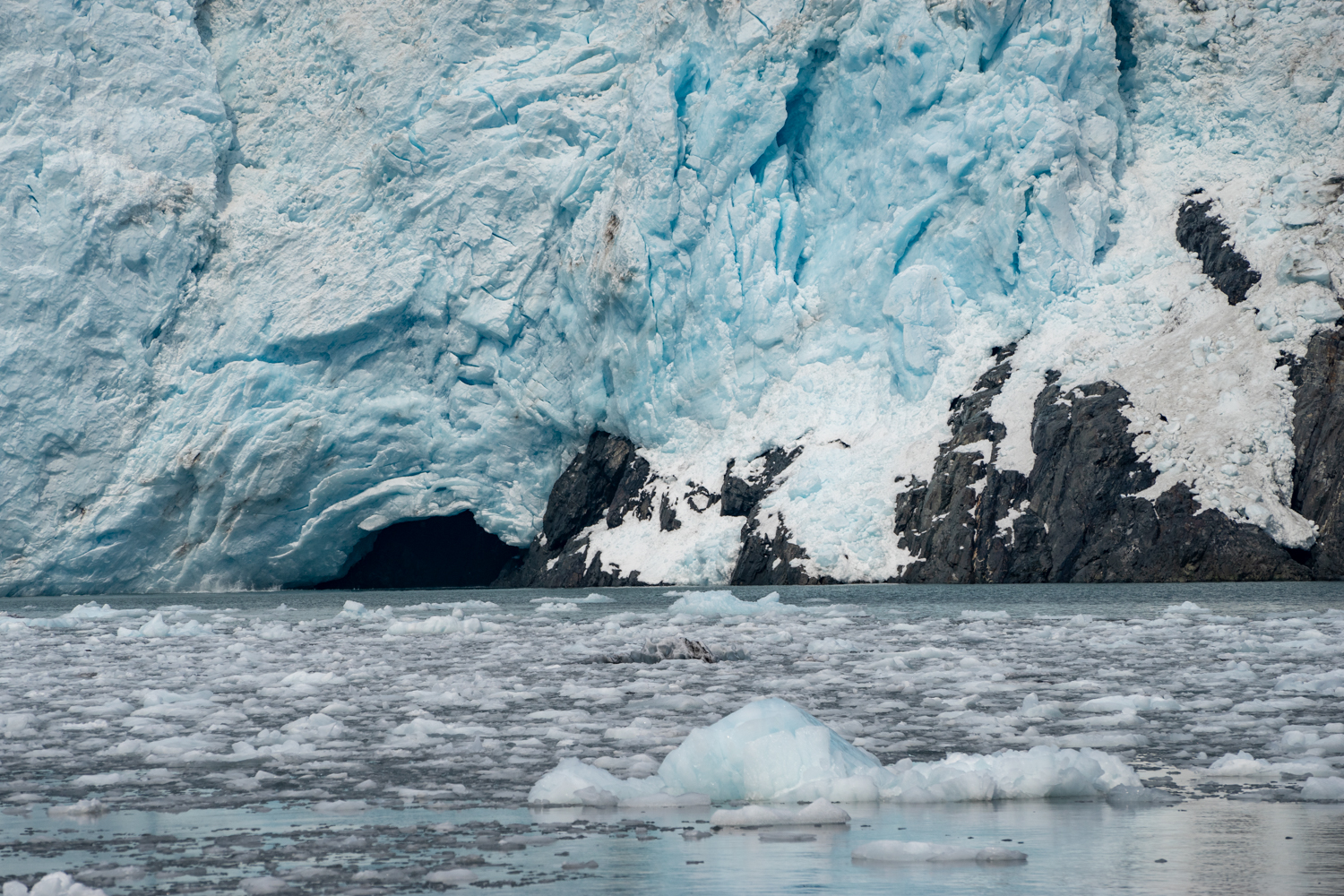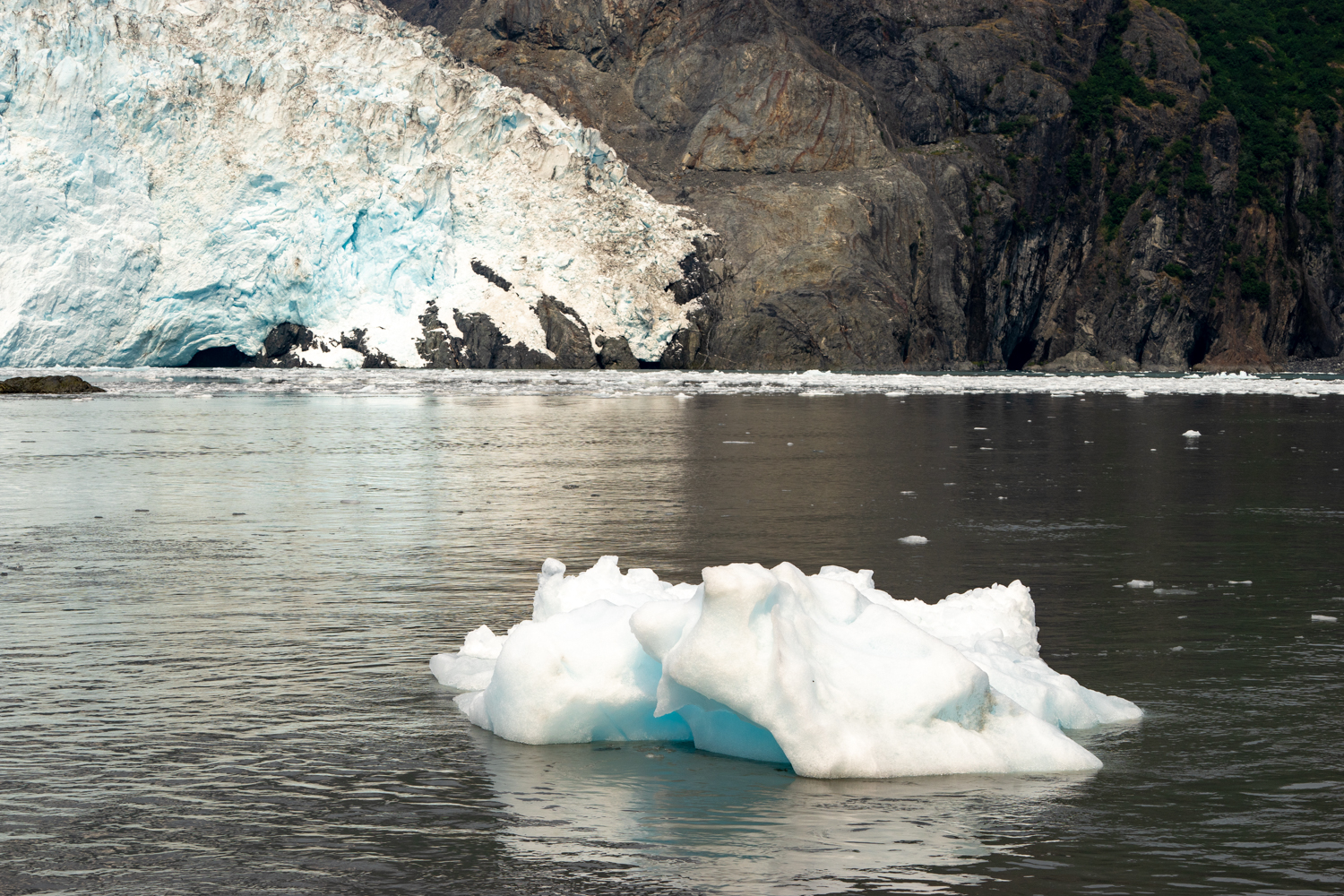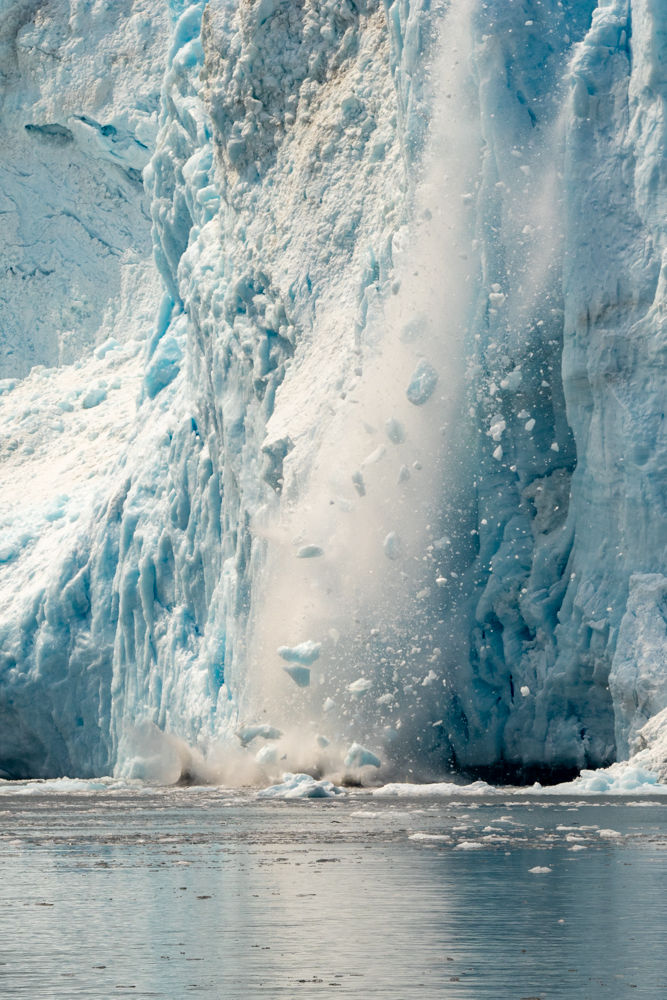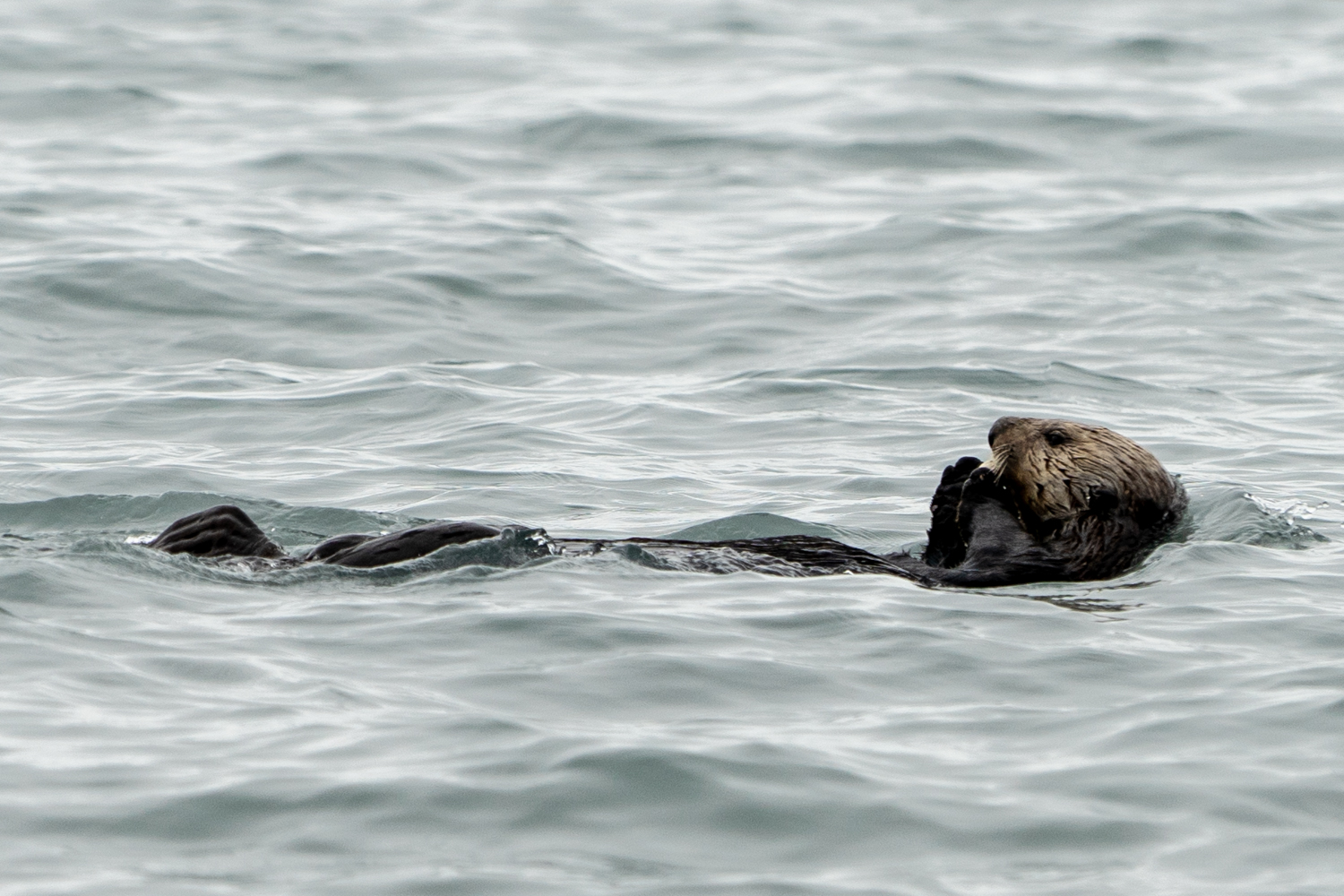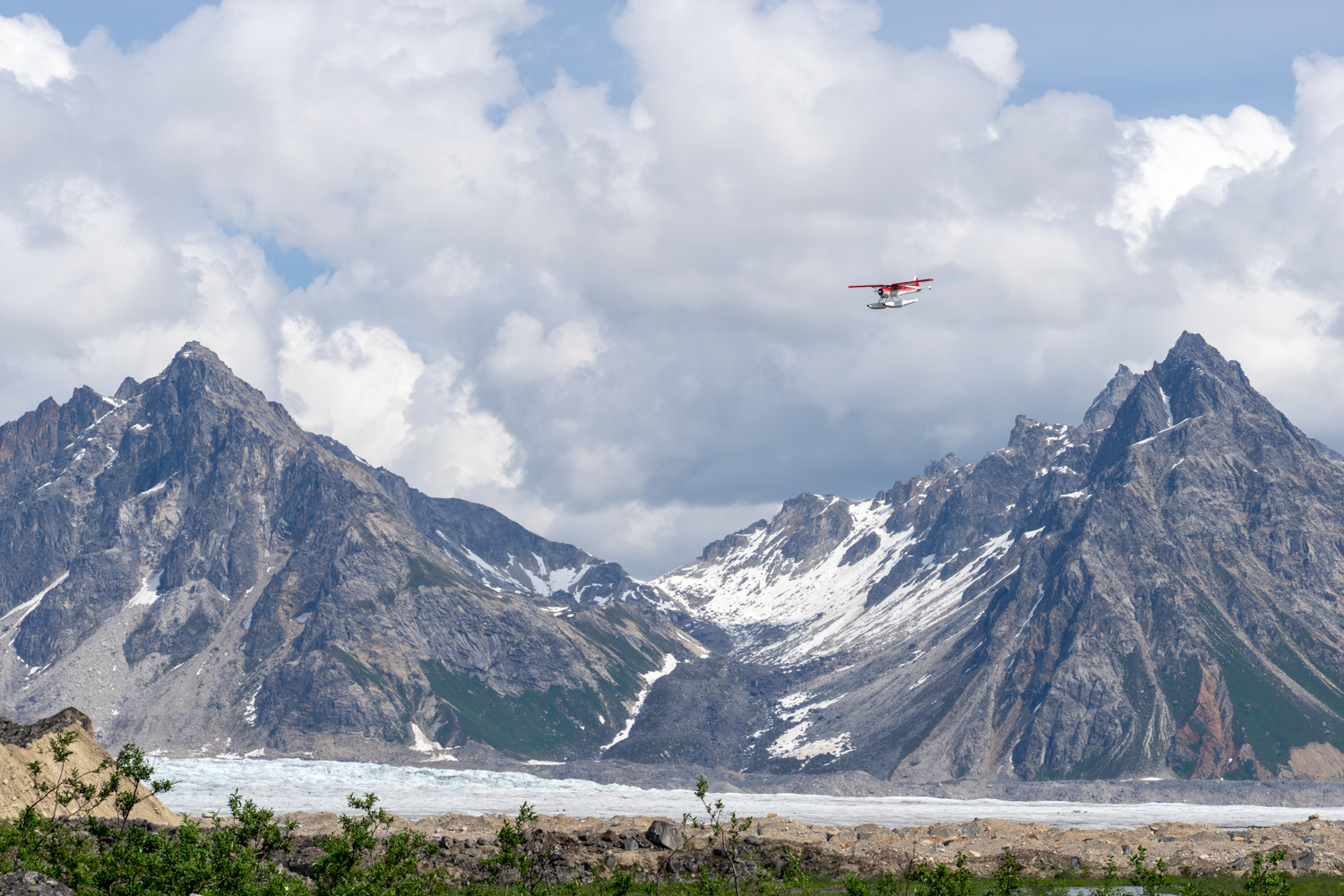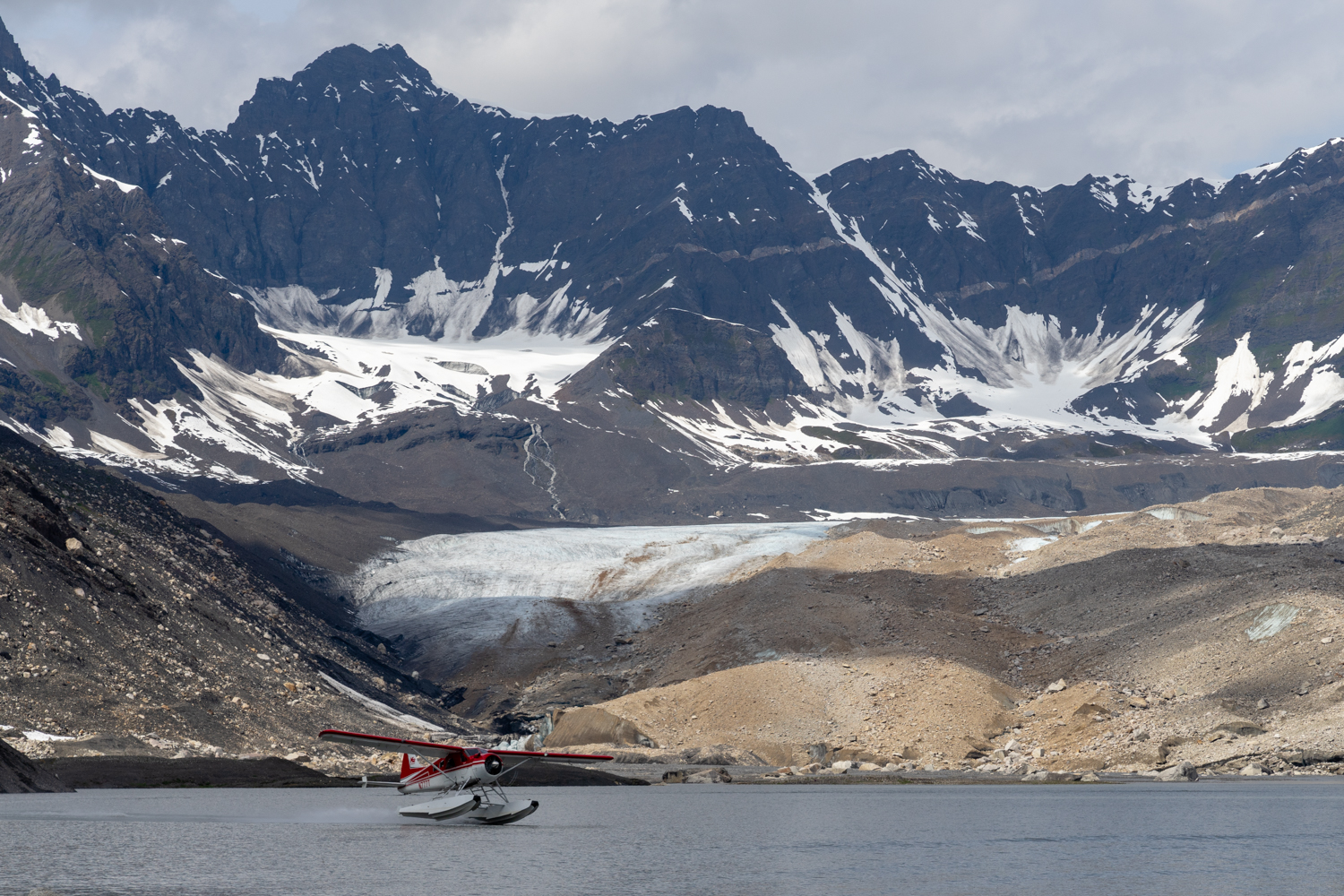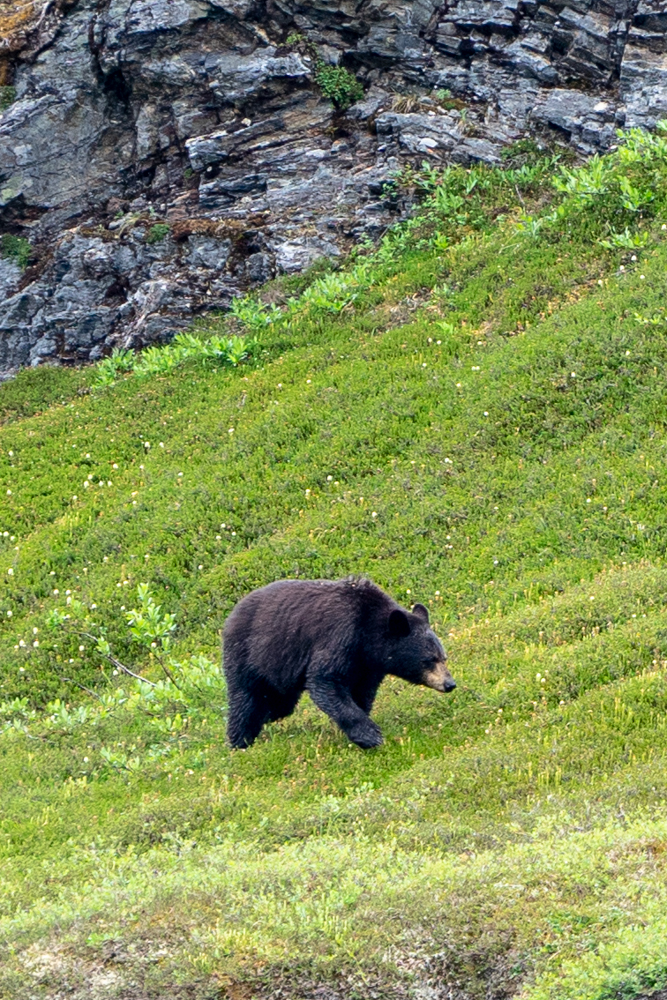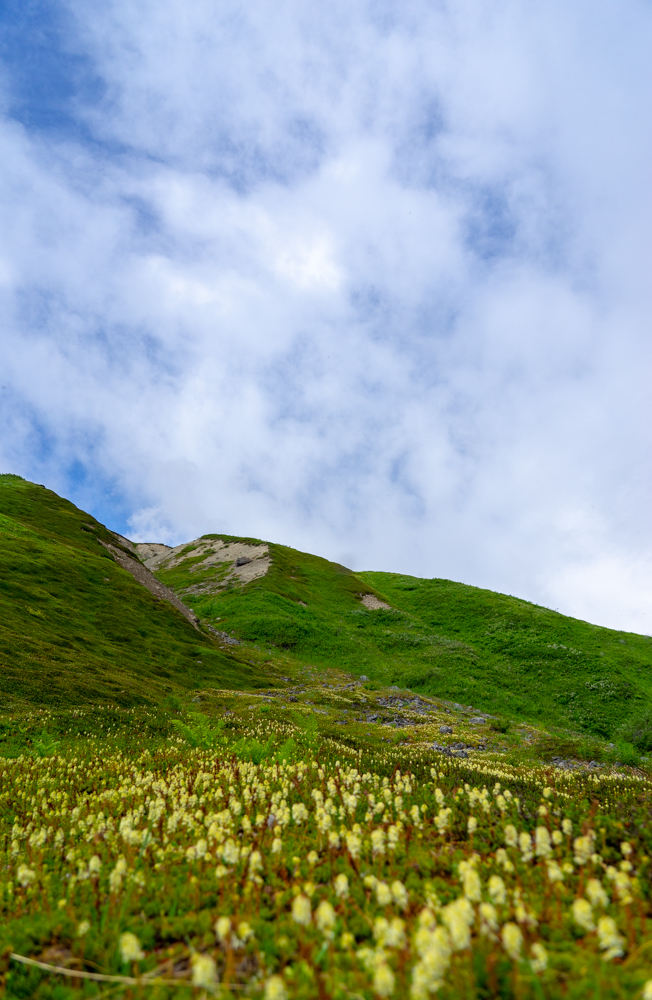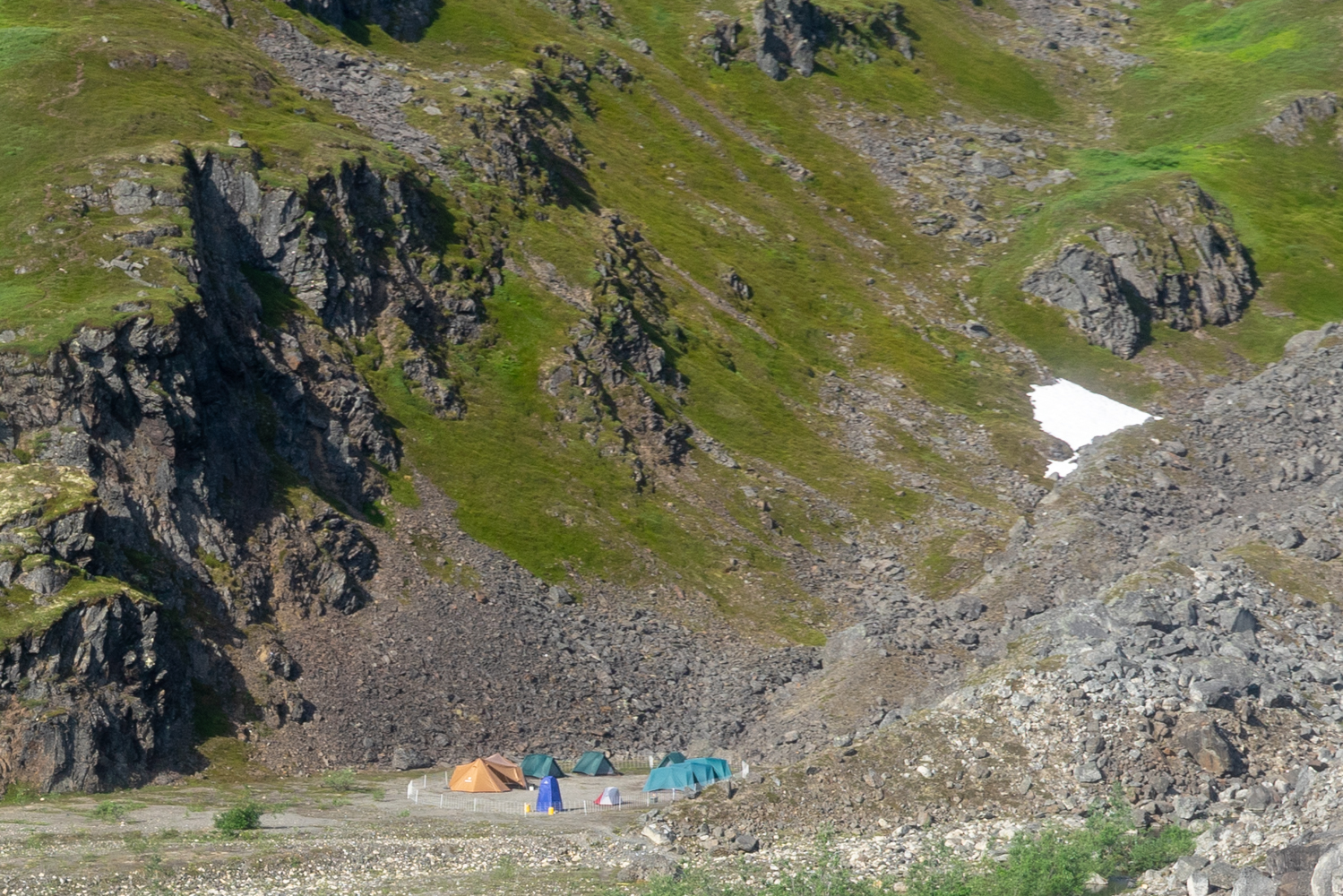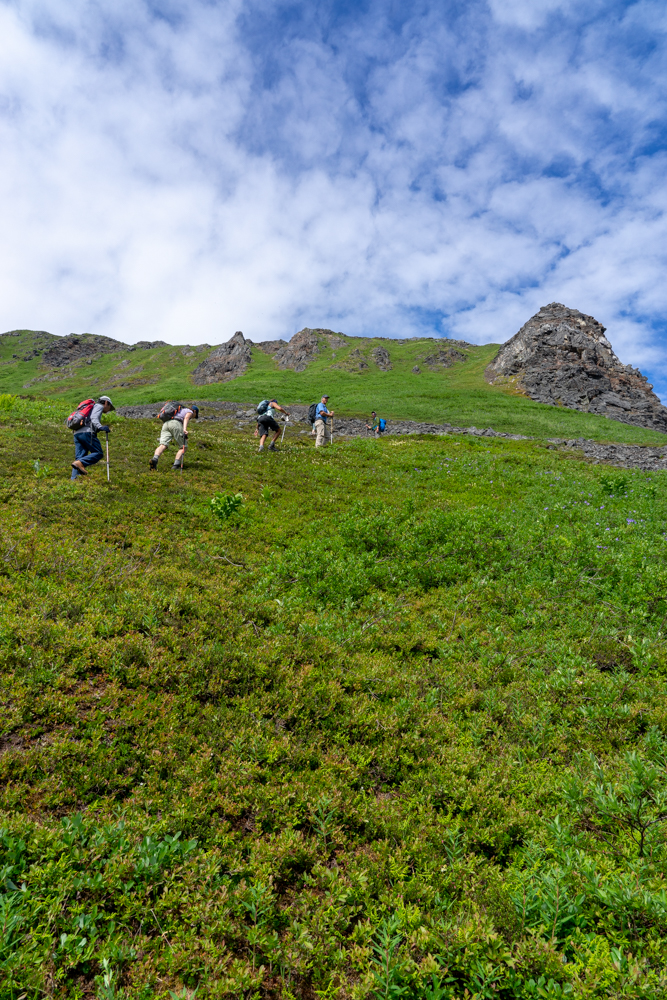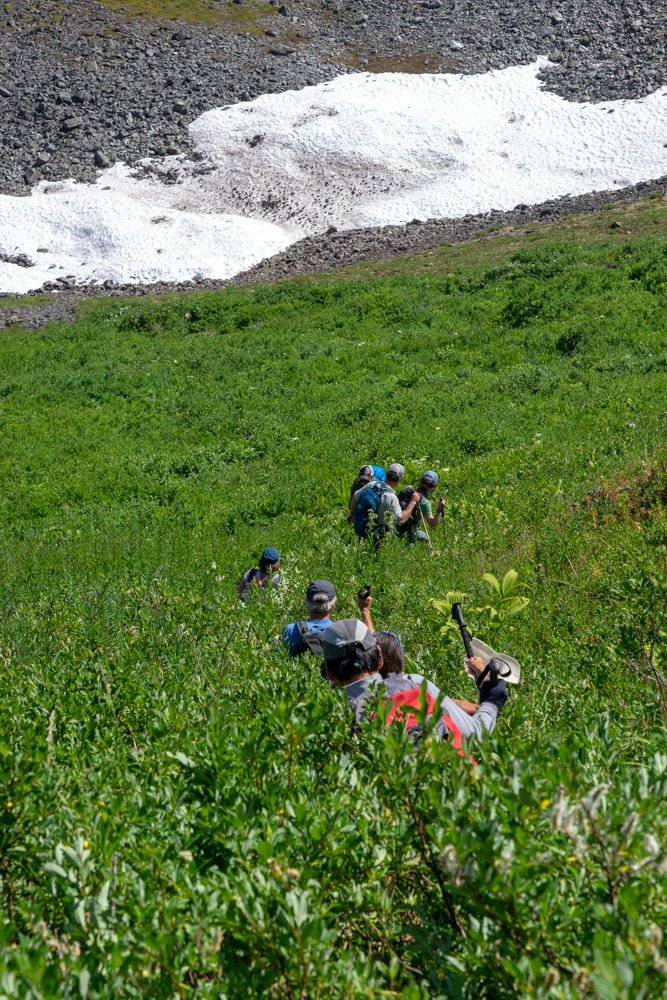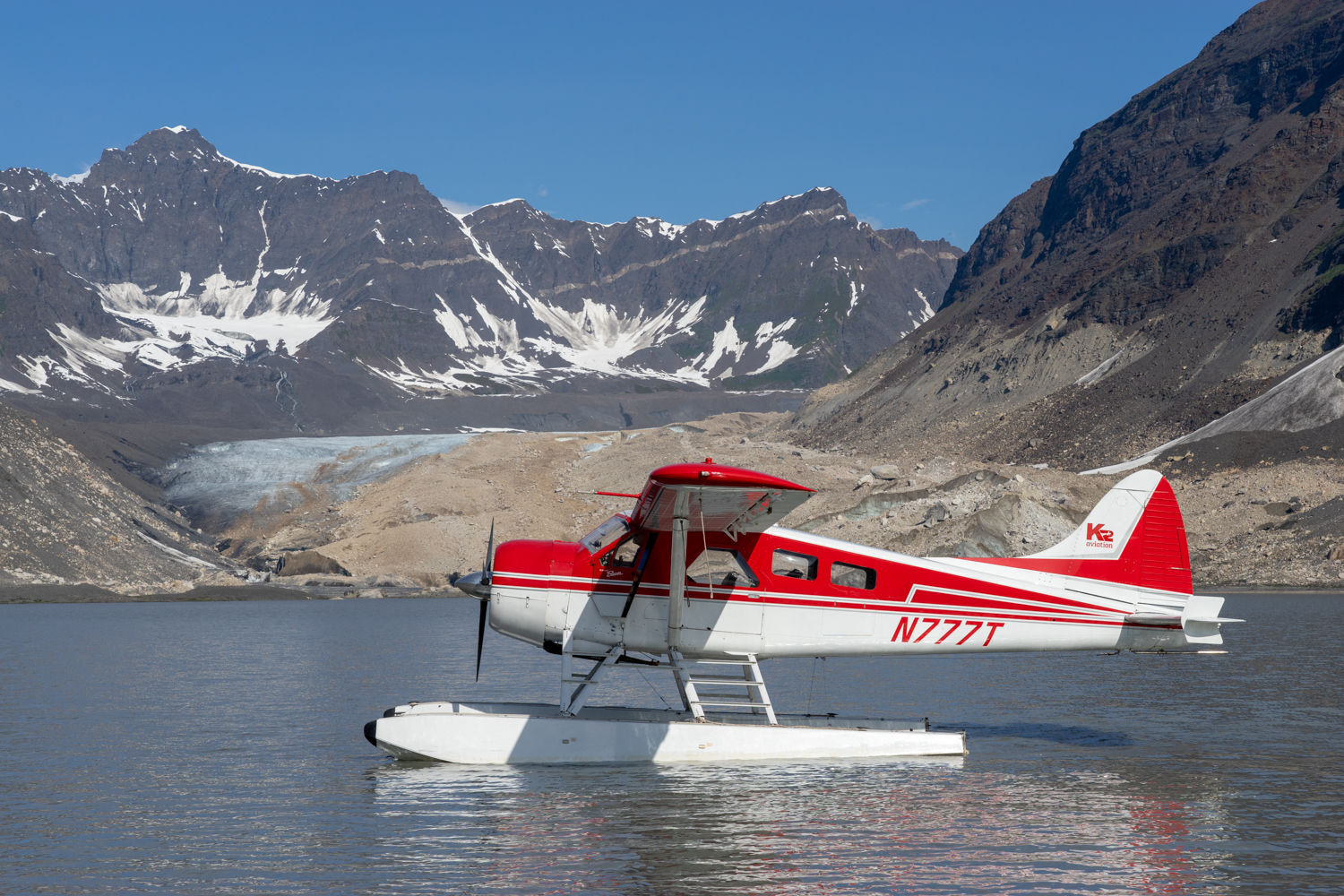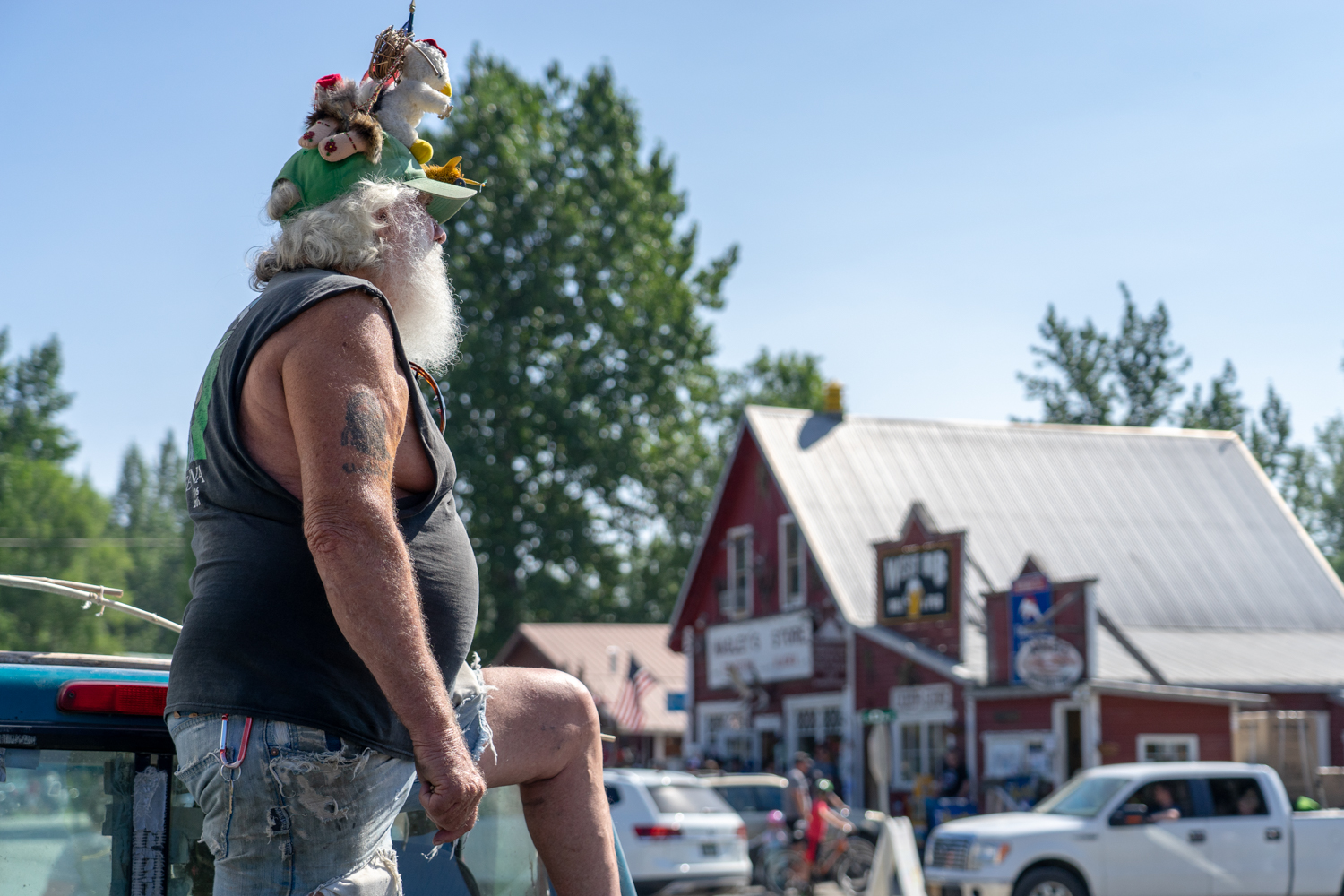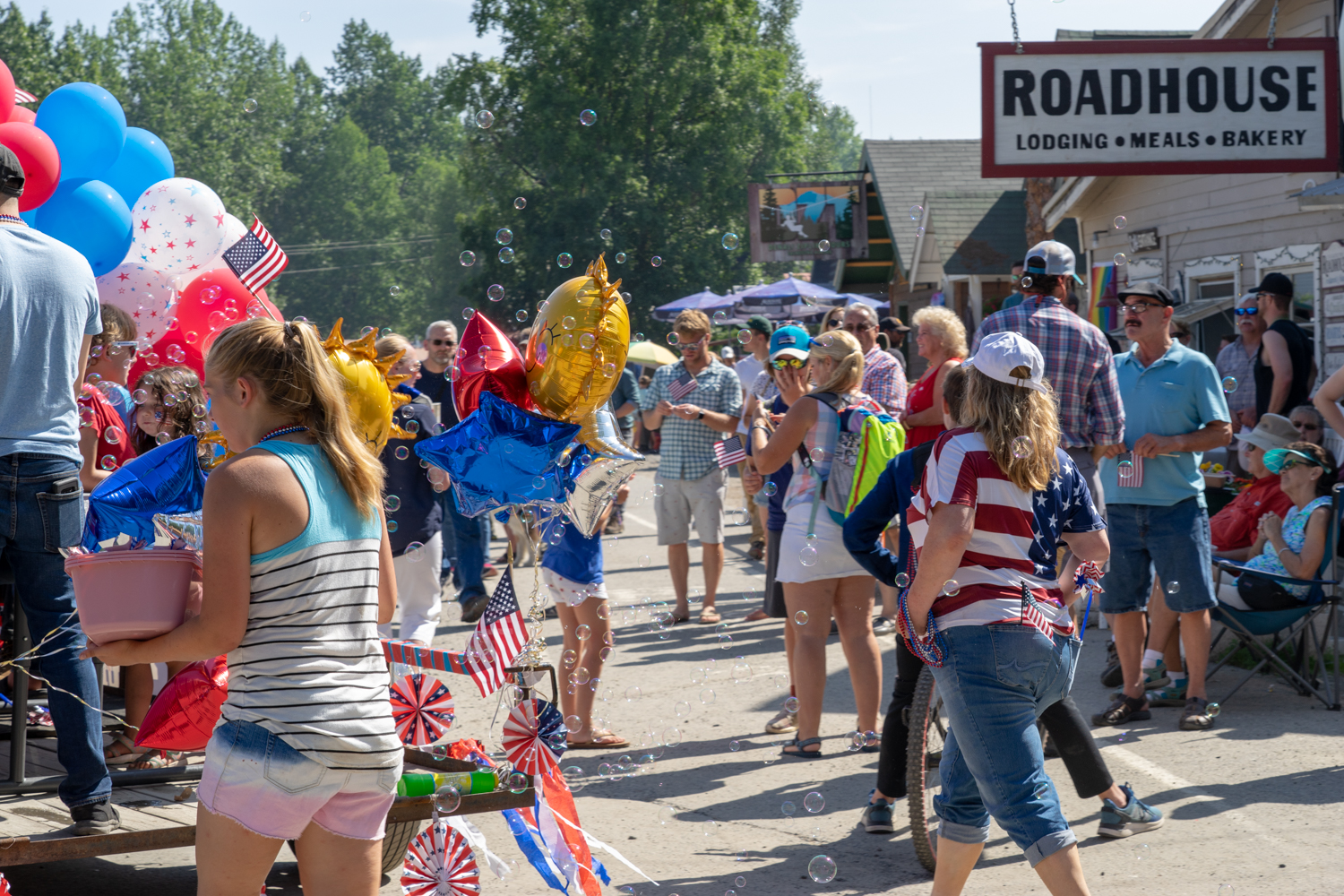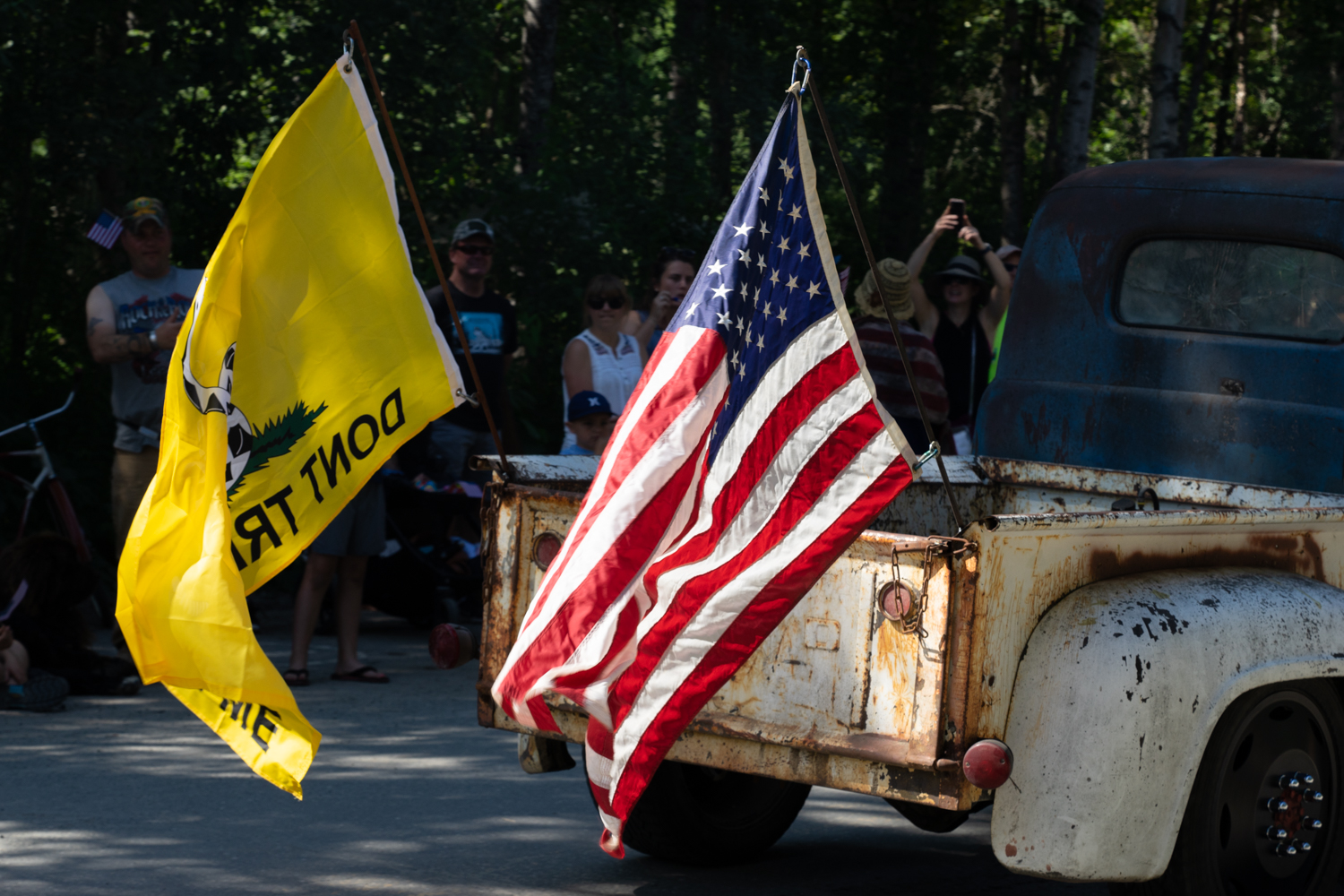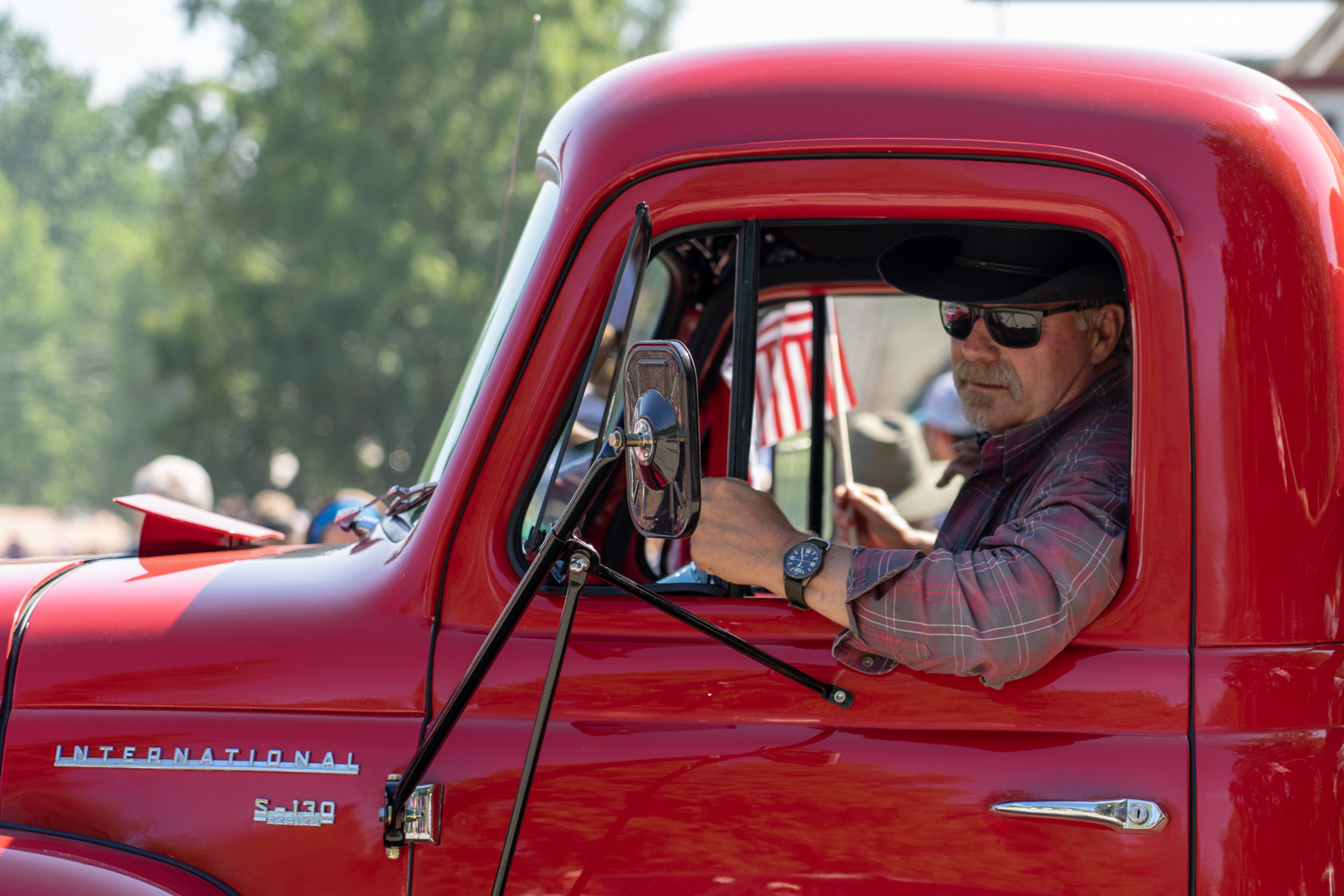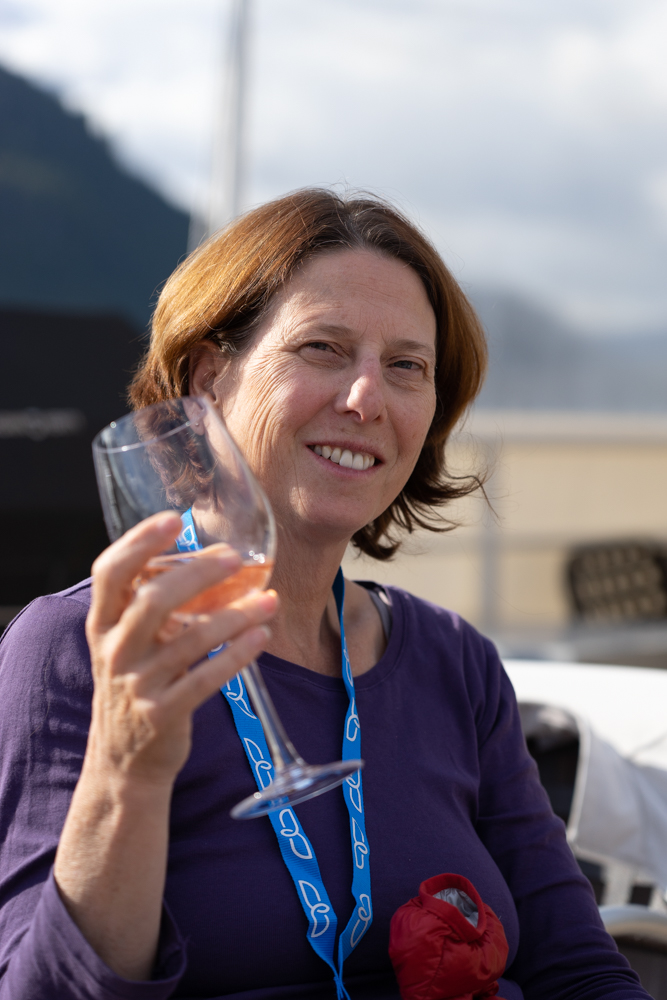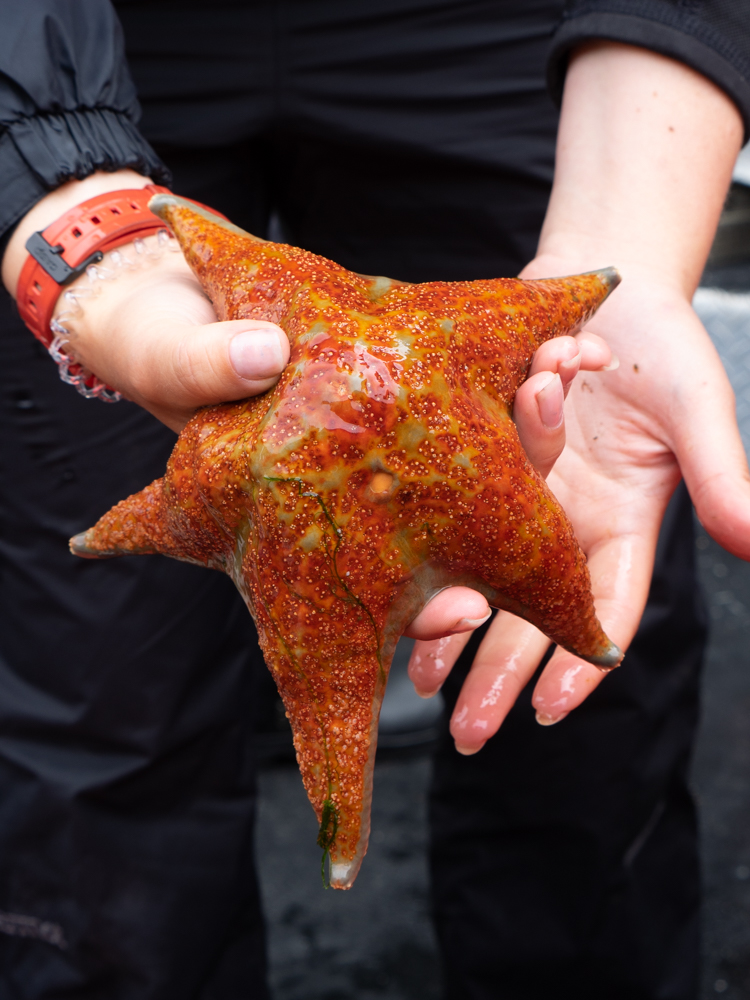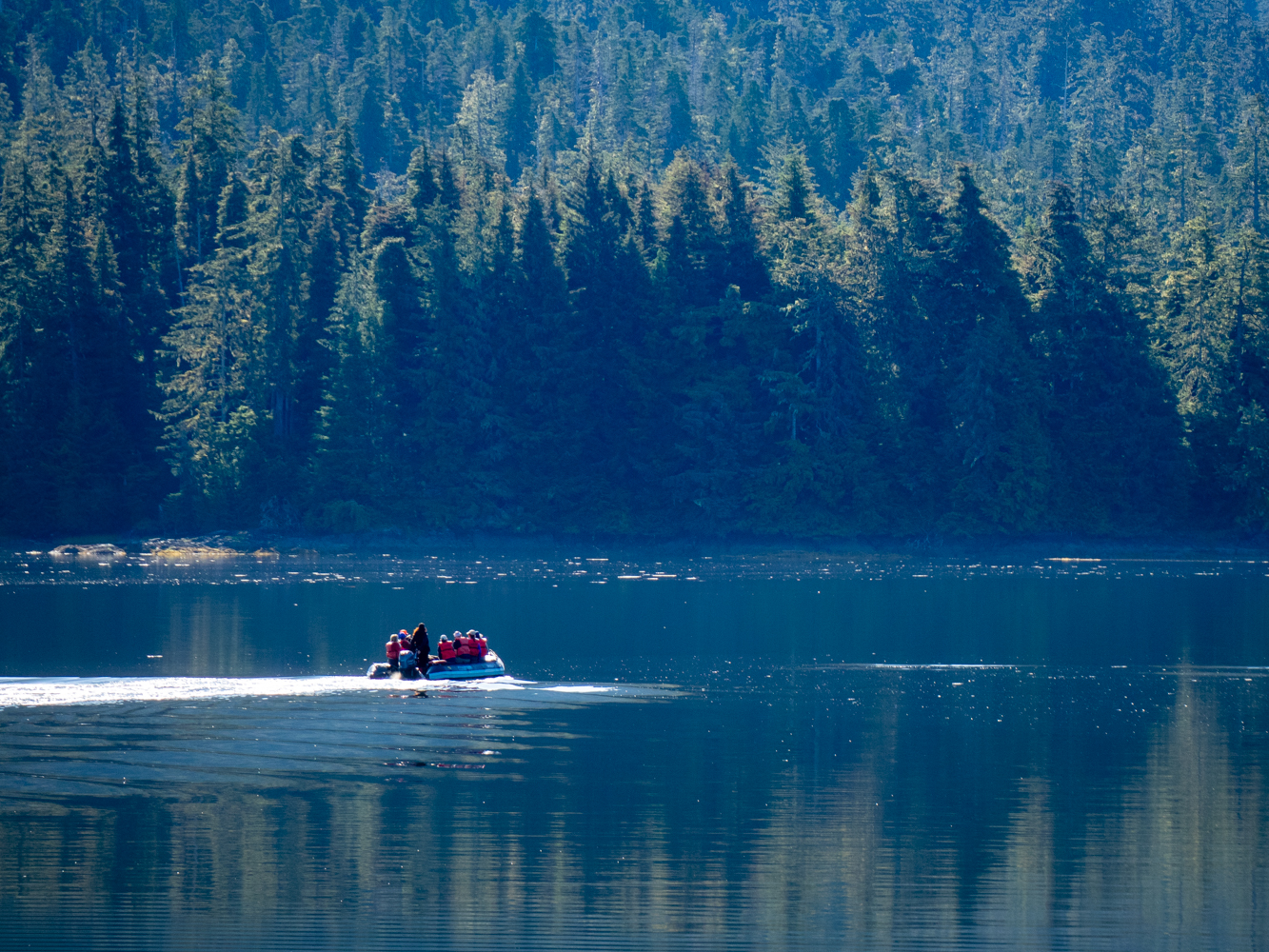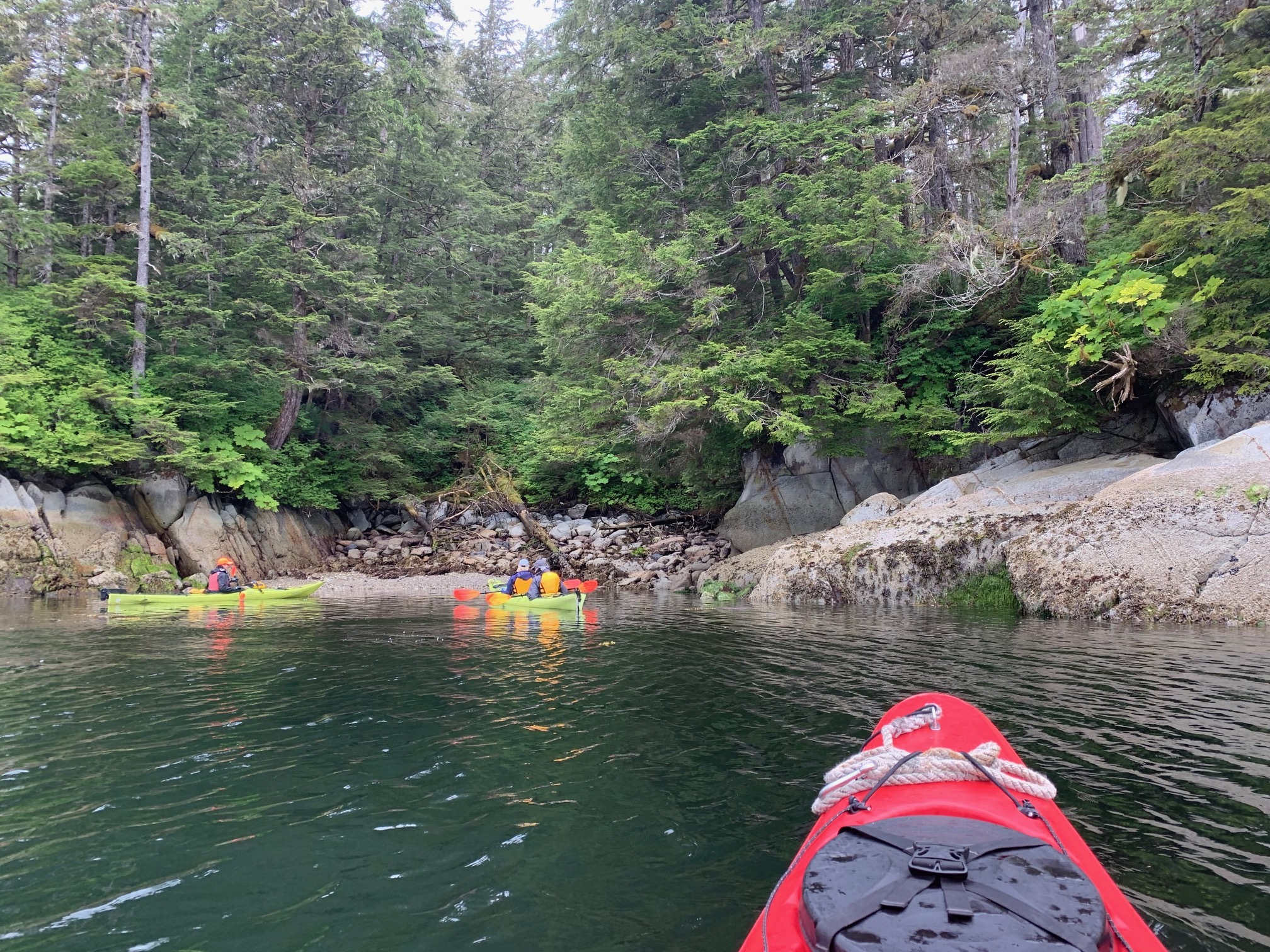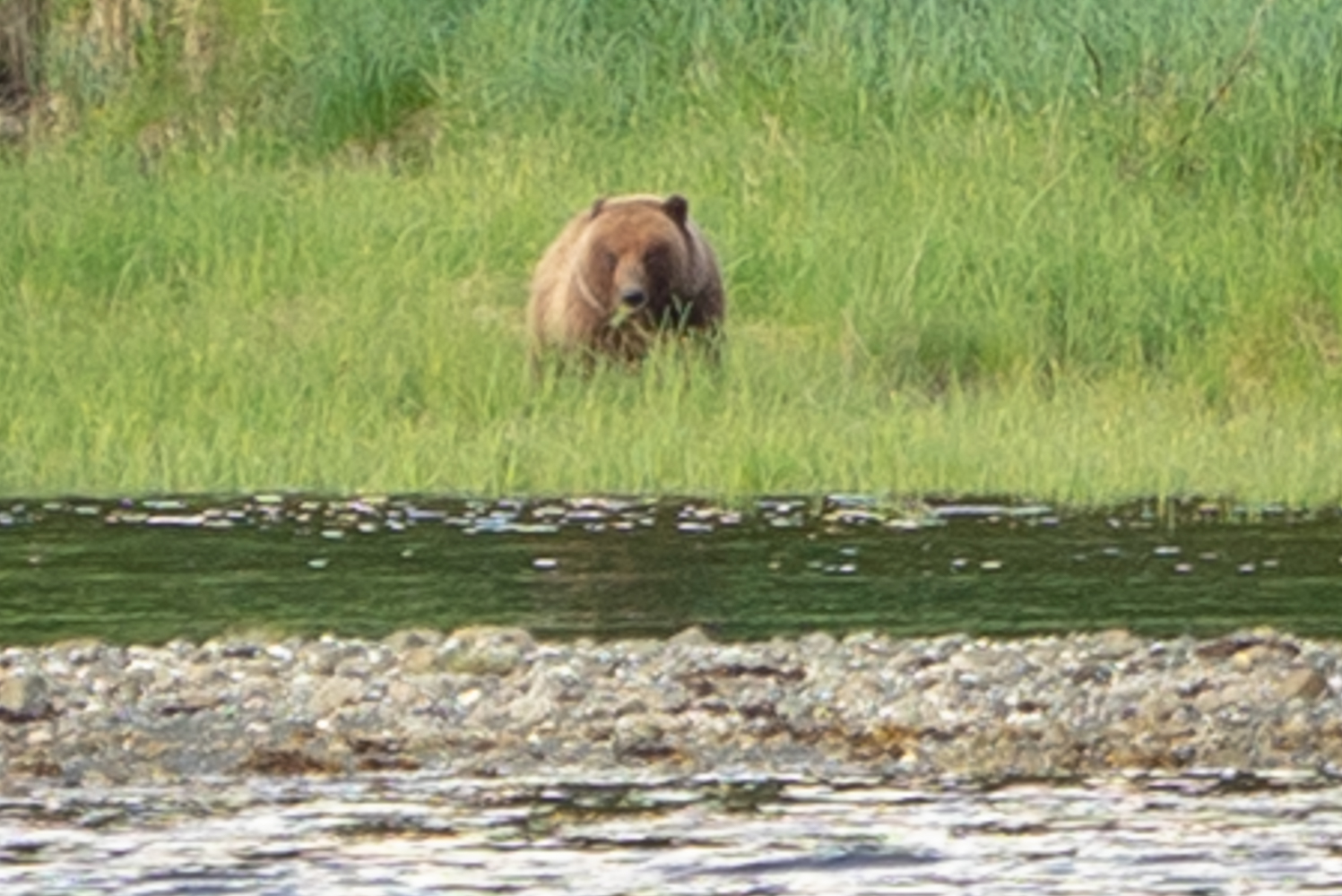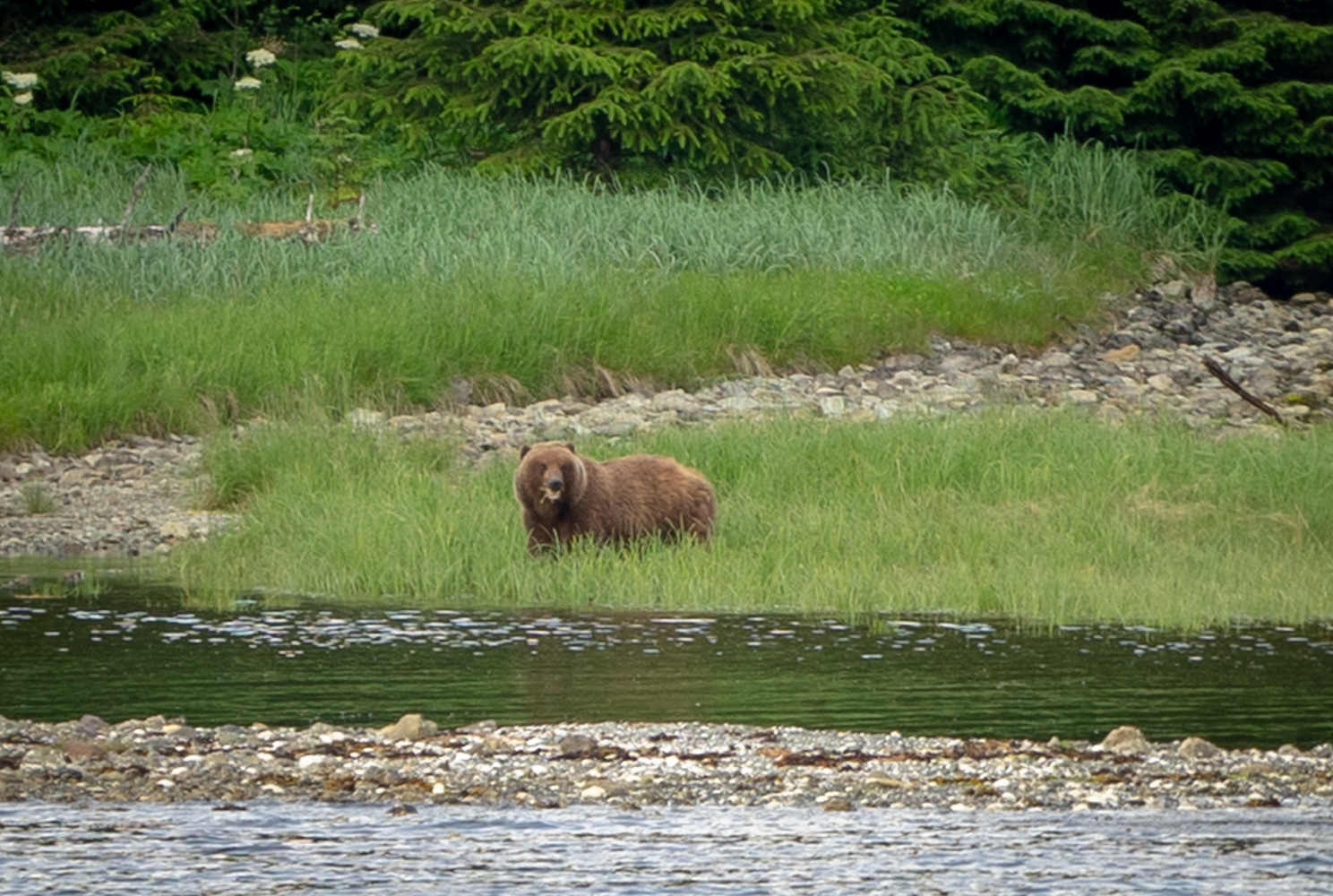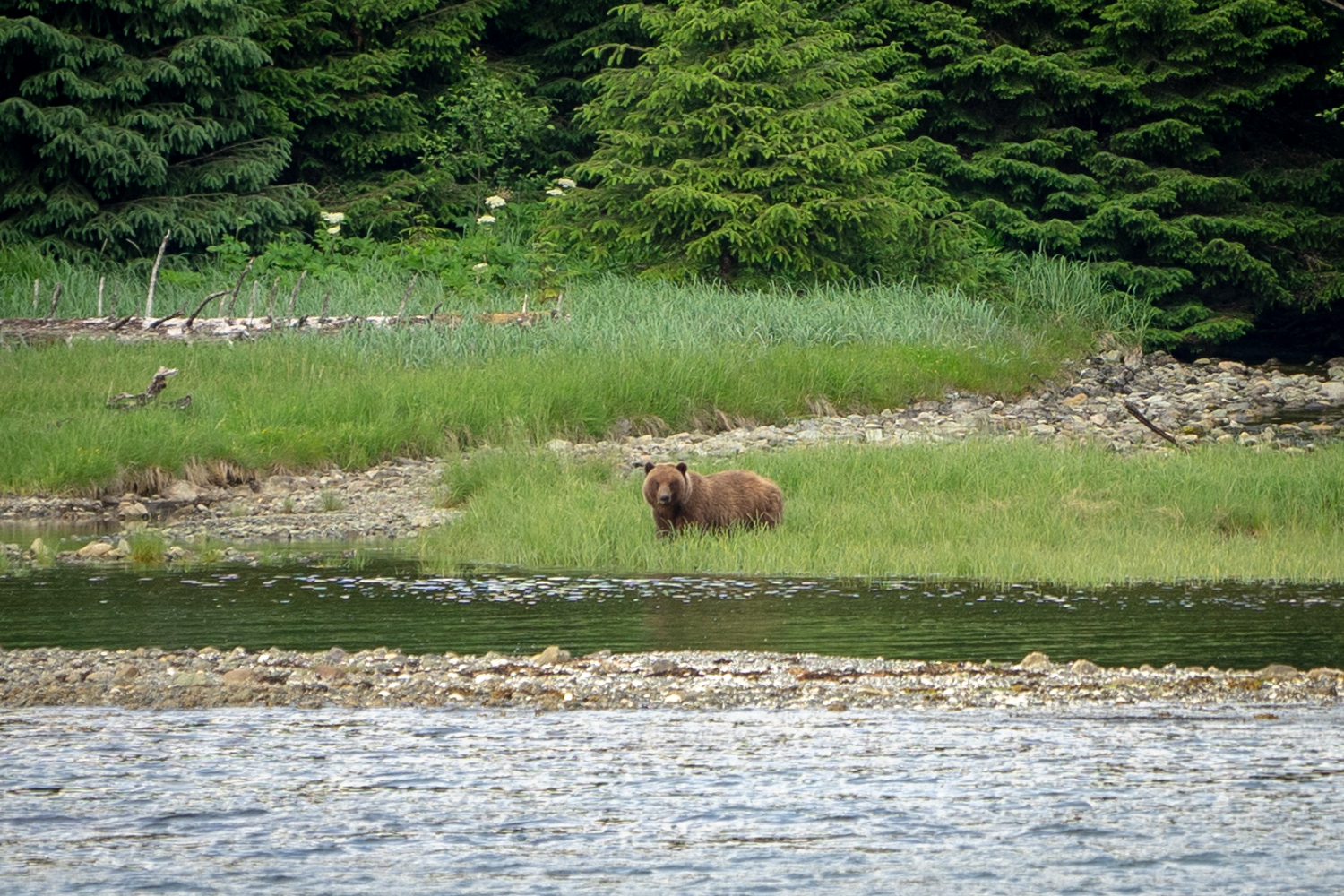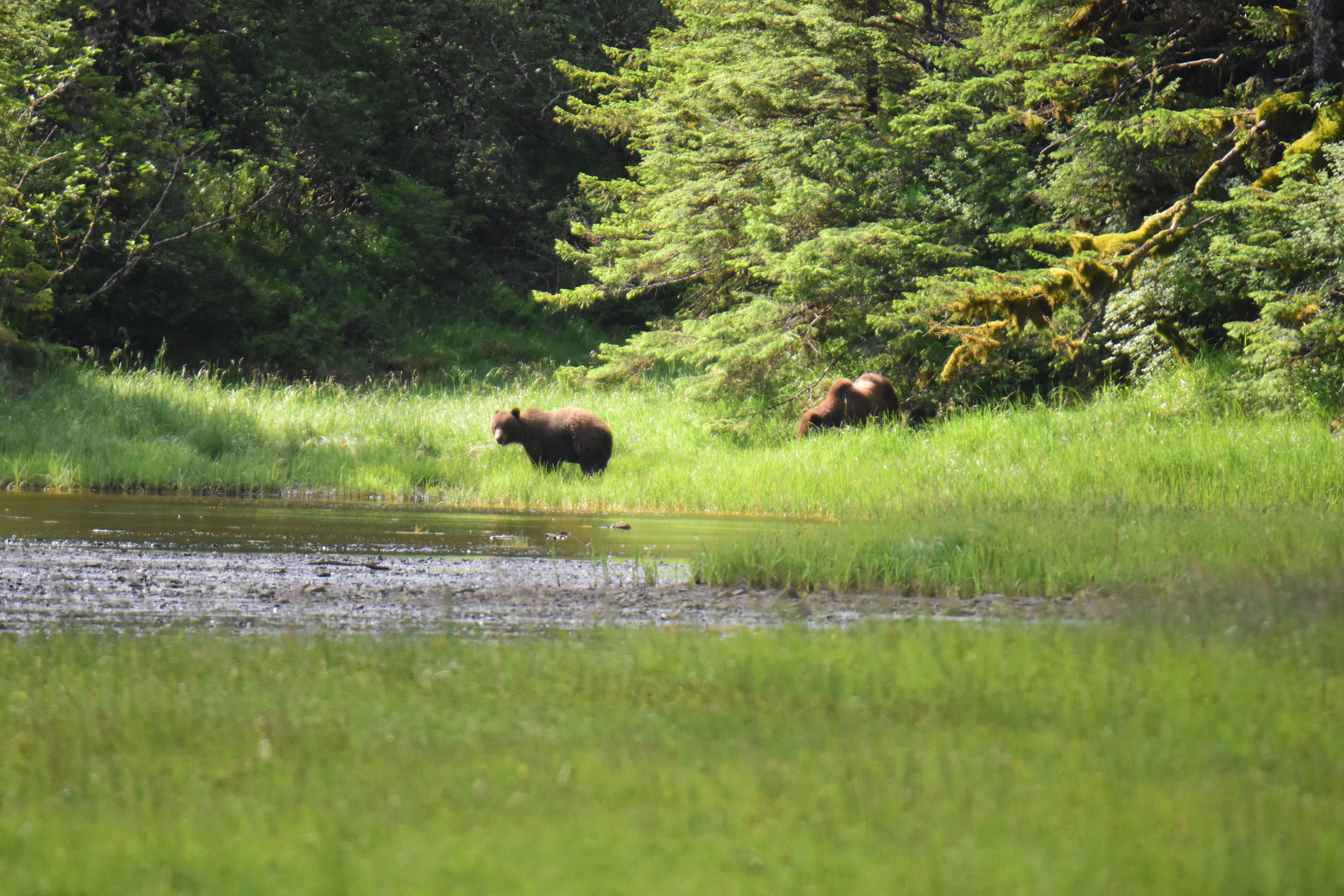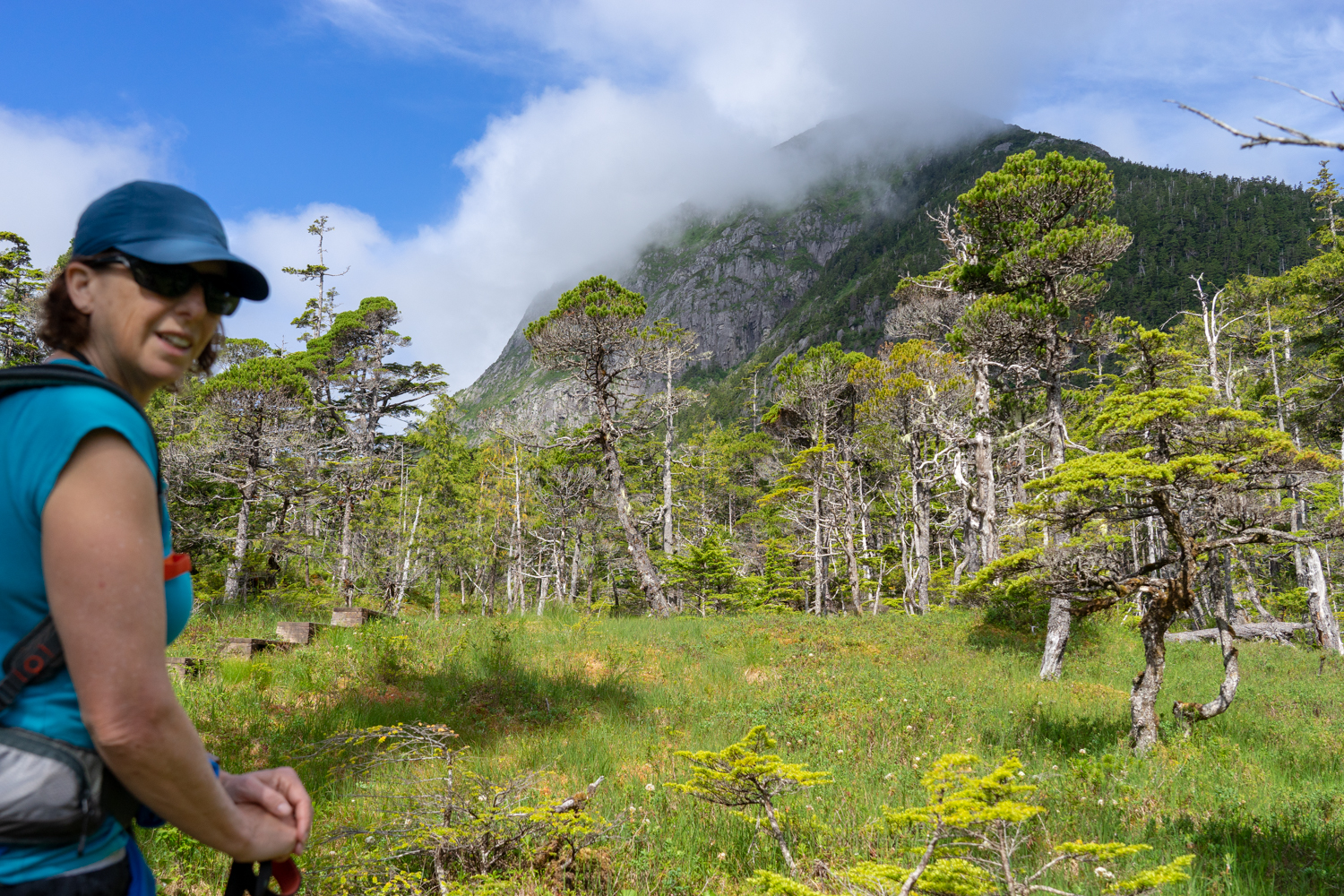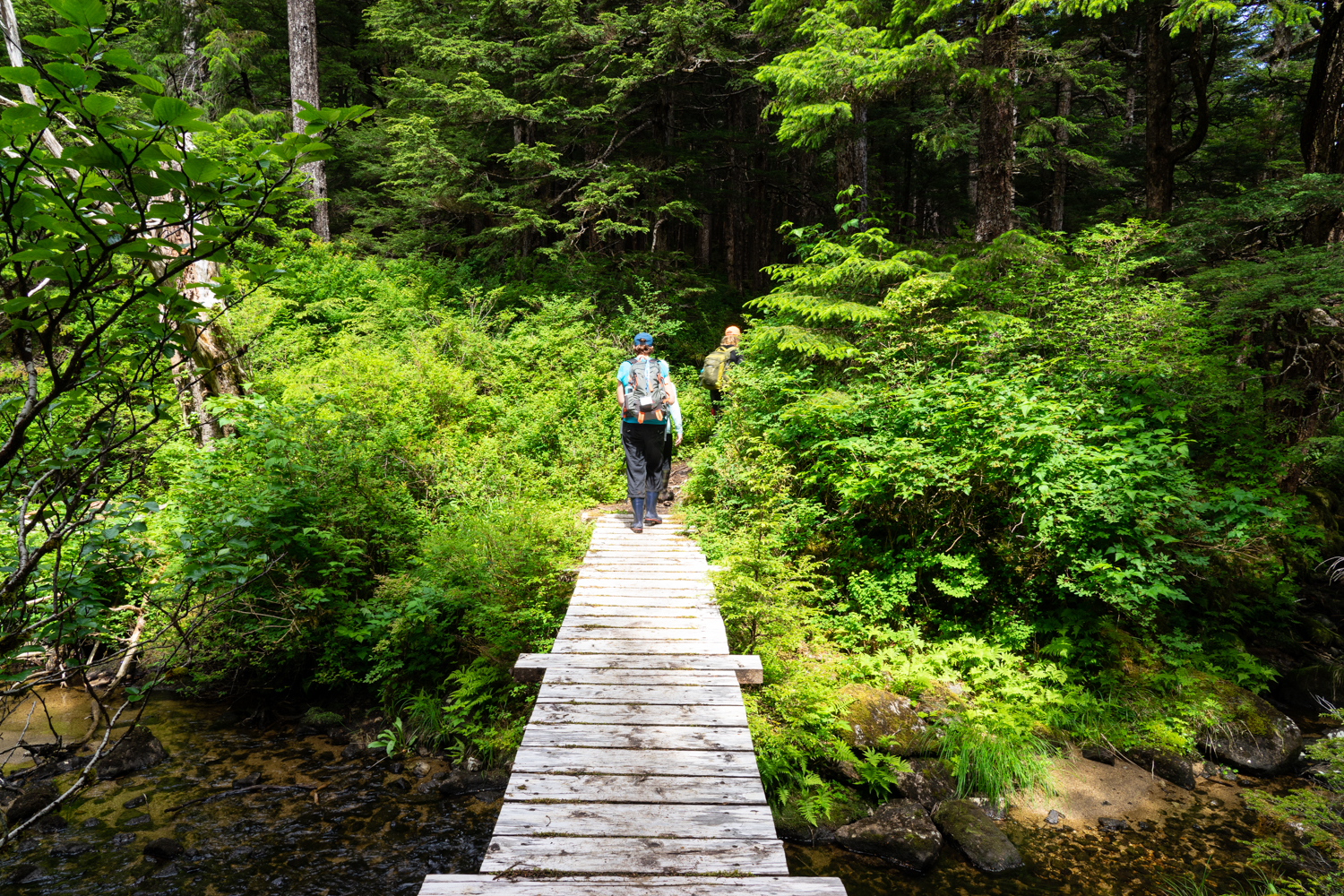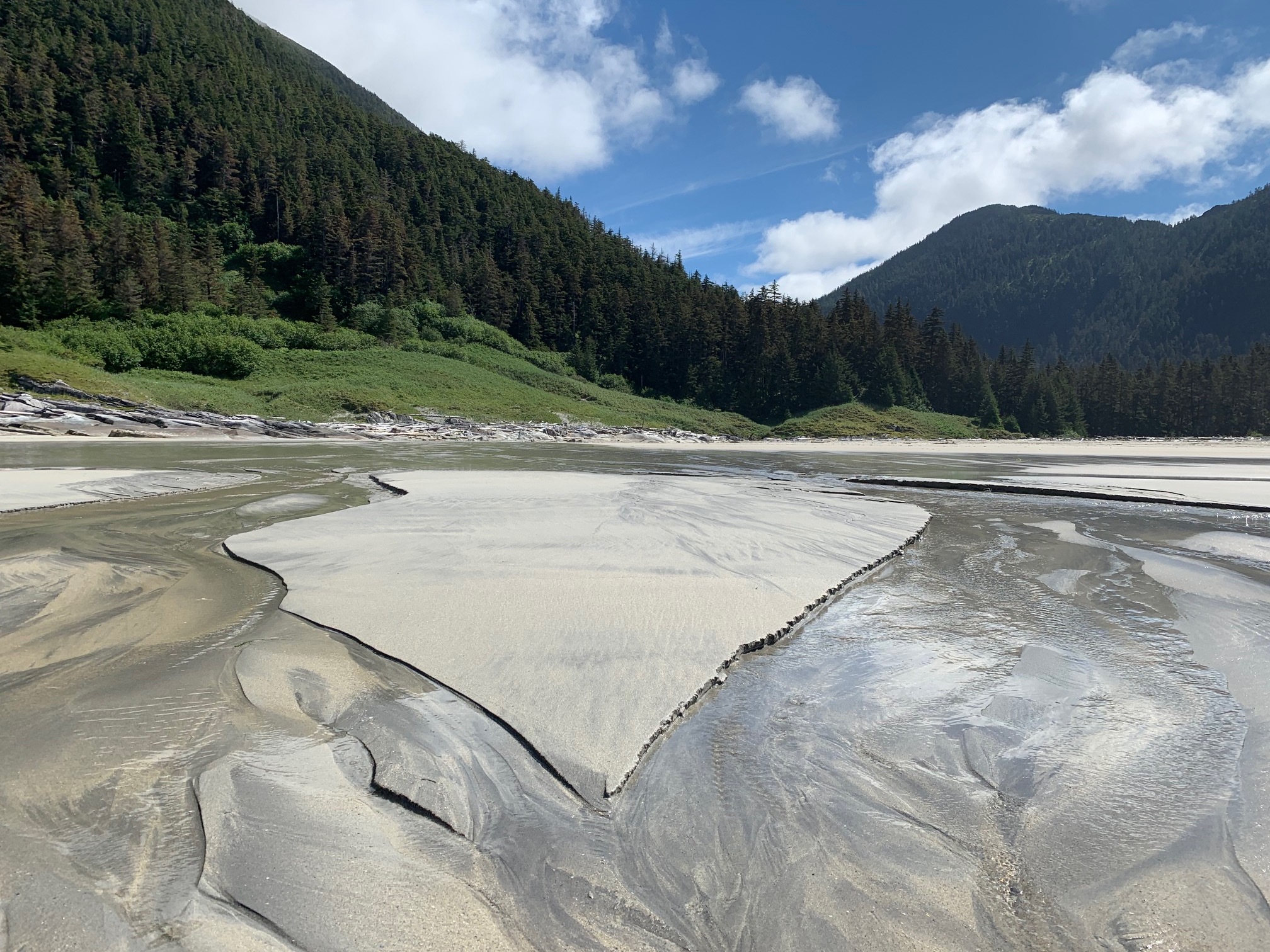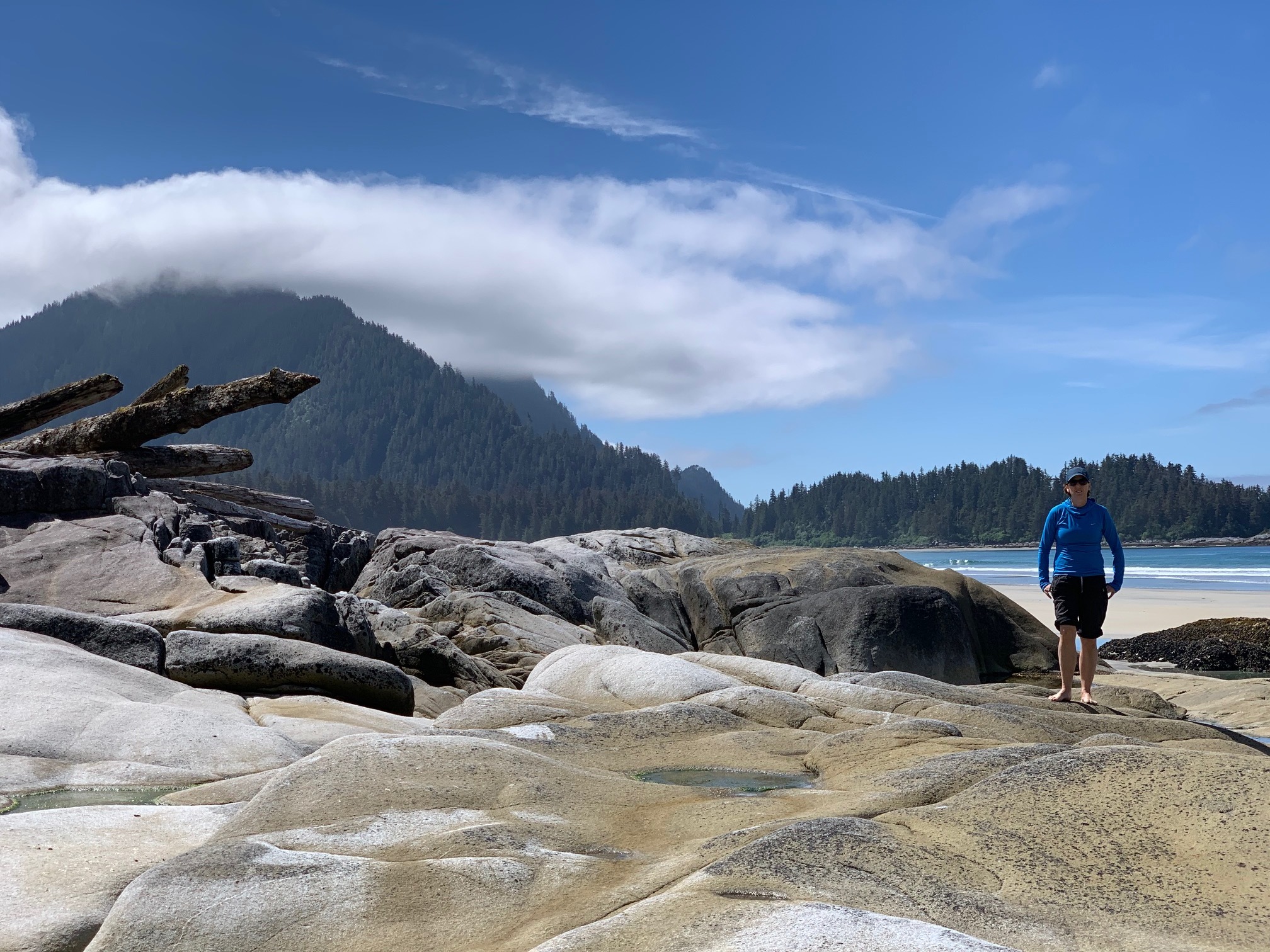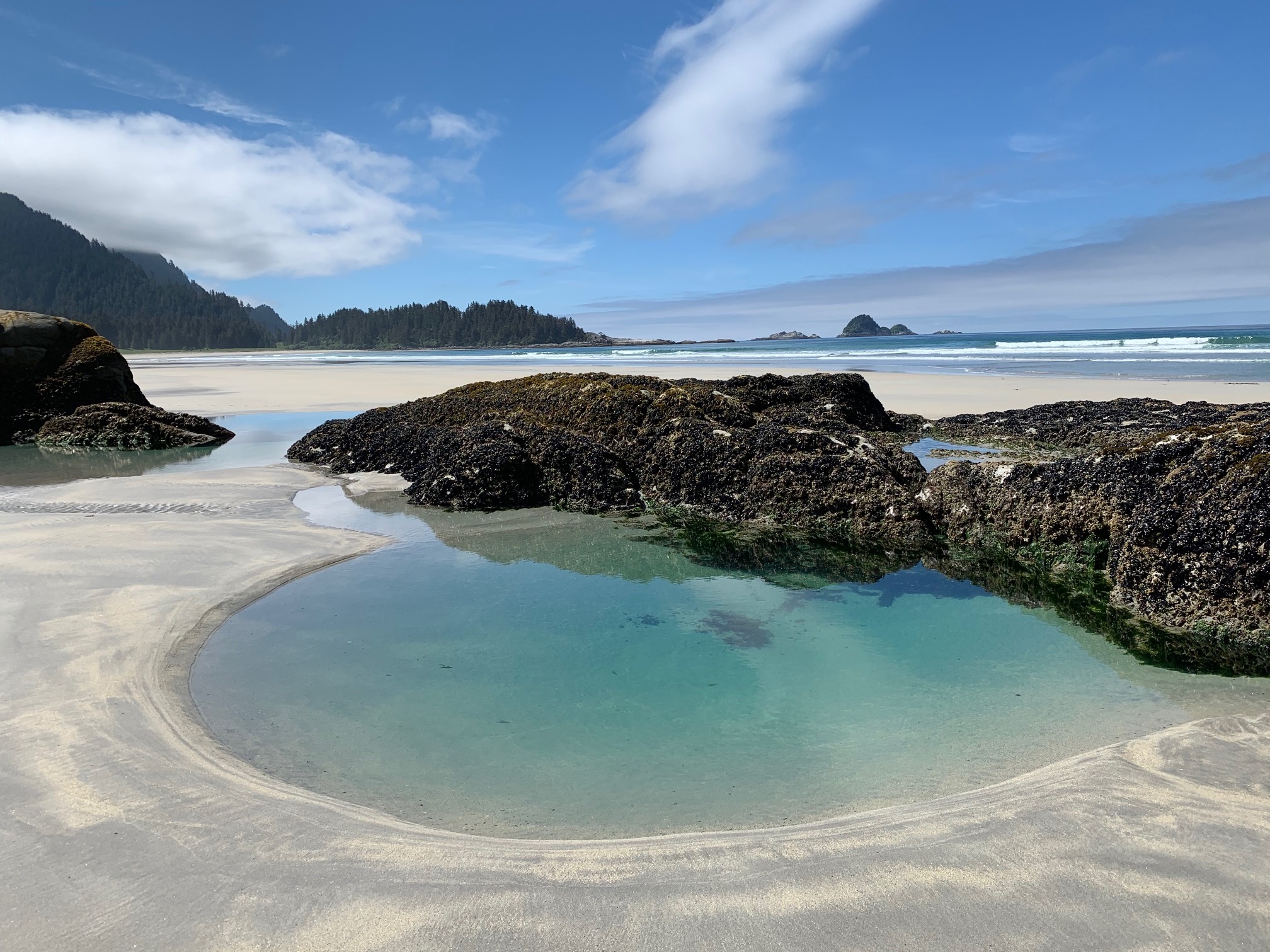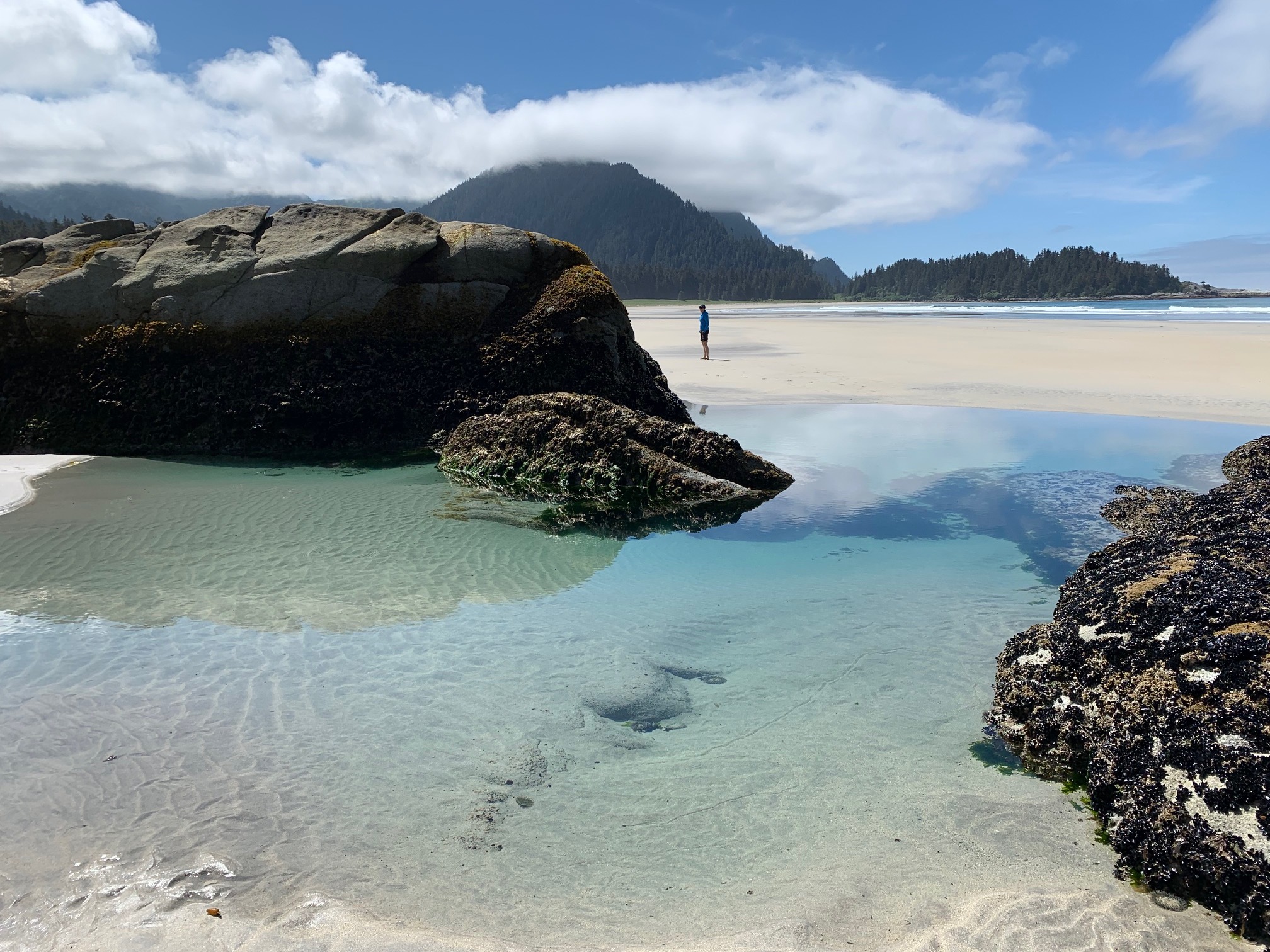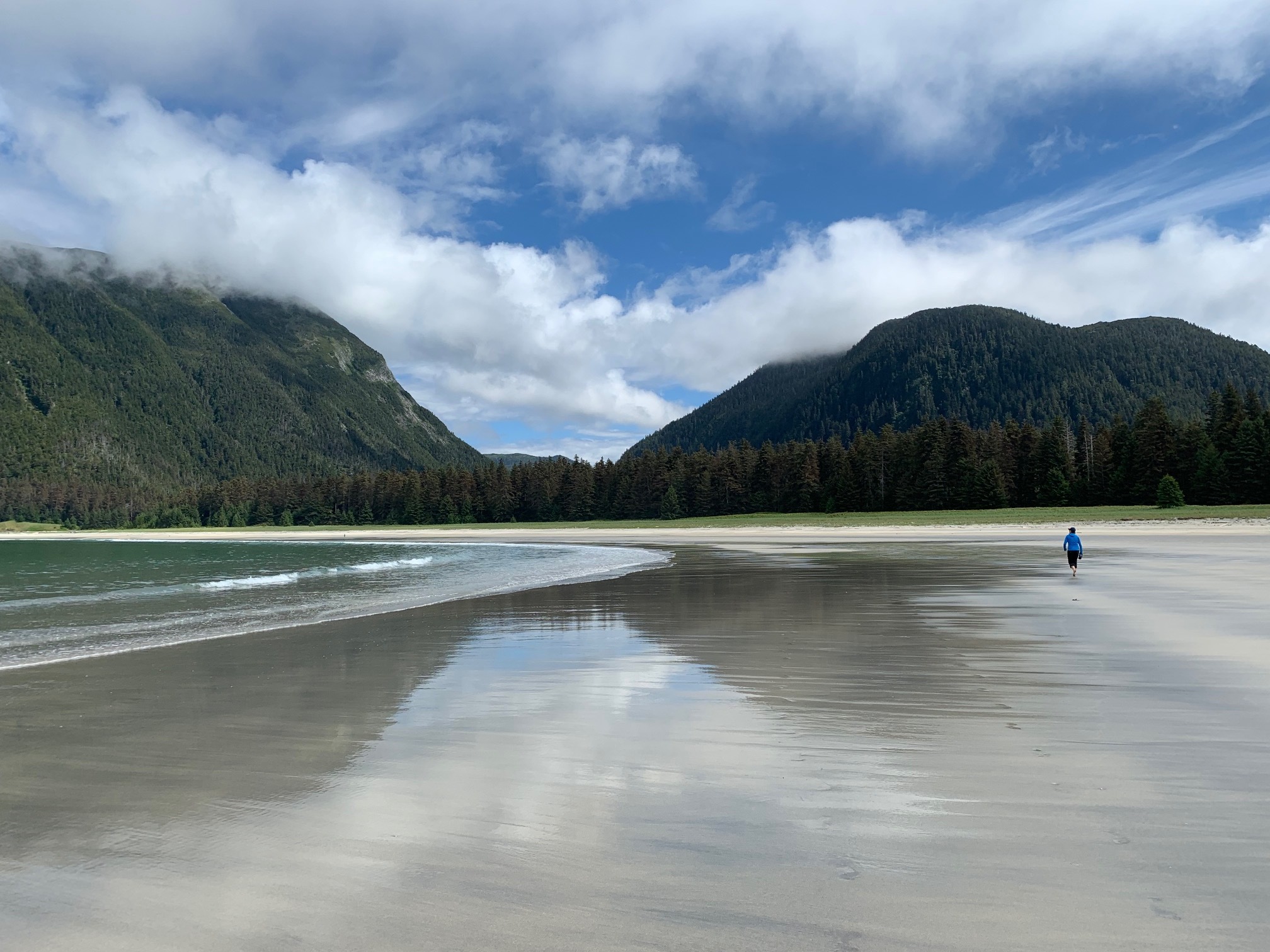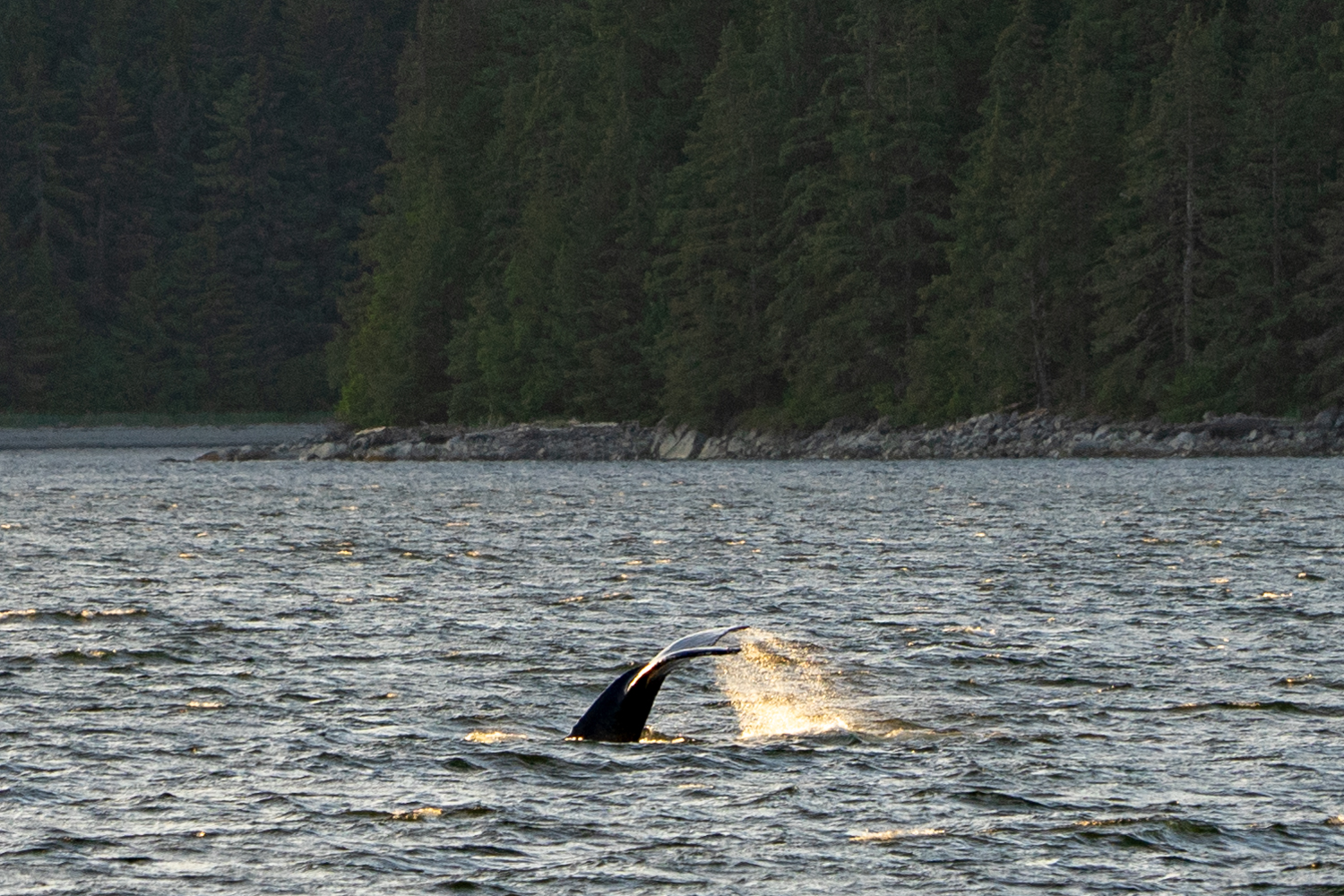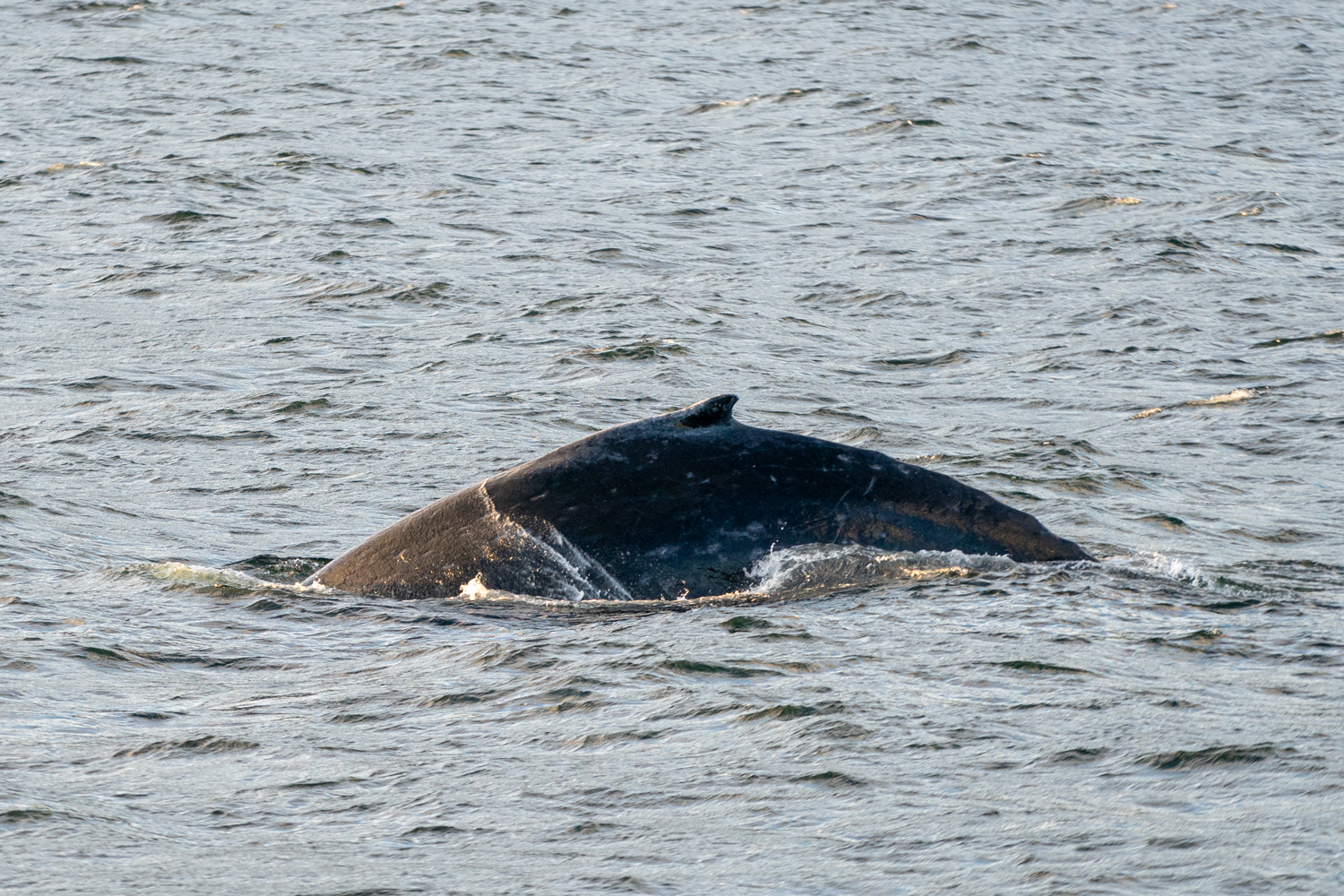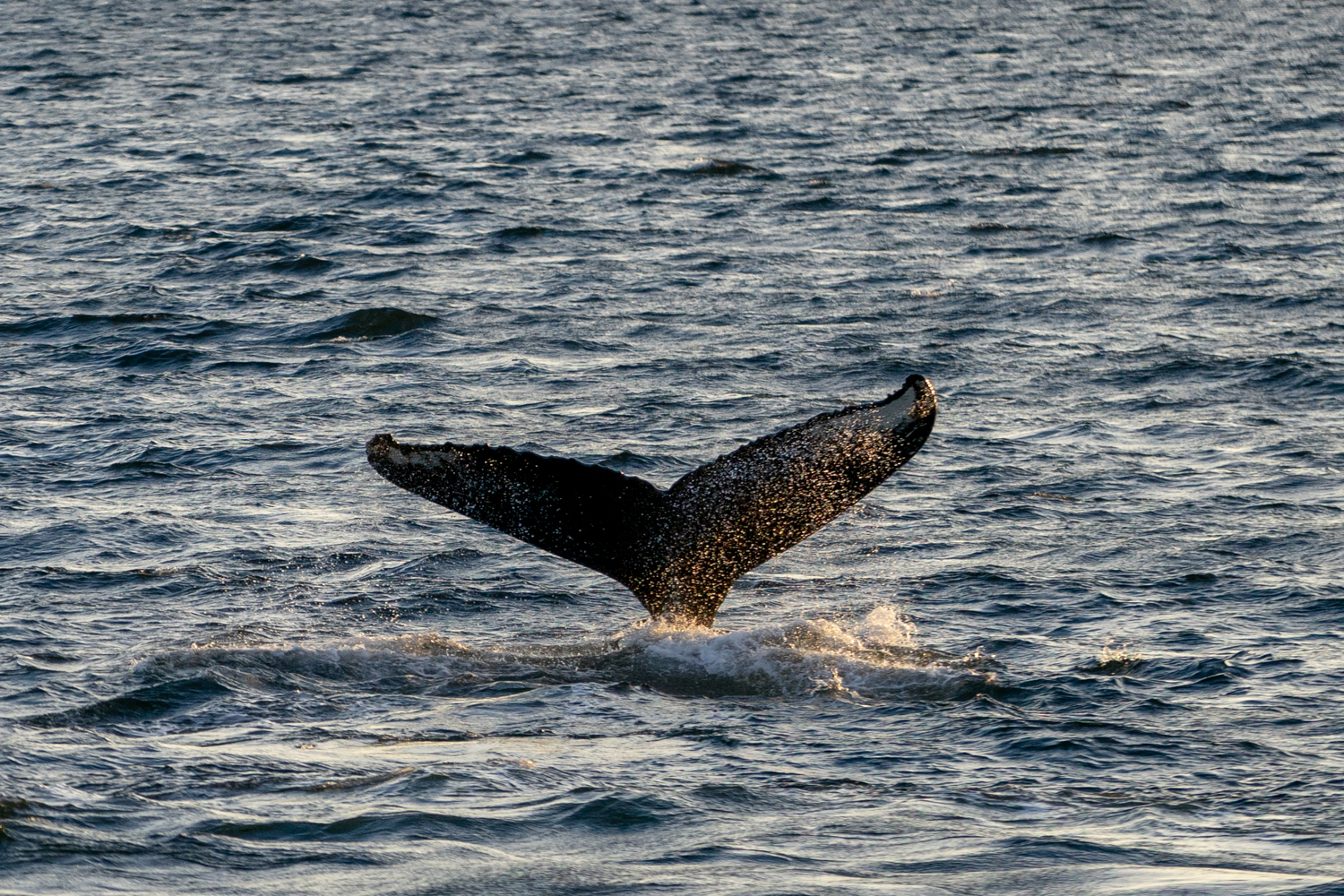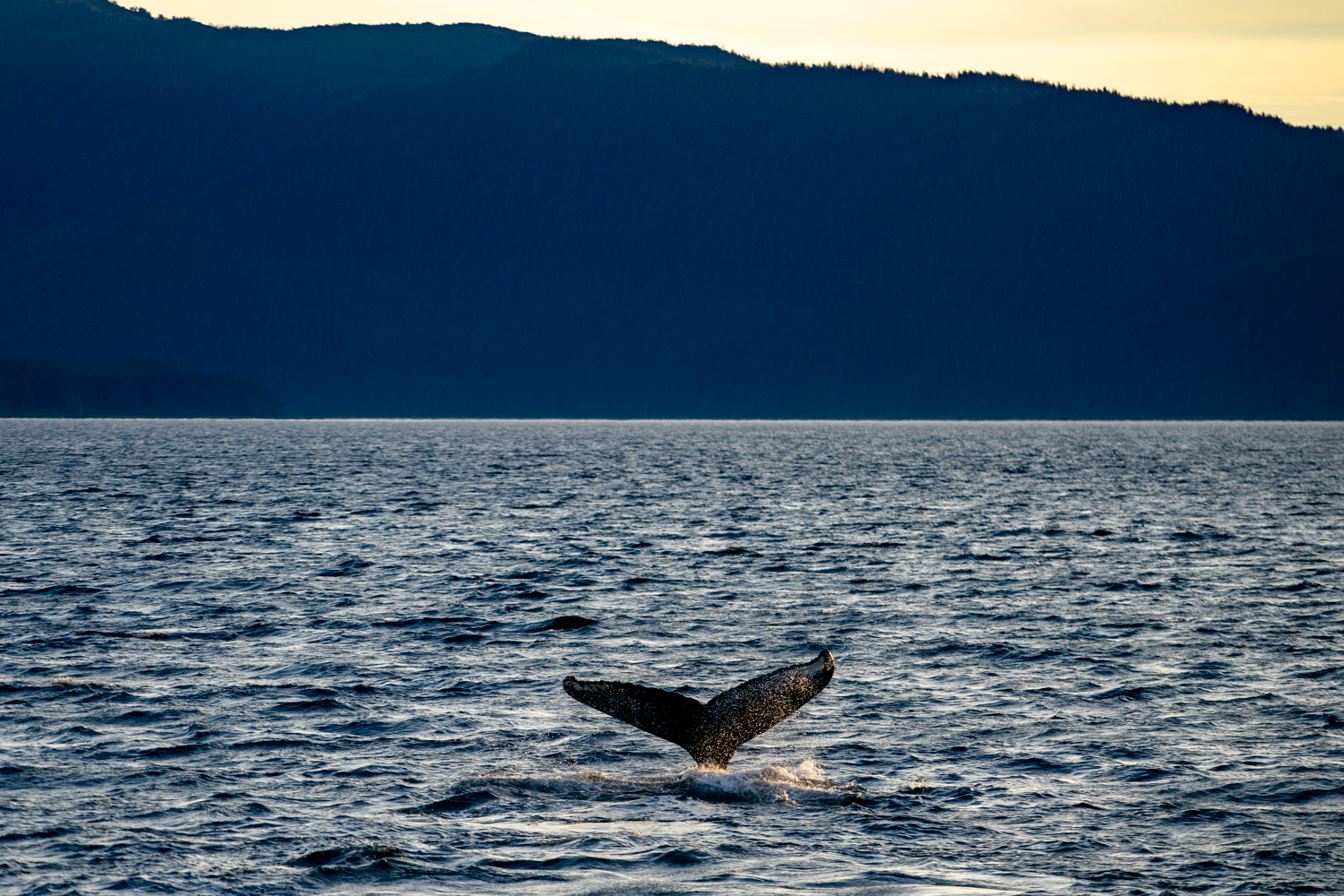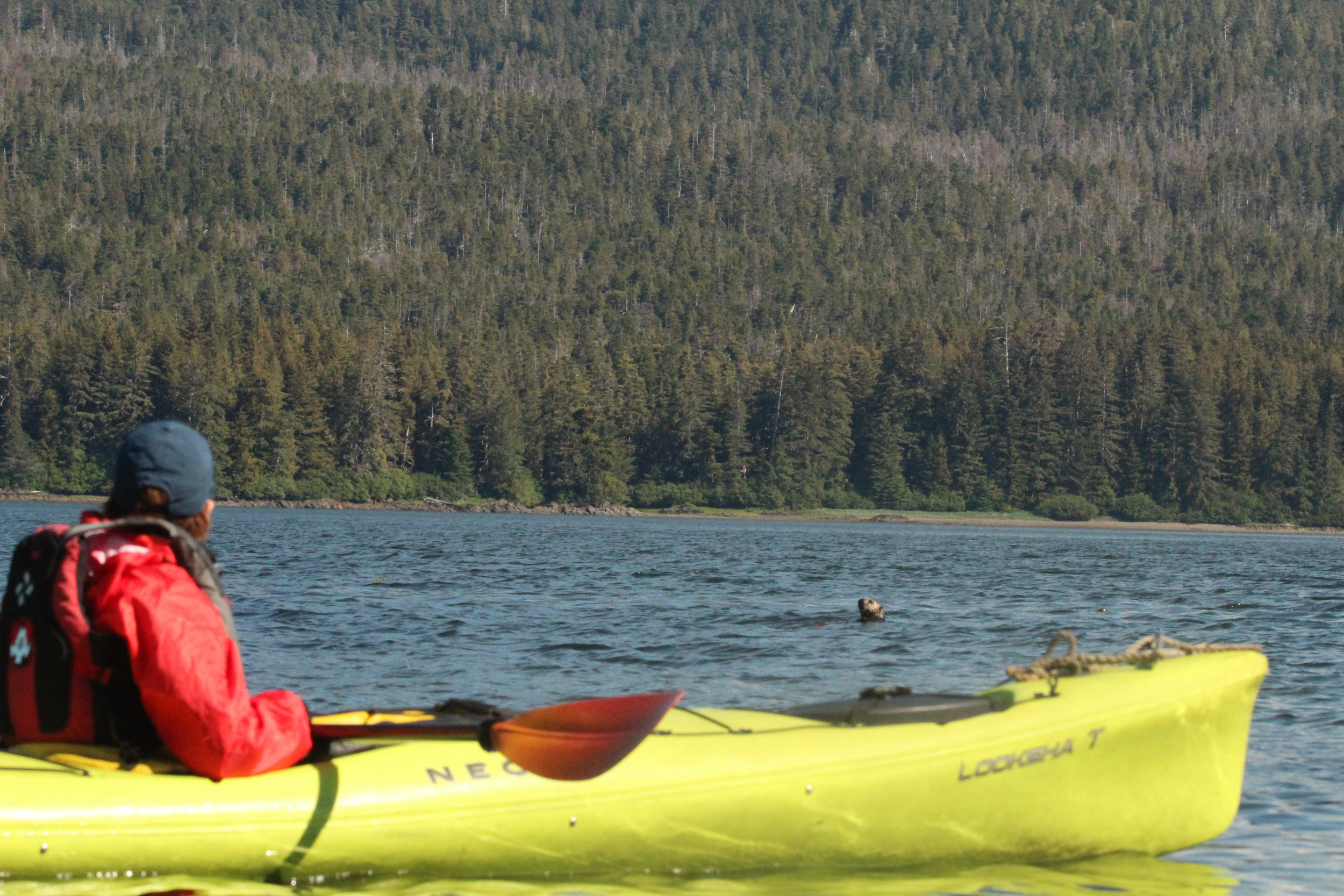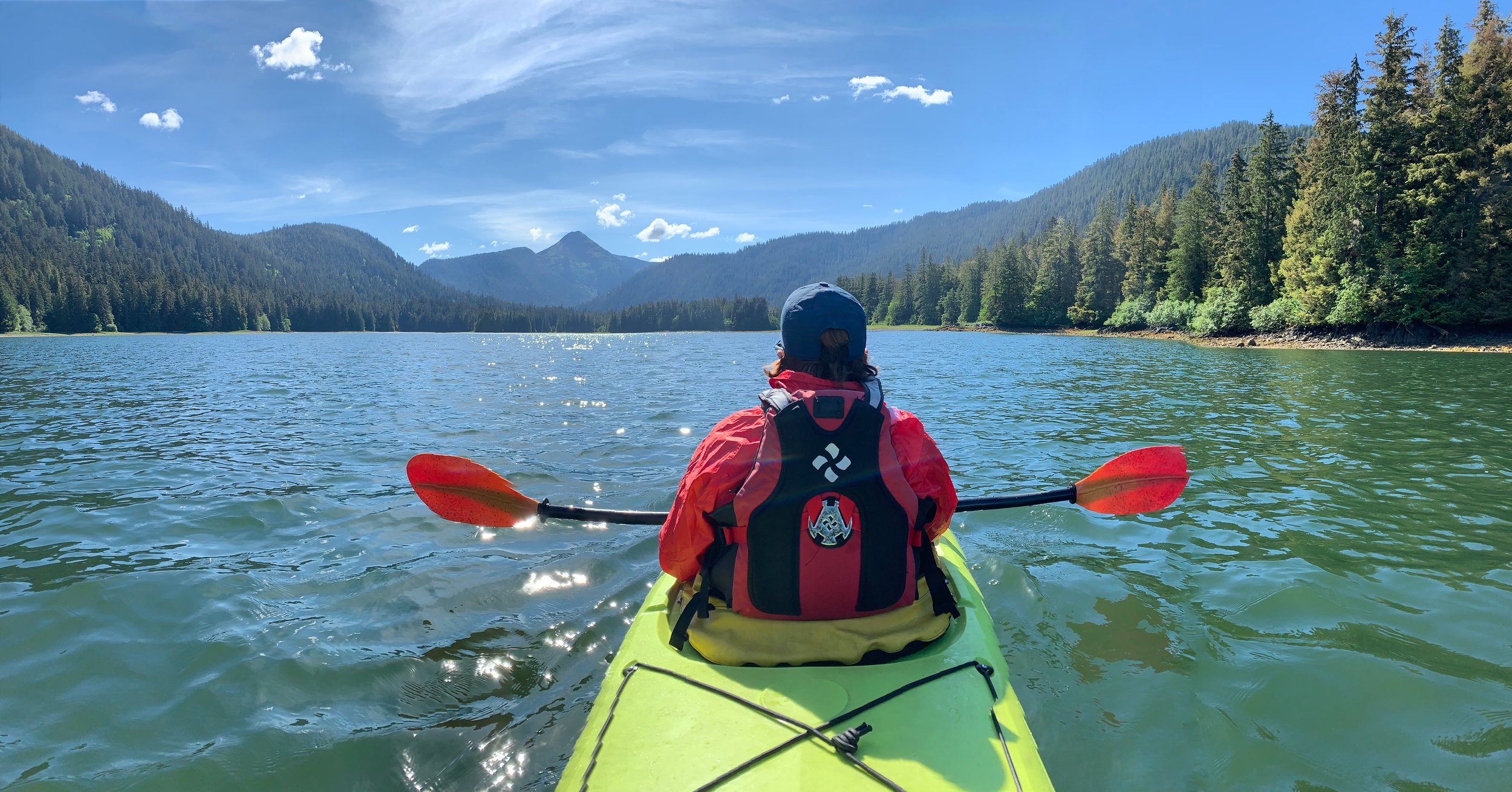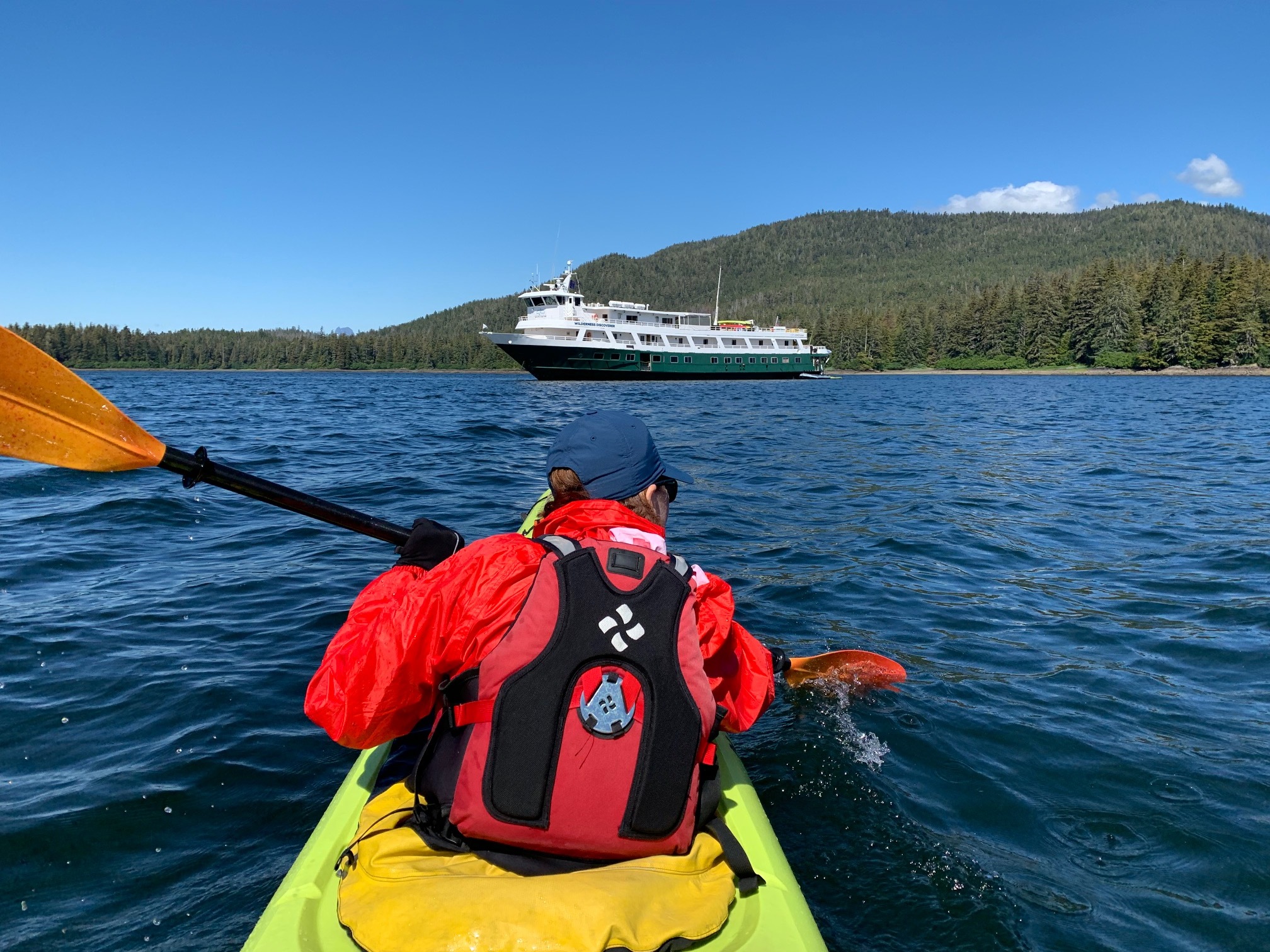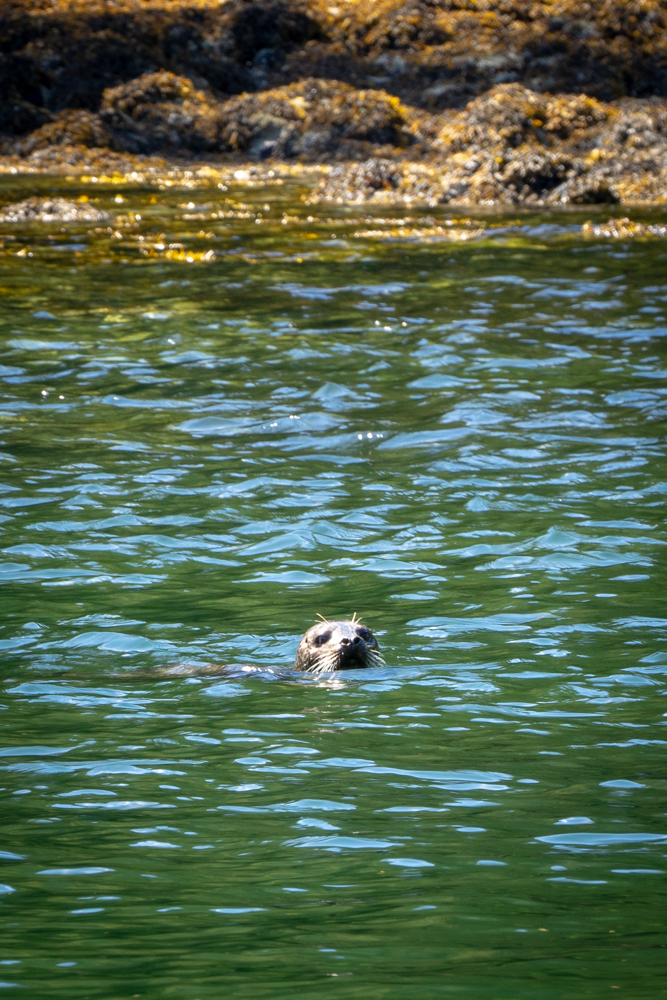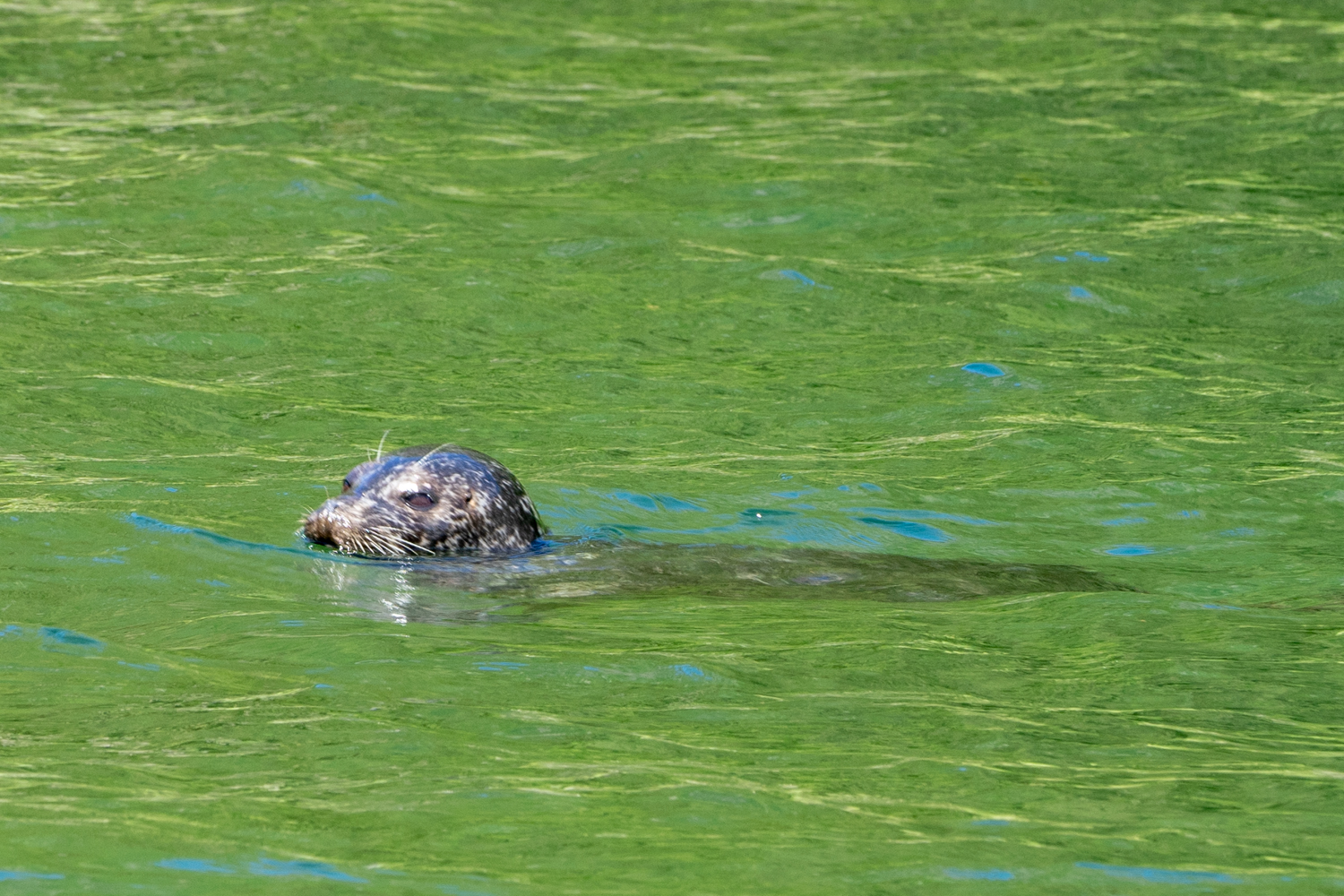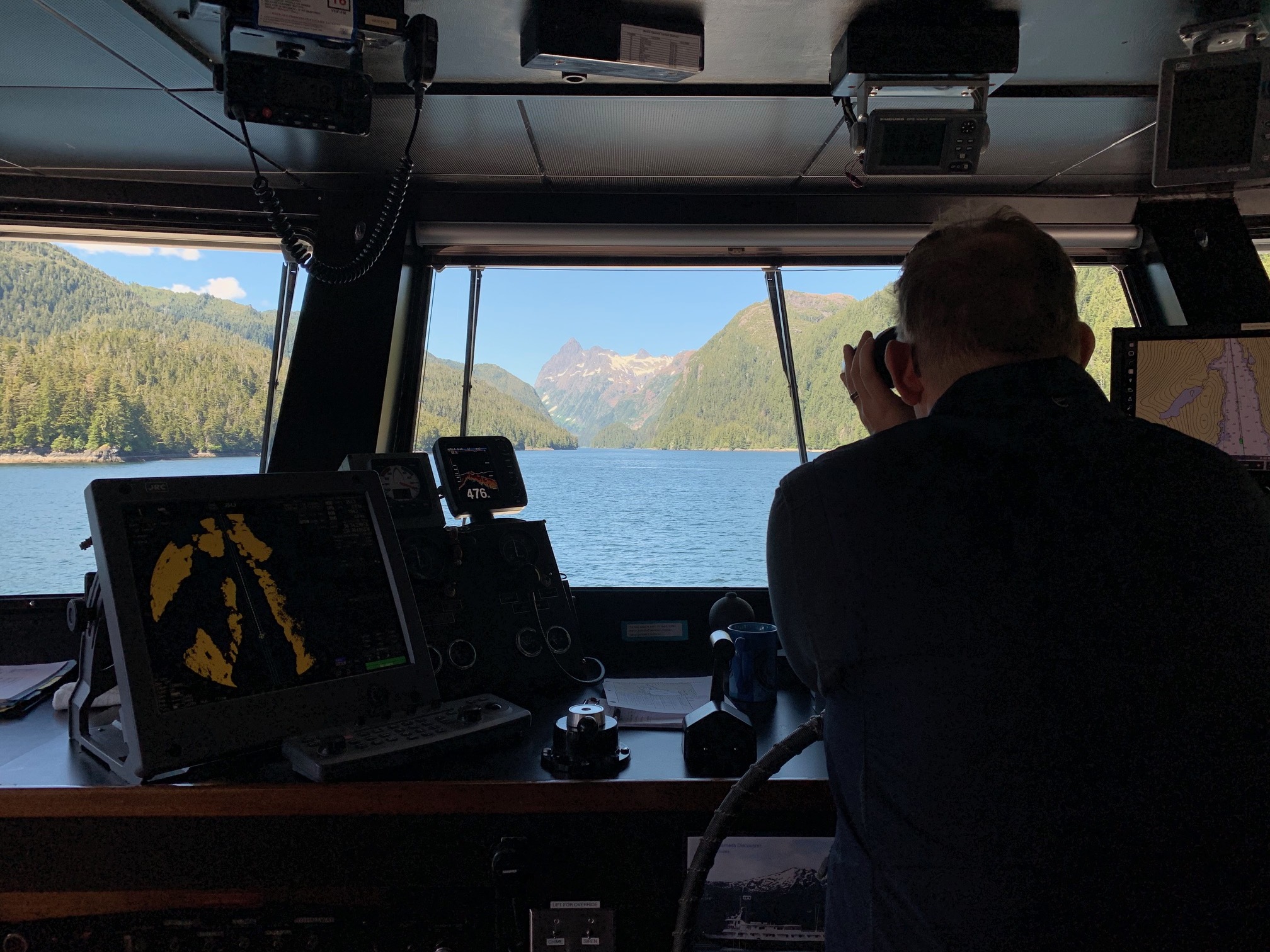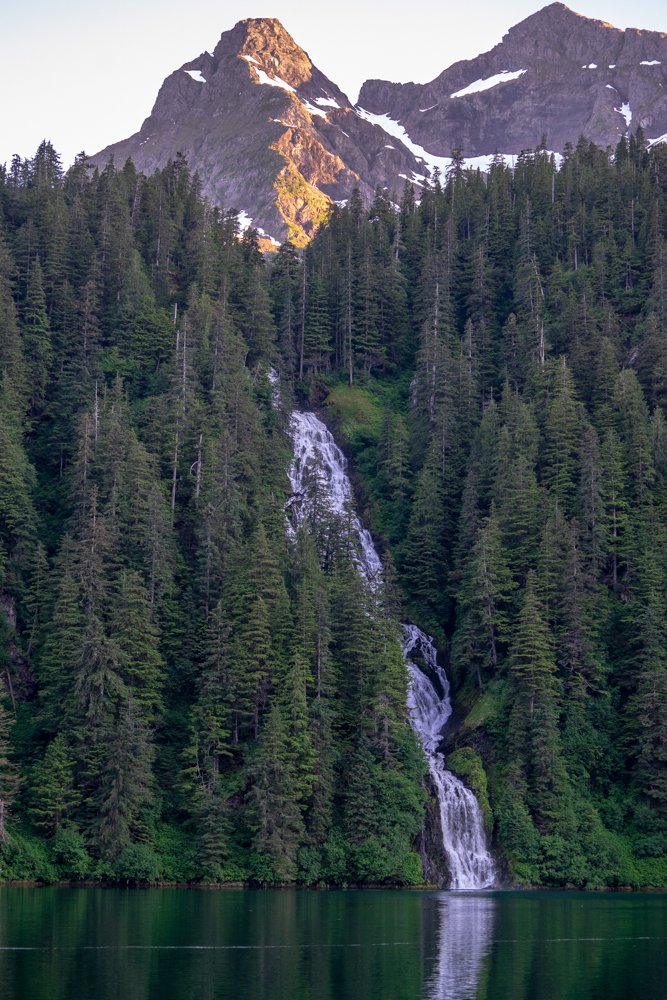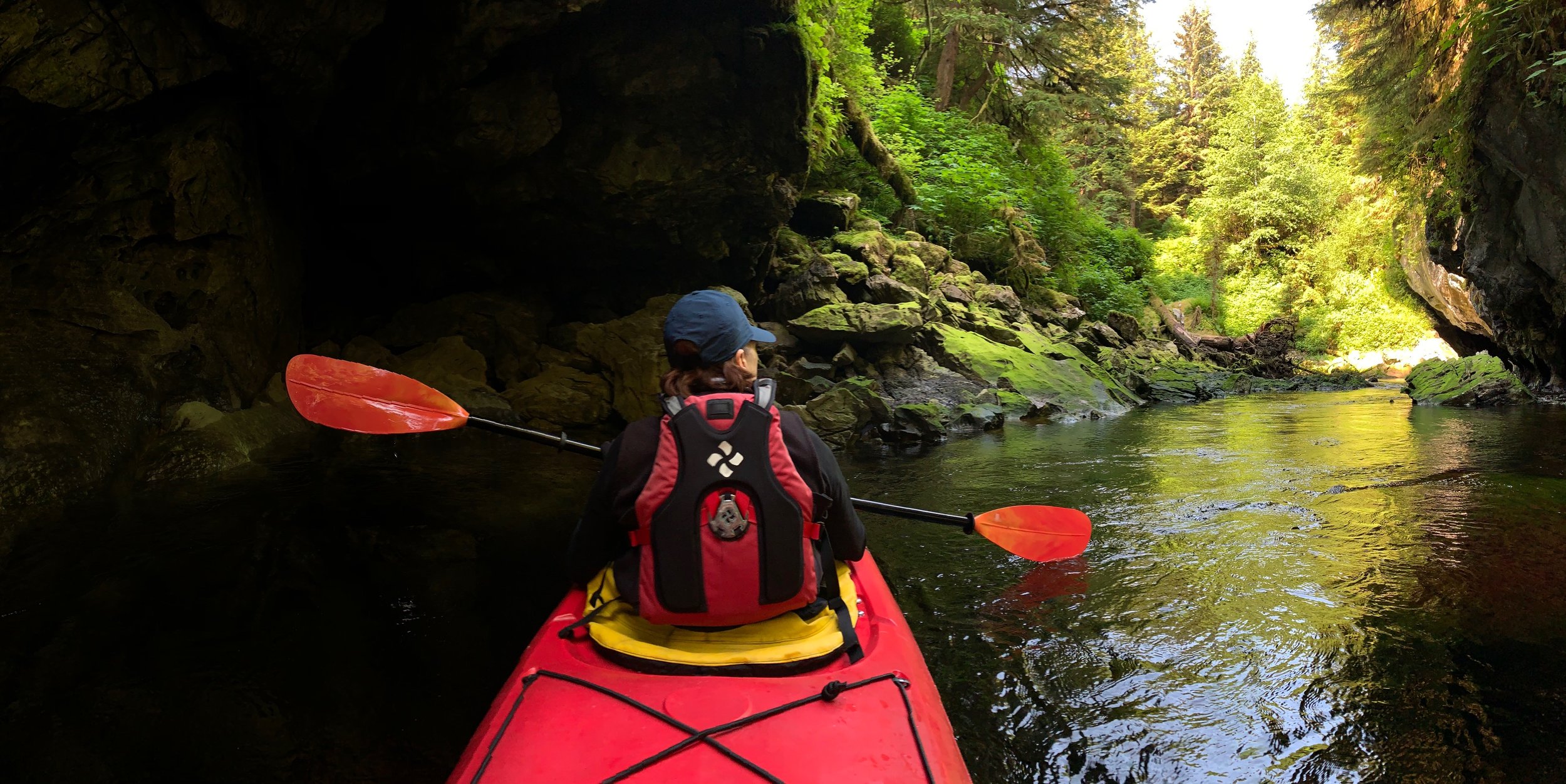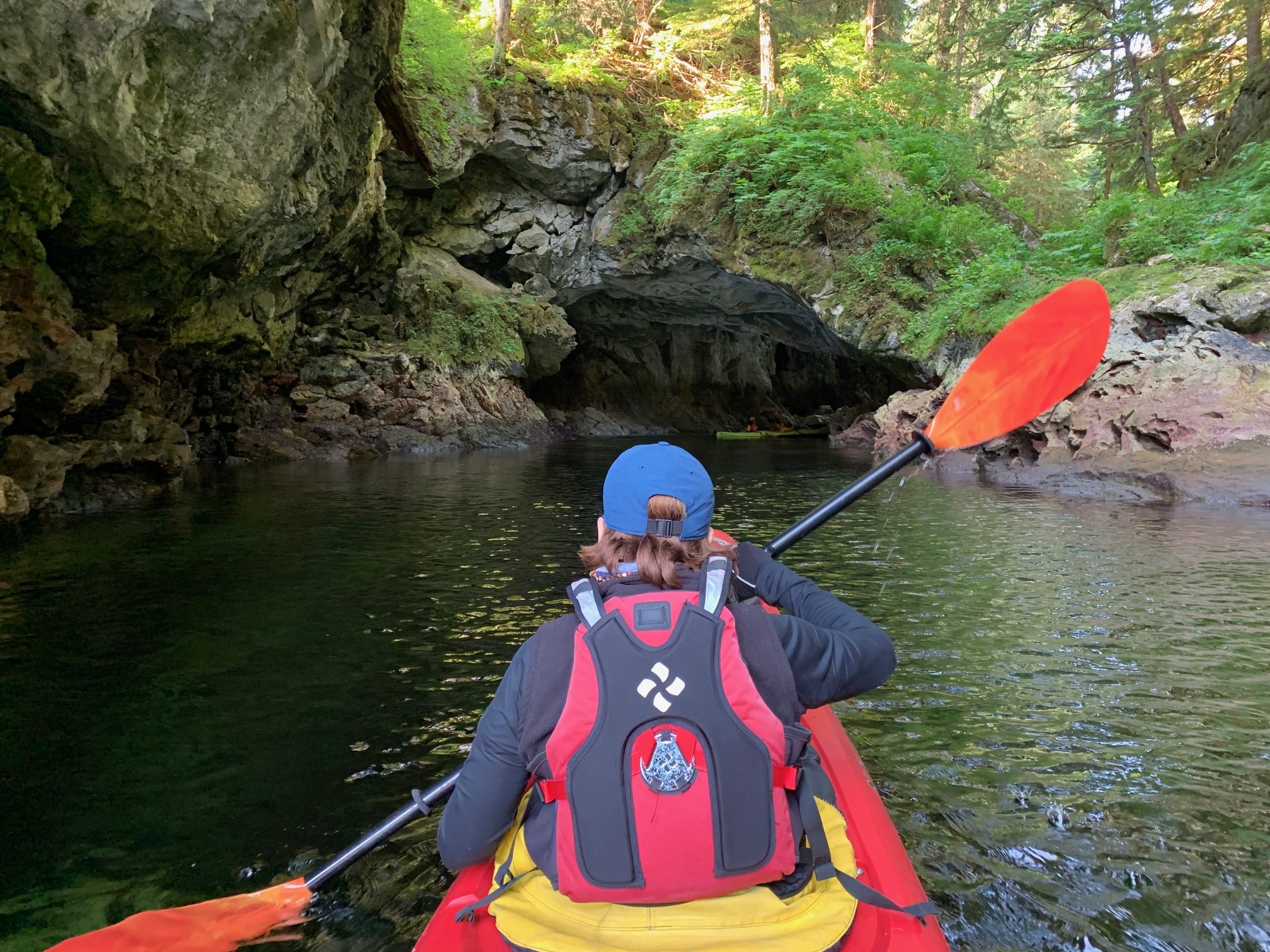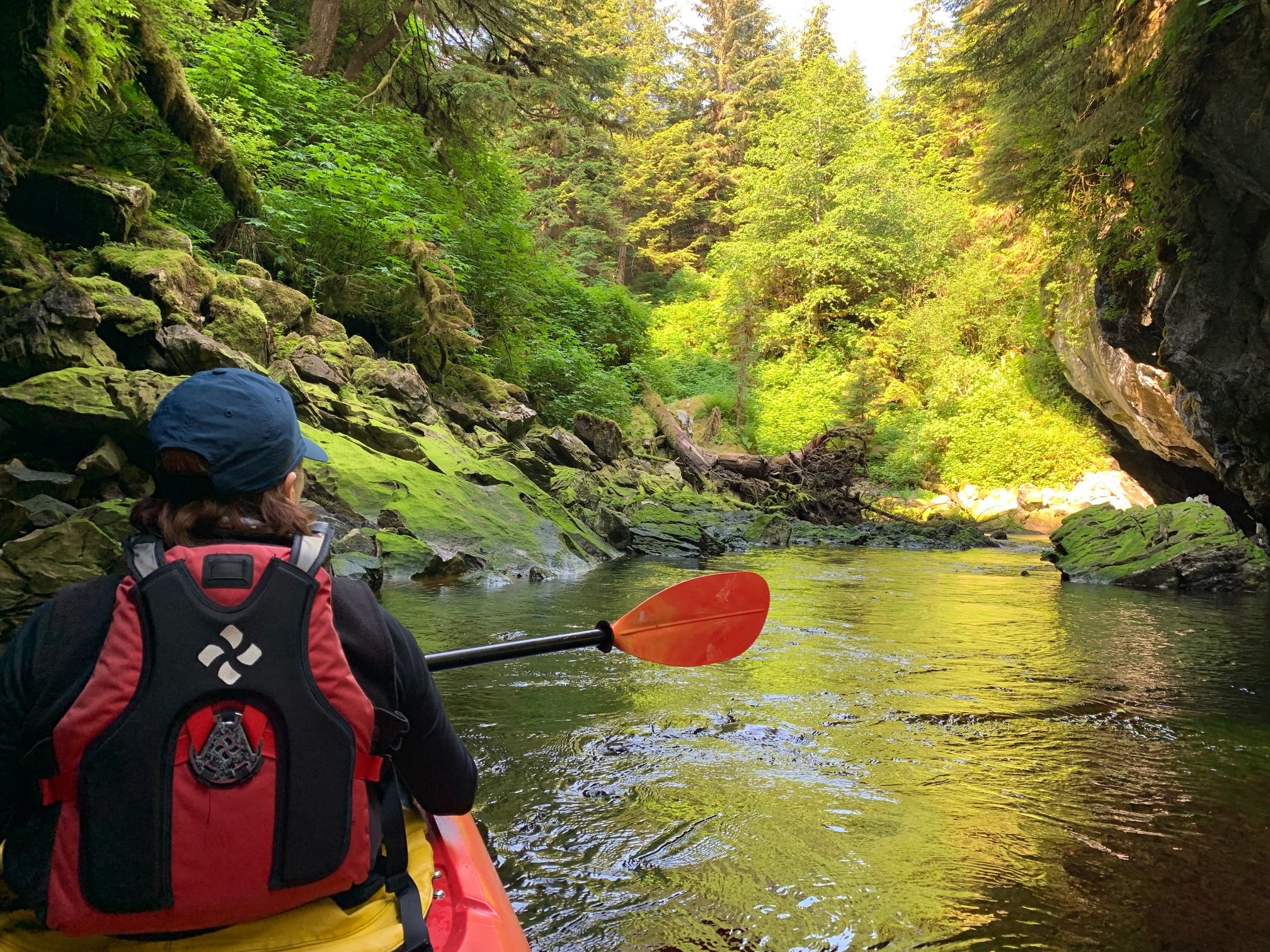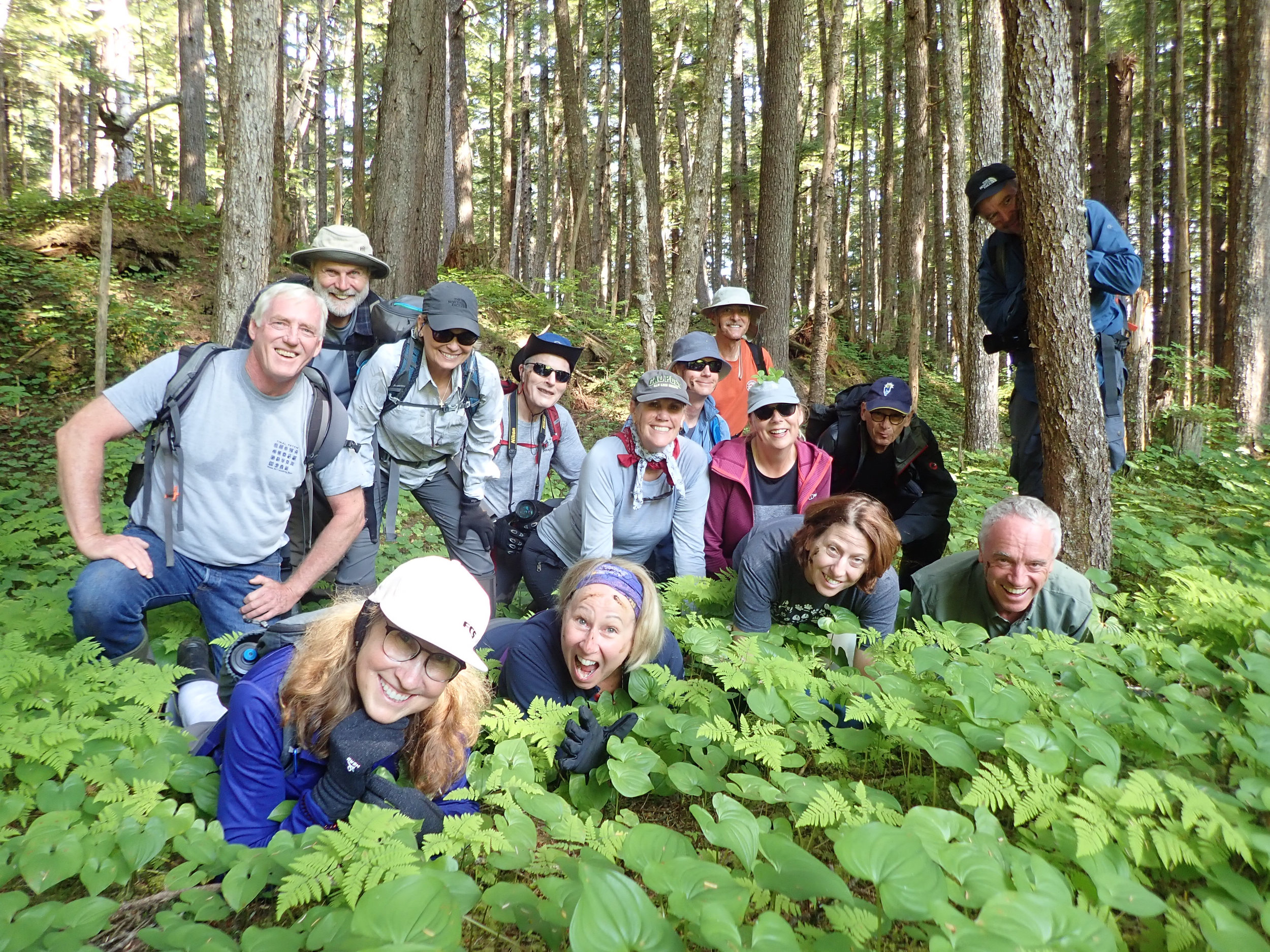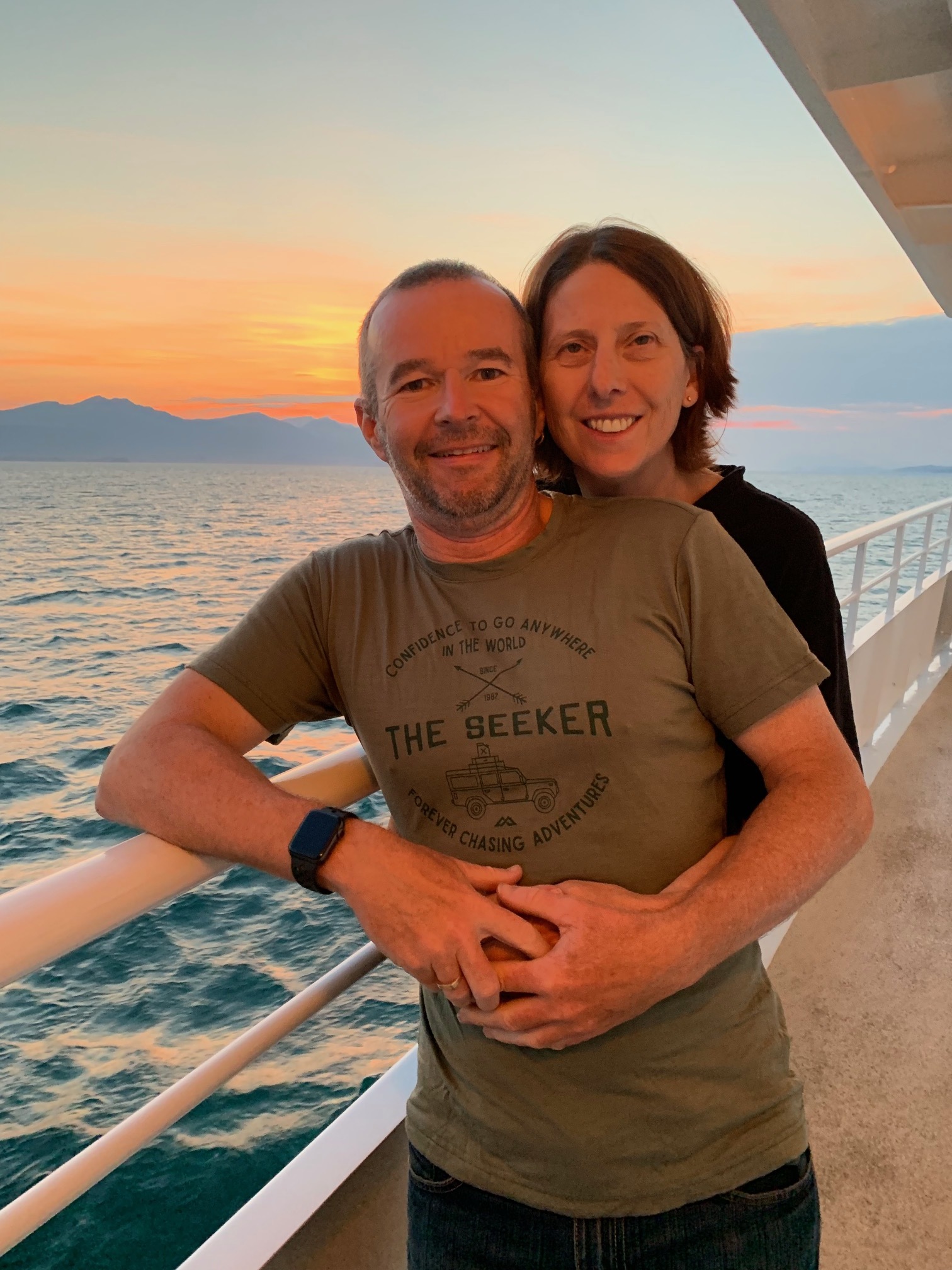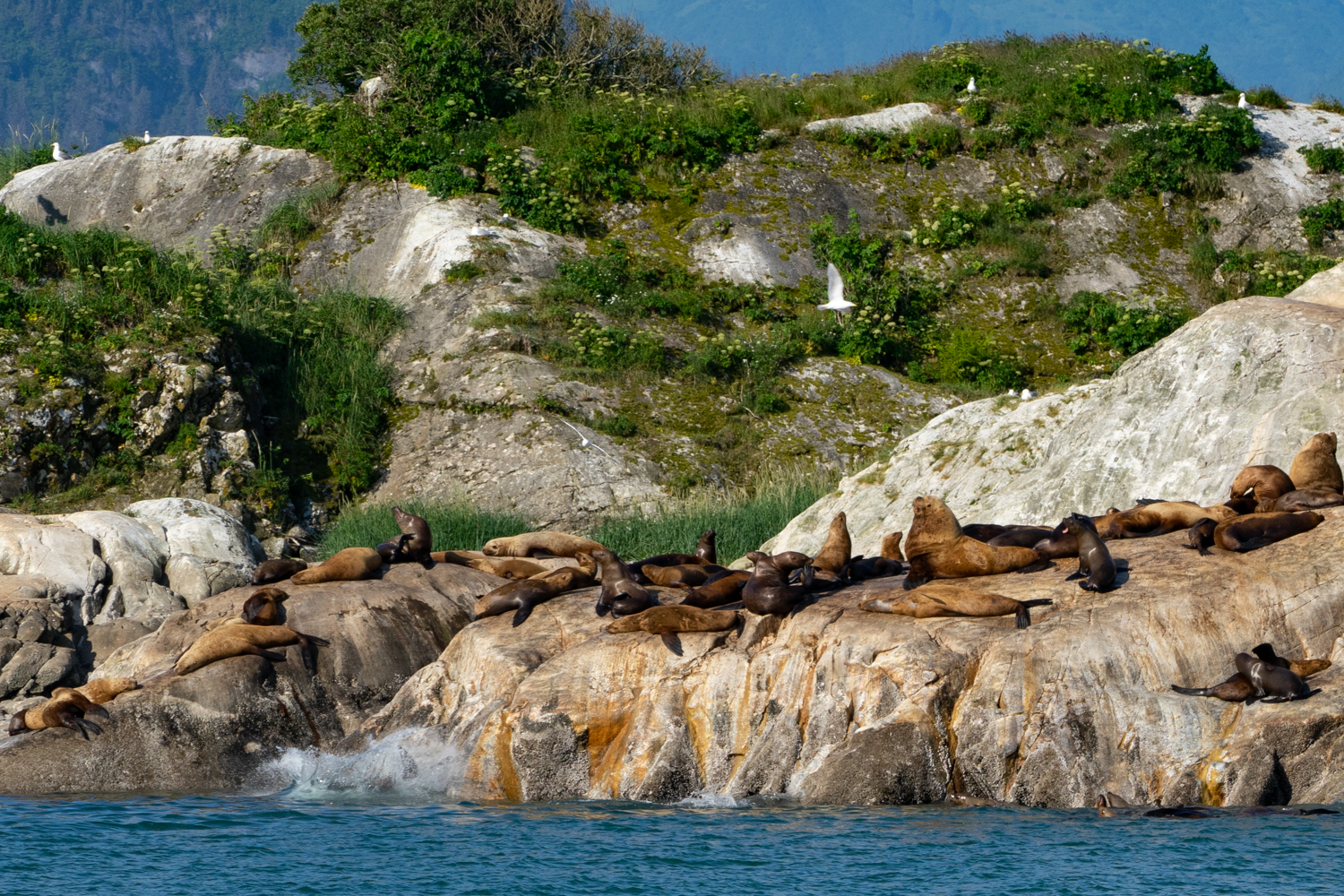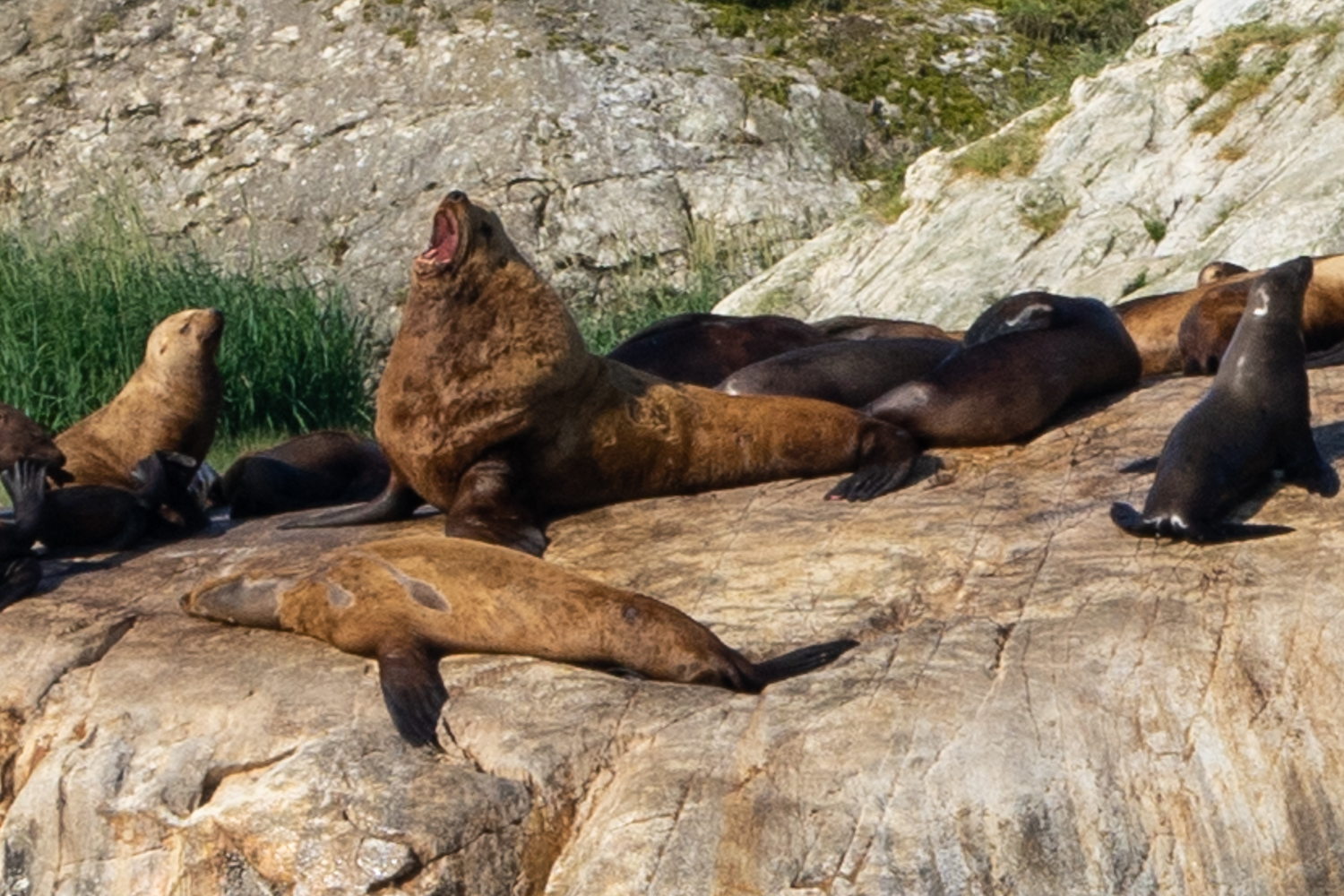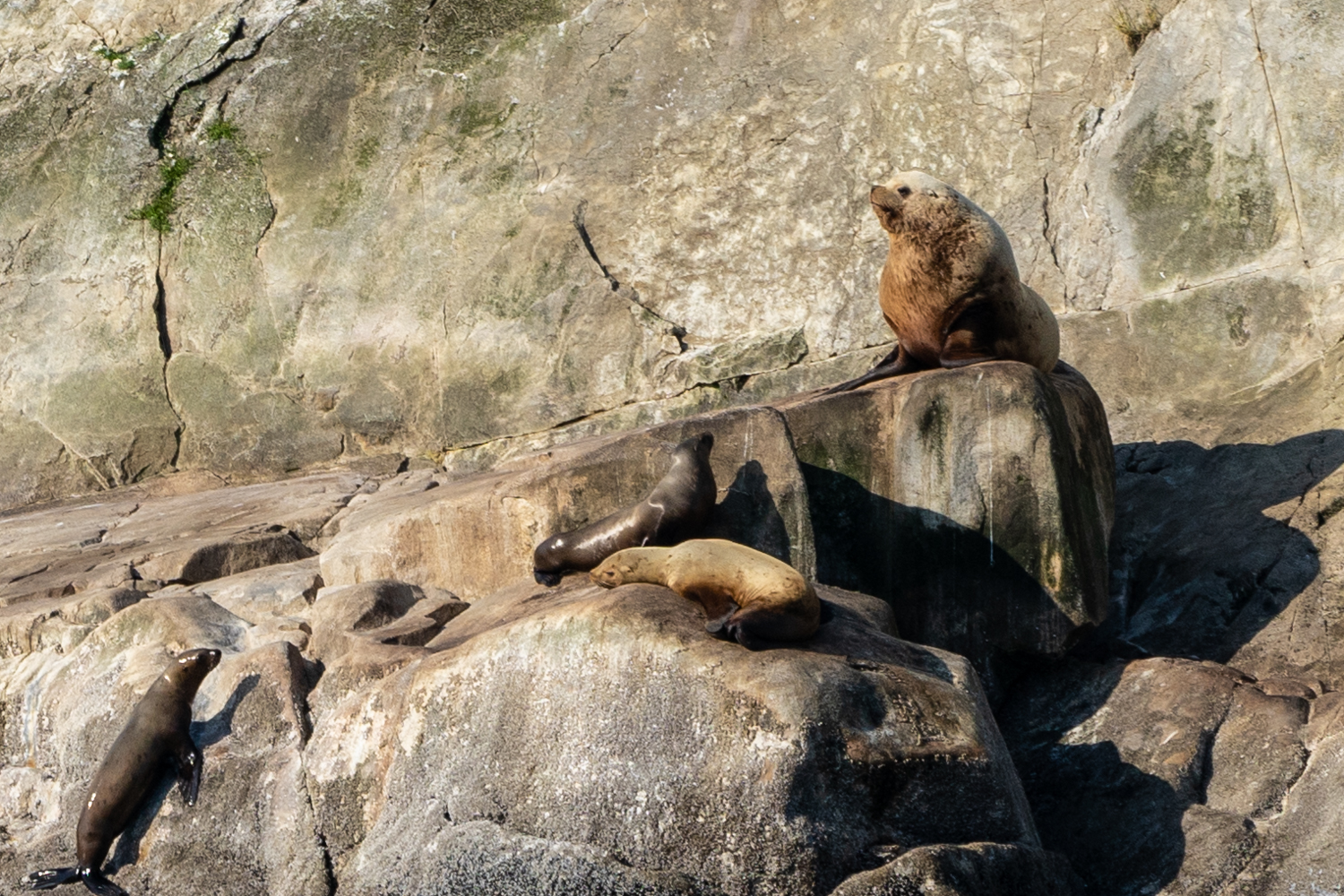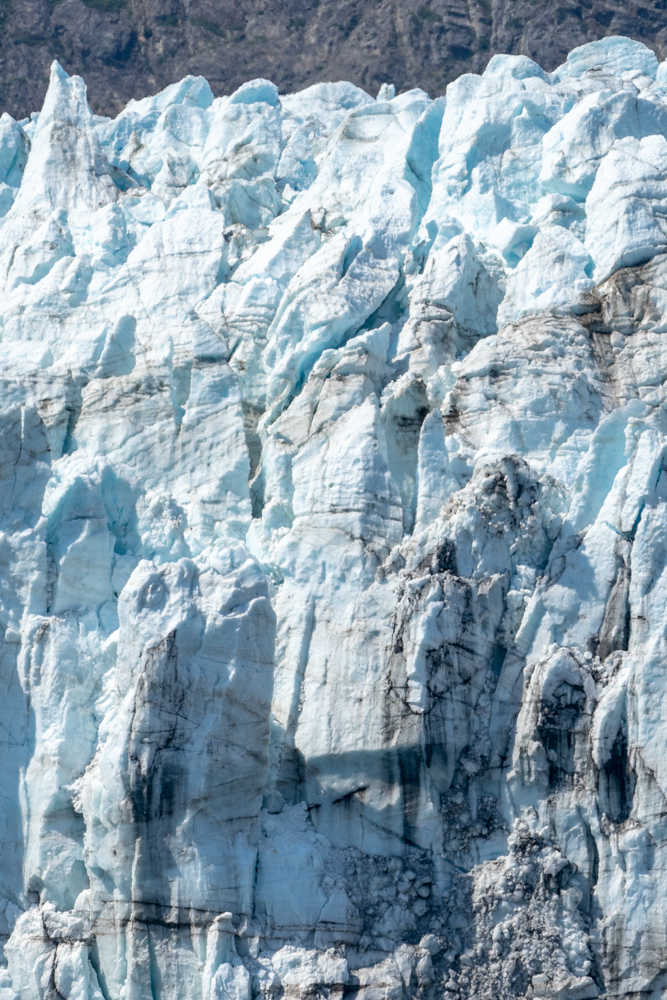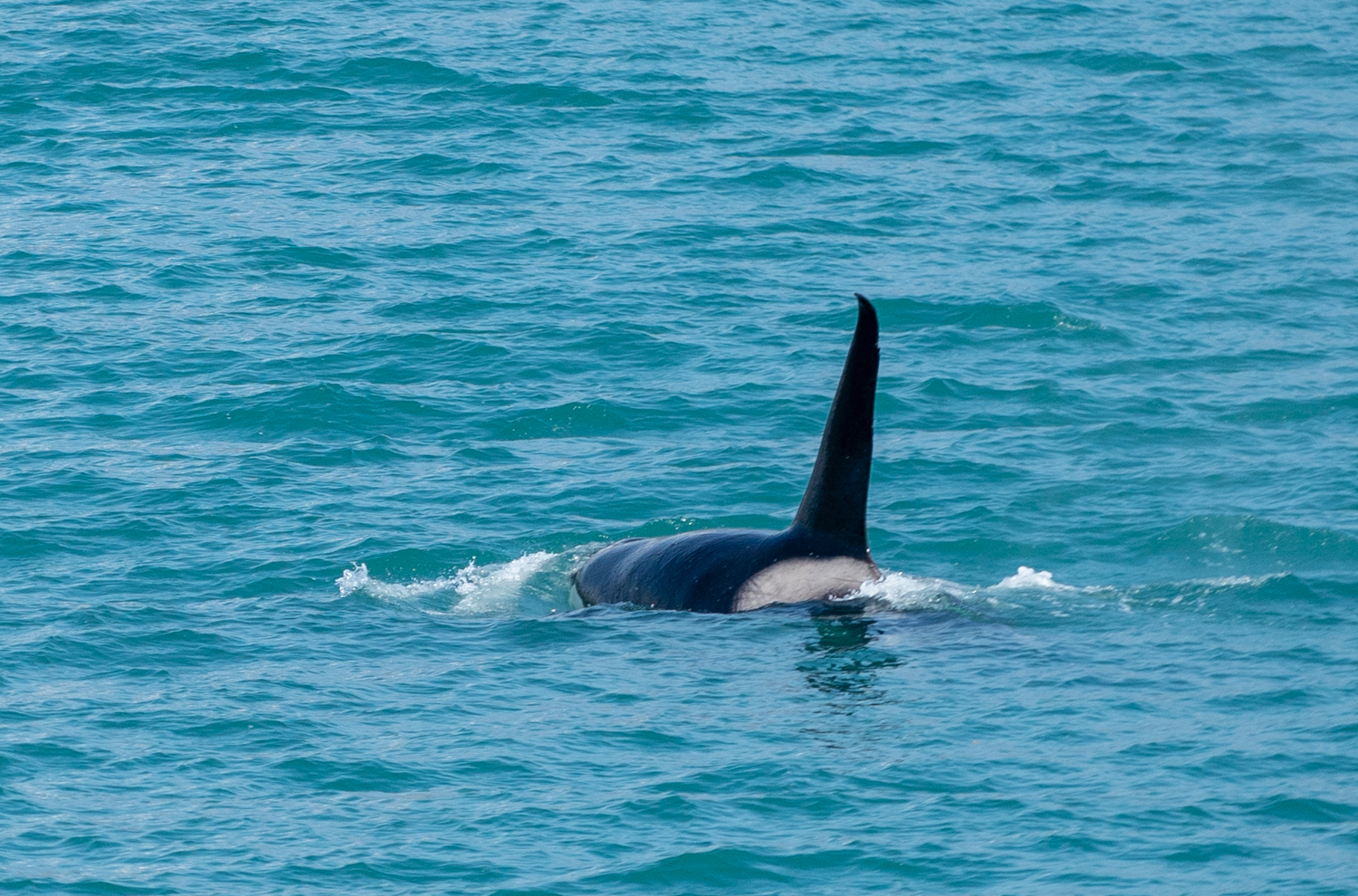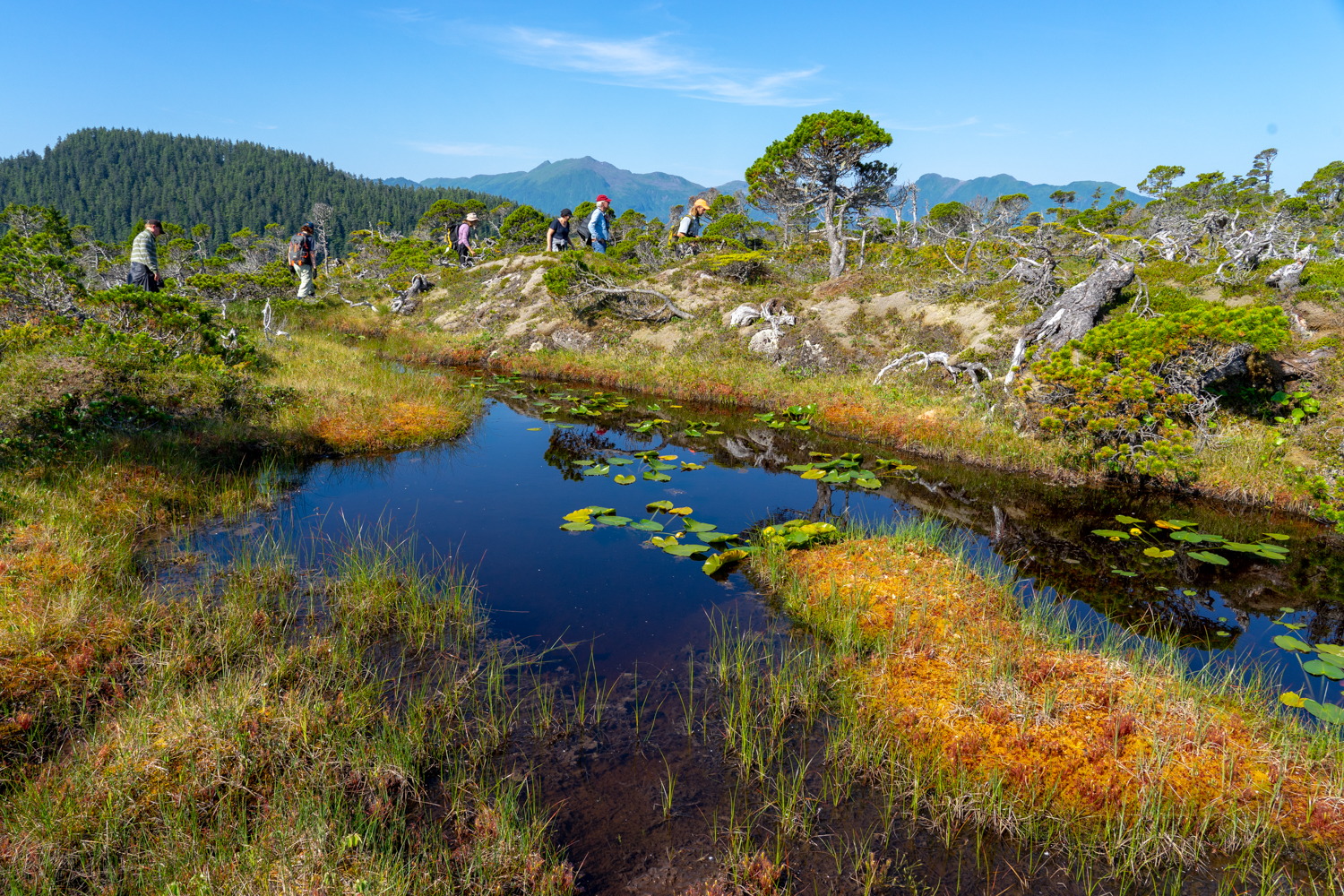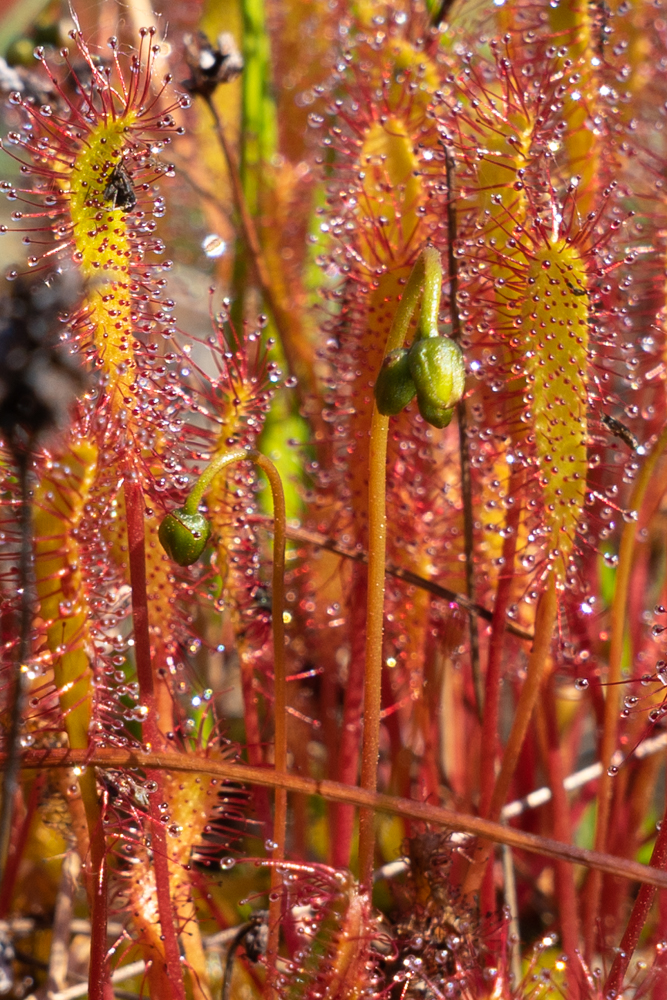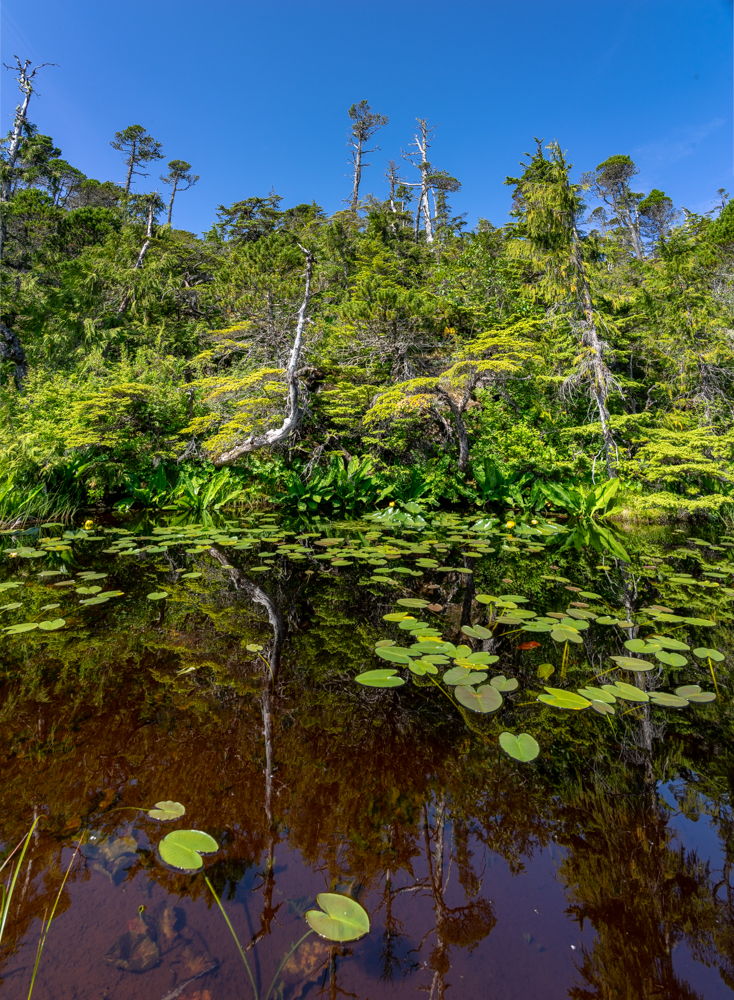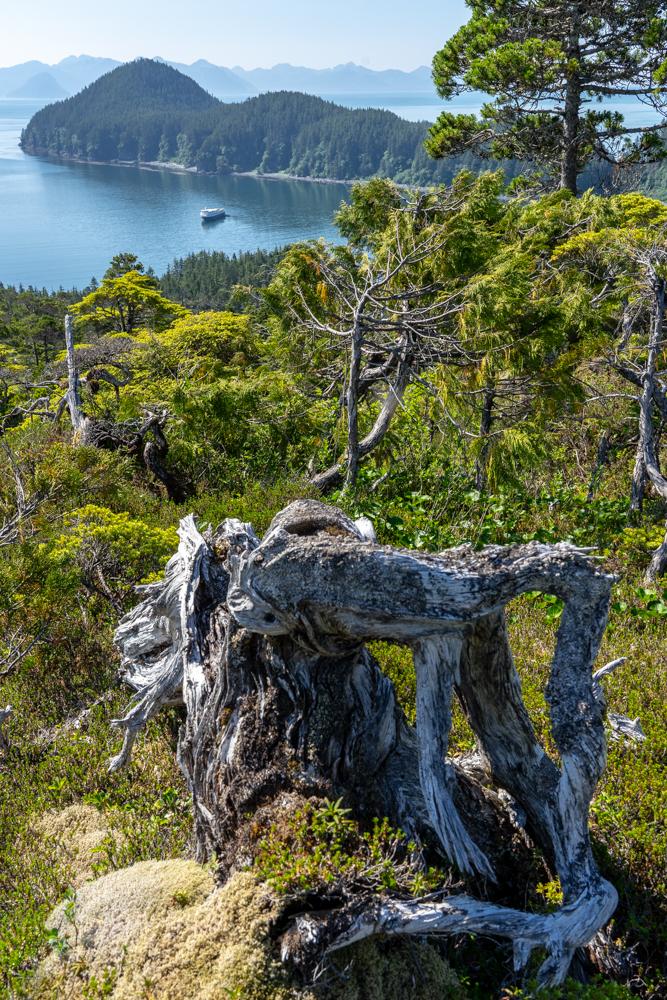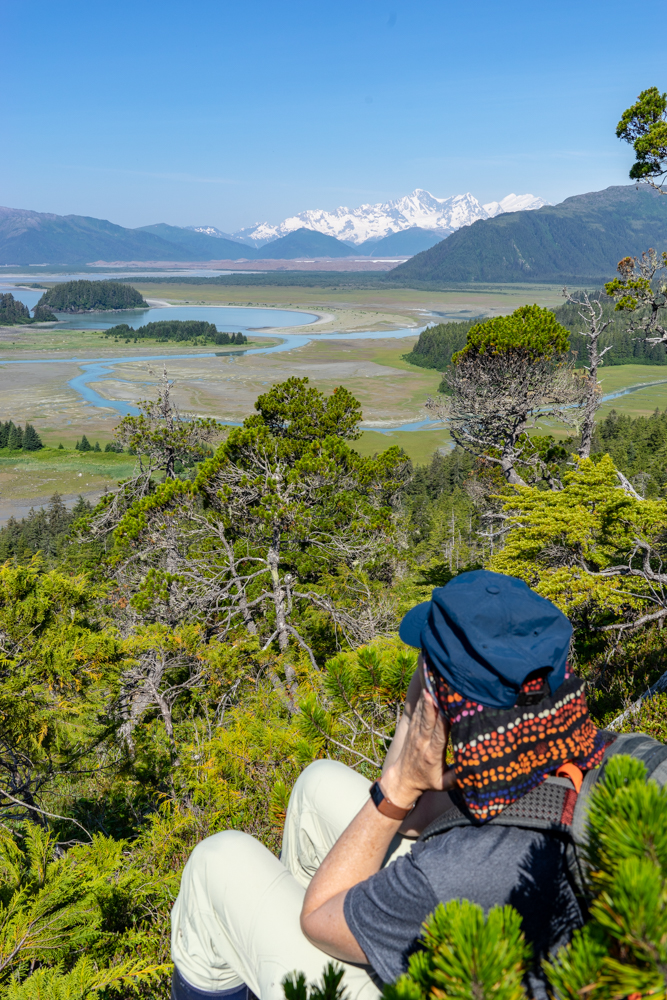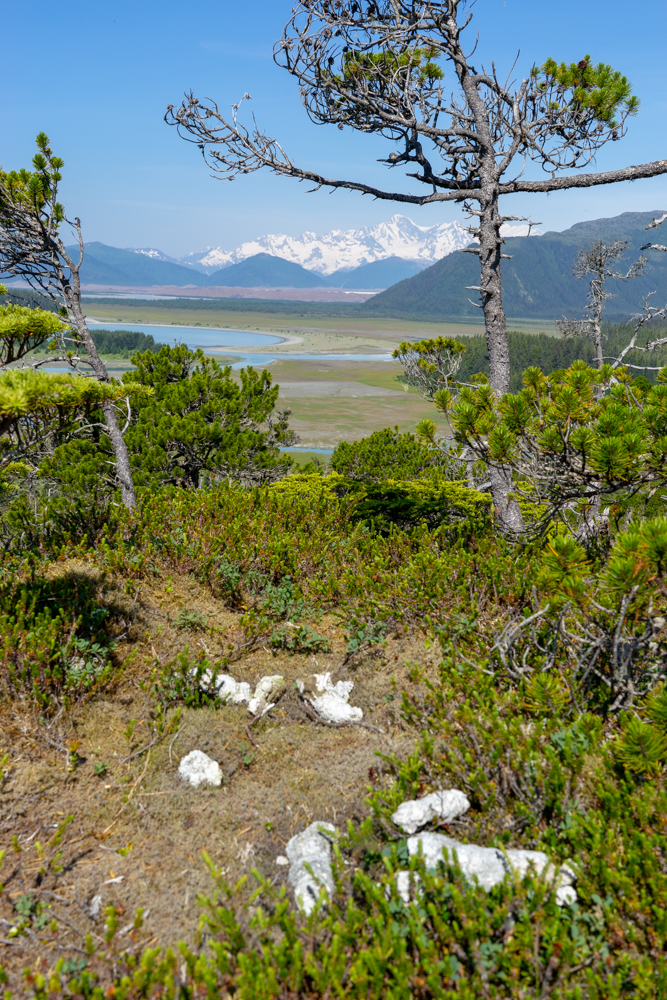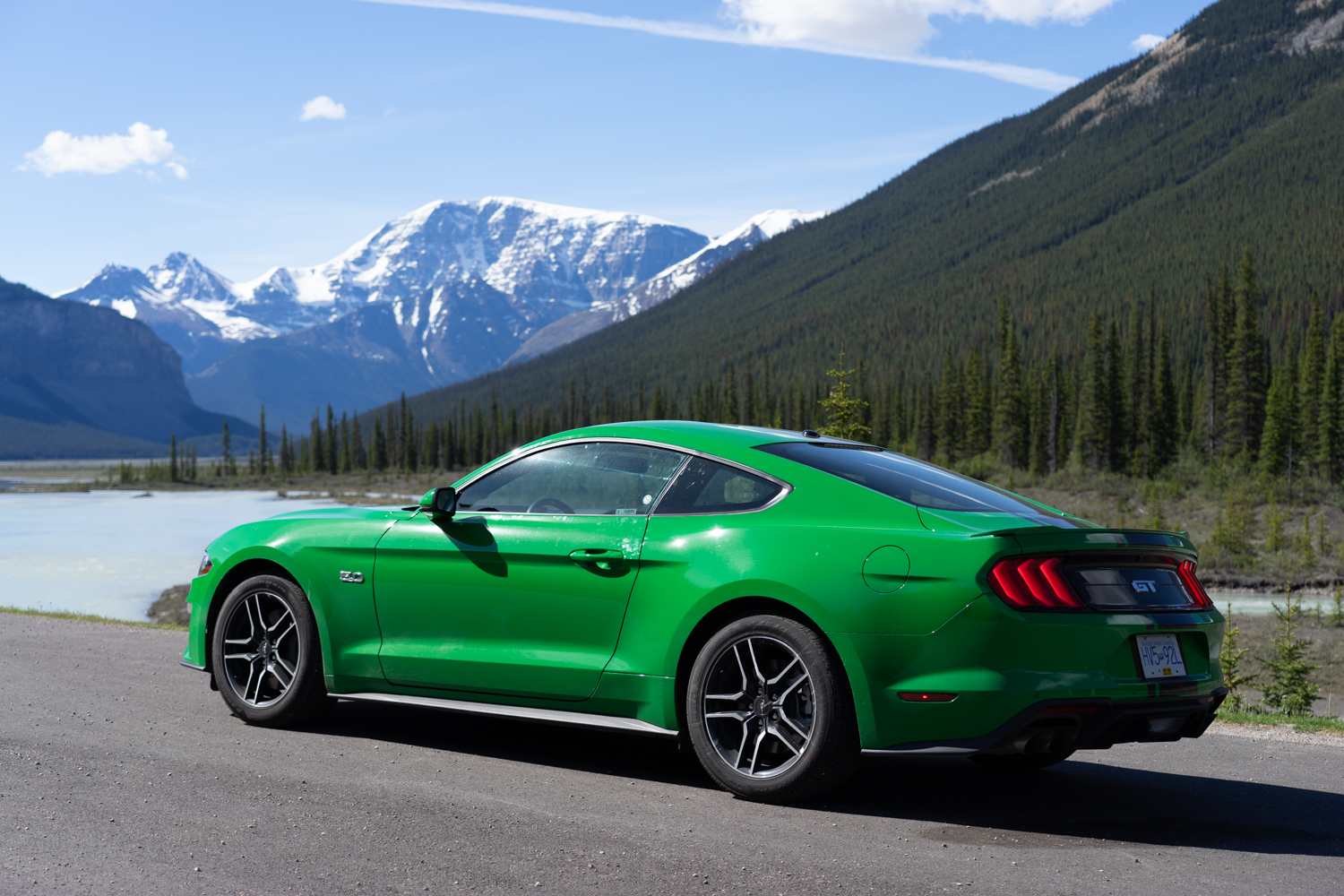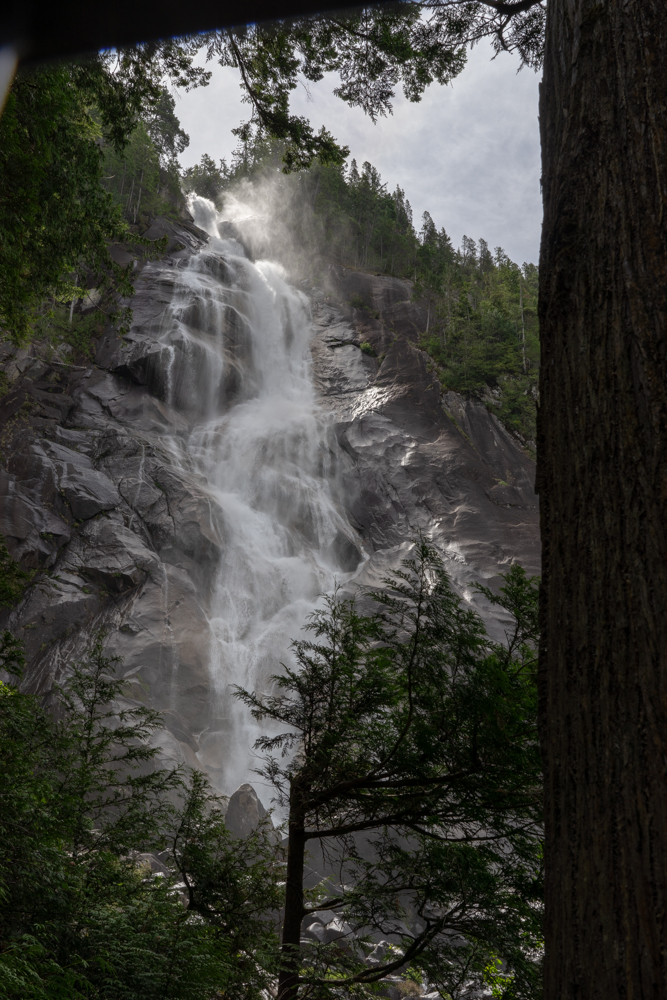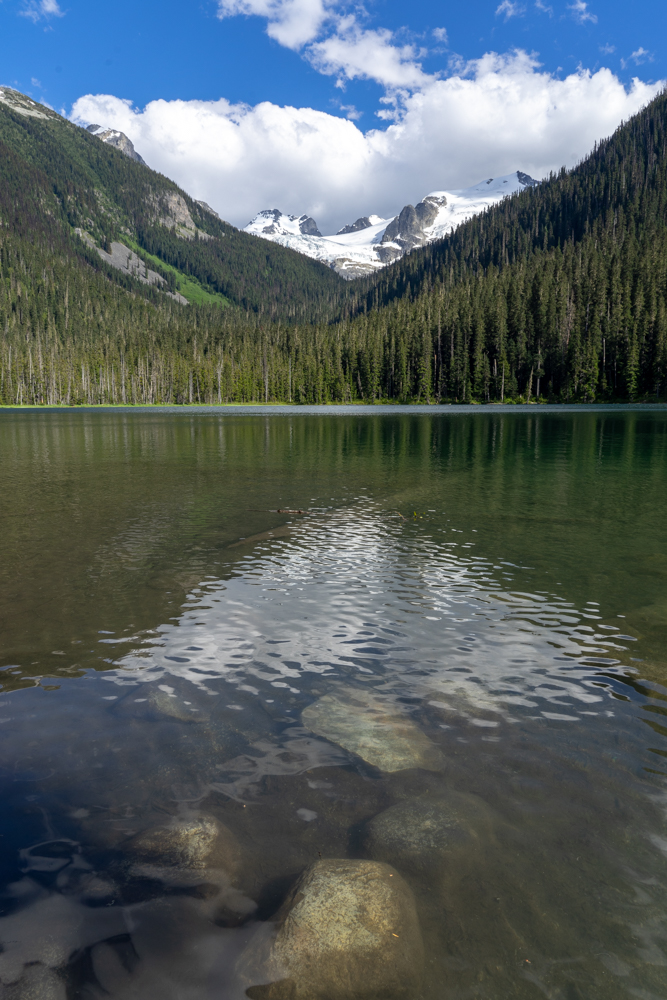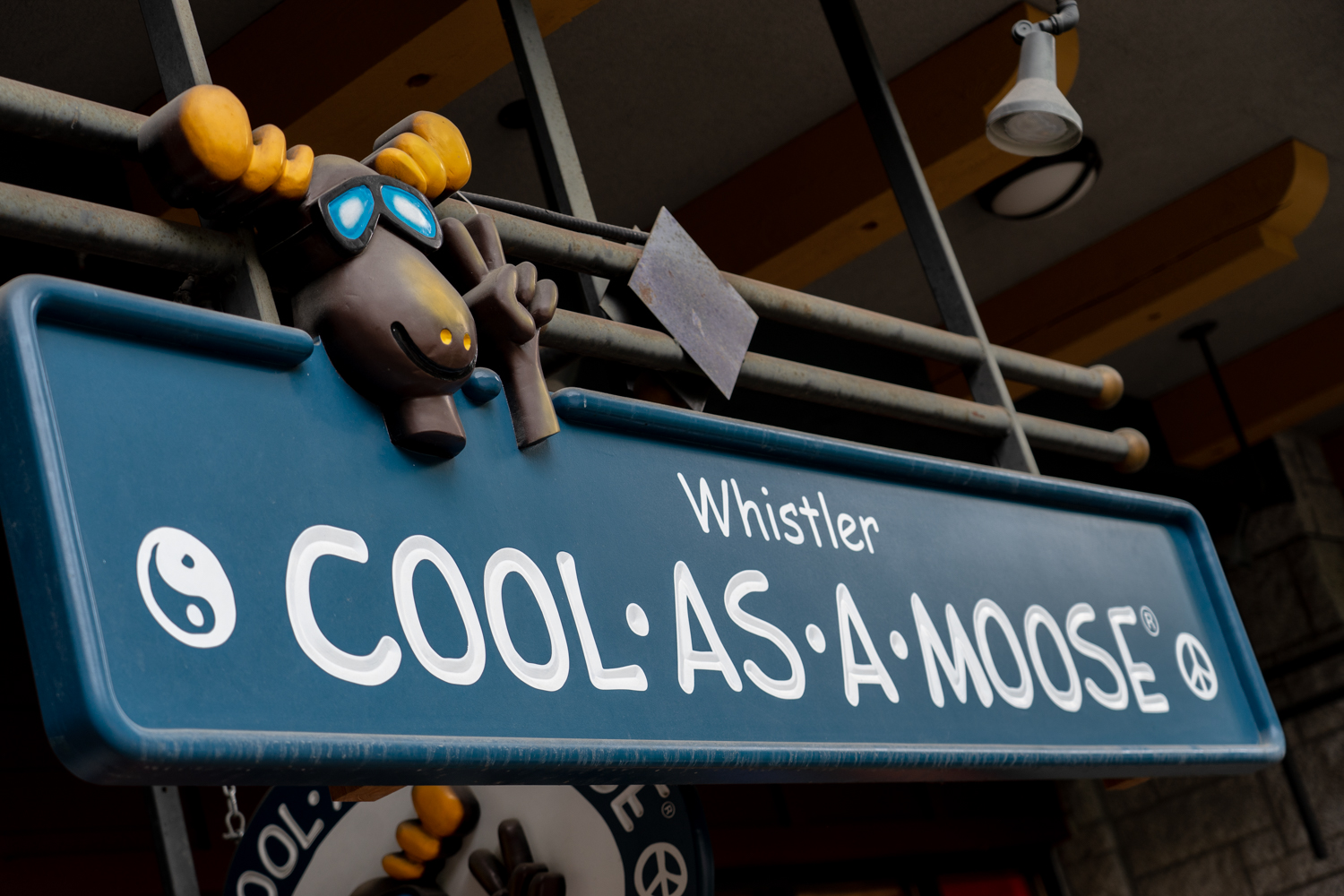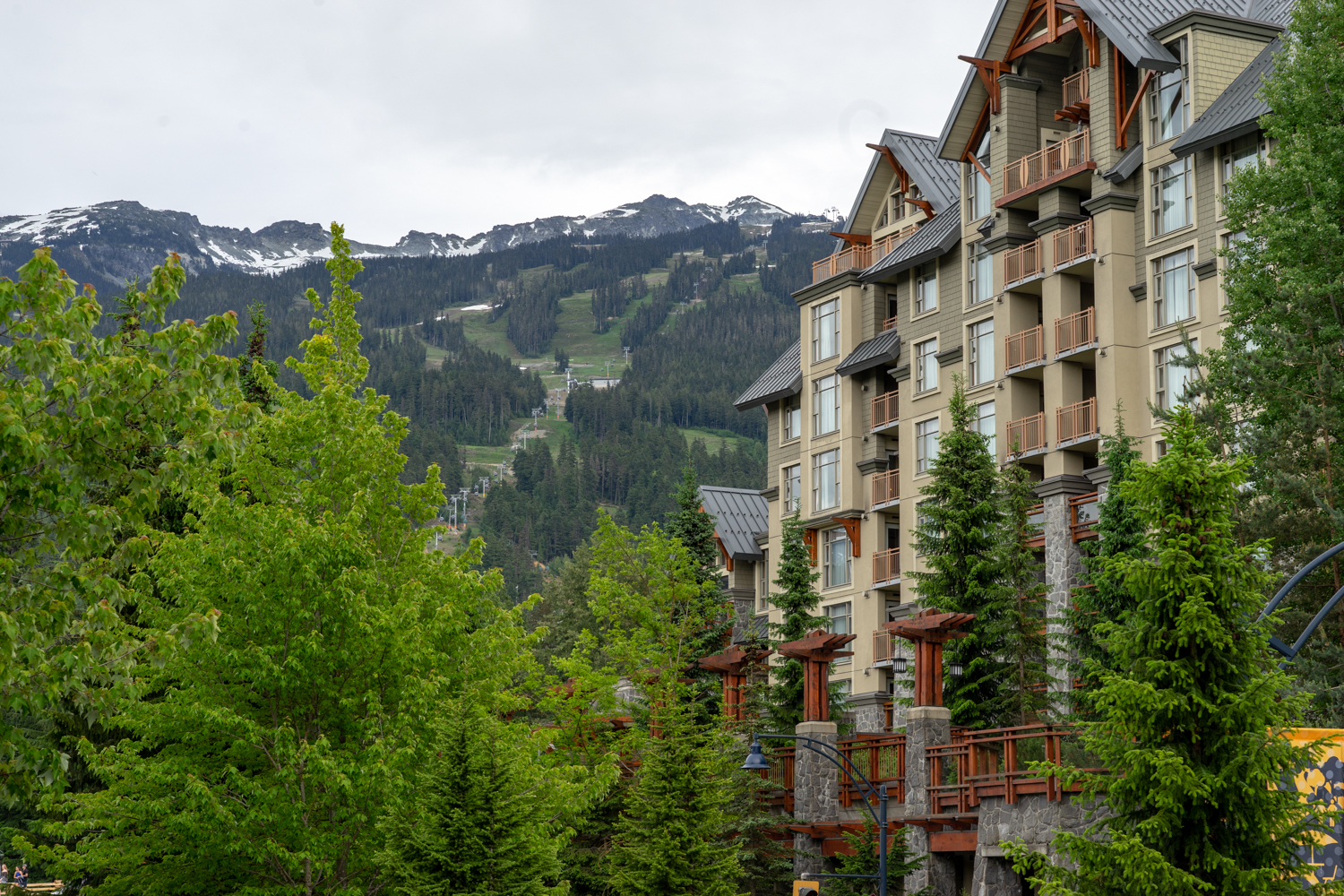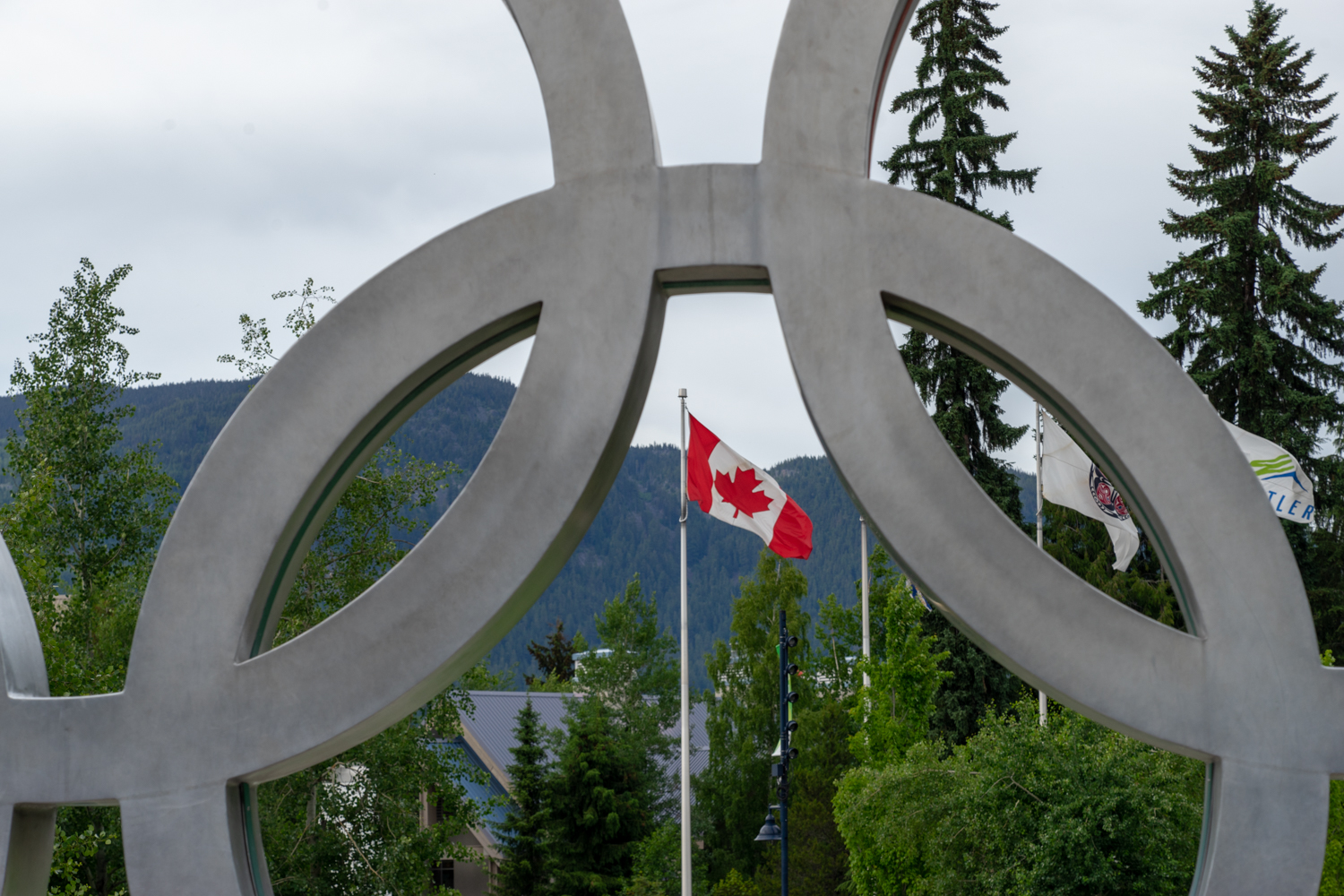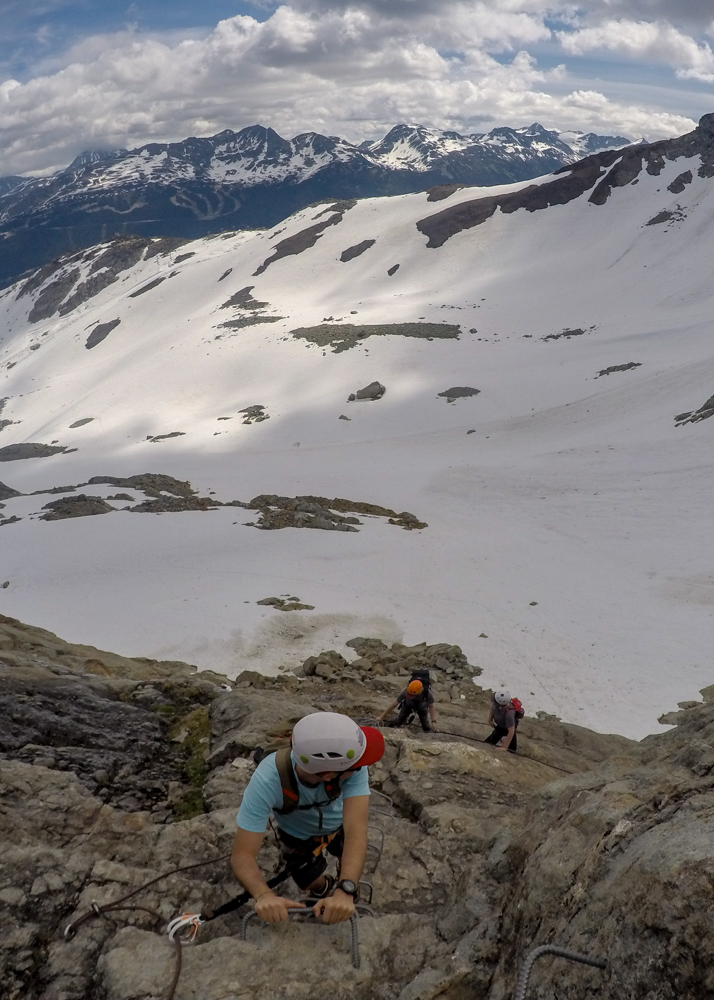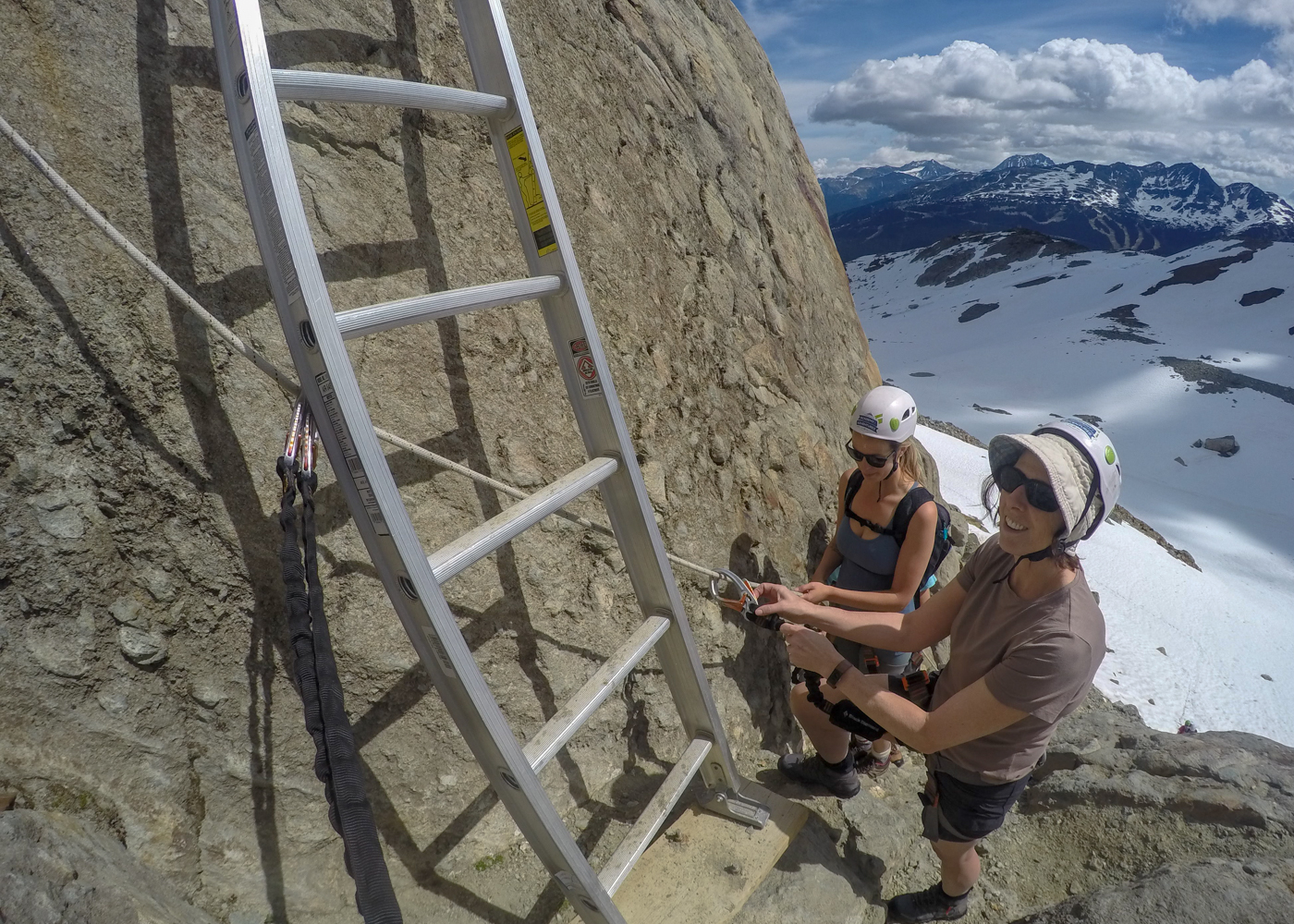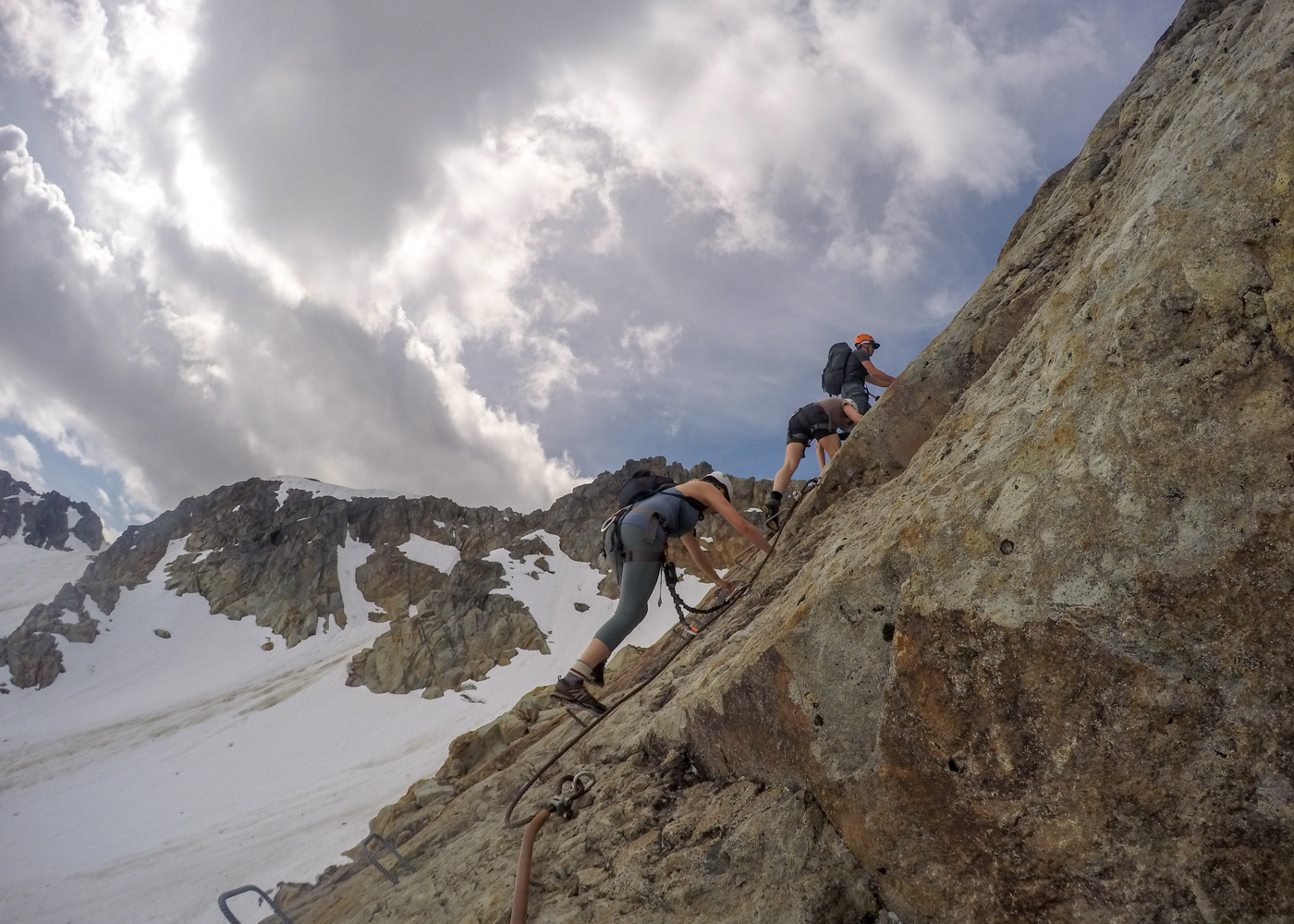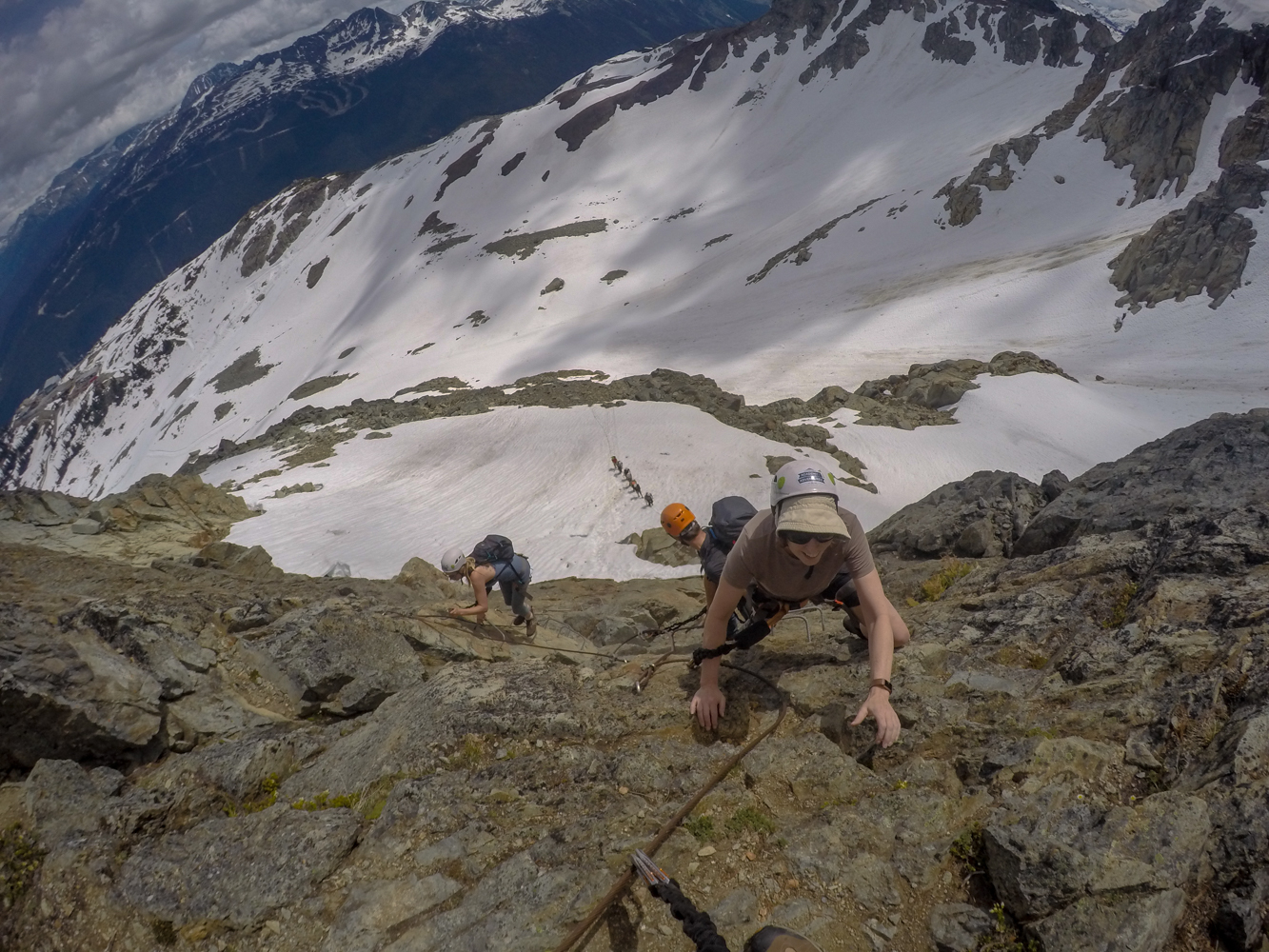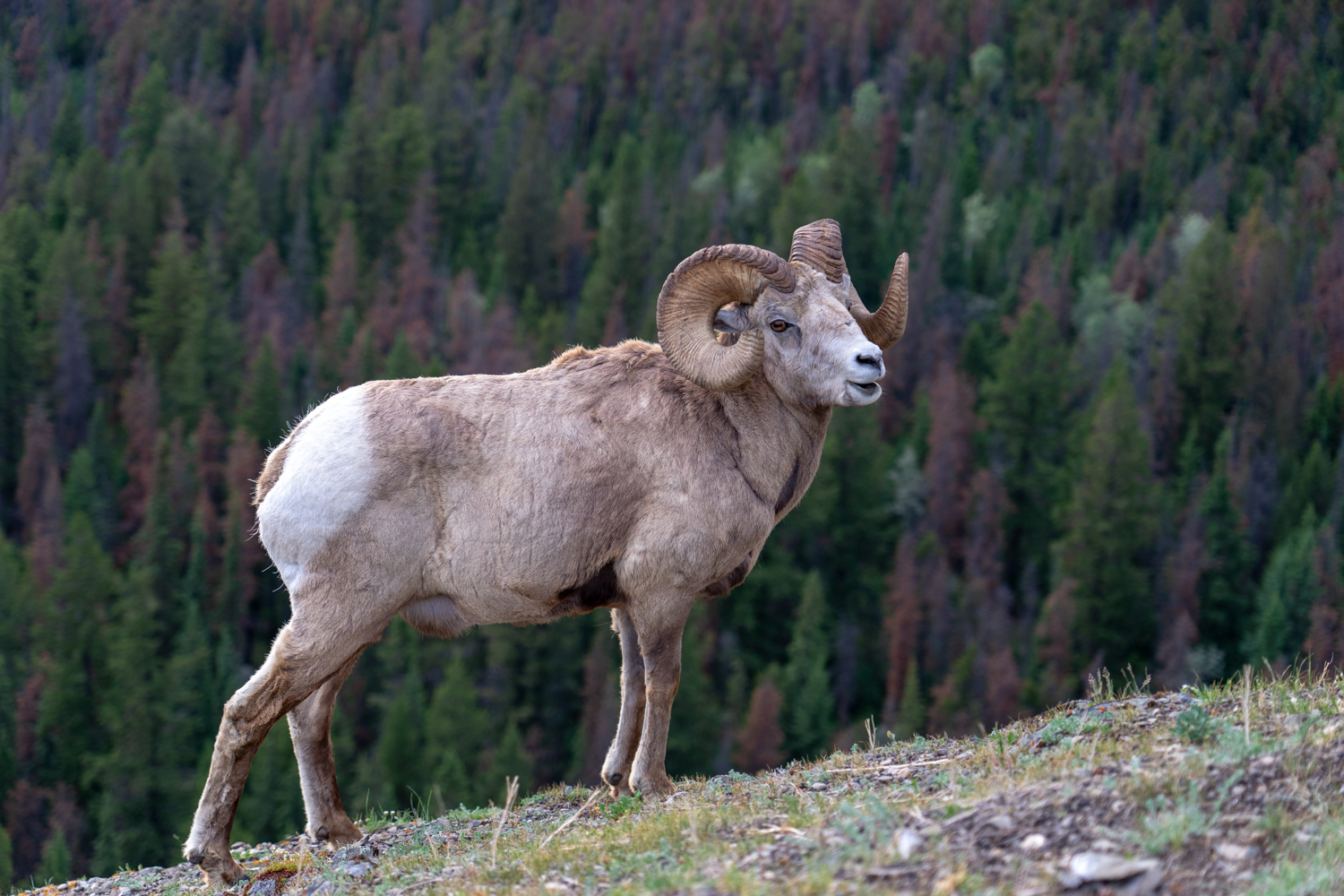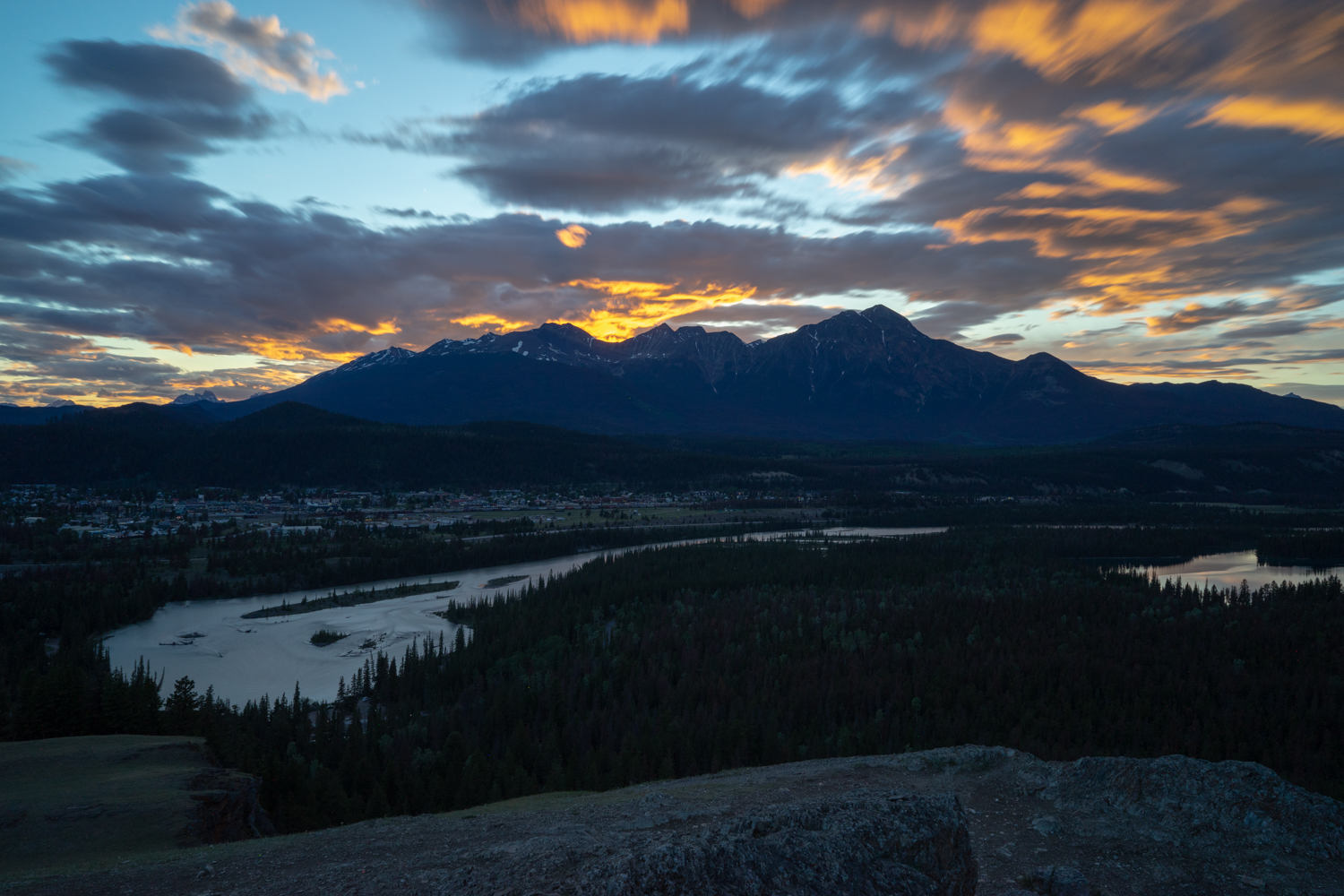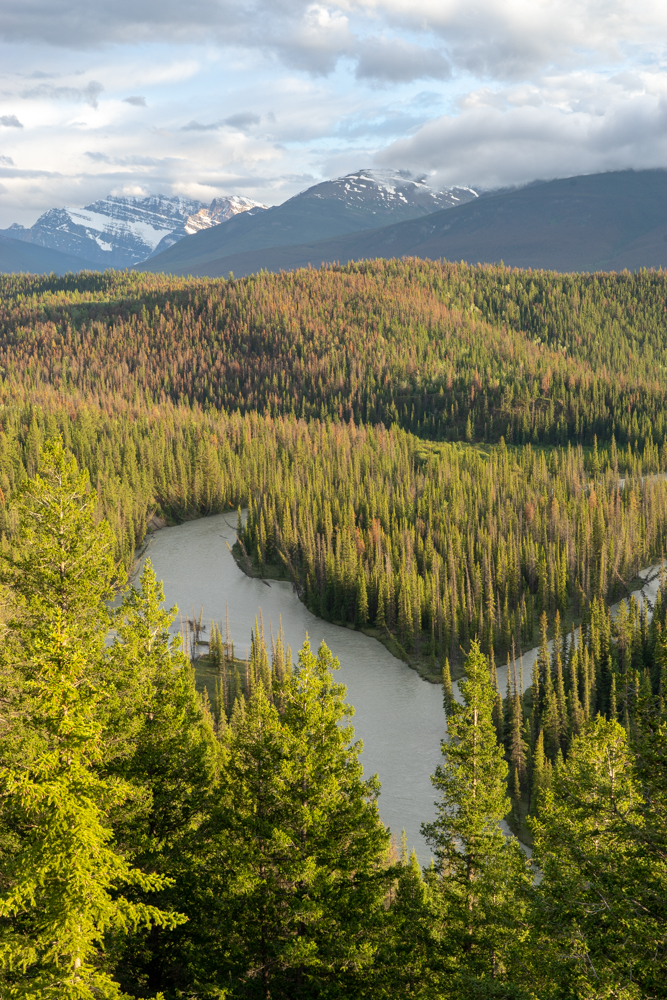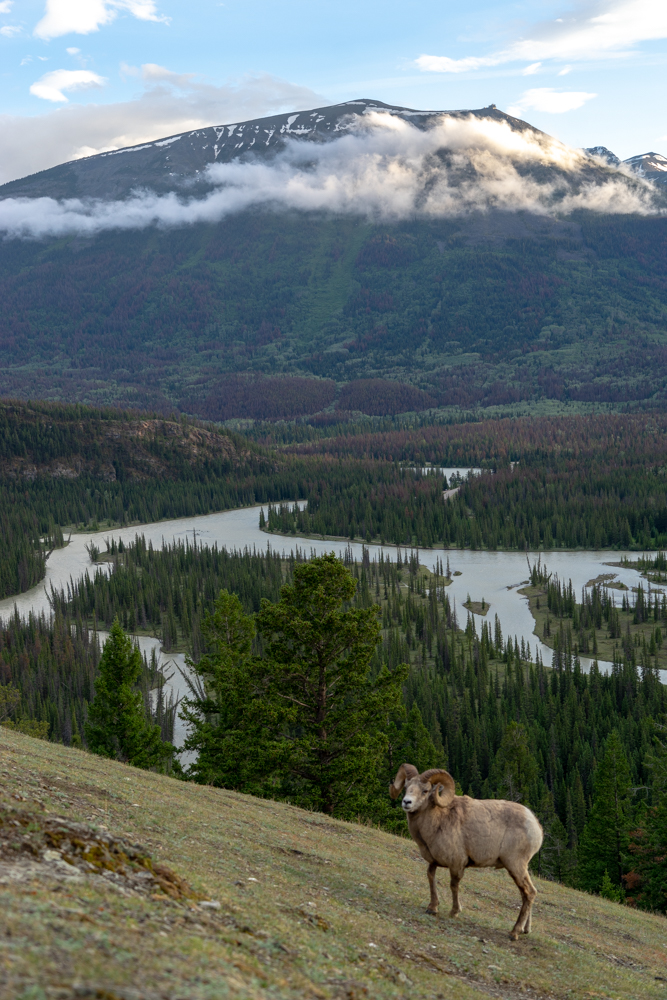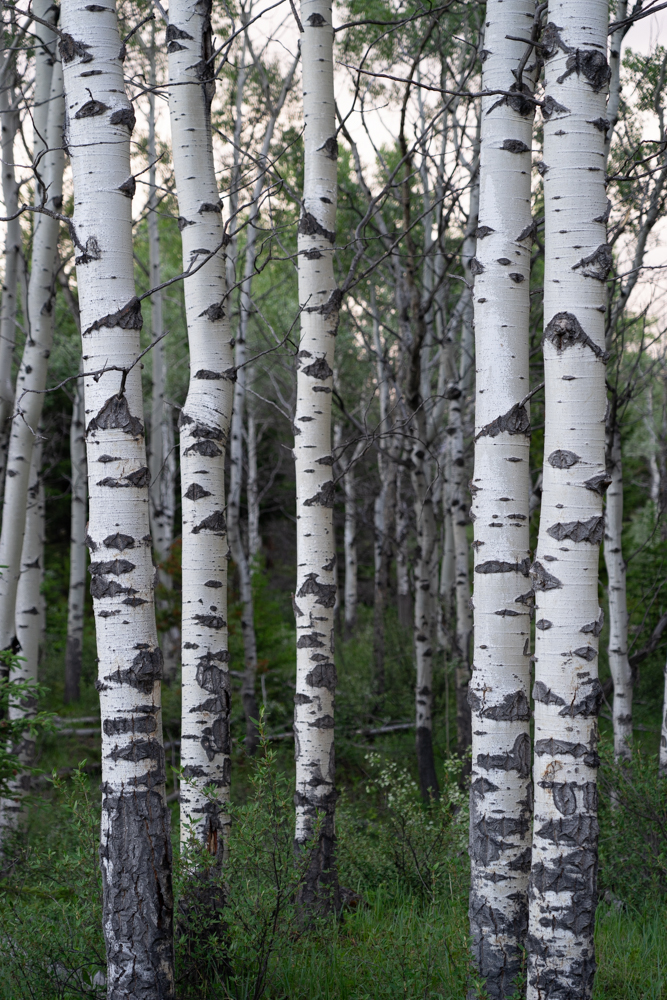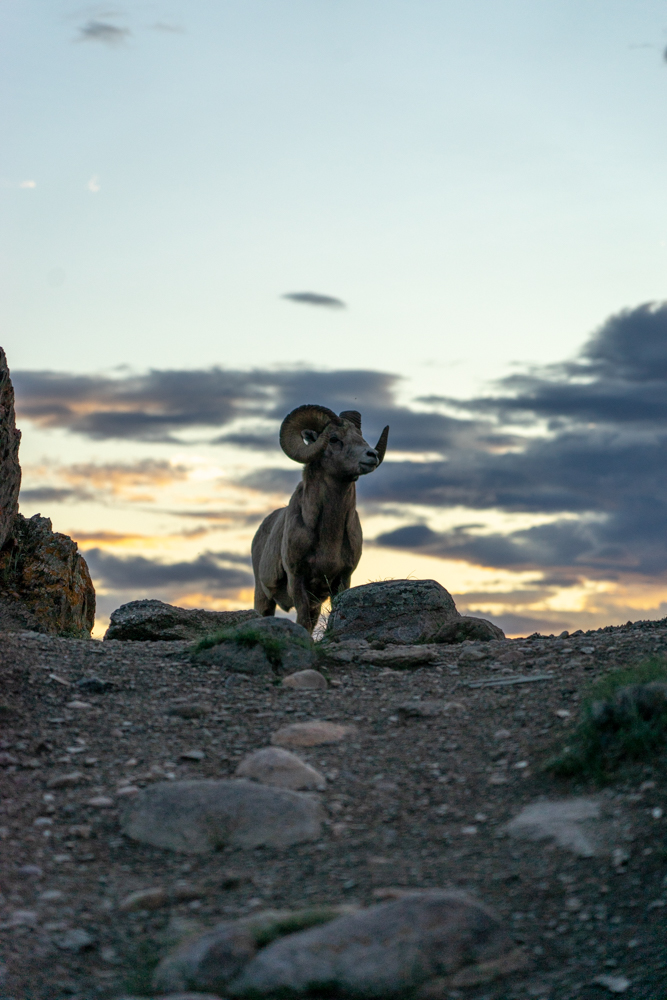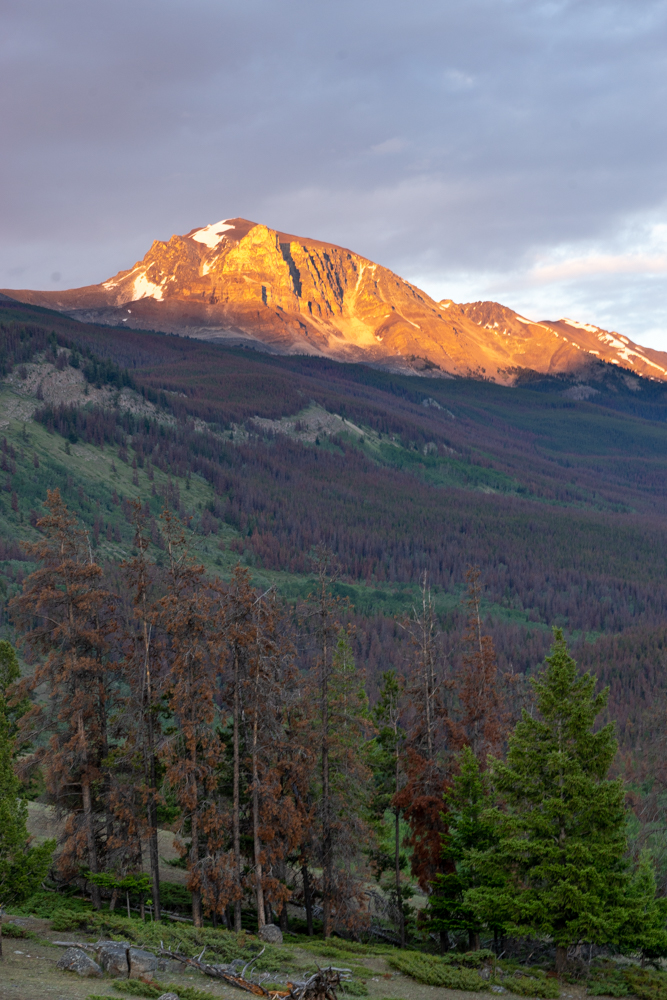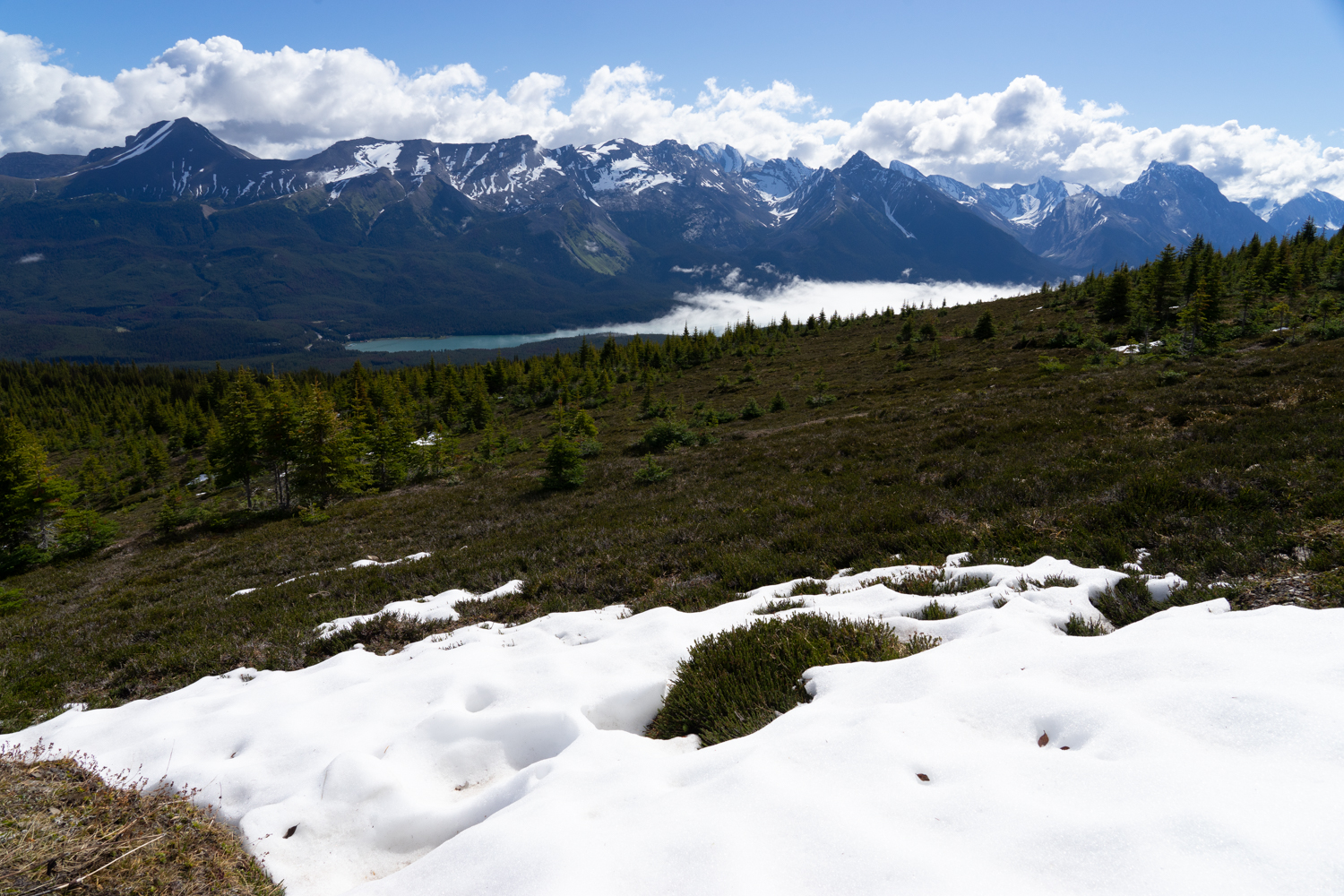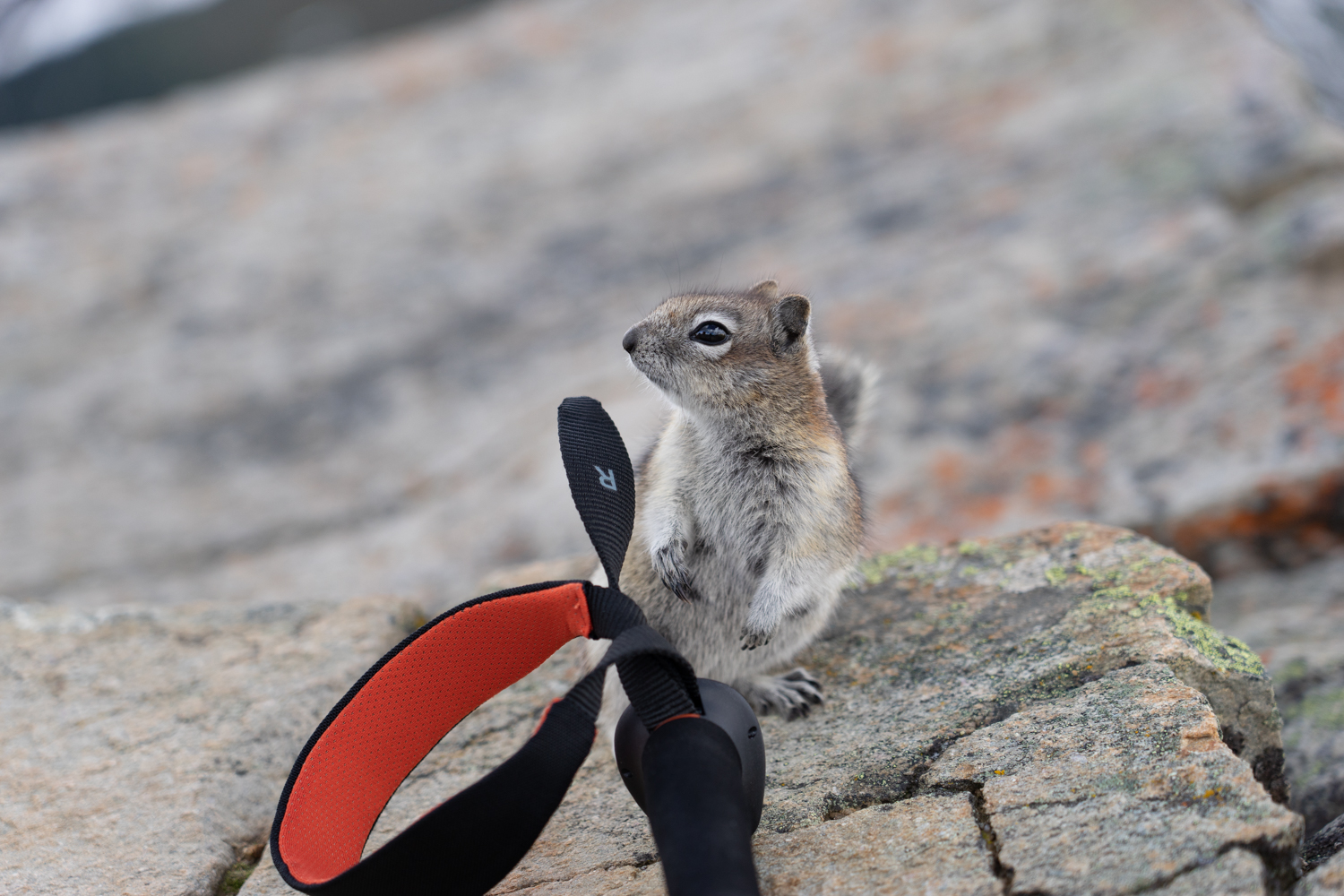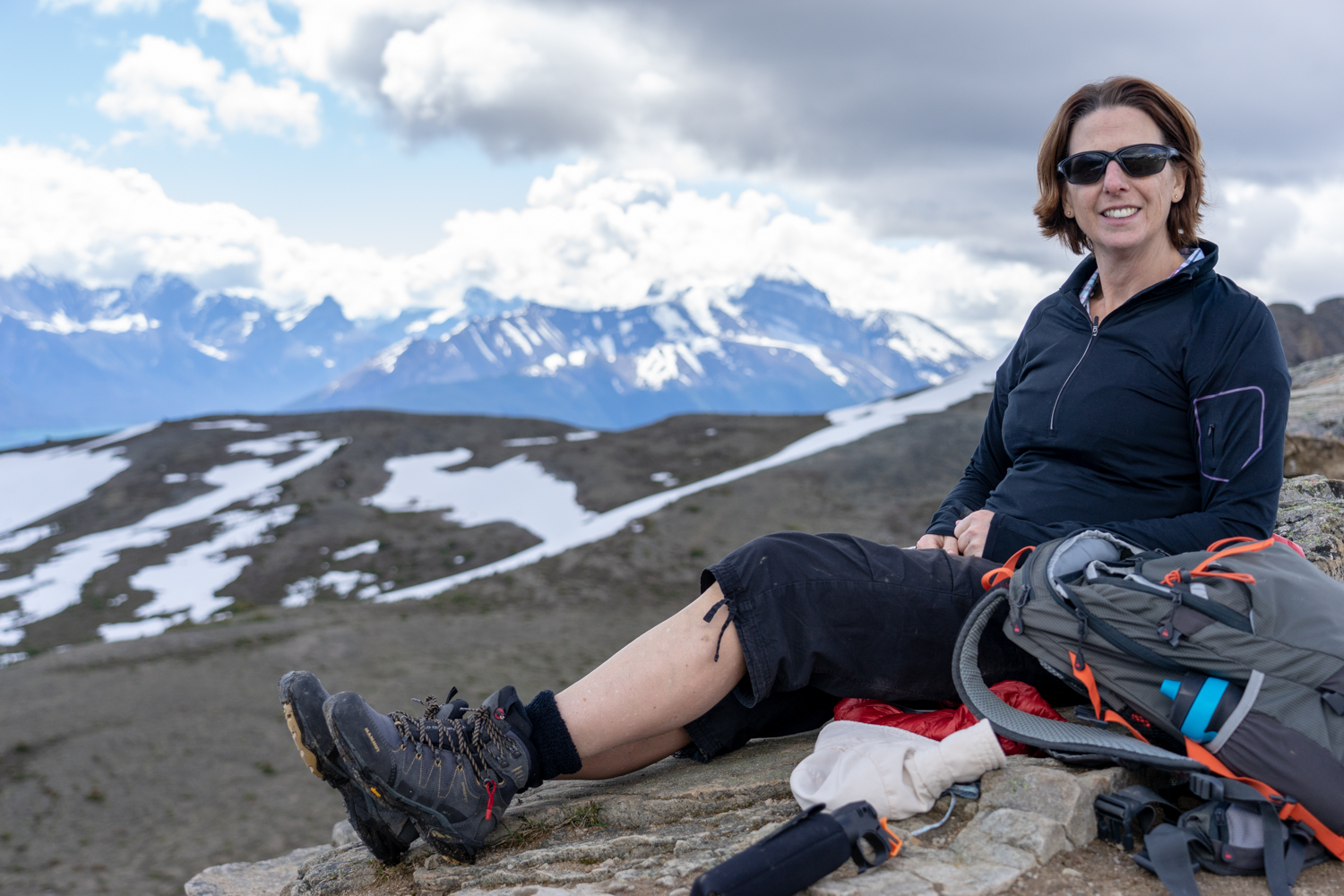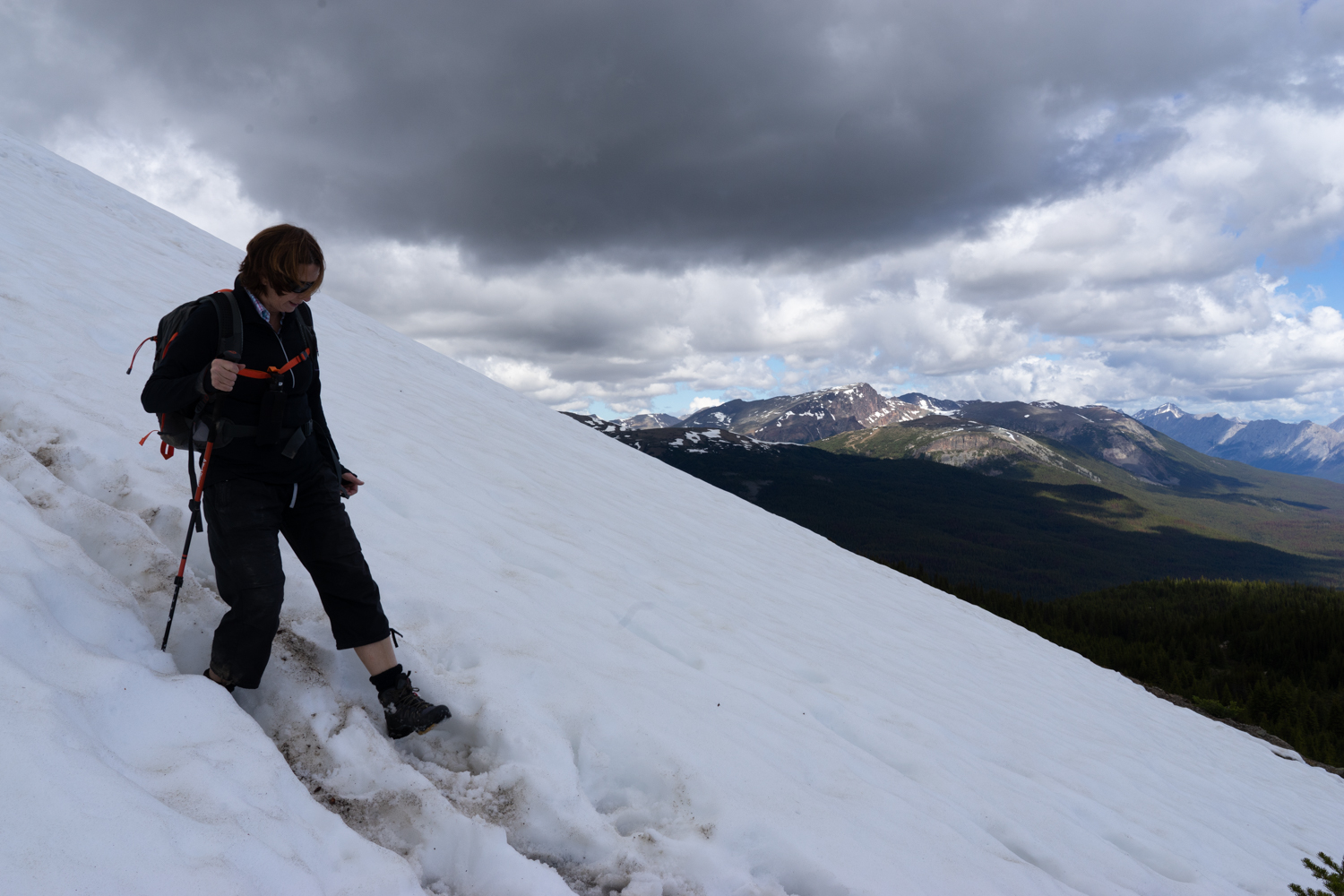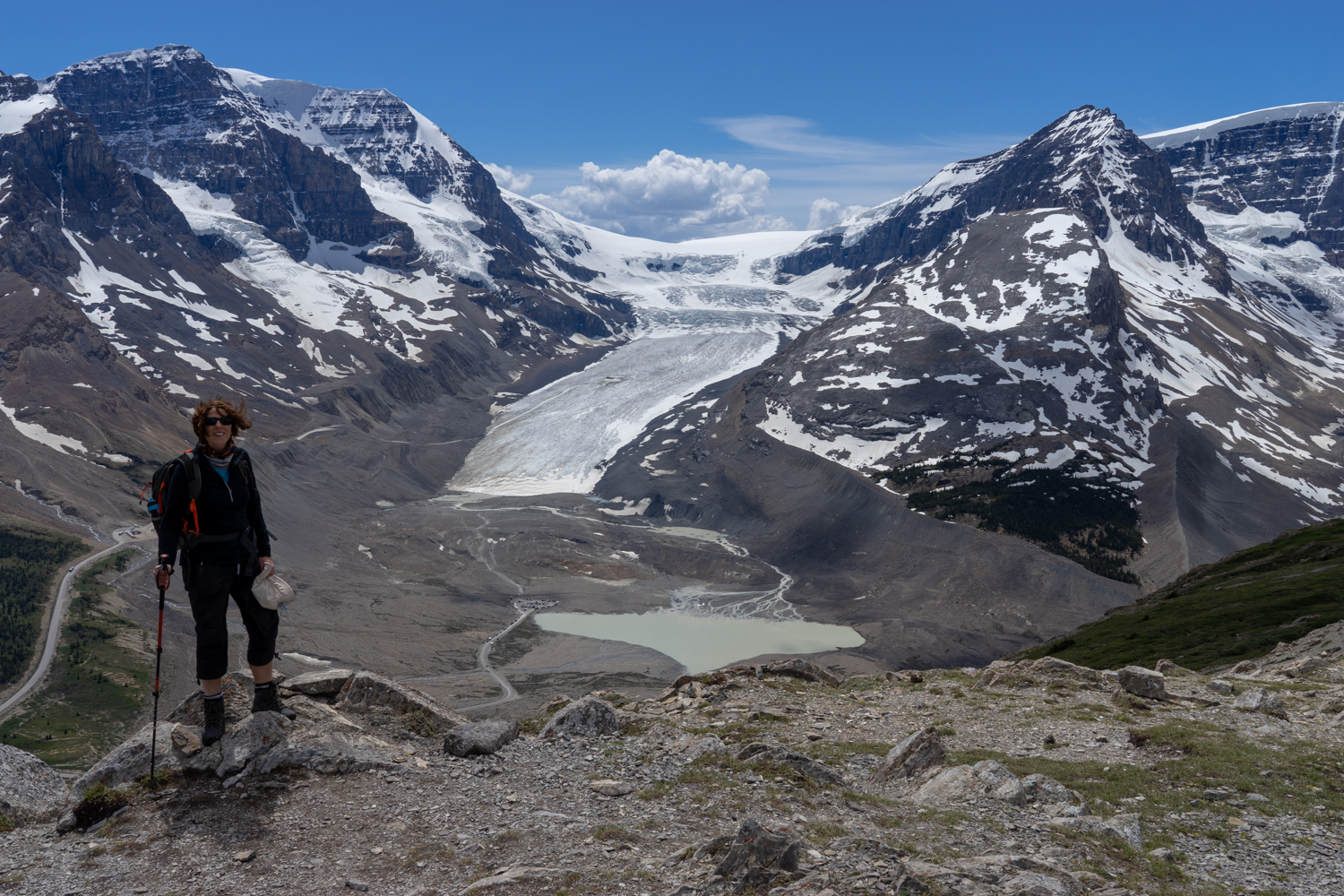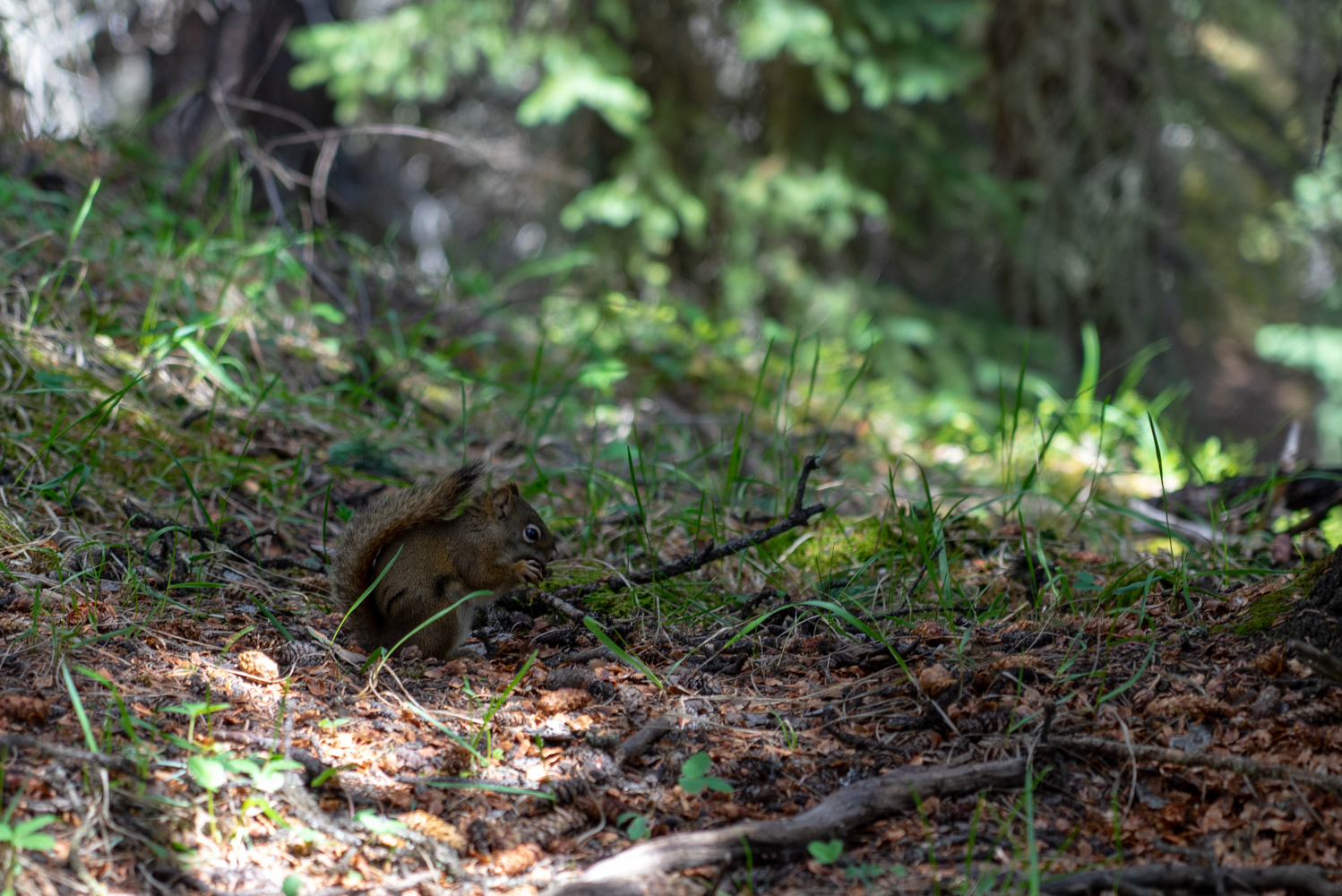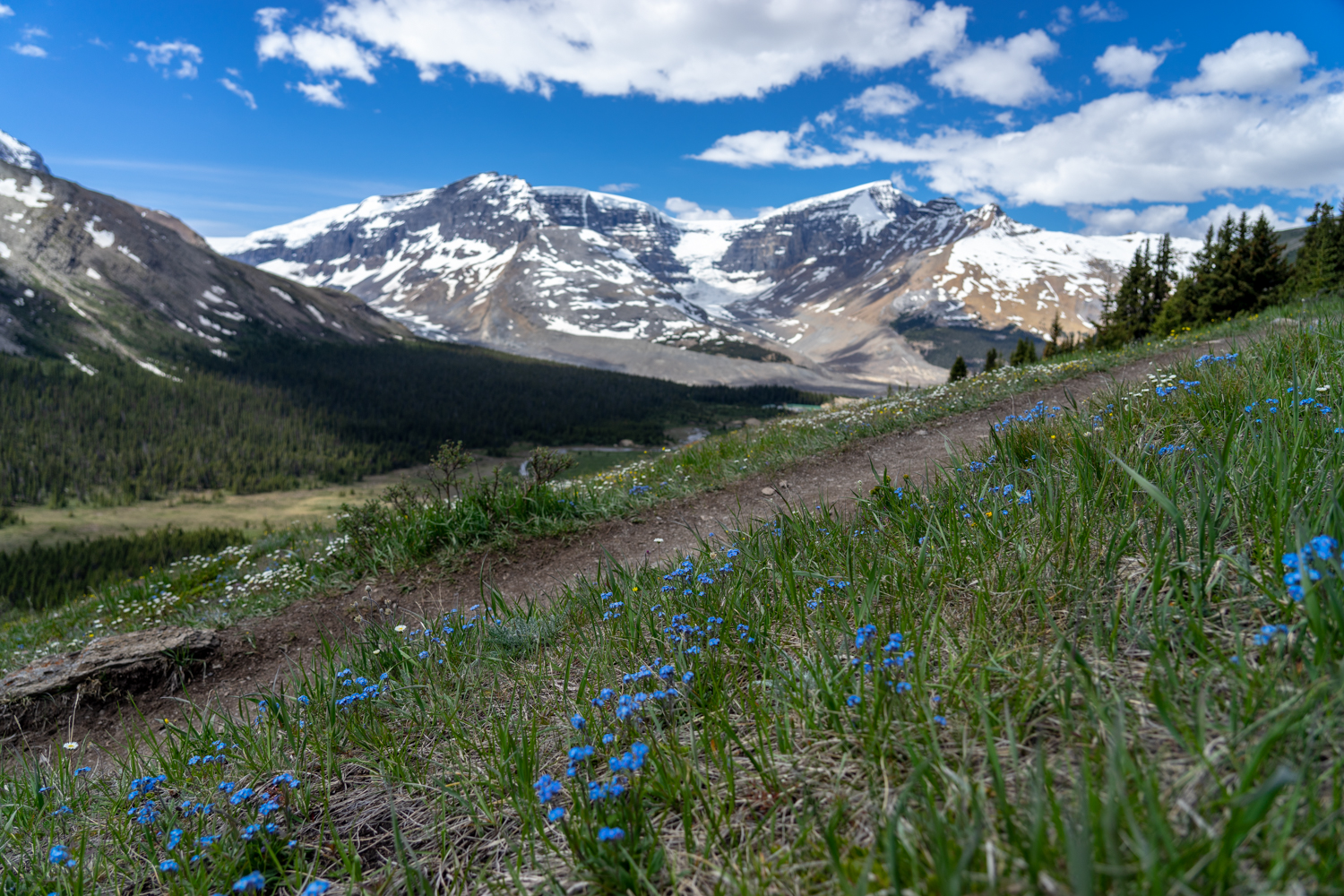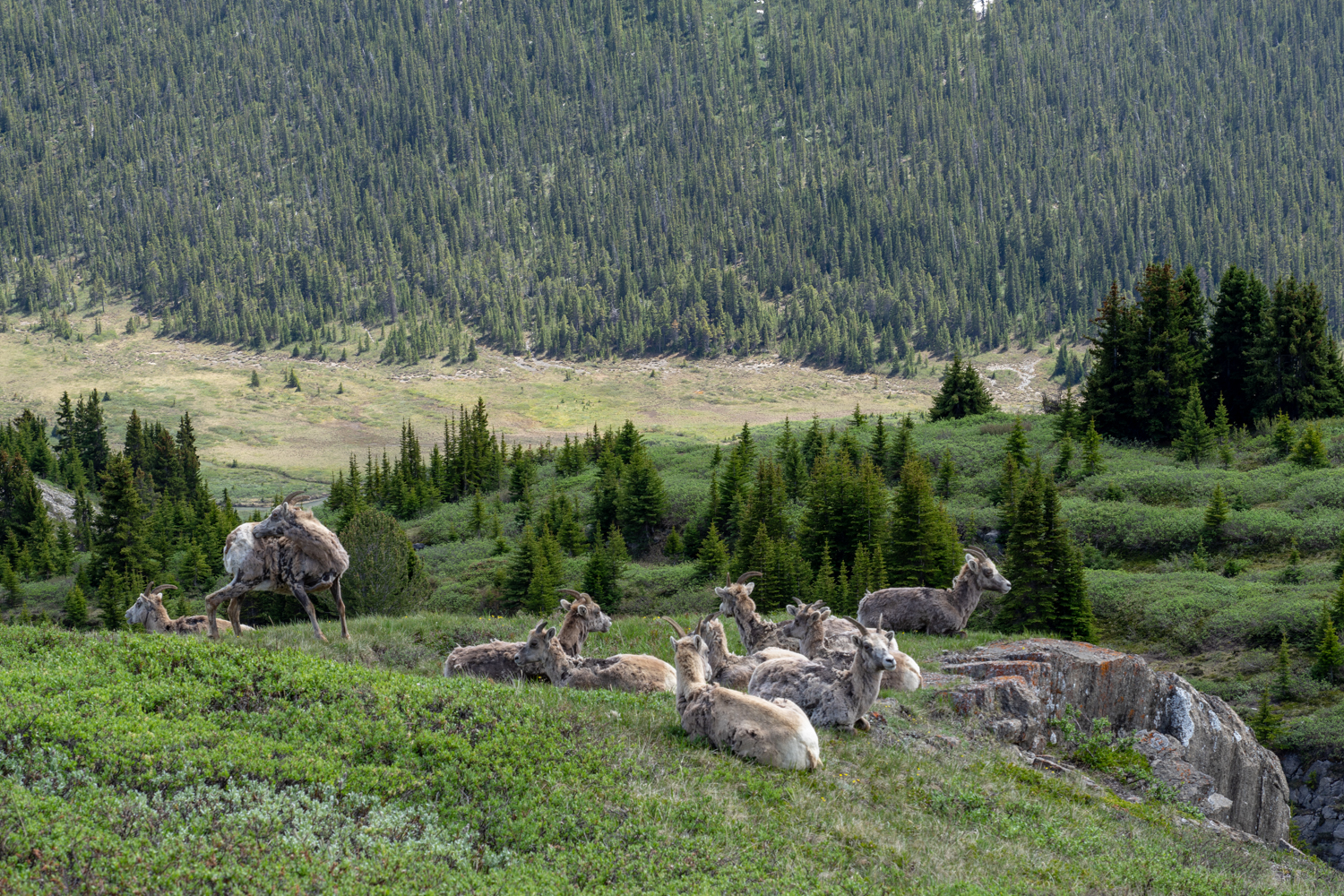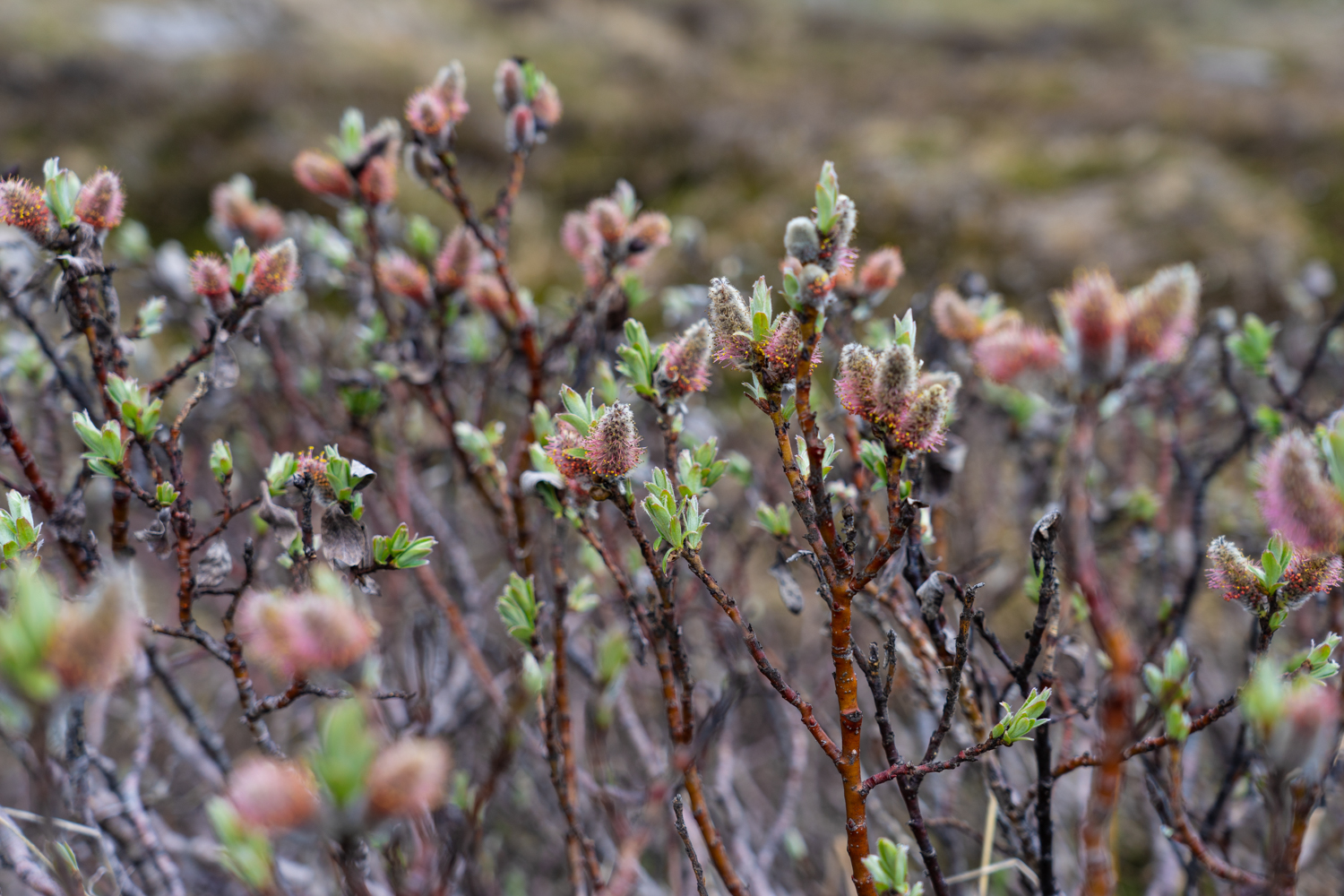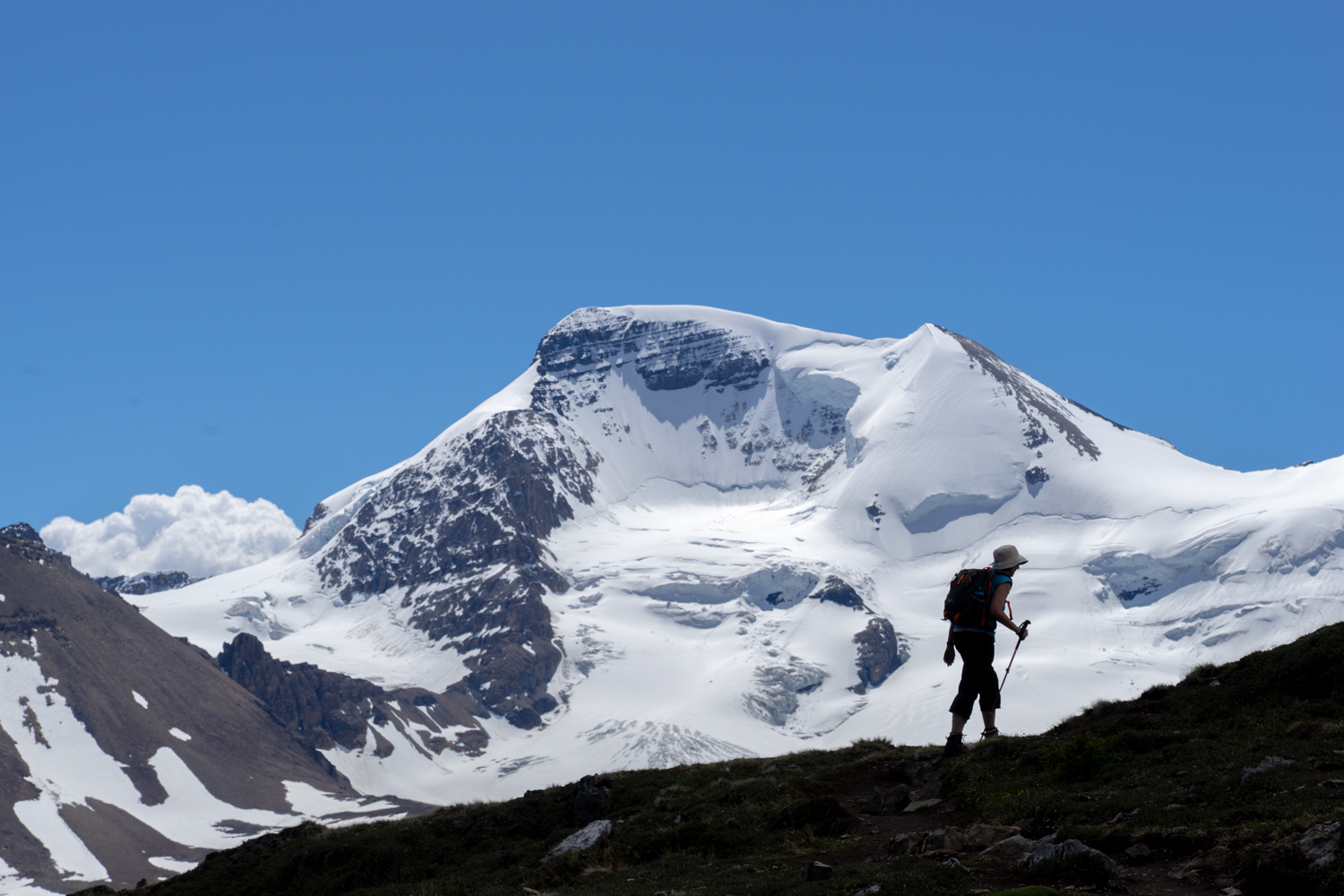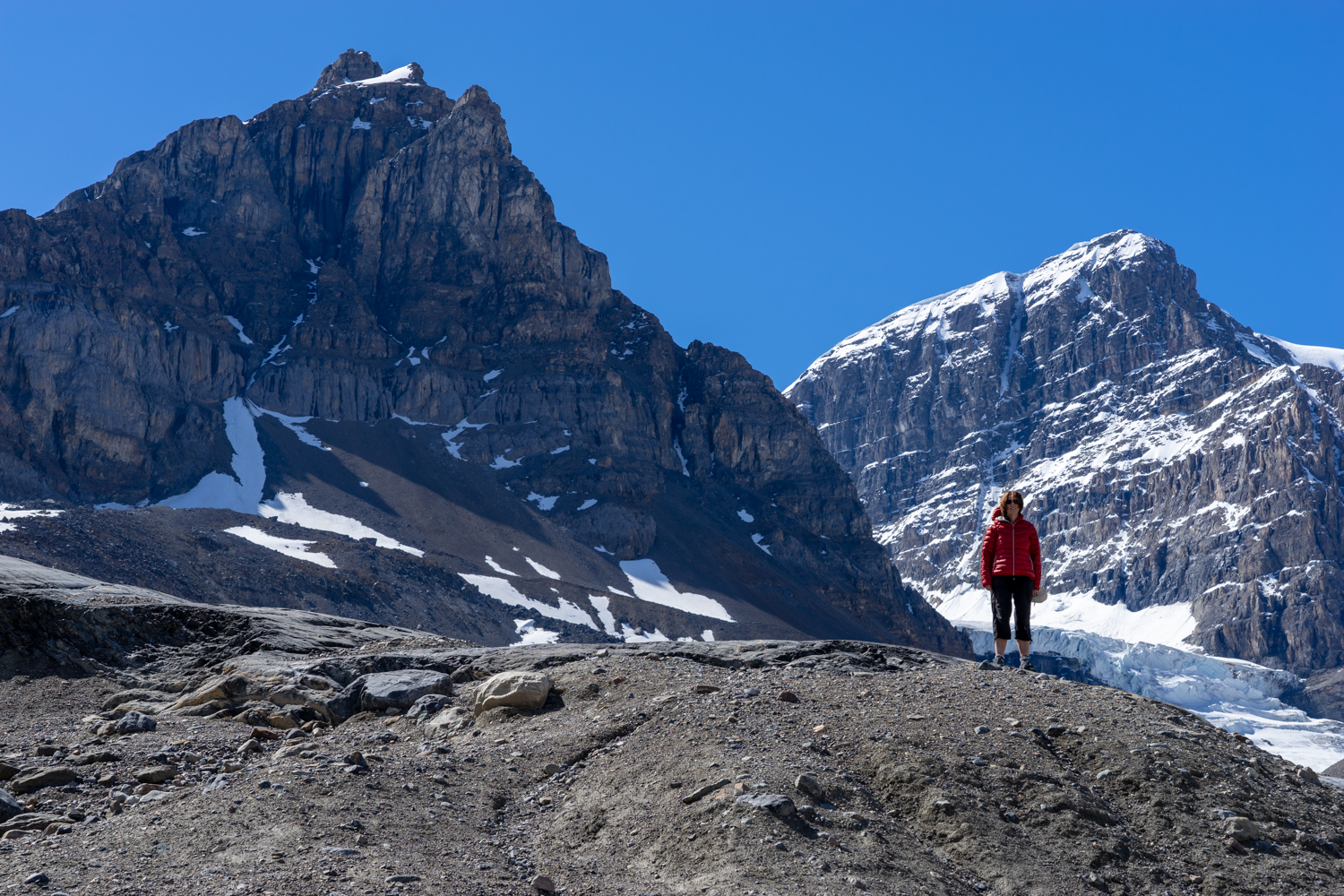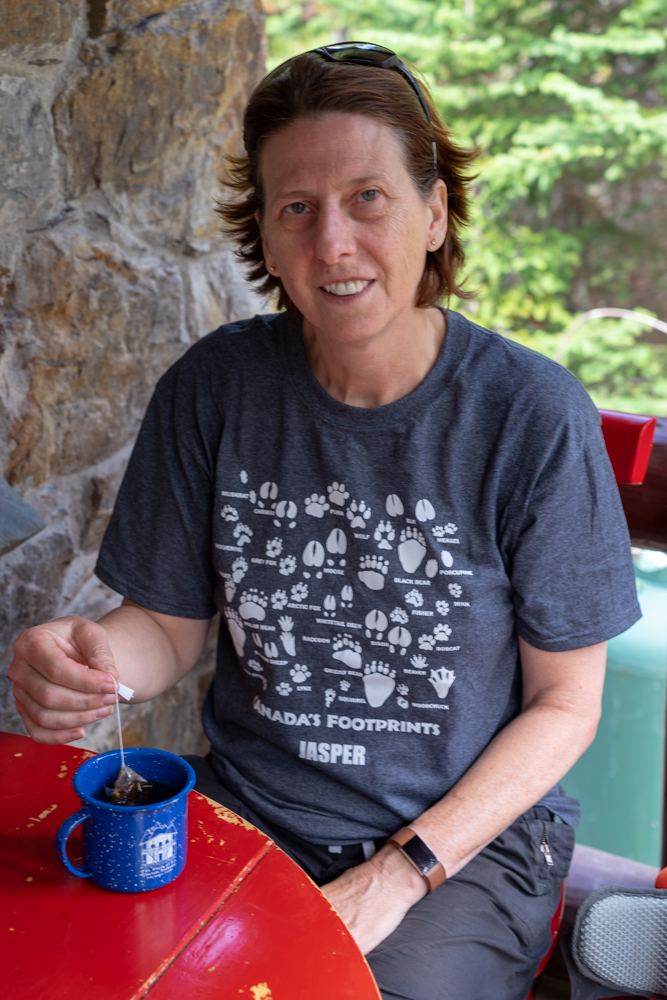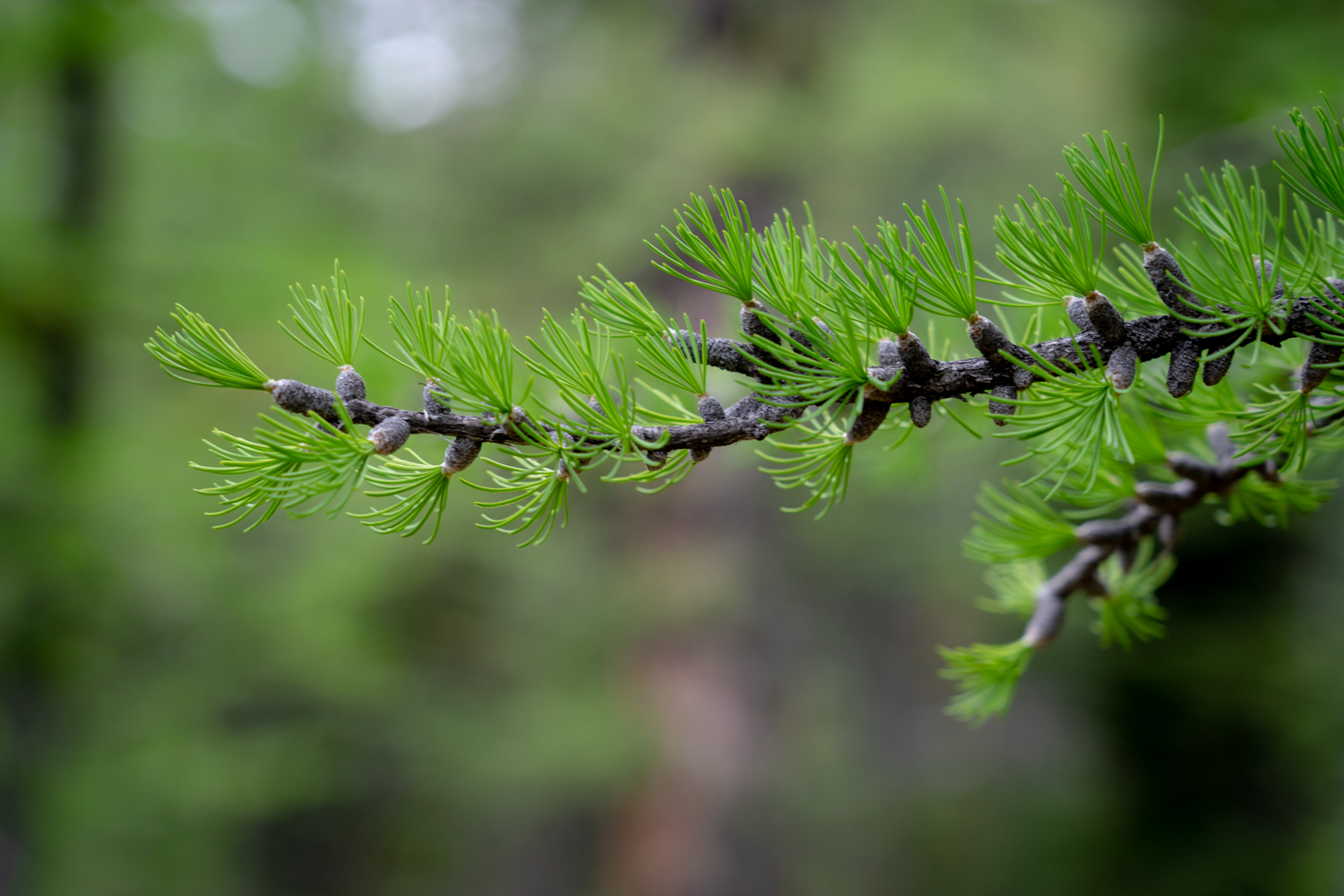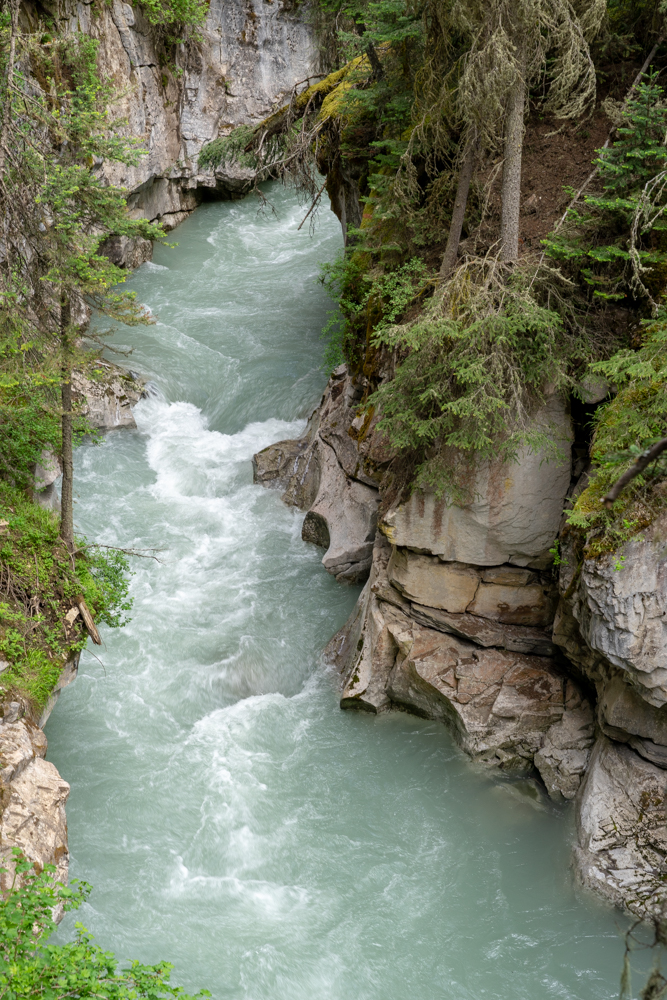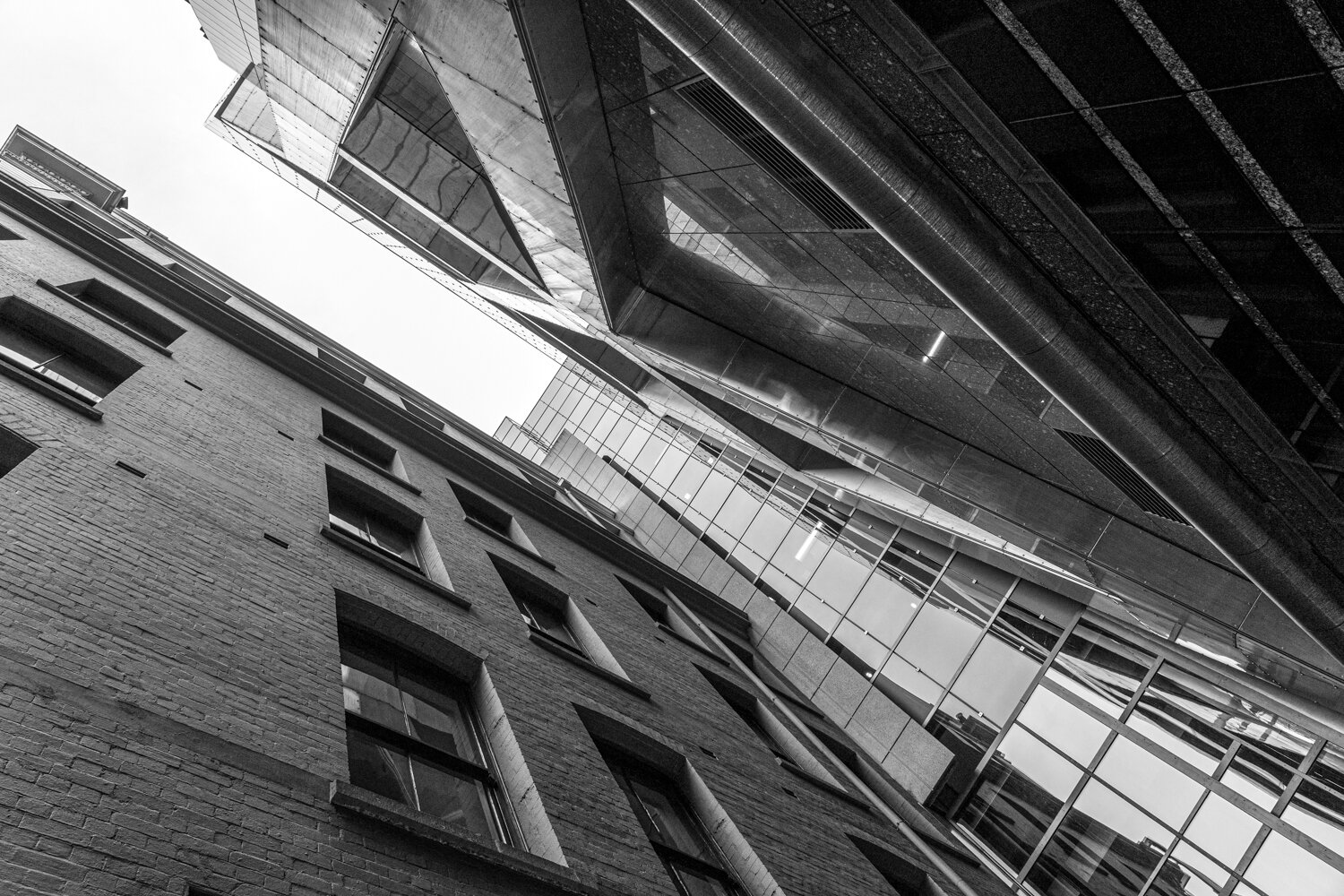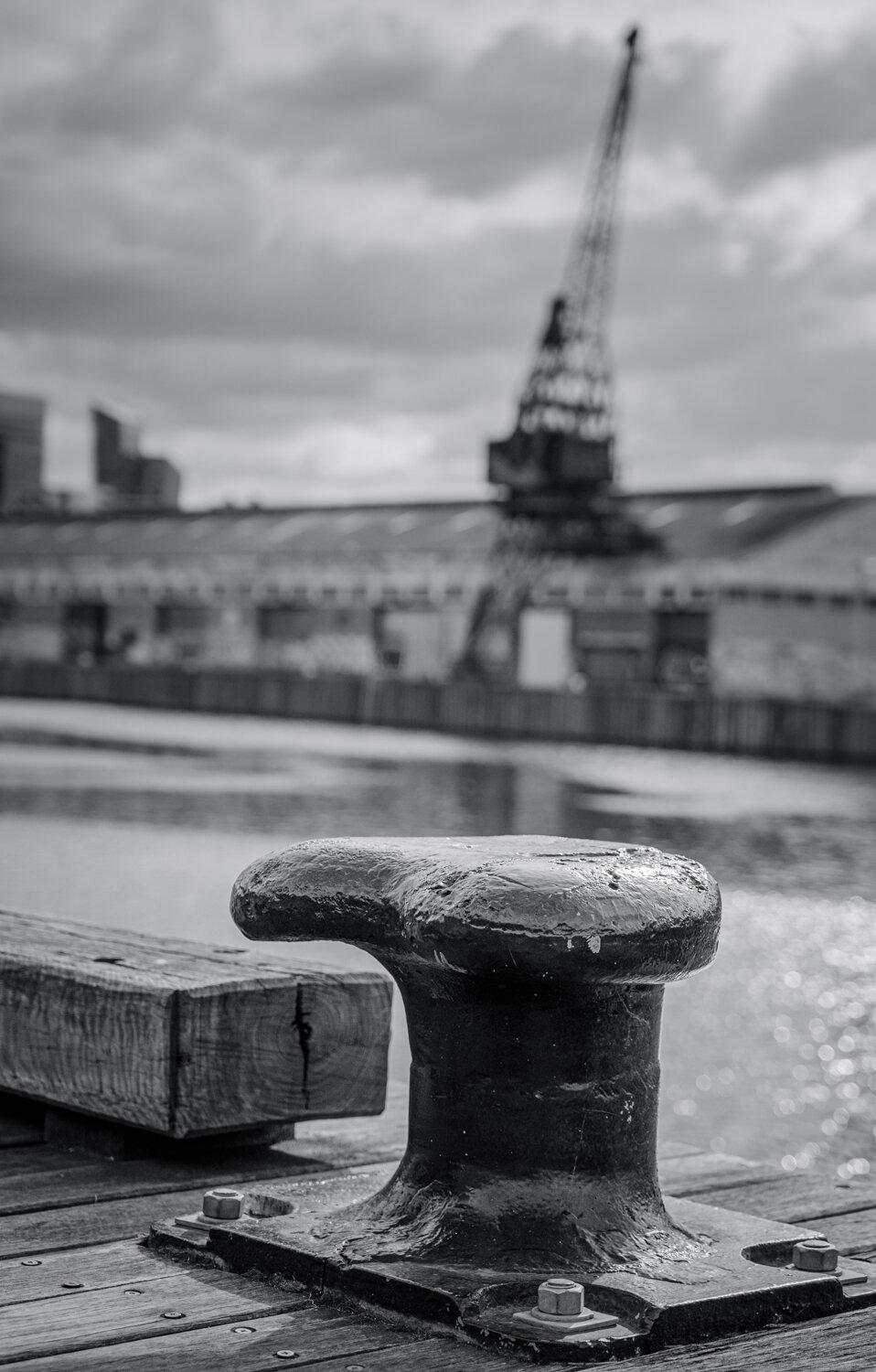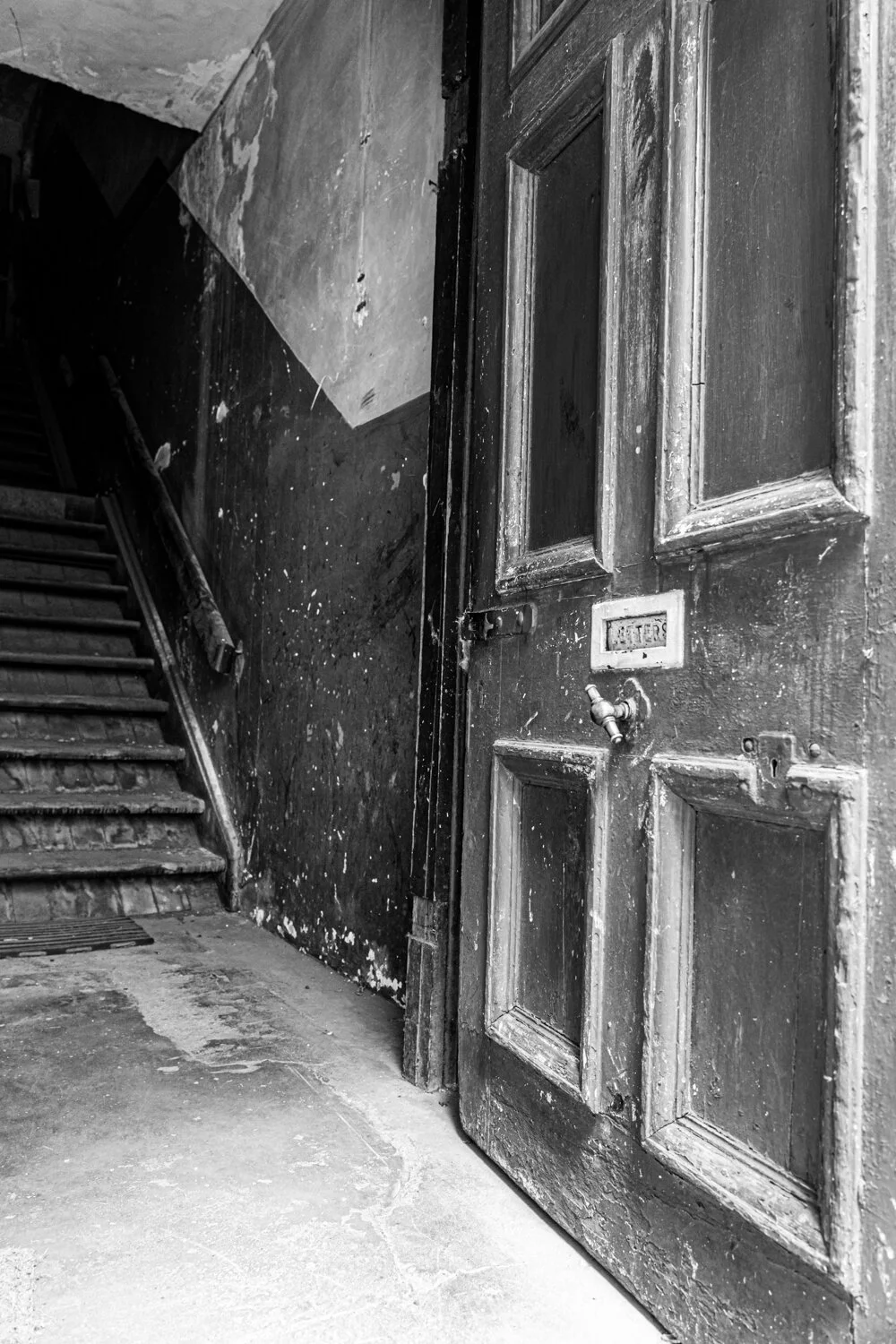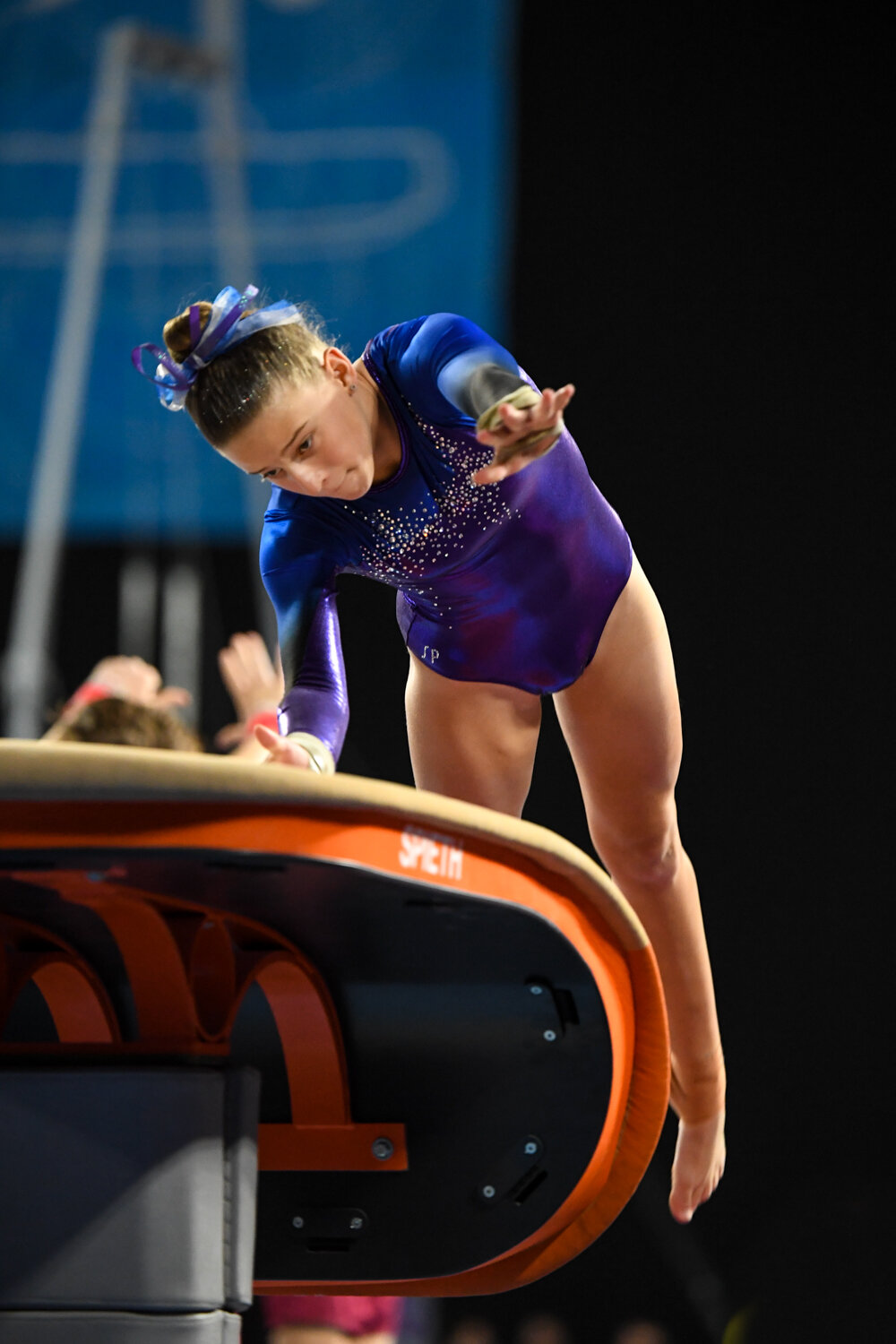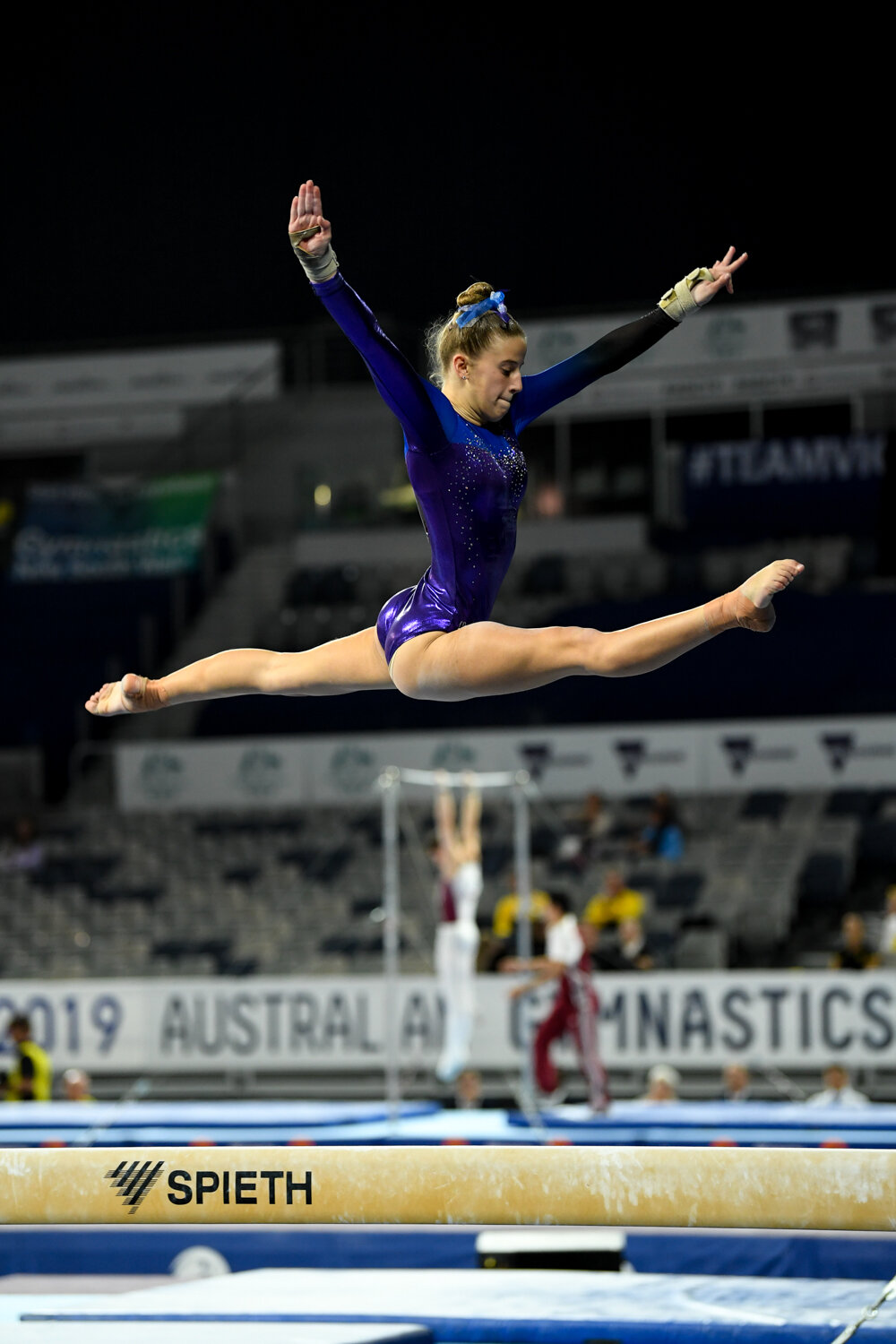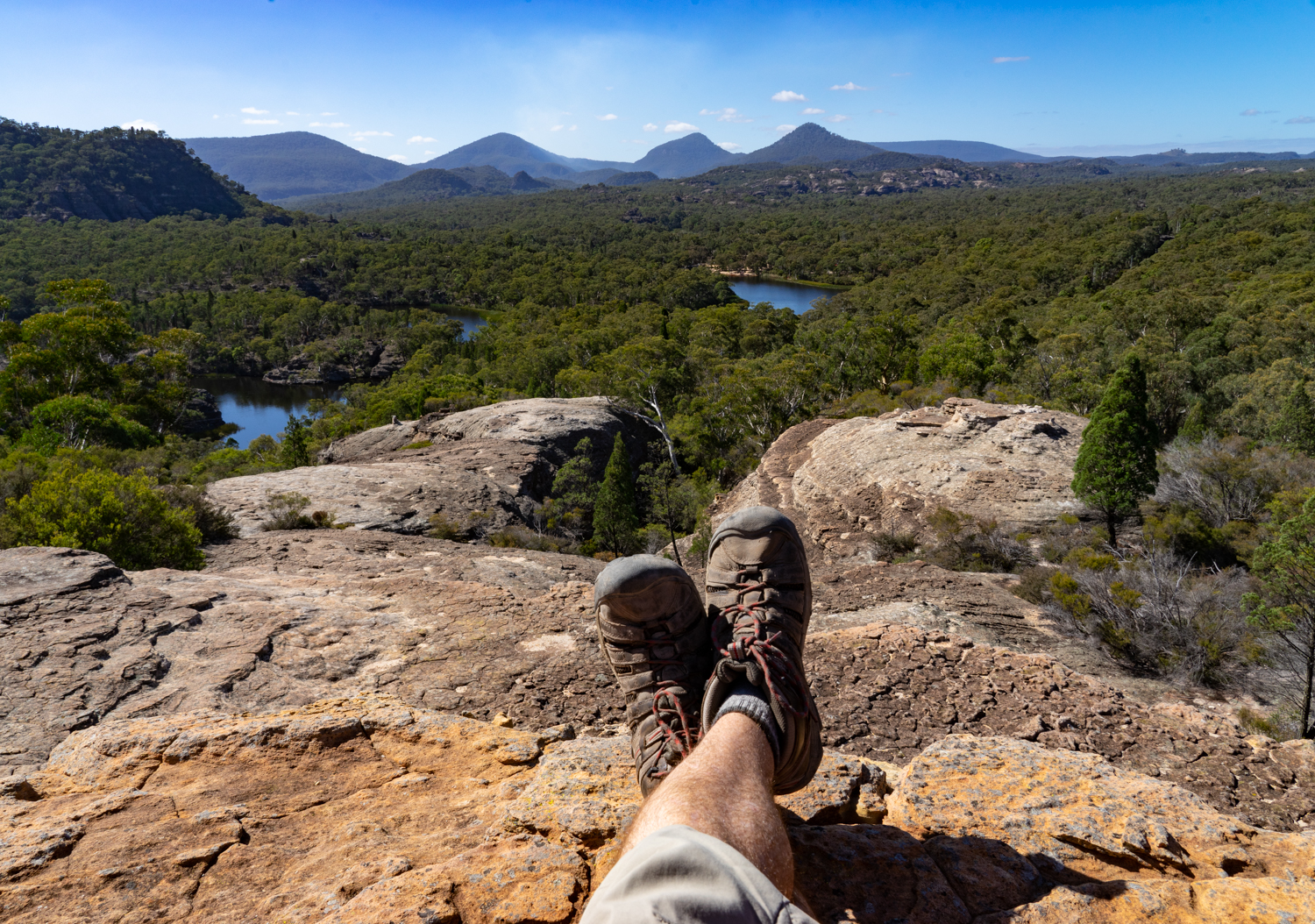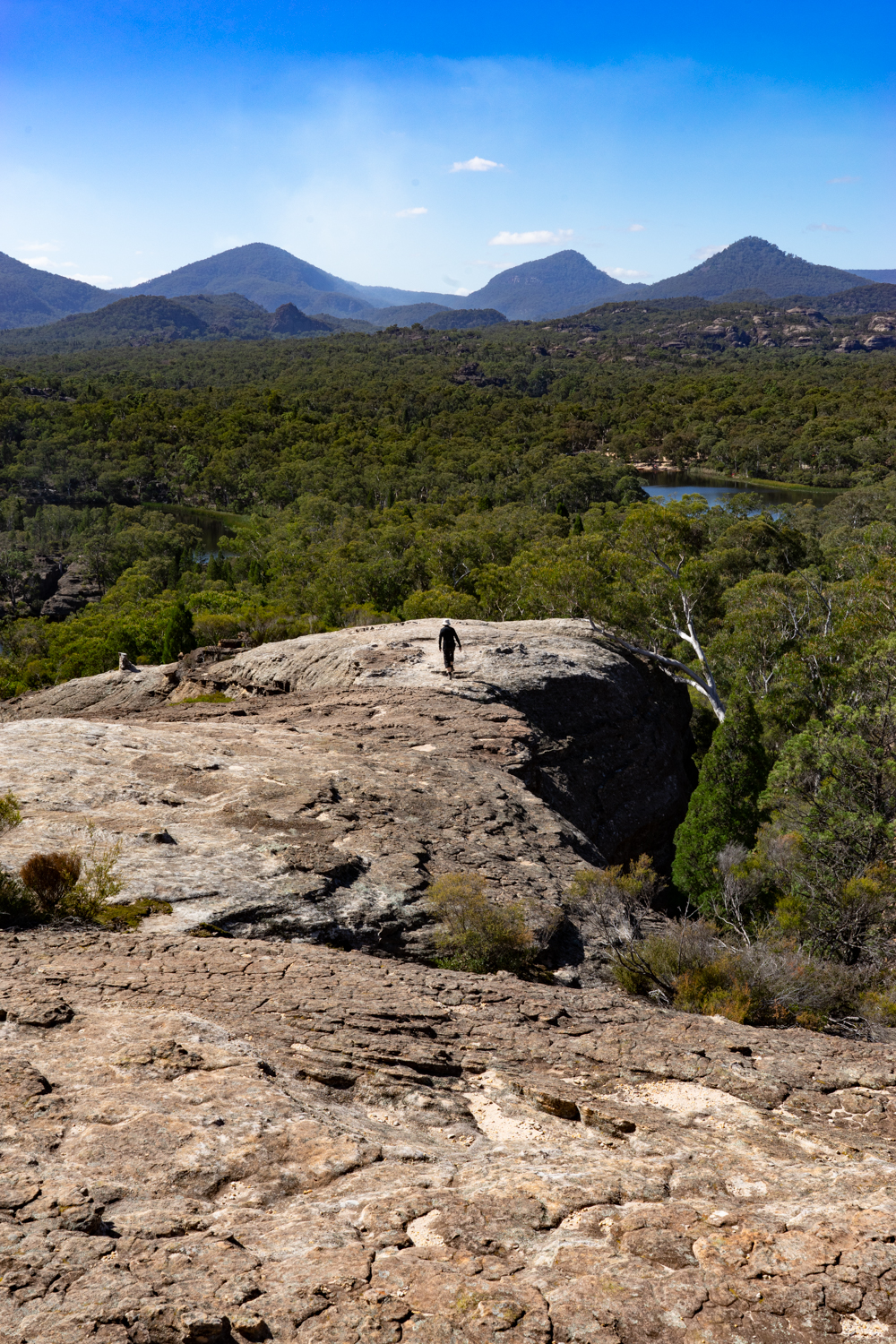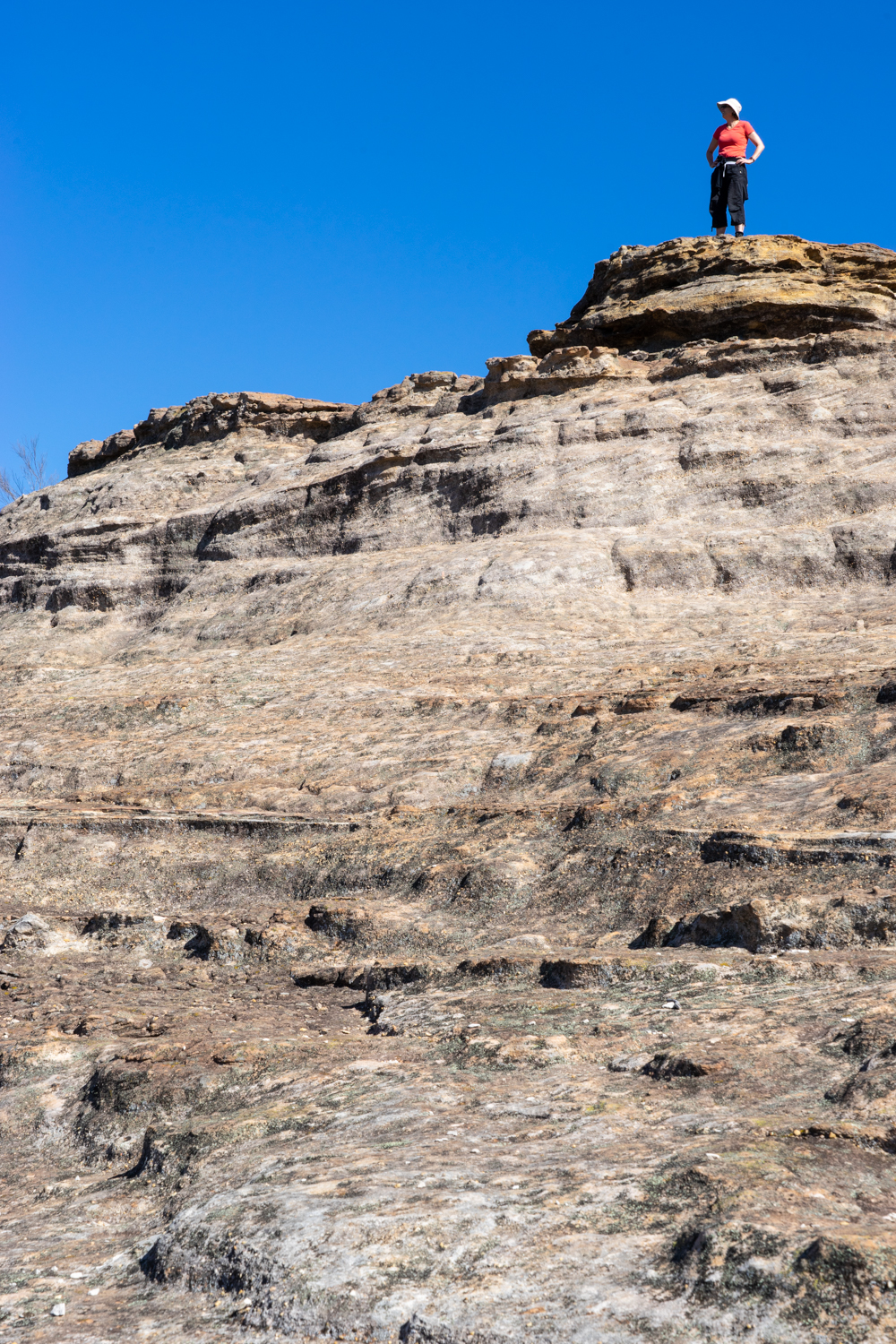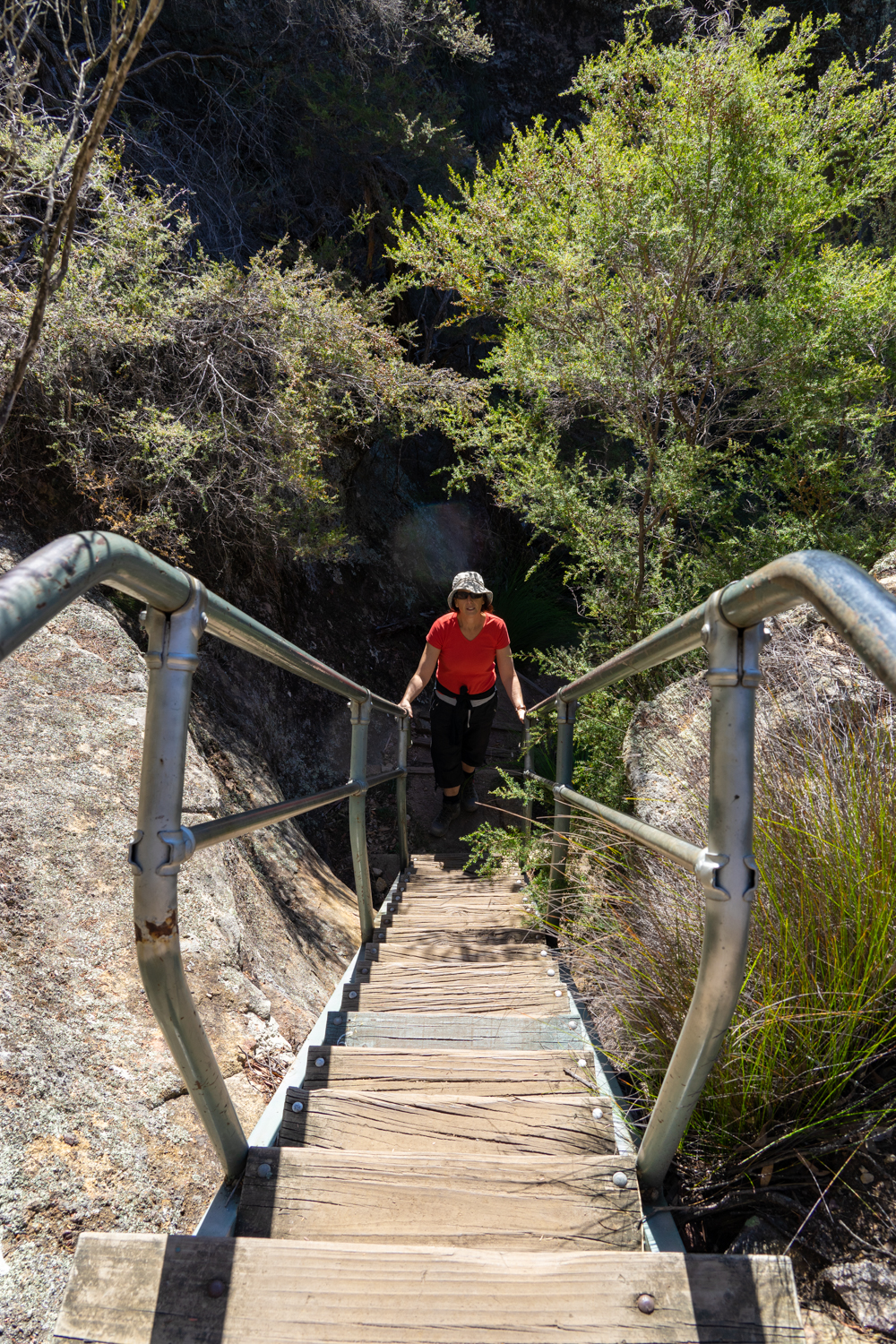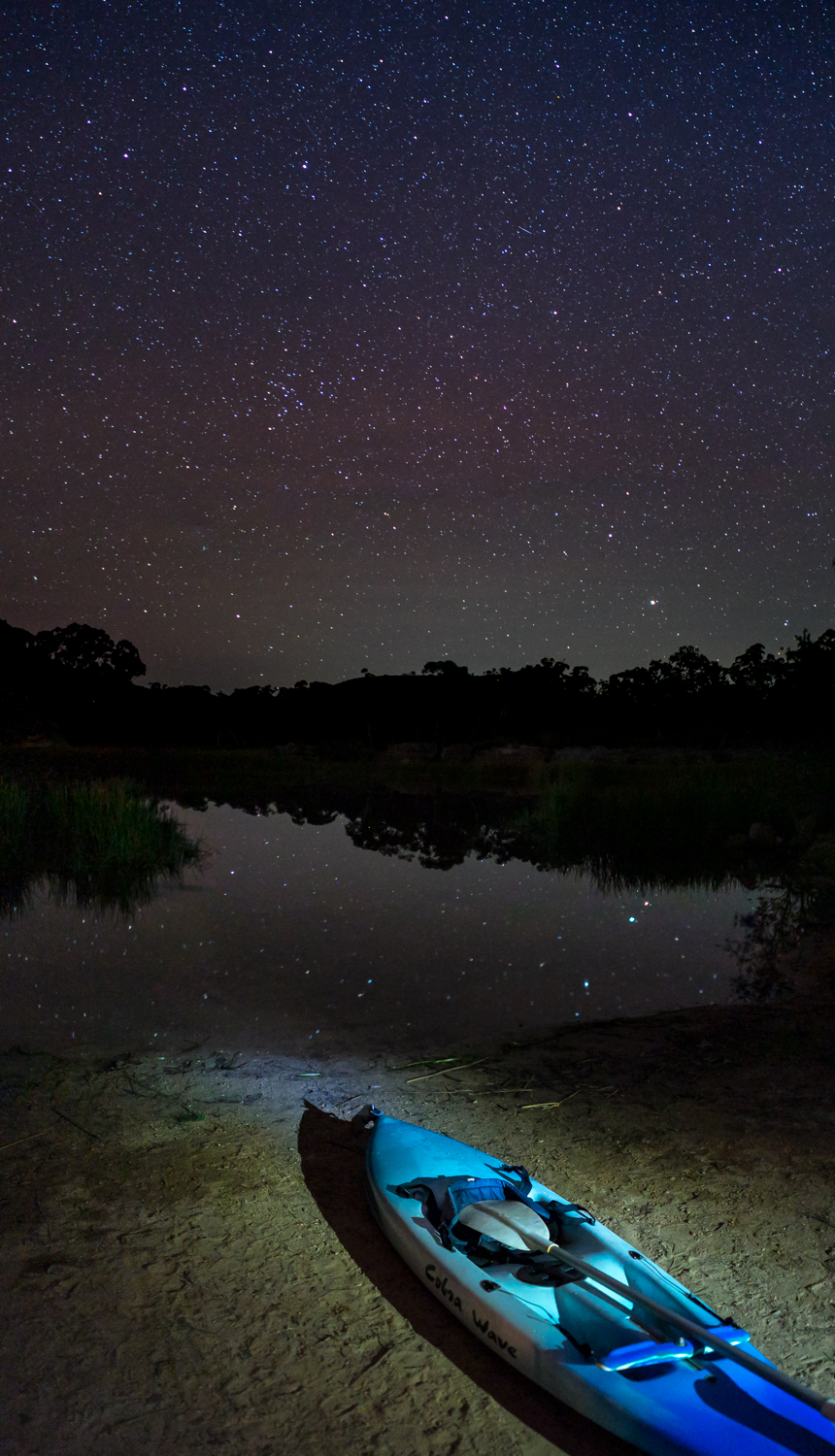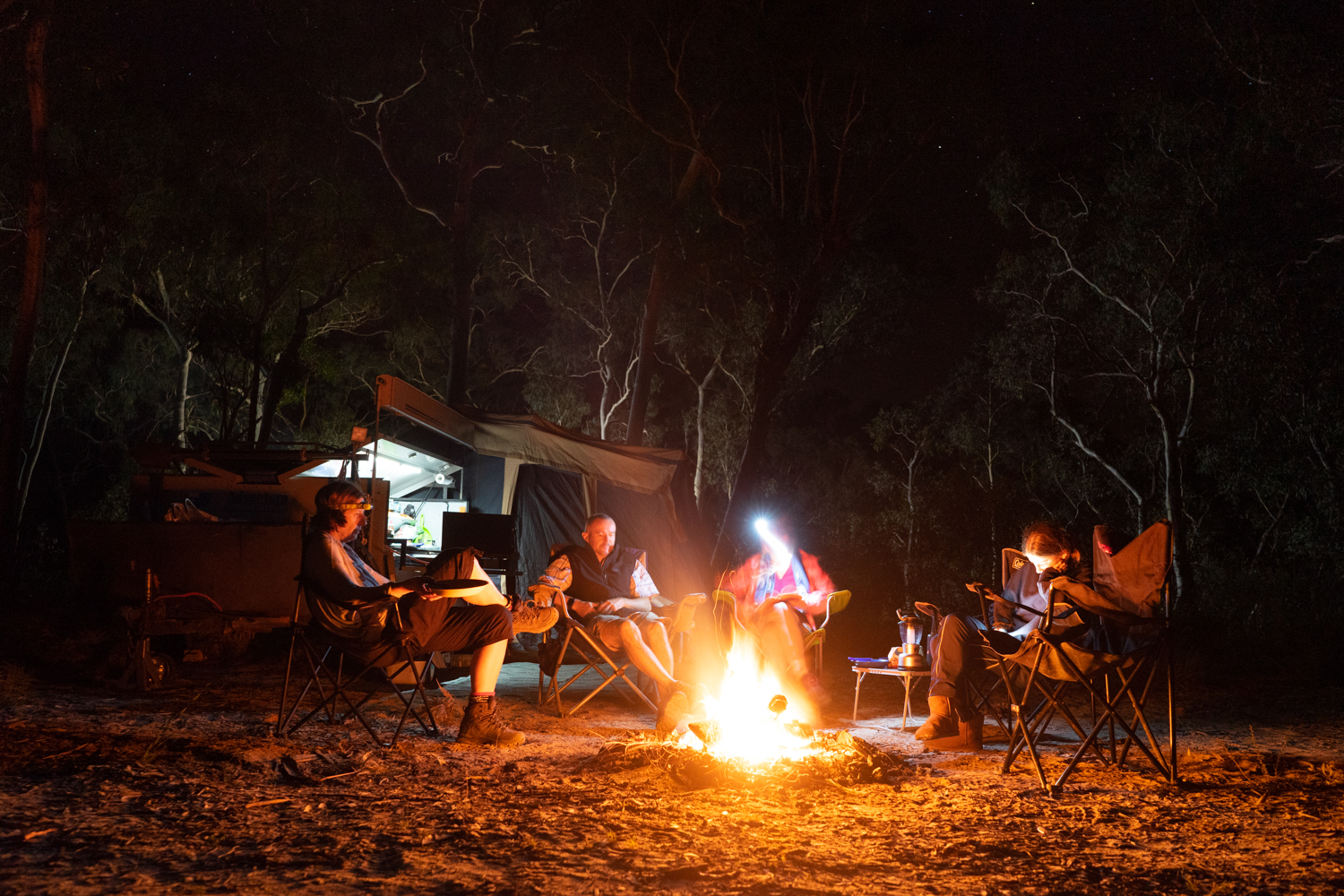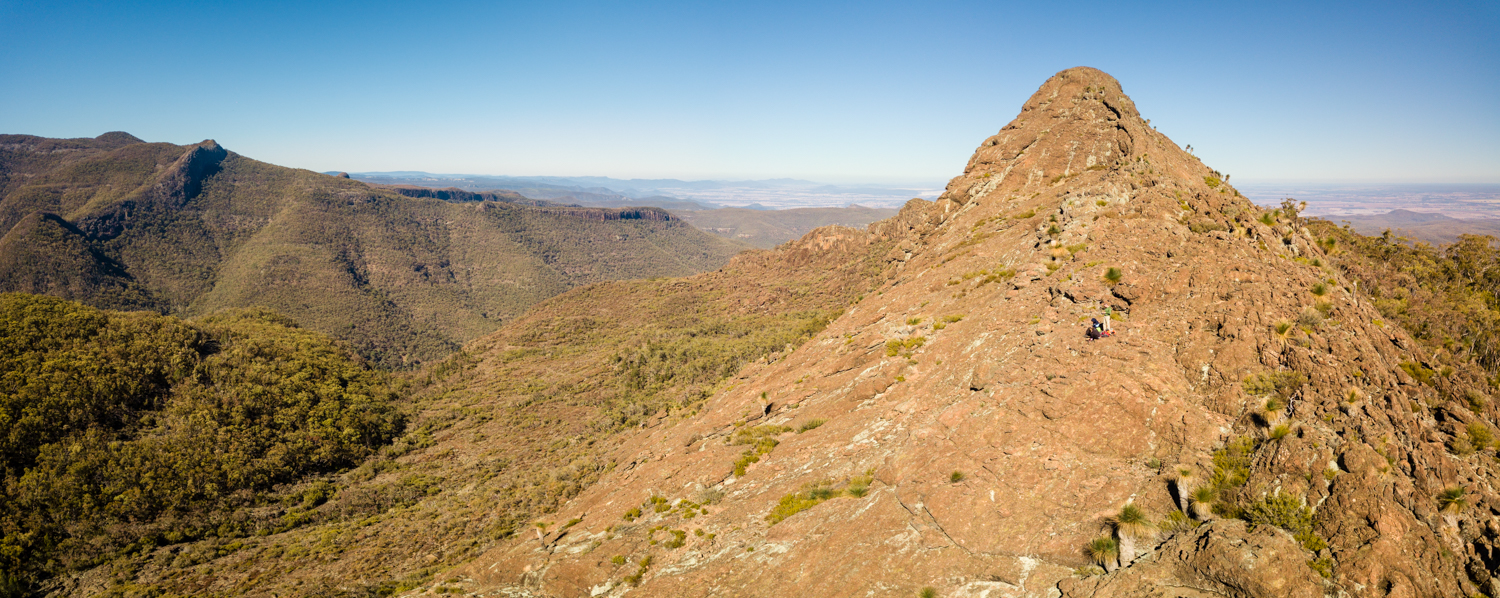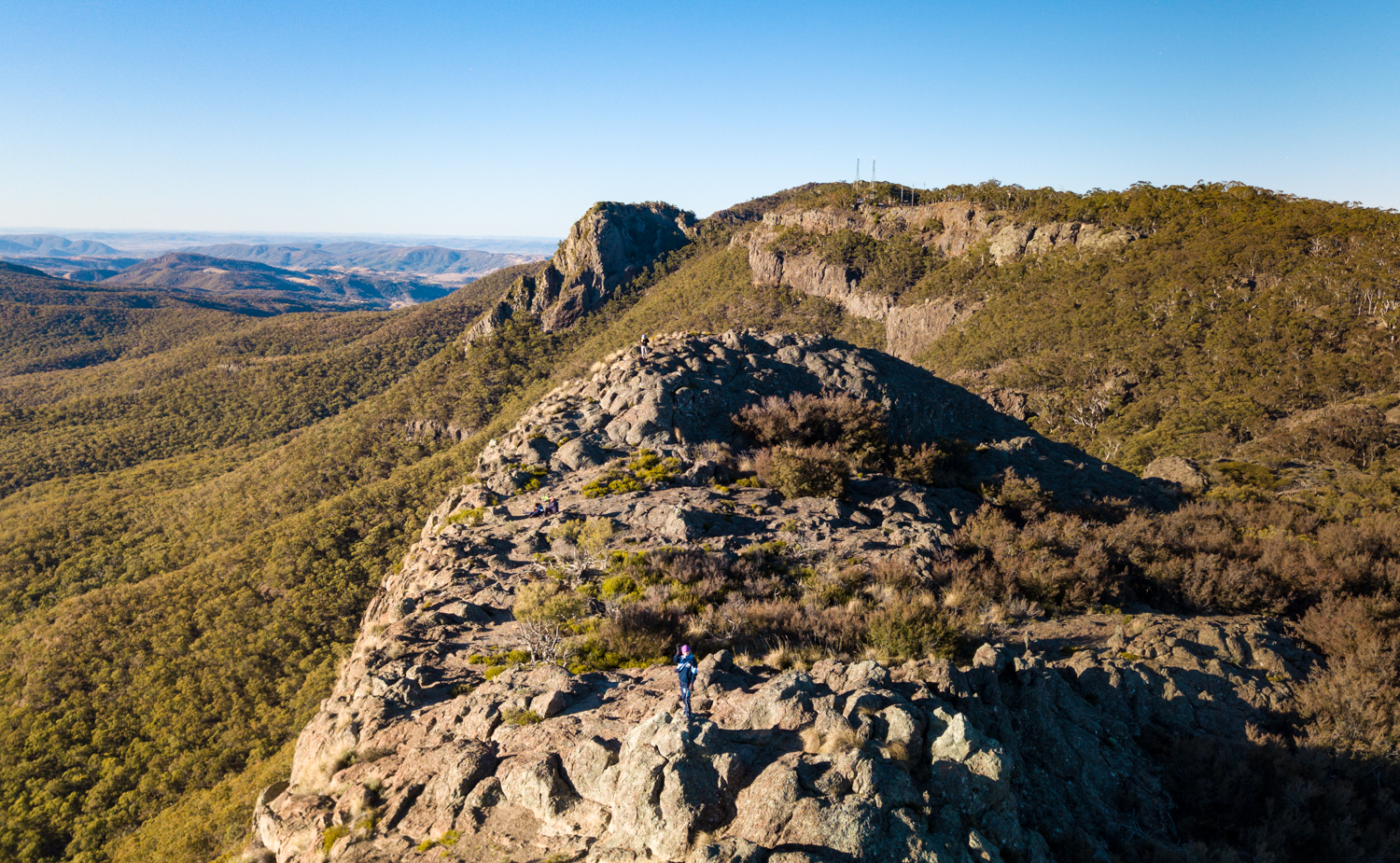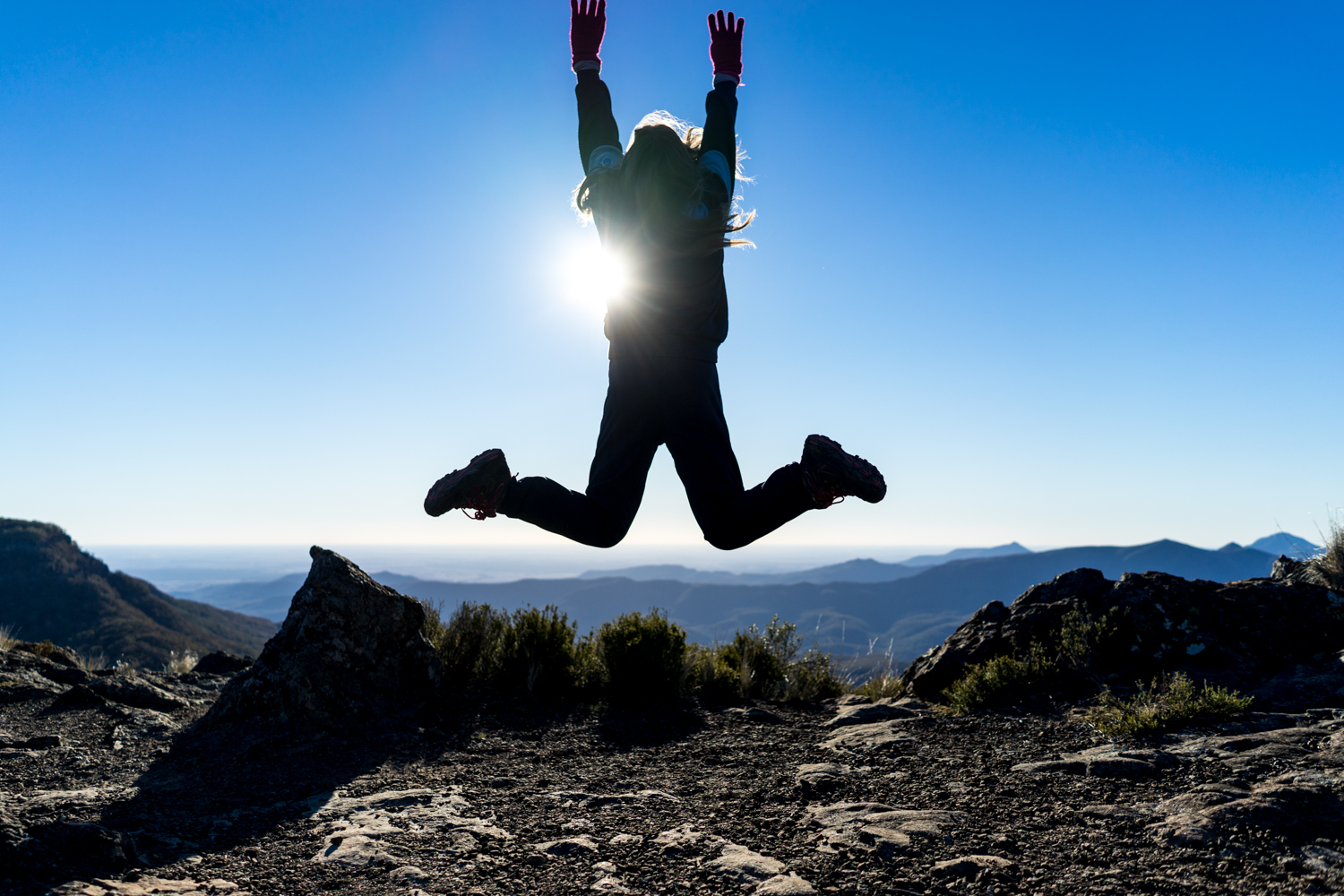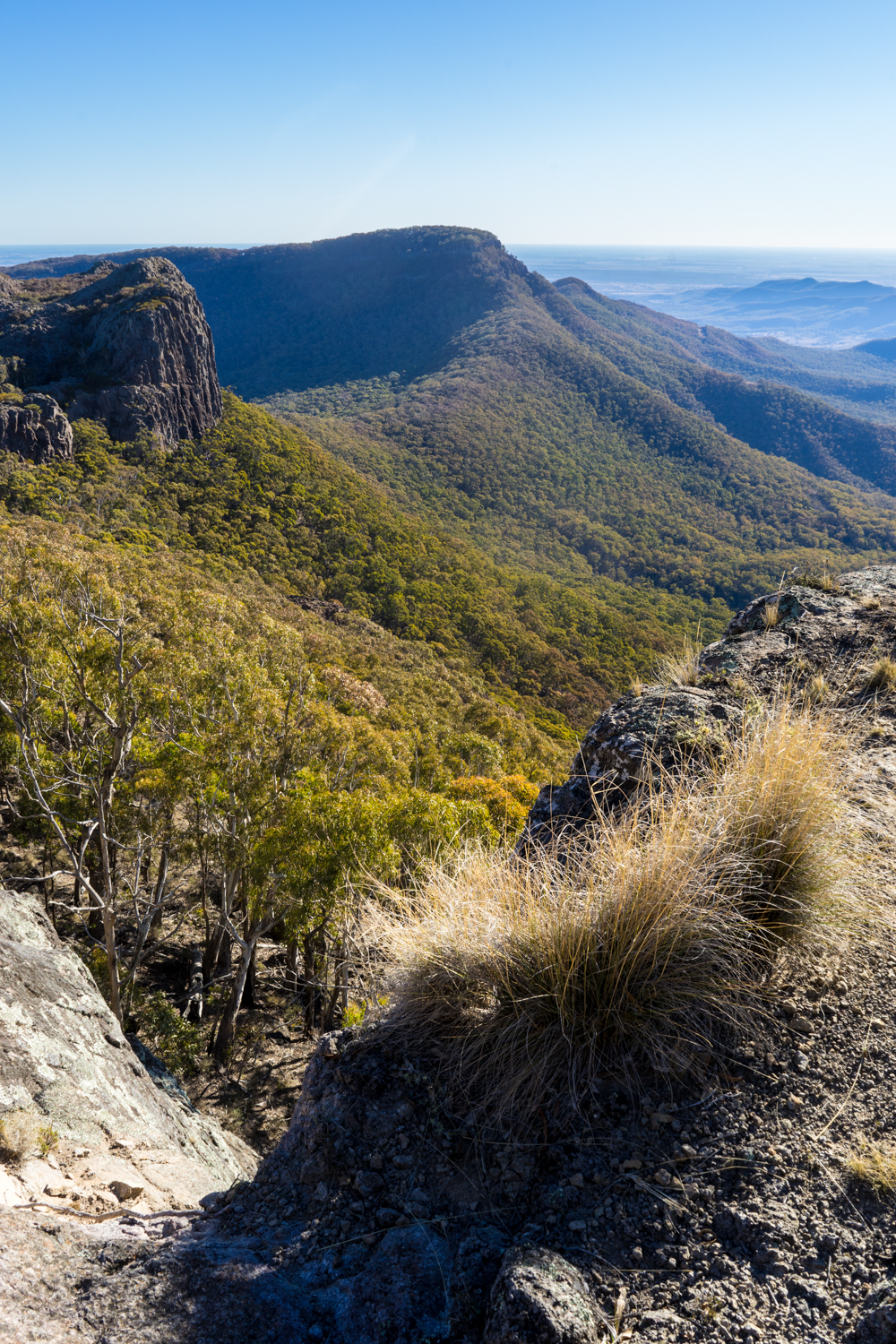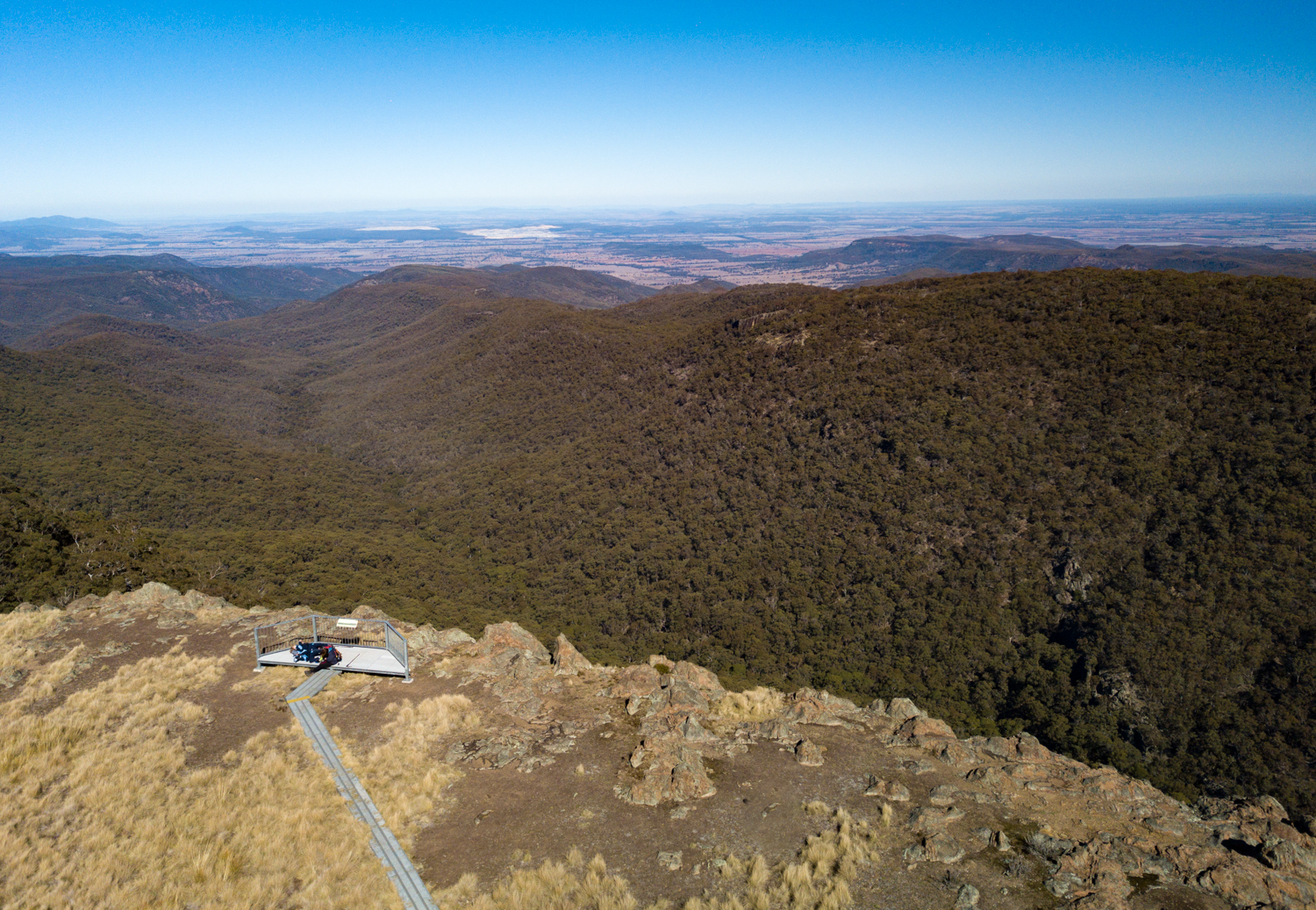Where the Warrumbungle and Liverpool Ranges meet, Coolah Tops National Park rises out of the surrounding farmland like an island volcano out of the ocean. I wont go into any details on the Park - if you want to read more about Coolah Tops have a look at this story from last time we visited: Coolah Tops 2015.
This trip was the first night on our search for old abandoned buildings through out the Warrumbungle and Gilgandra Shire (click here for what we found). However we thought, what better place to begin this journey of old buildings than spending a night at Brackens Hut, located in the park.
But the story does not commence in the National Park. Rather it starts with our road trip to get there.
One thing I always tell my self is not to rely on Google Maps to navigate my way. Normally I would pull out my ‘old school’ hard copy maps and plot our journey. But having visited Coolah before I figured I knew the area well enough to plug in the destination and hit the road.
Looking at Google Maps (Map 1) it decided the most sensible thing was to take the shortest route turning right off Vinegaroy Road to eventually join on to a fire trail in the Park. Sounds simple. By this description, I am sure you have already realised this was not the most sensible plan.
The road meandered along, through green rolling hills lush from the recent rains. As each kilometre past the tar road turned into a dirt road which then turned in to a dirt track. Eventually reaching a few farm houses I was beginning to question ever listening to Google. Rounding the next bend we reached the first closed gate. What to do? Do we turn around? Or do we trust some U.S. controlled technology telling us to go straight ahead? Having traveled on may public roads that travel through farms we pushed on ensuring we left the gate as we left them. Soon one gate turned into two, turned into 5, then 6. I am not sure who was getting more confused. The three of us, or the onlooking cows.
With each gate, not only were we entering deeper into the farm, the track was progressively getting narrower eventually turning into a faint two wheel track. By this stage the sun was beginning to slide towards the horizon. With the fading light, the paddocks all of a sudden became alive with large moving boulders. 20 or 30 brown mounds the size of a microwave started to roll then run from the car as we approached. It turns out the rains have provided a bounty of fresh grass for the wombats that obviously make this home. Having damaged my car in a previous encounter with a wombat, the thought of colliding with another boulder, or even worse dropping a wheel into a cavernous wombat hole was becoming more of a worry.
Luckily Google was saying we were only 2 kilometres from the Hut and we just needed to pass through one more gate. Or so Goggle said! Reaching the tree line of the Park (map 2) we scan the fence line looking for any resemblance of a gate or access. …..Nothing.
The idea of driving straight over the fence was not going to happen so there was no other choice but to make our long way back to follow the ‘proper’ route. Retracing our steps we finally get to the farm house and a tall slouching figure against a ute, half lit cigarette out of his mouth glowing in the fading light, watches us approach. Slowing to a stop we wind down our window.
“You lookin for Brackens Hut? “ the farmer drawls, with what appears to be a slight grin from his weathered face. Without even waiting for an answer (because he likely knows it) he goes on…. “Naa…. you can’t get through this way. Gota go back to Coolah”.
Apart from the obvious statement under my breath, we politely thanked him and head into the darkness. There is no doubt we were his nights entertainment and not the first to trust stupid Google! It was a fun, if not long 90km diversion - You have been warned!
While we did not manage to get there for sunset, we finally made it to Brackens Hut as a thousand stars lit up the night making it perfect for a bit of astro photography.
The Hut itself is available to stay via the NPWS office. Now don’t expect facilities you would get in a 3 star hotel. Probably a tent would have more amenities. It does however, give you the chance to experience what it was really like in the 1900’s without any of the luxuries of things such as electricity, running water or a flushing toilet. With only the inside fire to keep you warm, cook and light the room it makes for a fun experience. What it lacks in services, it makes up for in its amazing location and rustic charm.
Nailed to the inside wall is a typed report written by Roy Cameron which tells an interesting story of this charming tin shed. The original Hut was built in 1937 for James Hamilton Traill who owned the nearby Tuwinga Station. The area was leased from the Lands Department as an improvement lease for his sheep. Iron sheets were packed on to horses along with all of the other building supplies to create a shelter for the herdsman to escape the occasional snow that would blanket the range. These hardy mountain men would bring up to 3000 head of sheep from the lower Cox Creek Valley to Coolah Tops to spend the summer months grazing before returning them in March to be shorn.
As the morning mist rolled in over the Hut we sat and pondered what life would have been like for one herdsman, William Bracken (who obviously the hut has been named after) and his wife and three children who spent 11 years living in the three room Hut into the late 1940’s.
From above you can also see the orchard which would provide the occasional fruit supplementing what would otherwise have been a sparse diet. You can almost hear the chickens and jersey cows in the distance that kept the family alive with the basics. You can see the shadows of Bill Bracken sitting on the verandah playing his fiddle, the music echoing out over the surrounding forrest. Thinking of the large rambling house we live in now with a room for everything, it’s humbling to think a family of five lived in these three small rooms.
A short walk over the old paddock you come to another similar hut, this one made from huge split logs. Unfortunately there is little information on this hut, but looking at the size of the internal fireplace you can imaging the snow falling outside and a group of weary herdsman huddled around the roaring fire adding to the copious rum keeping them warm.
We spent the morning enjoying watching the mist entwine it self through the the surrounding eucalypts and the occasional kangaroo and deer looking on at their temporary visitors.
While we could have spent a whole week here exploring the rest of the park, this was not the real reason for this trip so we had one quick stop at the Pinnacle Road Lookout before making our way out of the park via Cunningham’s Pandora’s pass on to our hunt for long left relics. To see what we found click here.







































































































































